Photo report “Madagascar”.
November 2010
Number of days: 17
The travel route passed through Madagascar. The expedition consists of 7 people.
The city of Antananarivo, the capital of Madagascar, greeted us with excellent weather, and we are heading to the city center with great pleasure to feel its spirit and flavor.
The poverty of the local population is immediately evident.
The ethnic composition of the population is not homogeneous. But two main groups can be distinguished. These are merino – immigrants from indonesia.
and kutye of African descent
There are also French, Indians, Chinese … The overwhelming majority of the population professes Christianity, and Catholics and Protestants equally. The city center is like a large anthill, living according to its own laws that only he can understand. All streets have been turned into a continuous bazaar where you can buy anything you want.
But it’s time for us to go, especially since the cars are complete and ready for the expedition.On the way we stop to exchange money for local “Ariari”. Moreover, the exchange procedure reminded our crazy nineties.
Leaving the capital, we understand that in the provinces we will have to rely solely on our own strength, since there is simply nowhere to wait for help. As we drove away we noticed that one of us had lost 300 bucks. Subsequently, we learned that one of our drivers turned out to be a thief
and his total income by the end of the expedition exceeded 2000 US dollars !!!Our path lies south, along the rice fields to the city of Ambositra, to which we will go for another 220 km and where we will spend the next night at the hotel.The hotel made a very pleasant experience and we continue on to Ranomafana National Park.On the way, we make several stops to get better acquainted with the life of local peasants.
Most of the houses in this region are made of bricks, which are fired by the peasants here.
Ranomafana National Park was established in 1991 with the aim of preserving rare species of flora and fauna of Madagascar.The area of the park is 41,600 hectares and we hope to see our first lemurs here.
We say goodbye to Ranomafana National Park and return to the city of Ambositra, the capital of Malagasy artisans, from where the most difficult and dangerous stage of our expedition begins.We stop on the main street to bribe the products we need.
The sensations are the same as in the capital, bazaar, poverty, unsanitary conditions.Having replenished our supplies of food, we set off, hoping to spend the next two nights in tents, far from the local civilization.
We have to overcome 280 km through the southwestern region of volcanic and granite mountains. There are practically no roads and tourists too. This is the wildest high plateau of the Menabe region, home to a large number of tribes practically not controlled by the central government.Despite warnings that swimming in local waters is dangerous, we still decide to freshen up in one of the local rivers.
After swimming, we decided to stop in one of the godforsaken villages, where we managed to buy a little pig and a young cockerel.
Evening is coming, and it’s time for us to look for a place to sleep.
Tonight we have prepared an excellent pilaf from the pig we bought in the afternoon.
We leave our first camp and move towards the town of Malaybandi. Spending the night in the wild in this area is very dangerous and we must definitely get to the city. The road becomes more and more difficult and we can only hope that the cars will not let us down.
In the evening, having overcome the High Mountain Plateau, we finally reached the town of Malaybandi, where we spent the night in dirty and stuffy bungalows.
We didn’t know then that three members of our expedition would get malaria.Today is a day of relaxation. After 170 km we will have the first meeting with the ocean.Kimoni Beach is a famous place in Madagascar. Here the ocean is very warm and endless wild beaches.
It’s hard to believe that four years ago, the French owner of this 4-star lodge met tourists here !!!After resting by the Ocean, we head further north to the Kirindi forest reserve. On the way, we decide to stop at the baobab alley and set up a camp at the loving baobabs.
The Kirindi Forest is a private sanctuary that is home to a large number of rare animals. Here one of the rarest ecosystems in Madagascar is preserved – a dry deciduous forest. Walking along it, we look for meetings with lemurs.
Further, our path lies in one of the most unique reserves in the world, Tsingi de Beramah.There are no roads here and we continue our journey by ferry.
This unique stone forest was formed by the erosion of softer rocks. For years, acid rain and water have corroded numerous chalk beds, resulting in breathtaking beauty.
Since 1990, this unique place has been included in the UNESCO World Heritage List.
Suddenly it started raining, which made our way to the Ocean as difficult as possible. But time is running out and we hit the road.
Having traveled most of the way, we cannot fail to note that nowhere in the world have we met such a savage attitude of the local population towards their nature. The forest is burned everywhere, and with it the unique fauna of Madagascar dies. Burnt landscapes occupy an ever larger territory and there is no end in sight to the madness of human activity.
The evening caught us on the way and we decide to set up camp on the bank of a dry river. Then we didn’t know that the people around us, armed with spears and machetes, would come to our camp and we could hardly convince their leader not to touch us. And of course, money played an important role in this. Our safety was in the hands of these people tonight.
After recovering from a sleepless night, we head south along the ocean.Ahead of us is another obstacle, the crossing of the Mangoki River and only local barge haulers can help us with this.
Unexpectedly for us, our drivers decided to wade the river in one of the cars.
And under the approving cries of the barge haulers, the car safely got stuck in the silt not far from the opposite bank of the river.
After losing half a day on the crossing and one car, we set up camp in one of the picturesque places. This was our first camp, where the local population did not get and we spent a beautiful evening around the fire enjoying the silence and relative safety.
And again the majestic pictures of the Ocean, fishing schooners on full sails sail across the horizon, the feeling is that time has stopped and history is turning back.
Further our path lies to the south of the island, through the cactus forest, to the Salari Bay.
On the way, we stop at the majestic baobab tree.
Salary Bay is one of the rare places in the south of the island that still has great service, clear ocean and a completely wild beach. We spent two days here with great pleasure.
Then we are waiting for 60 km of the way to the airport of Toliare. And from there the direct path to Antananarivo and HOME !!!





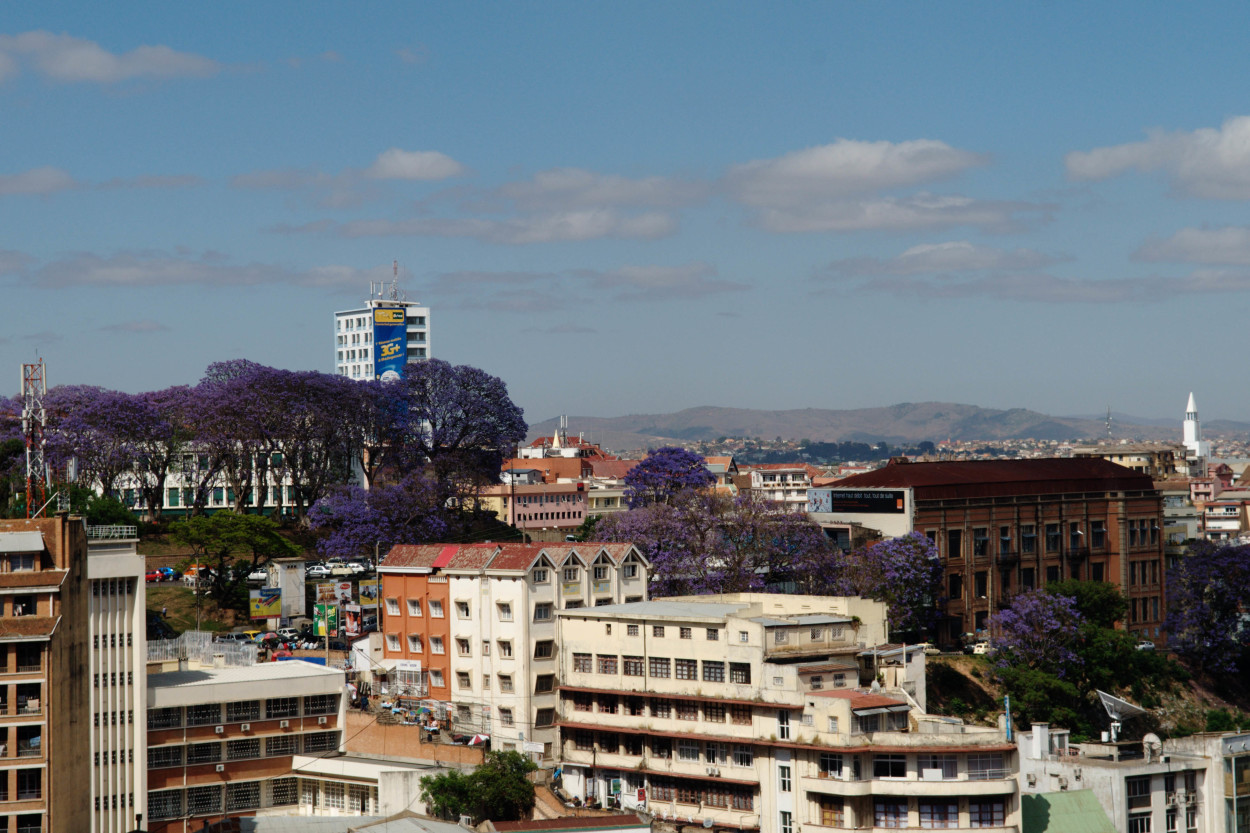

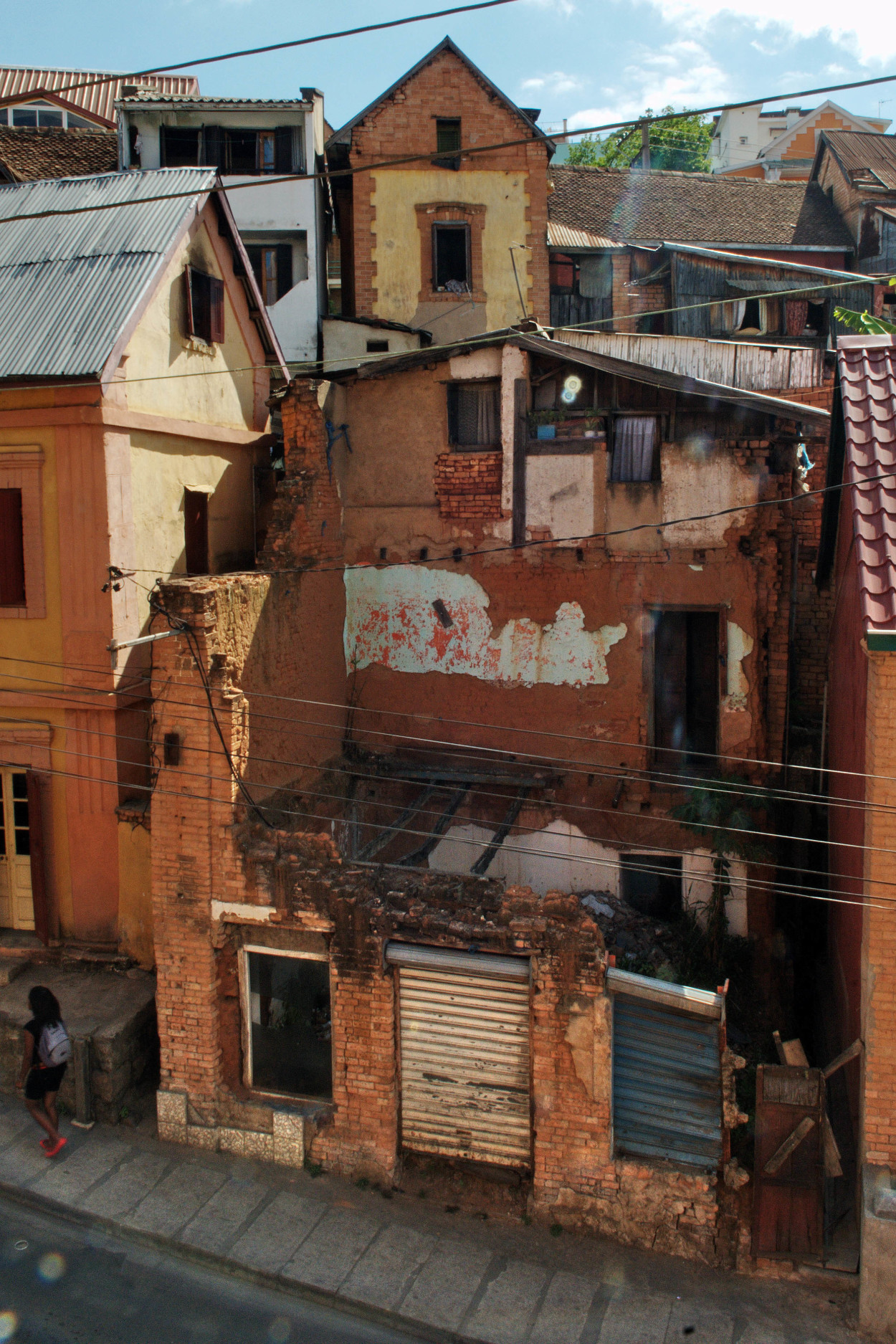
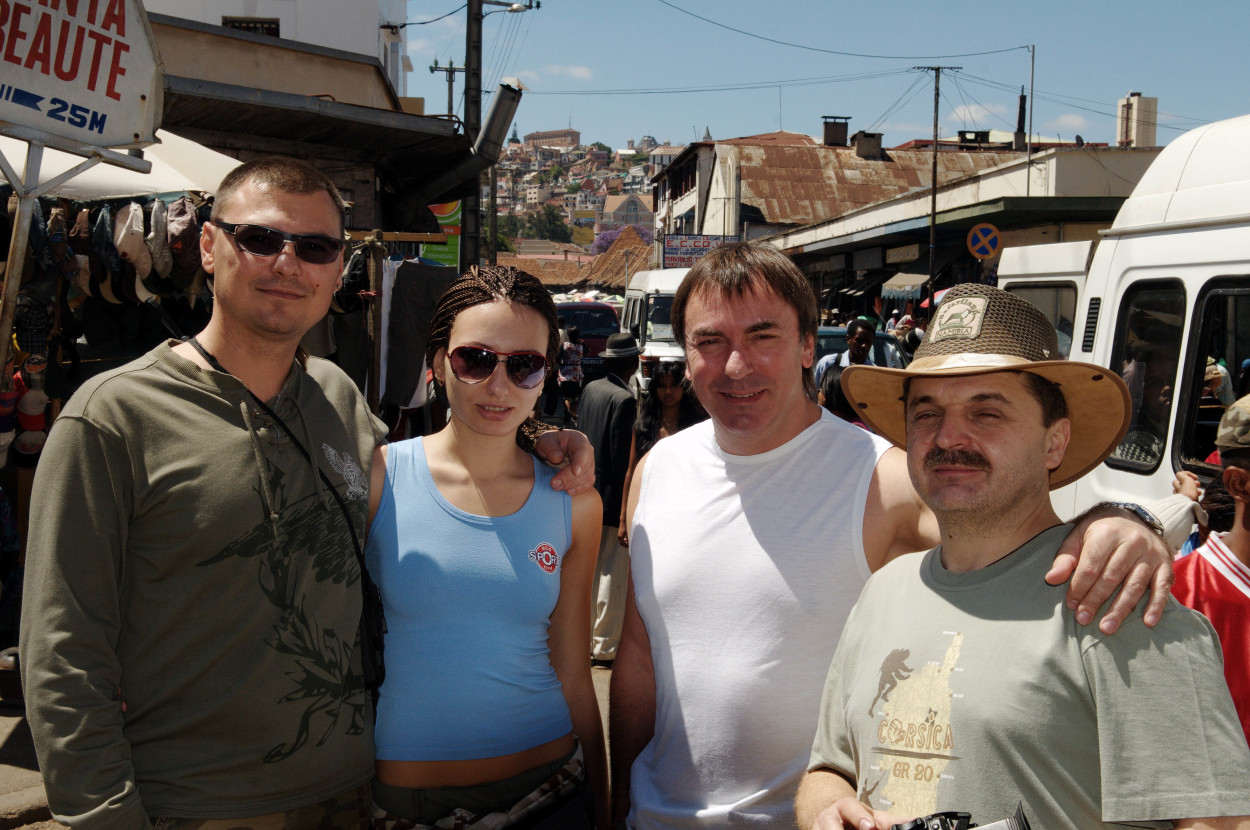
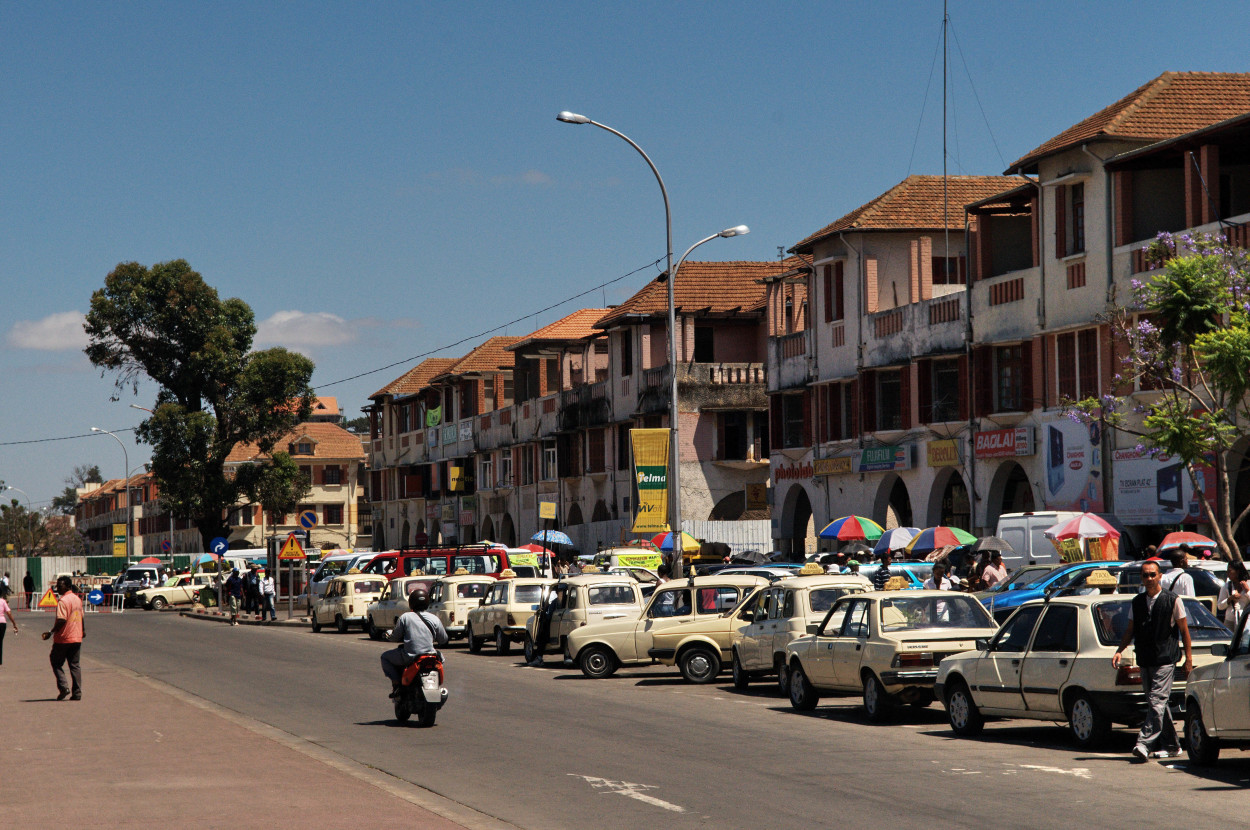
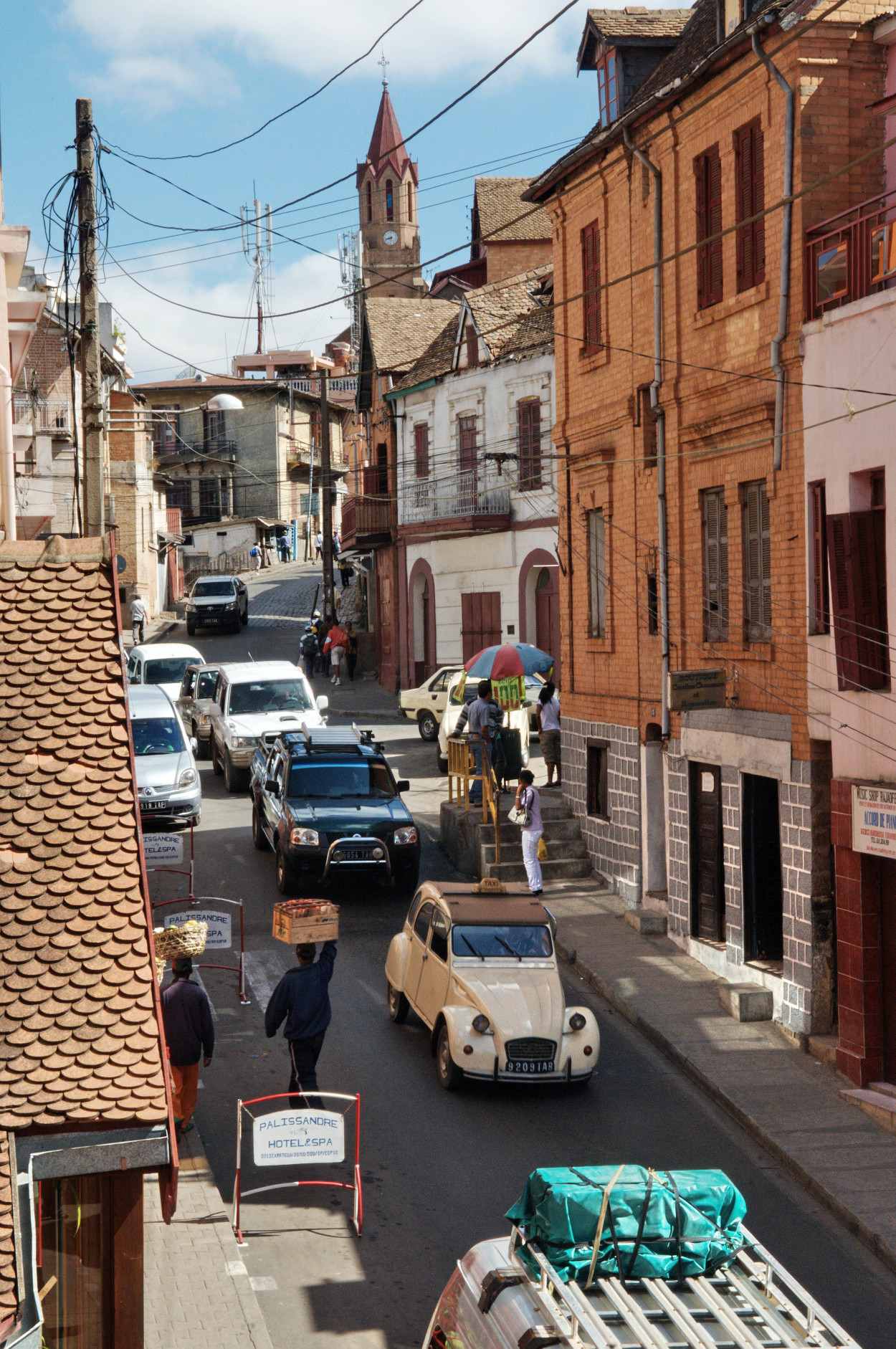
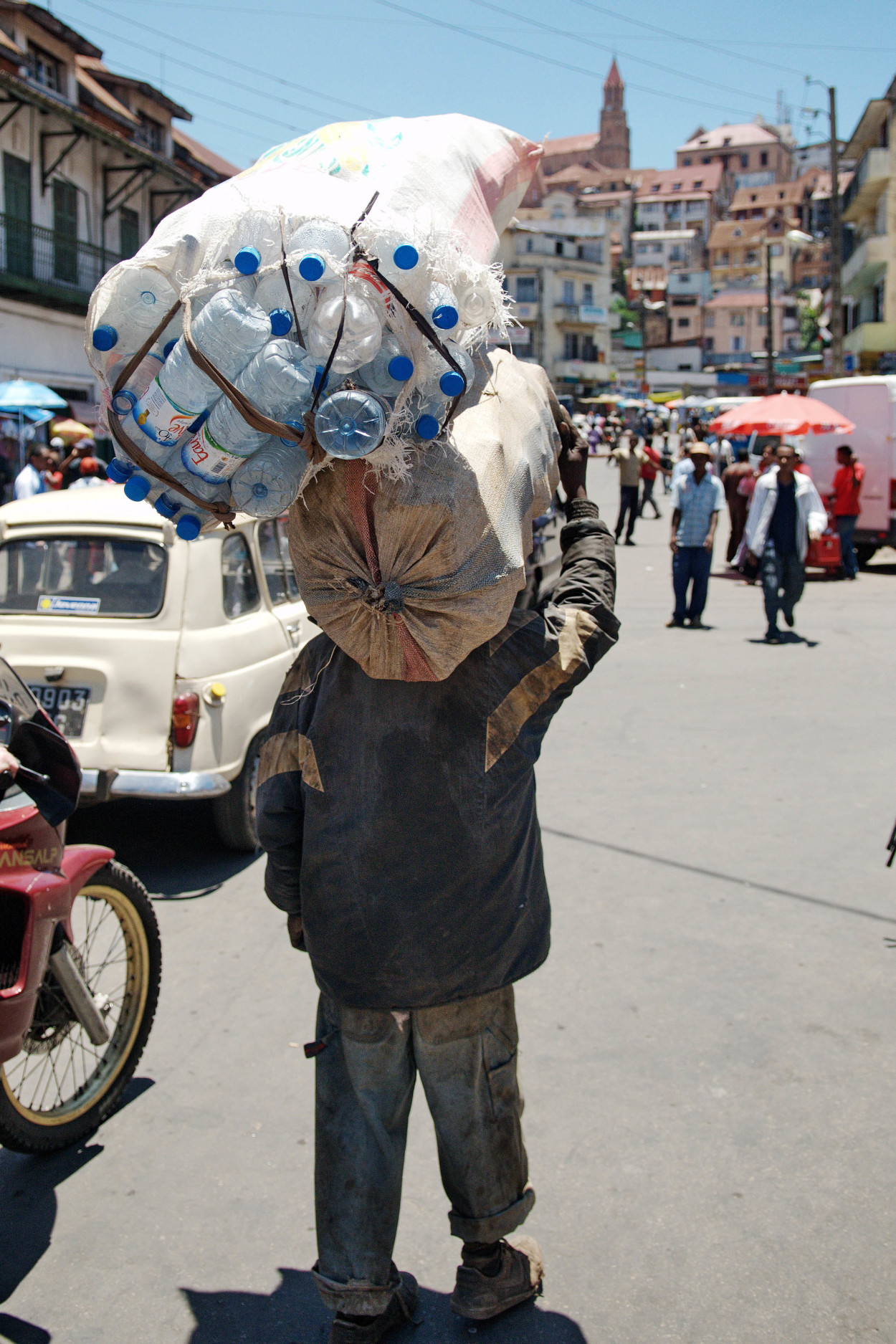
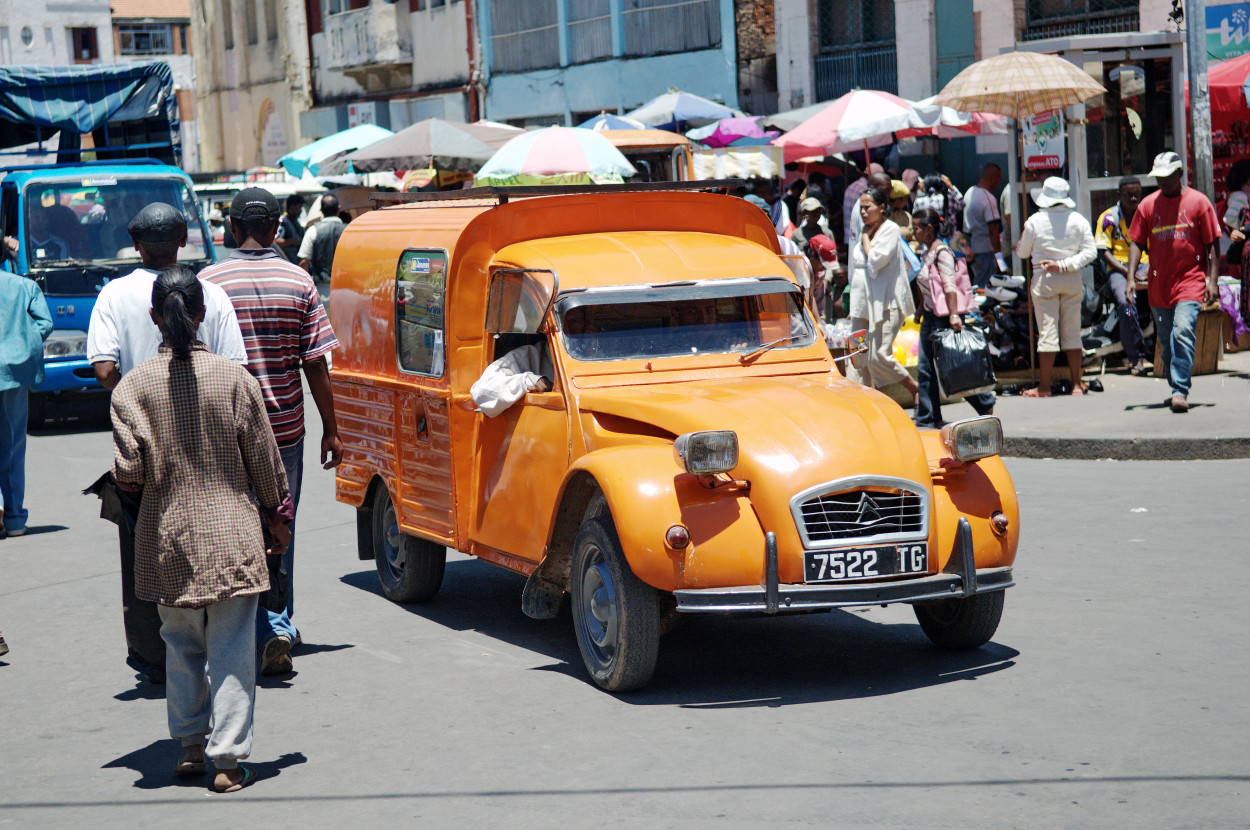
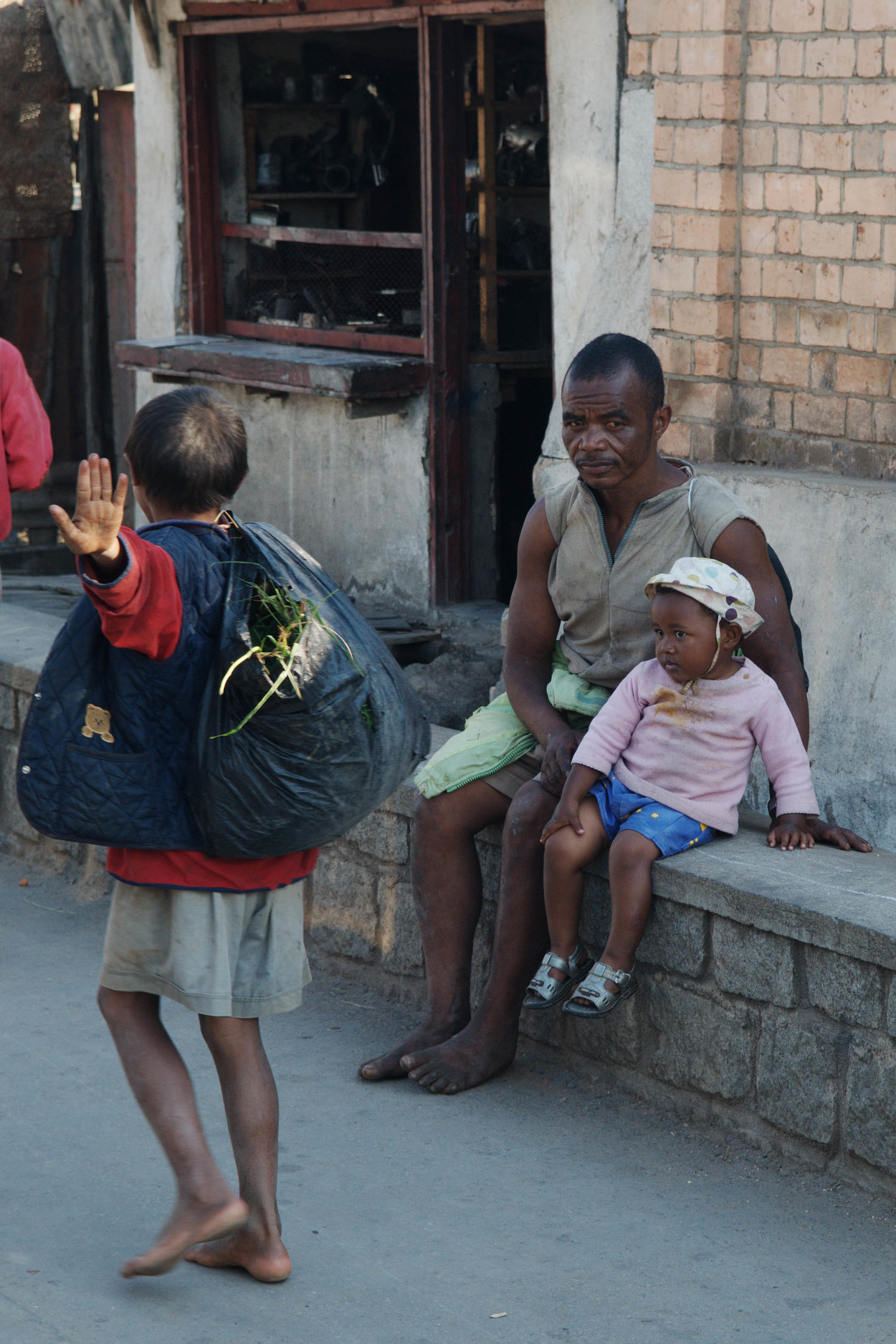
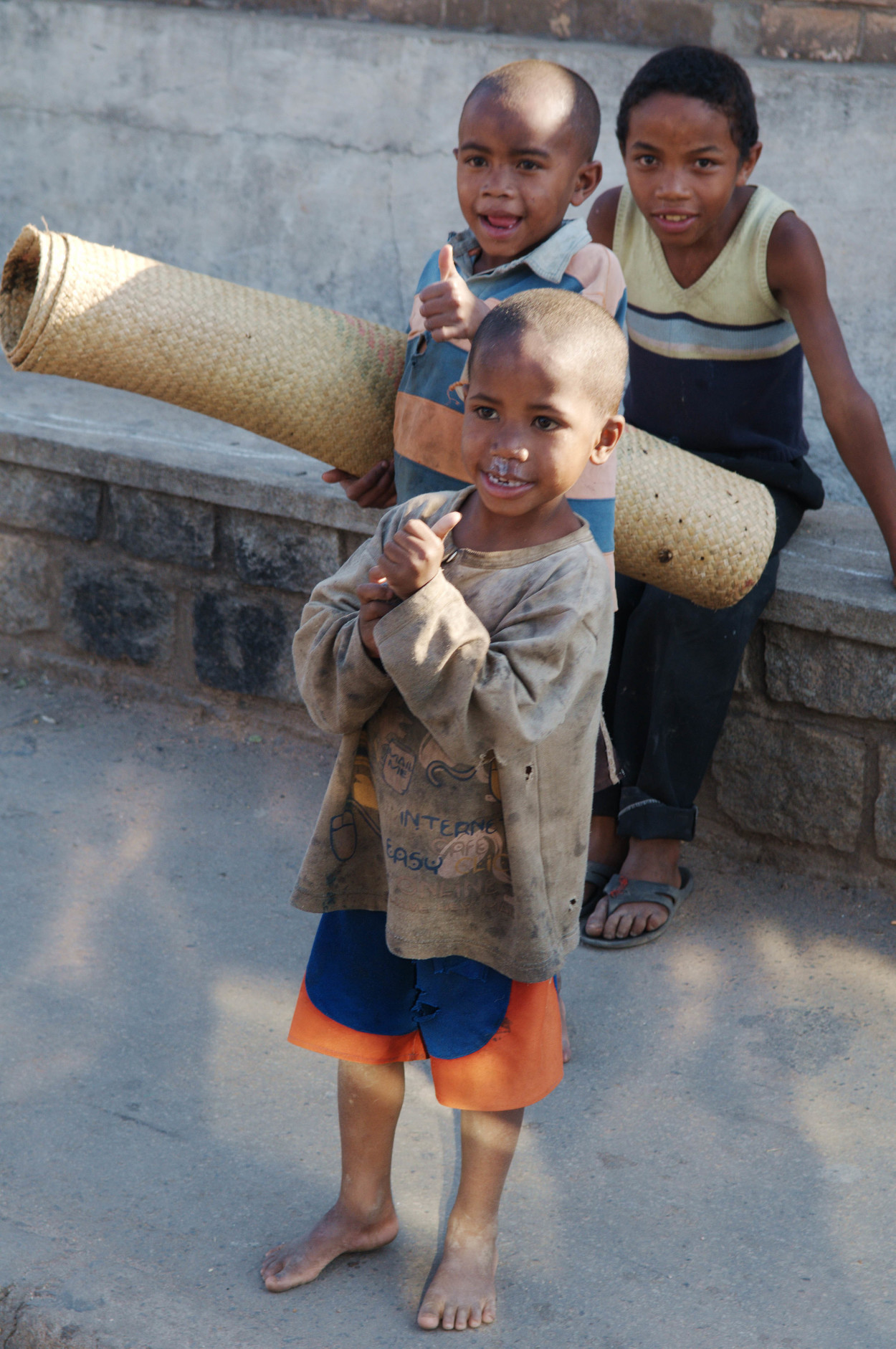
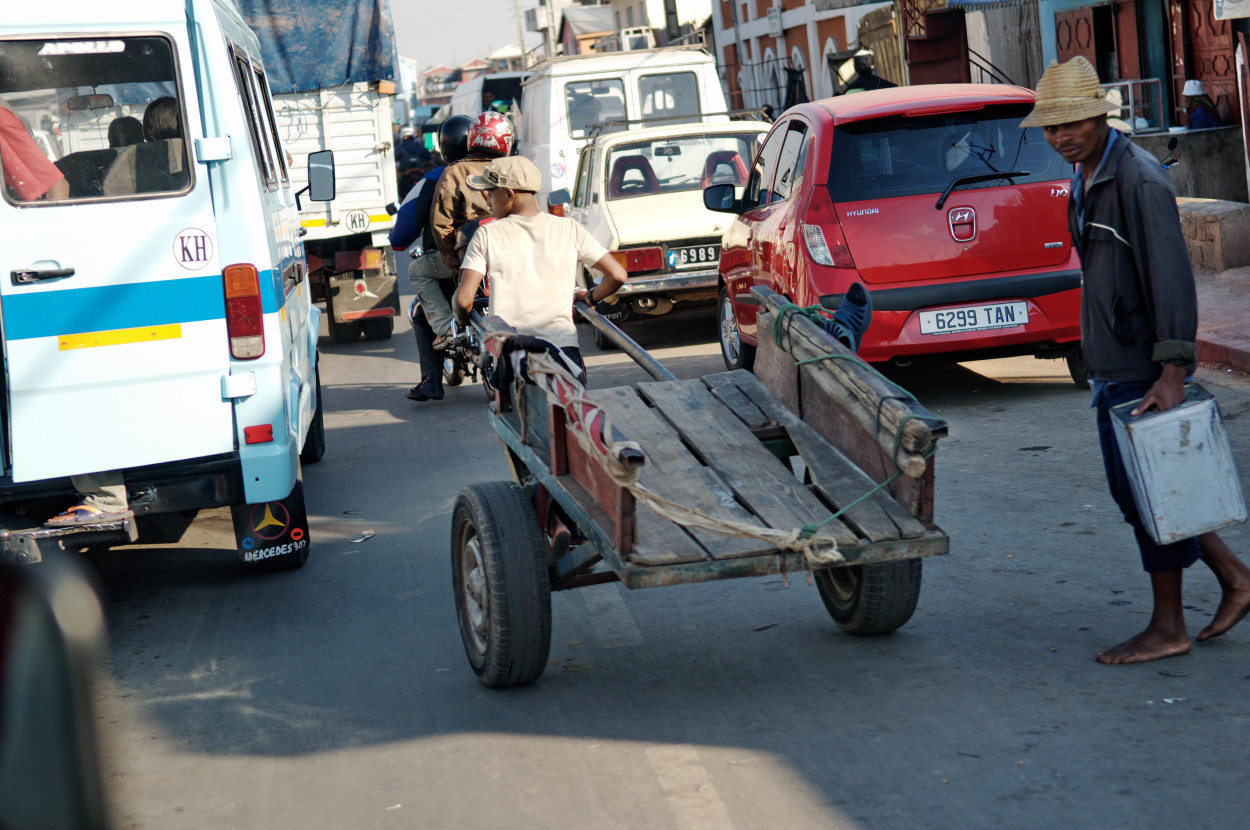
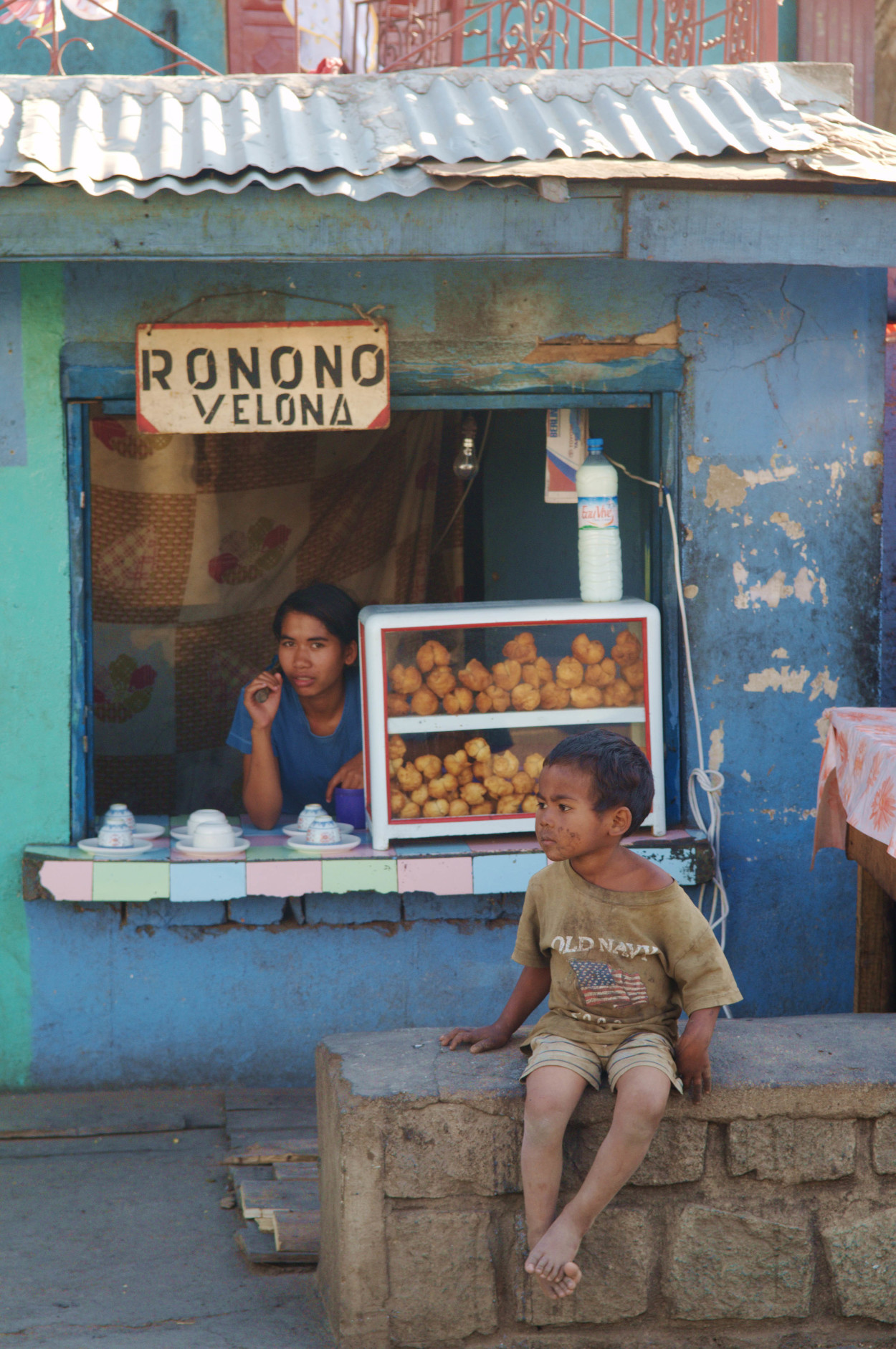
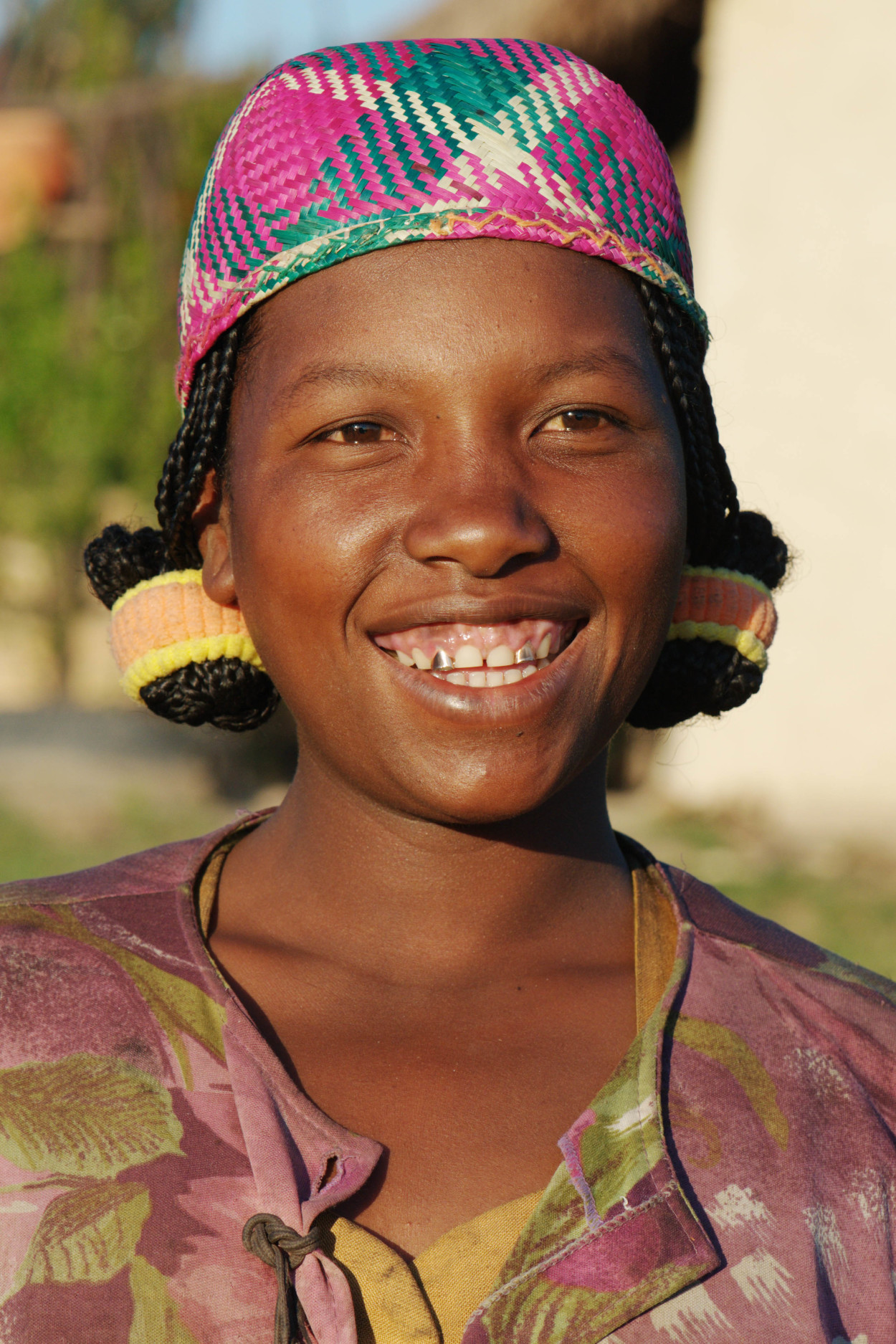
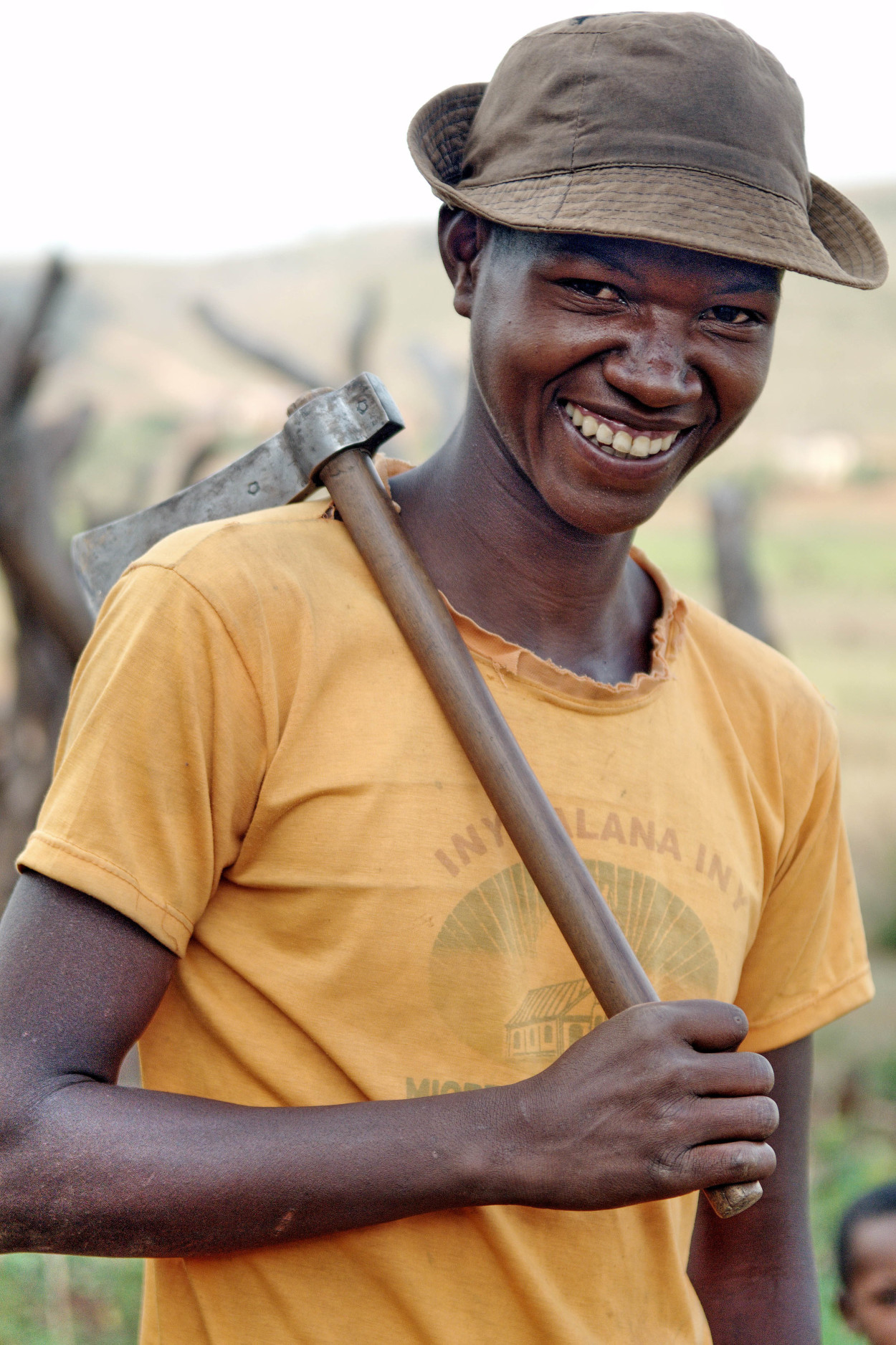
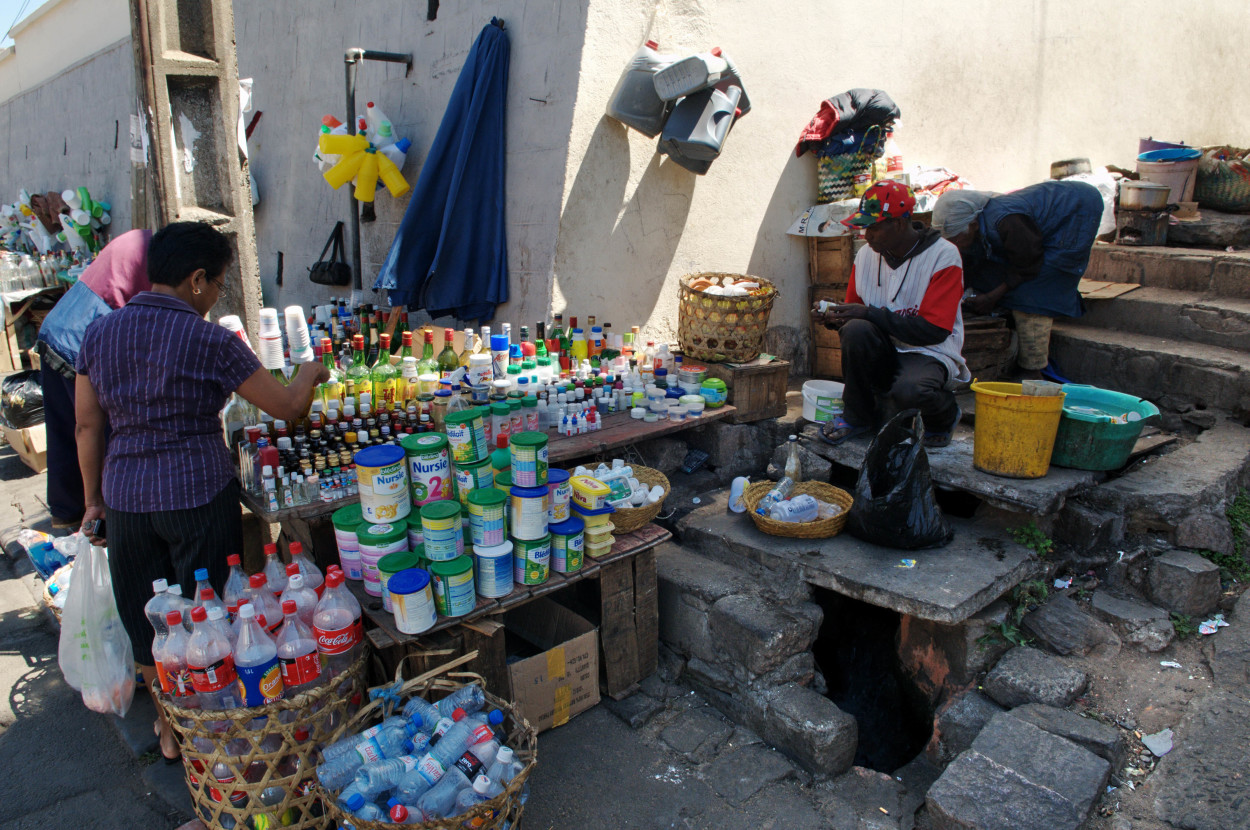
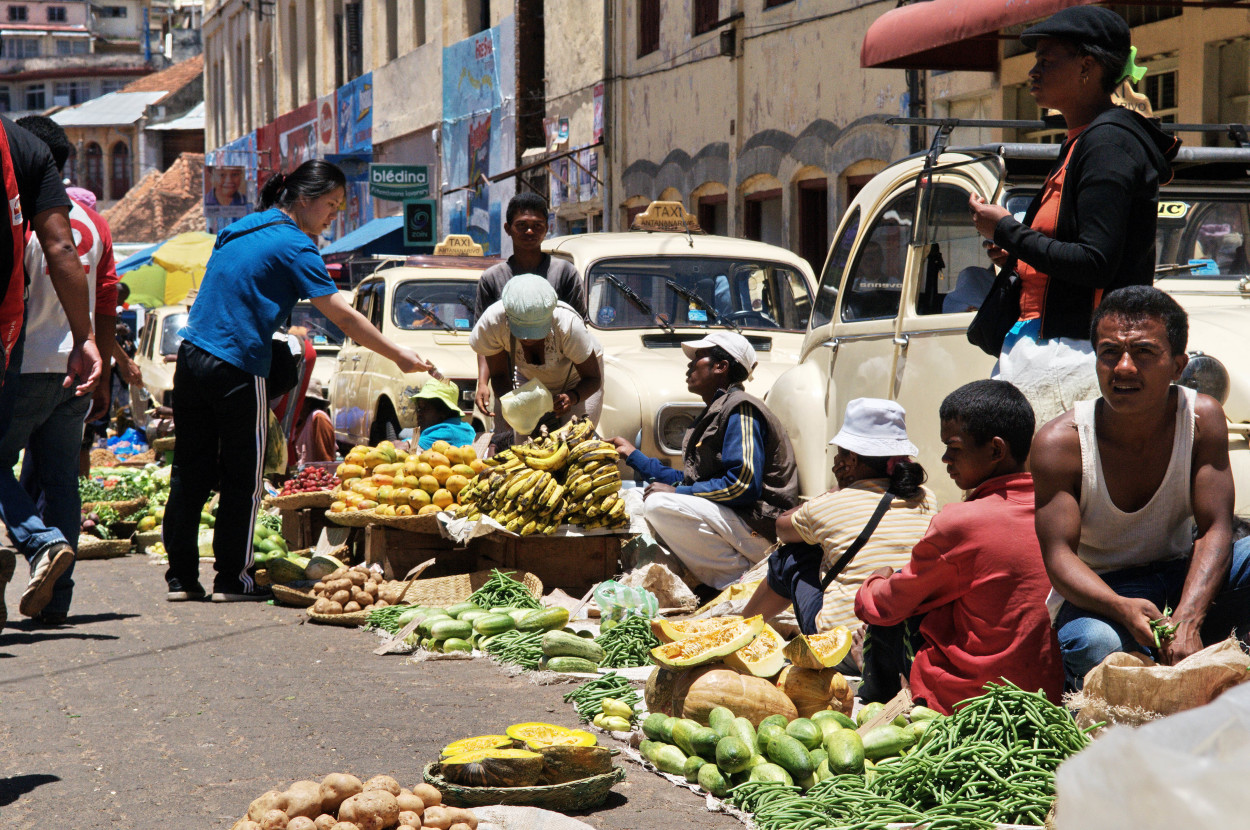
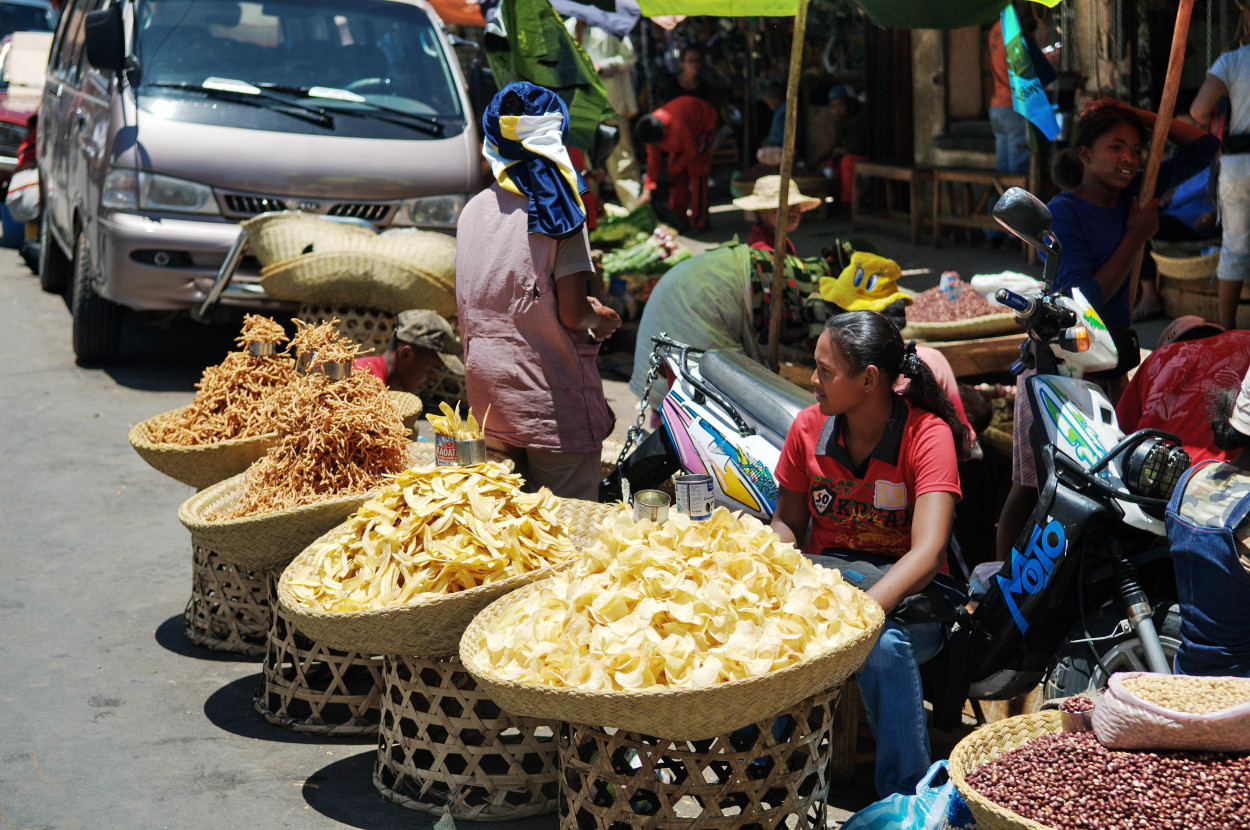
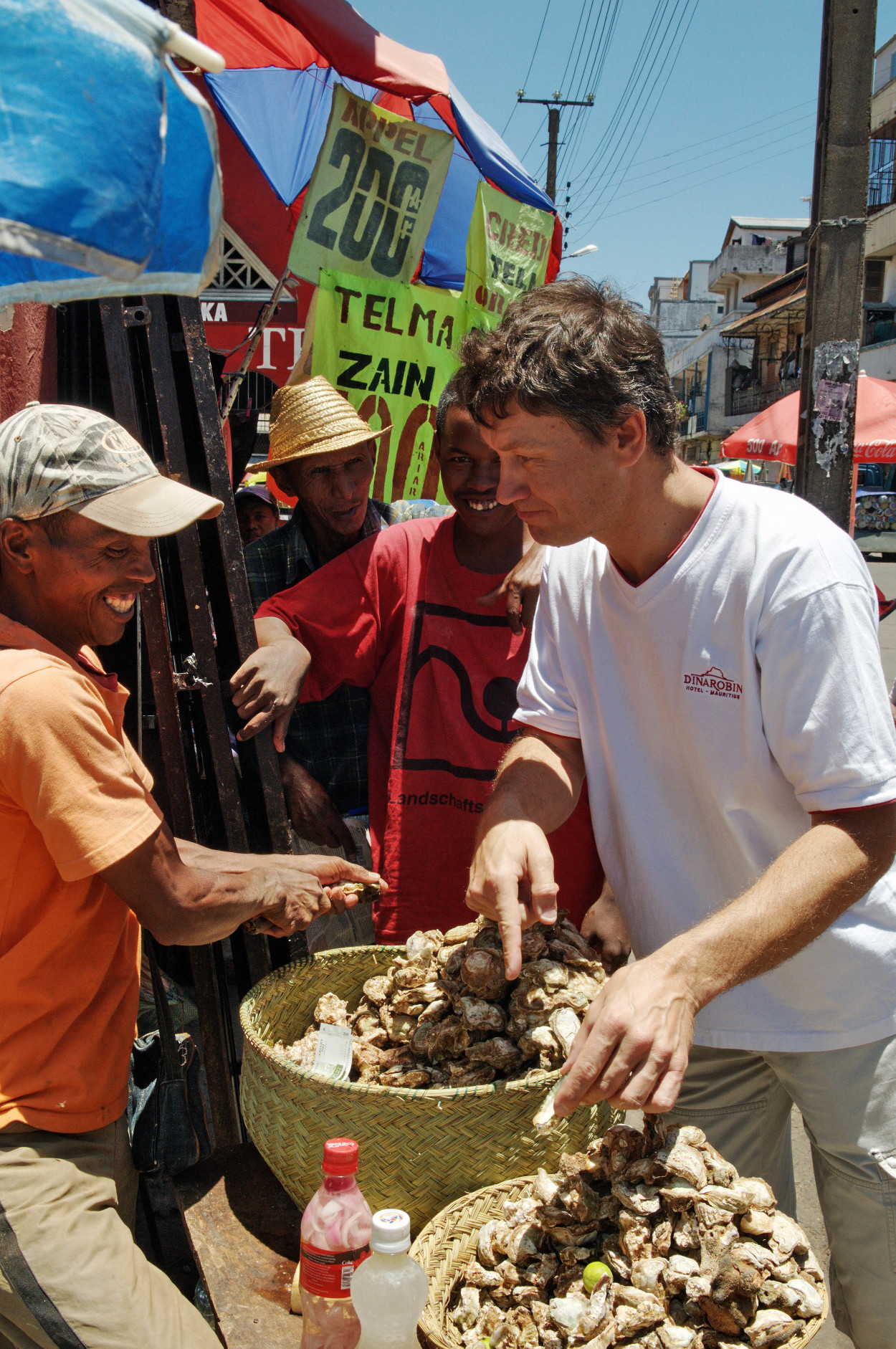

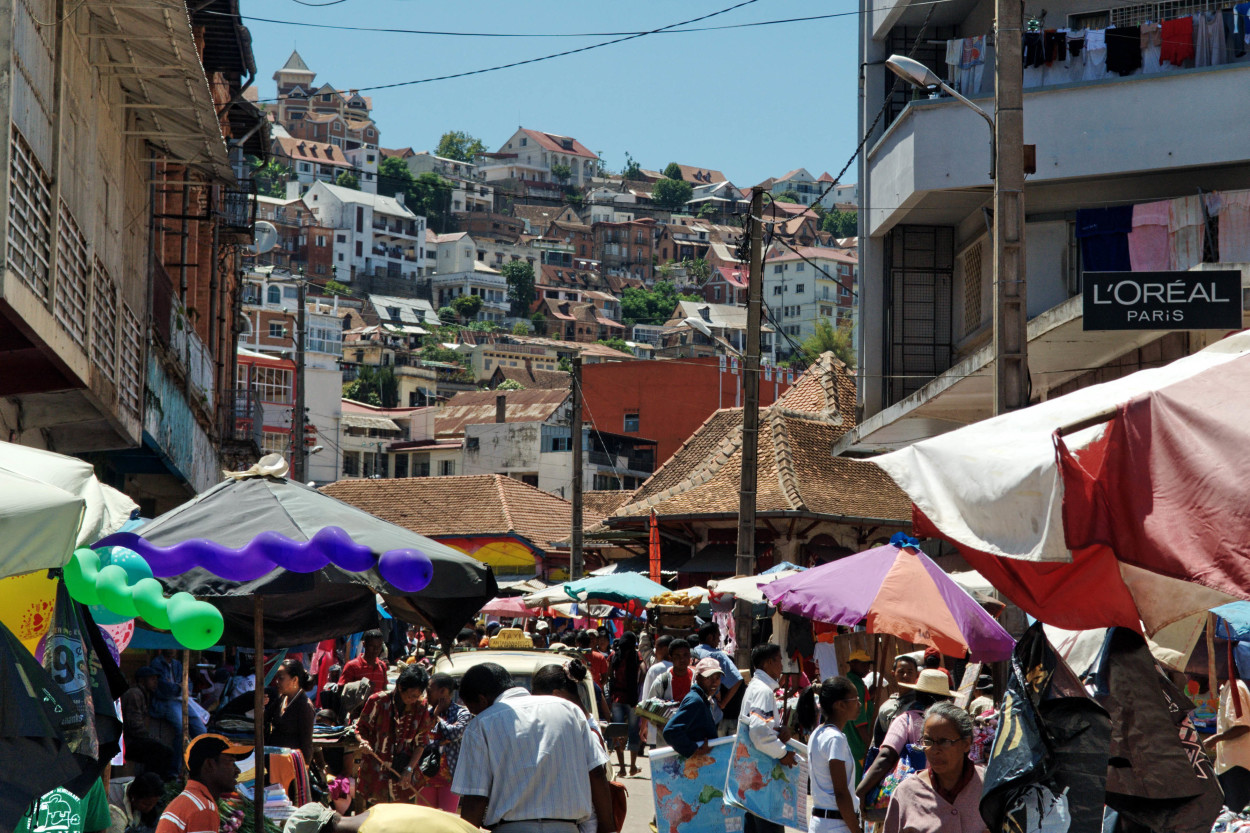
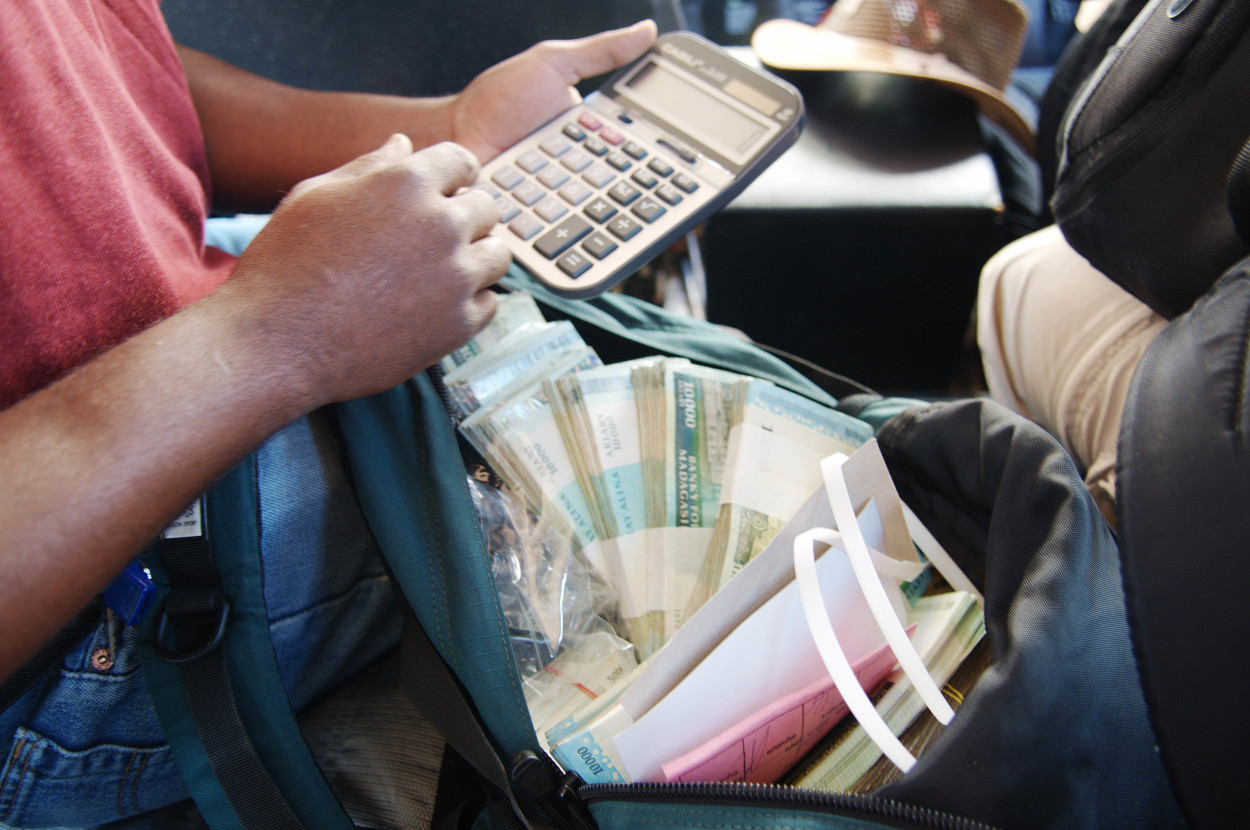
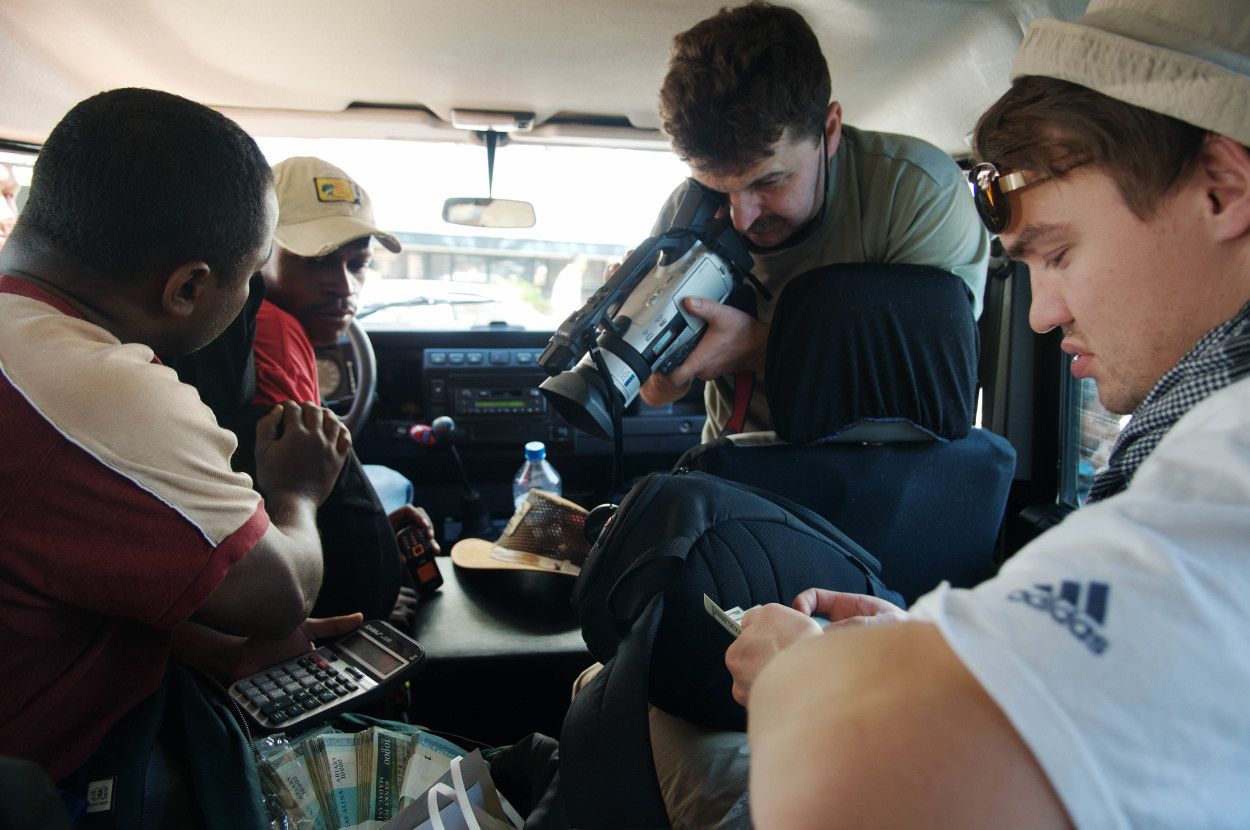
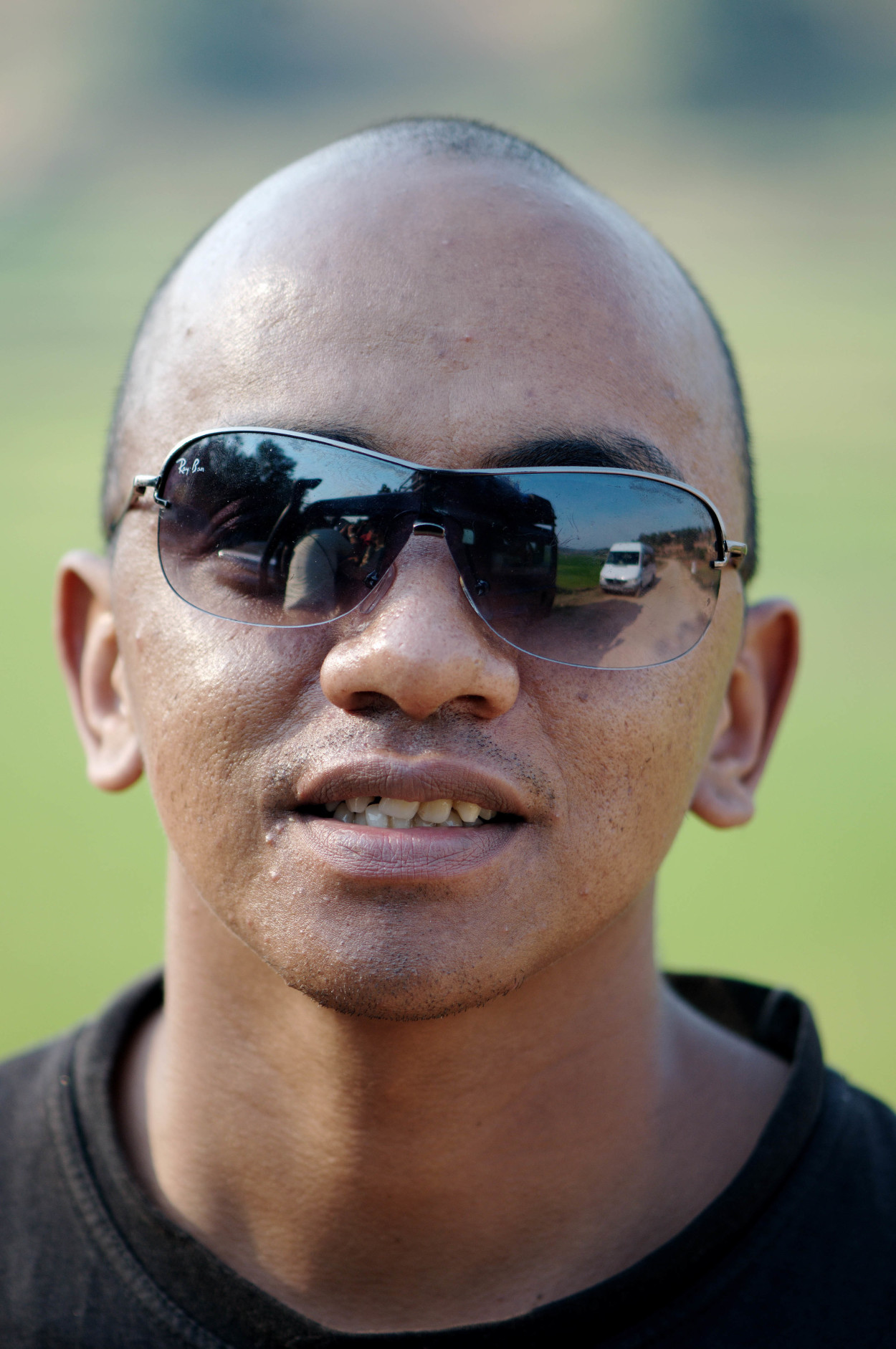
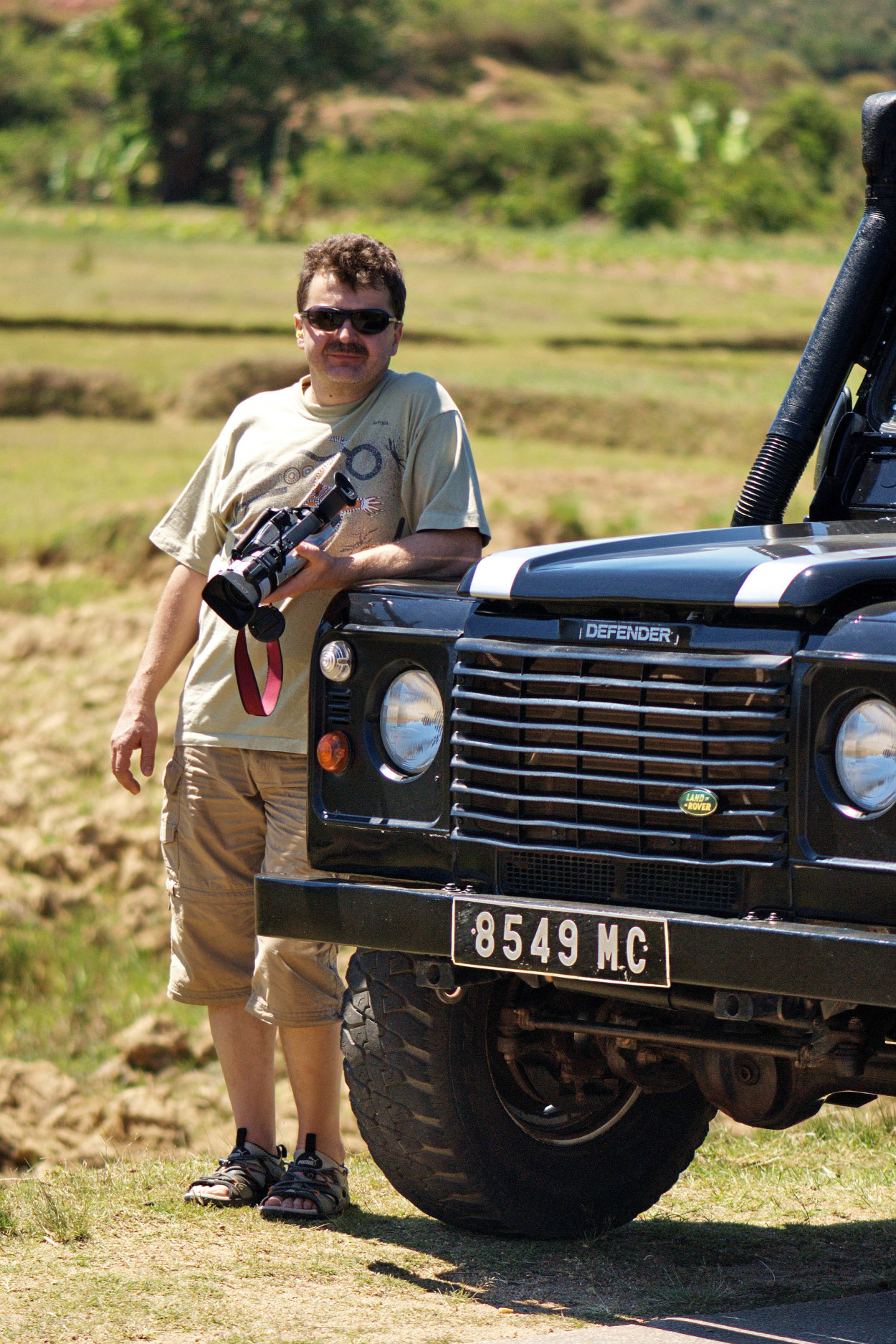
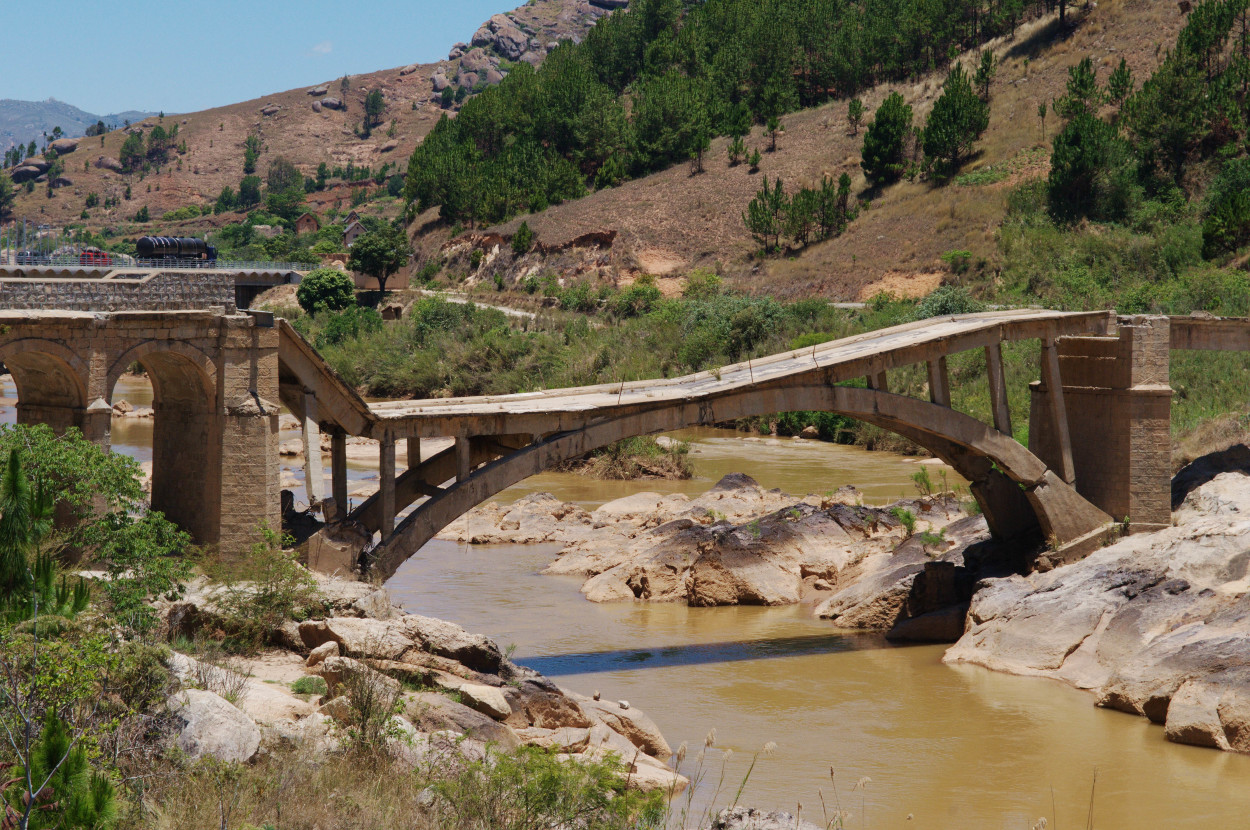
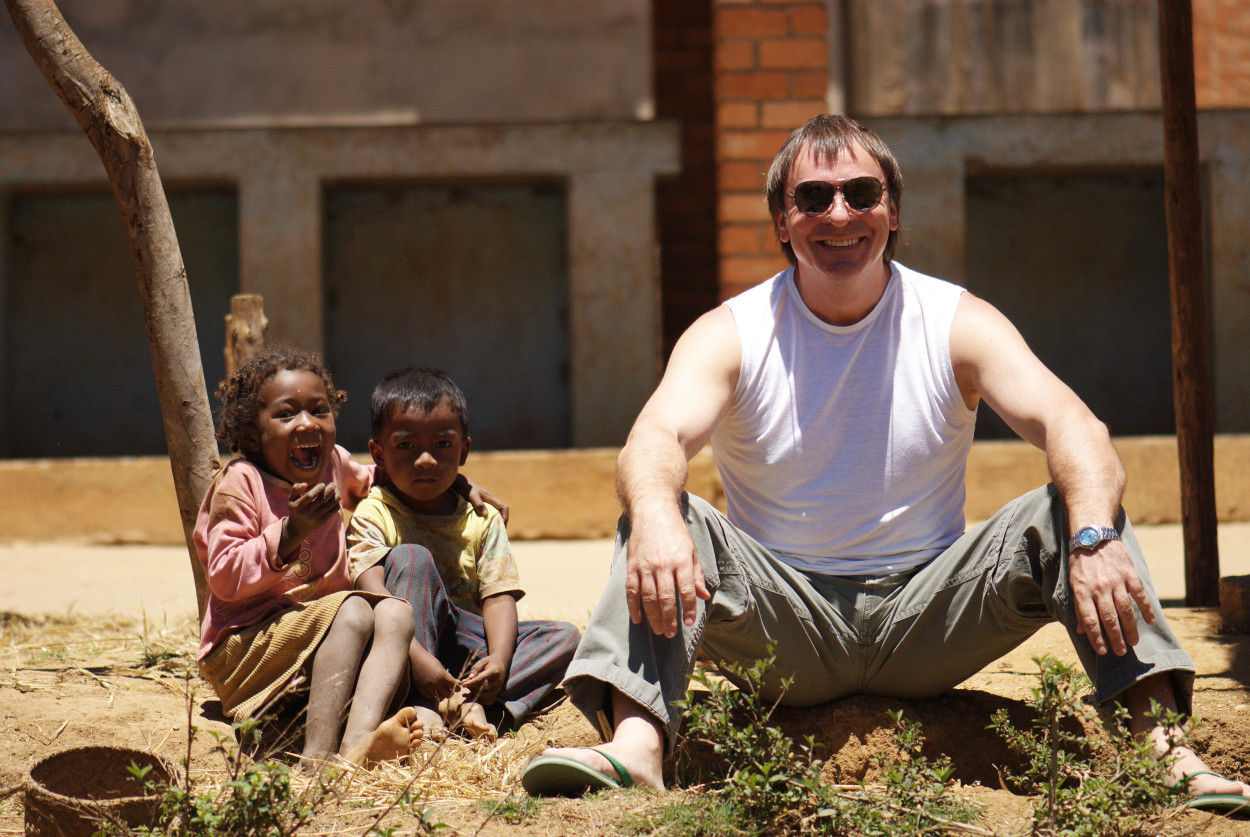
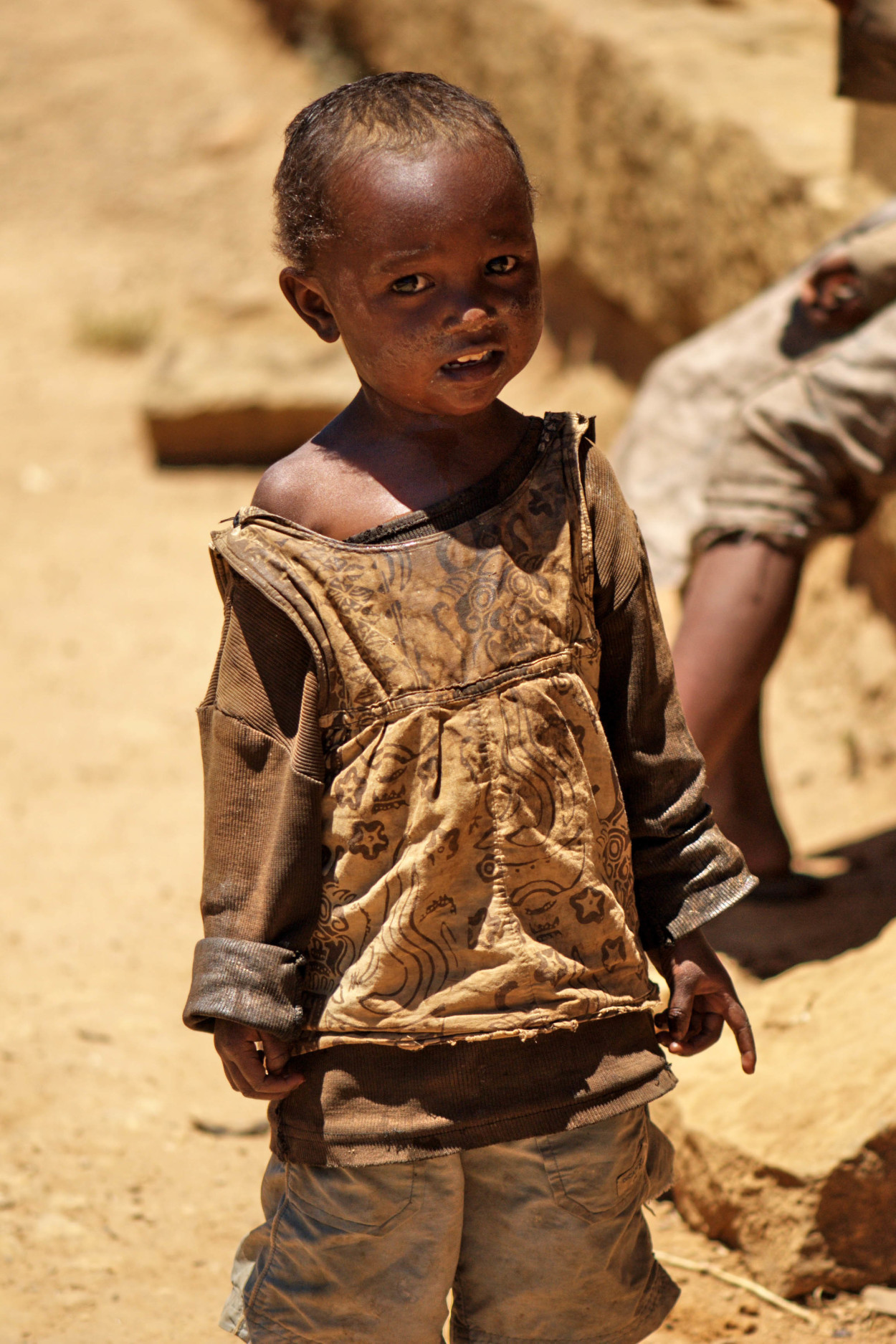
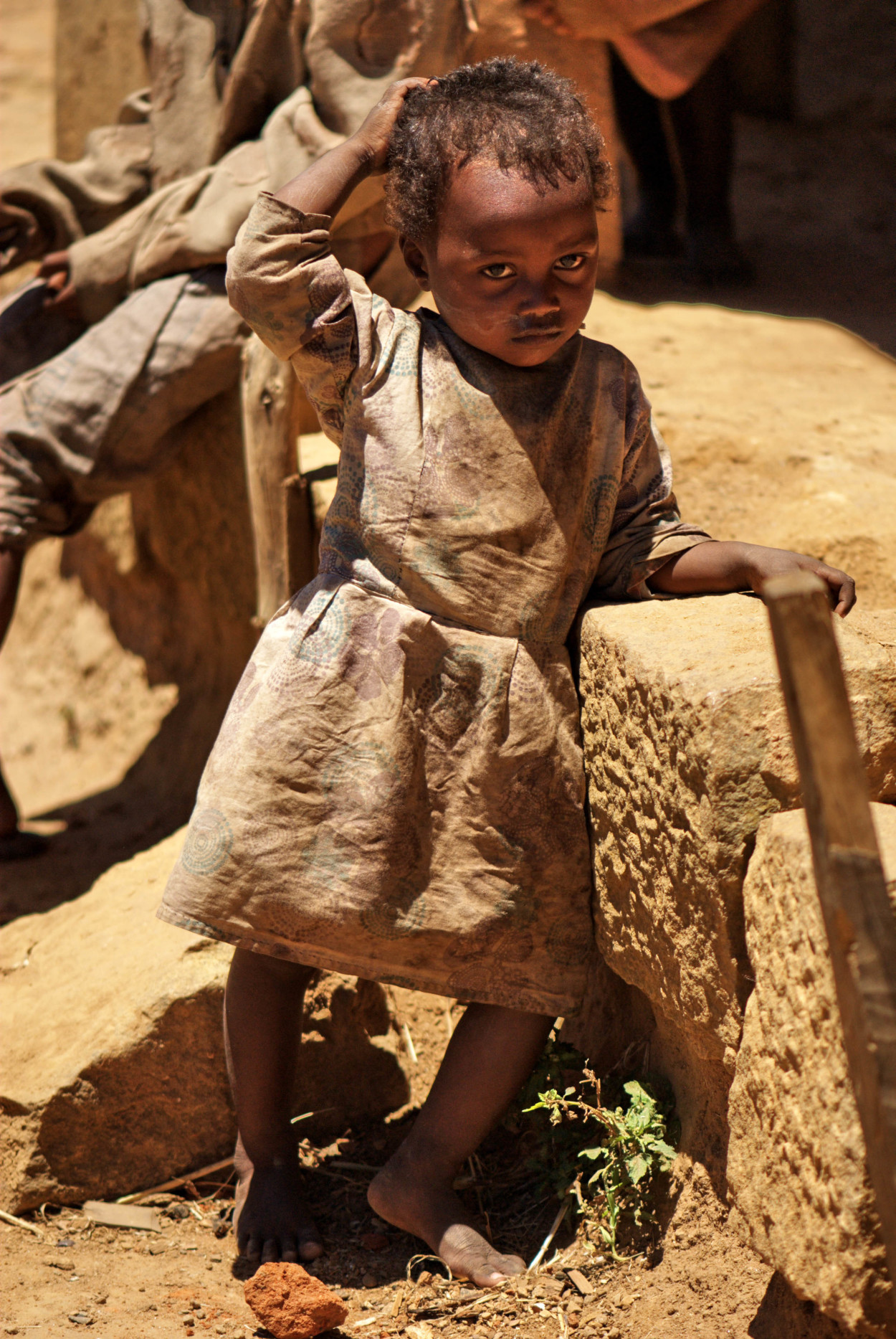
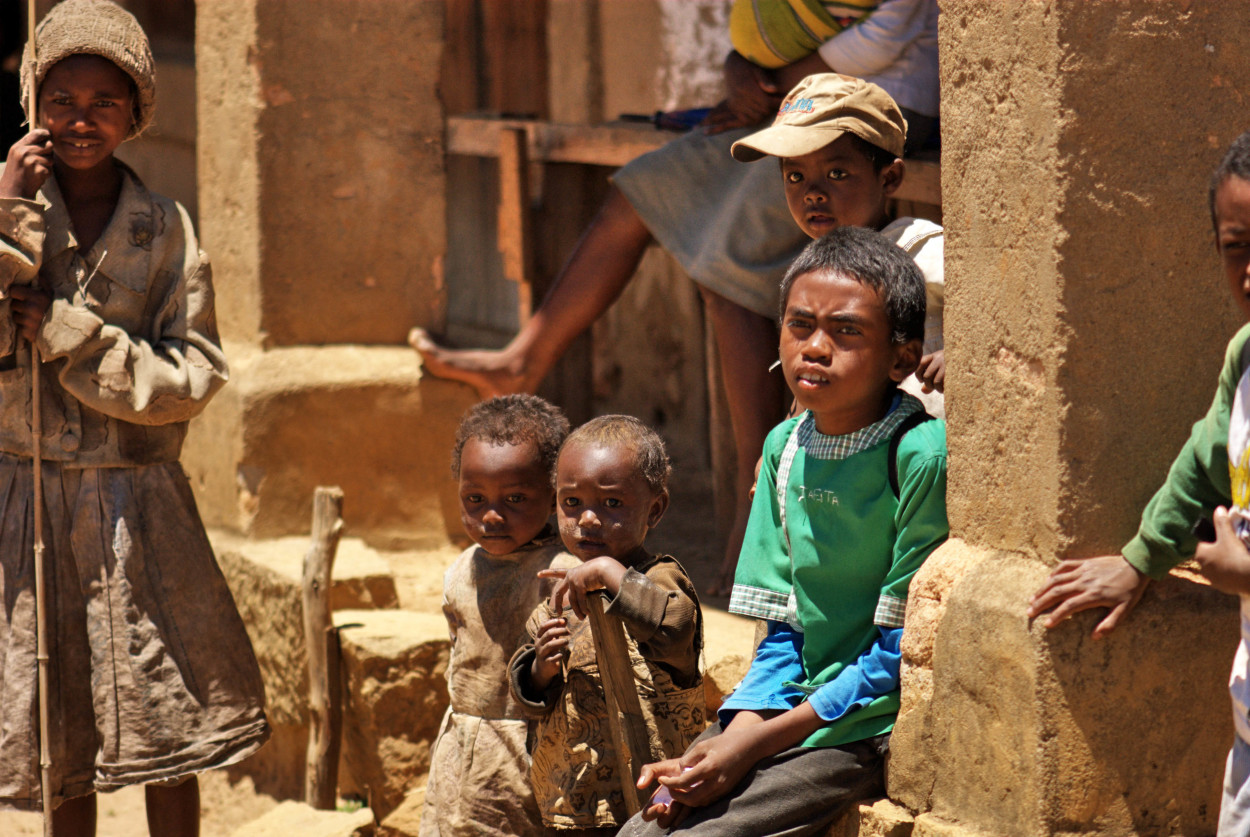
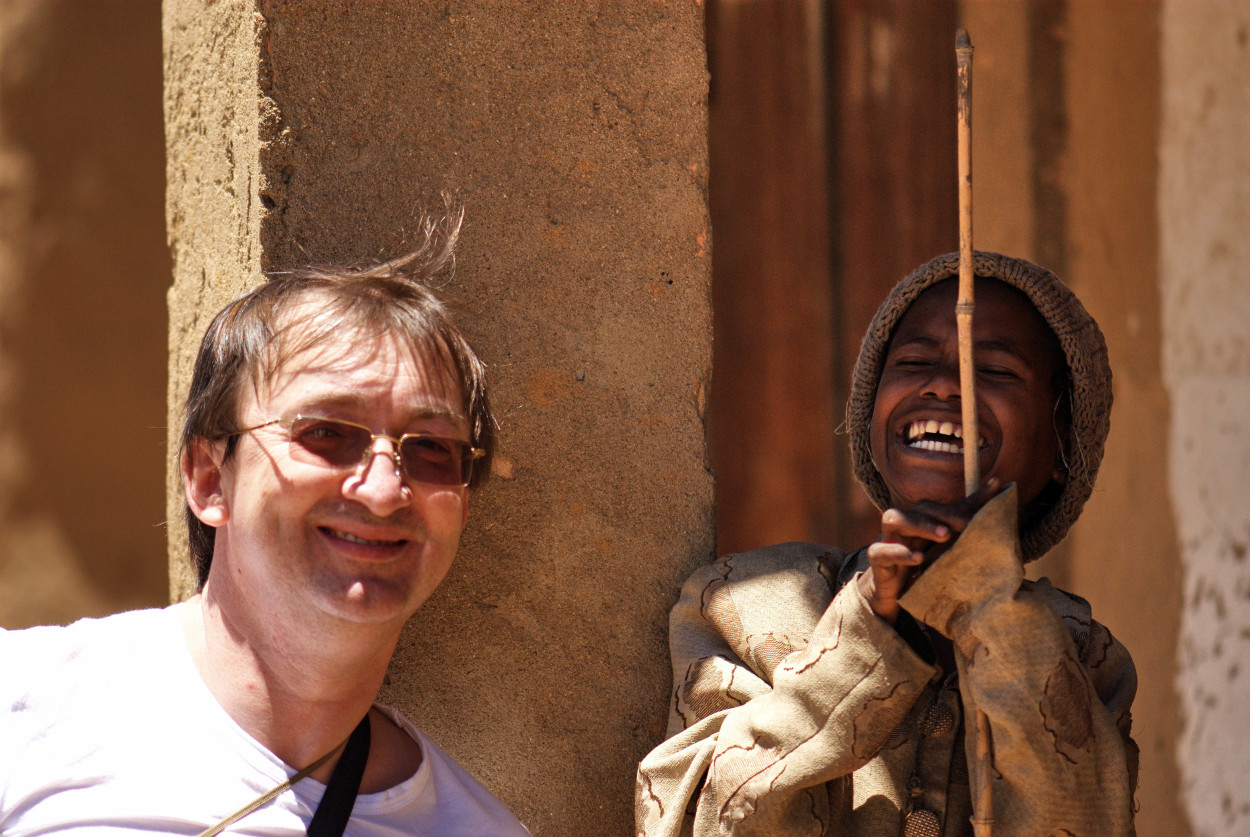
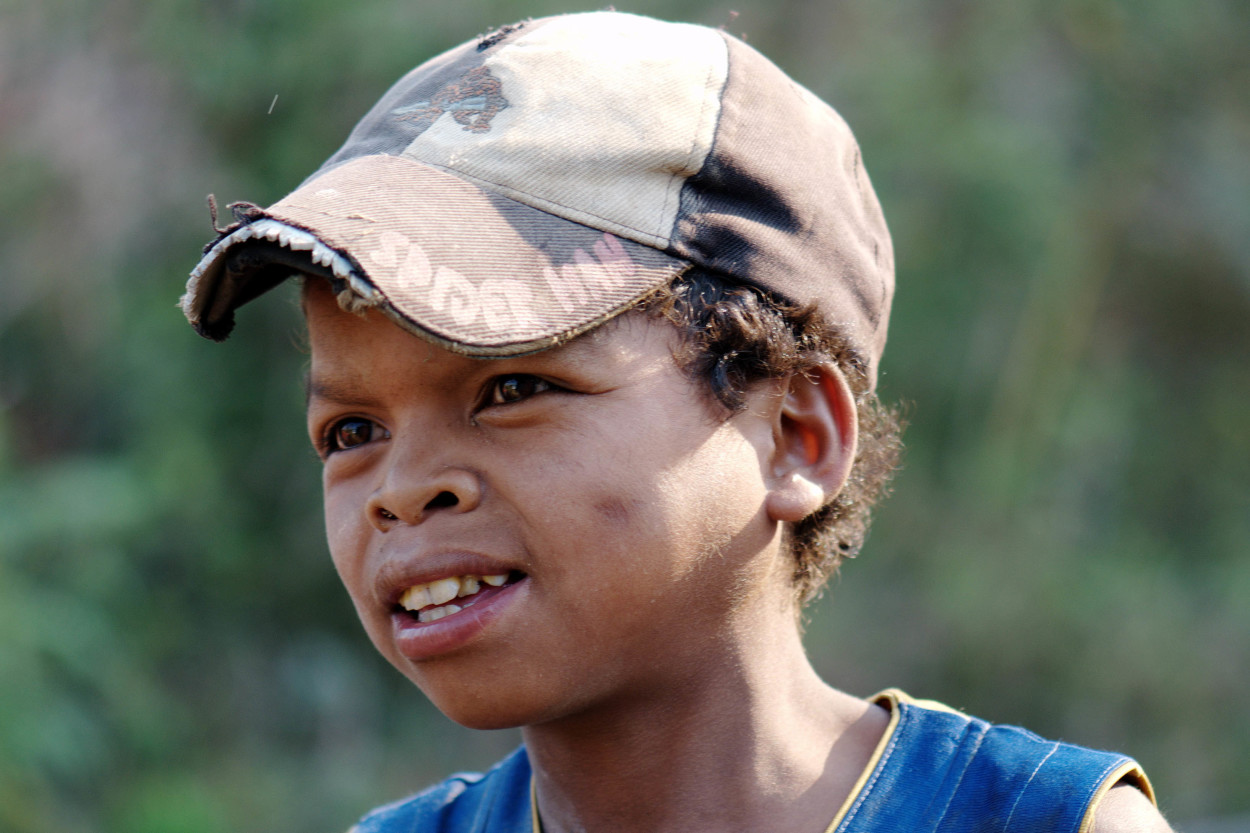
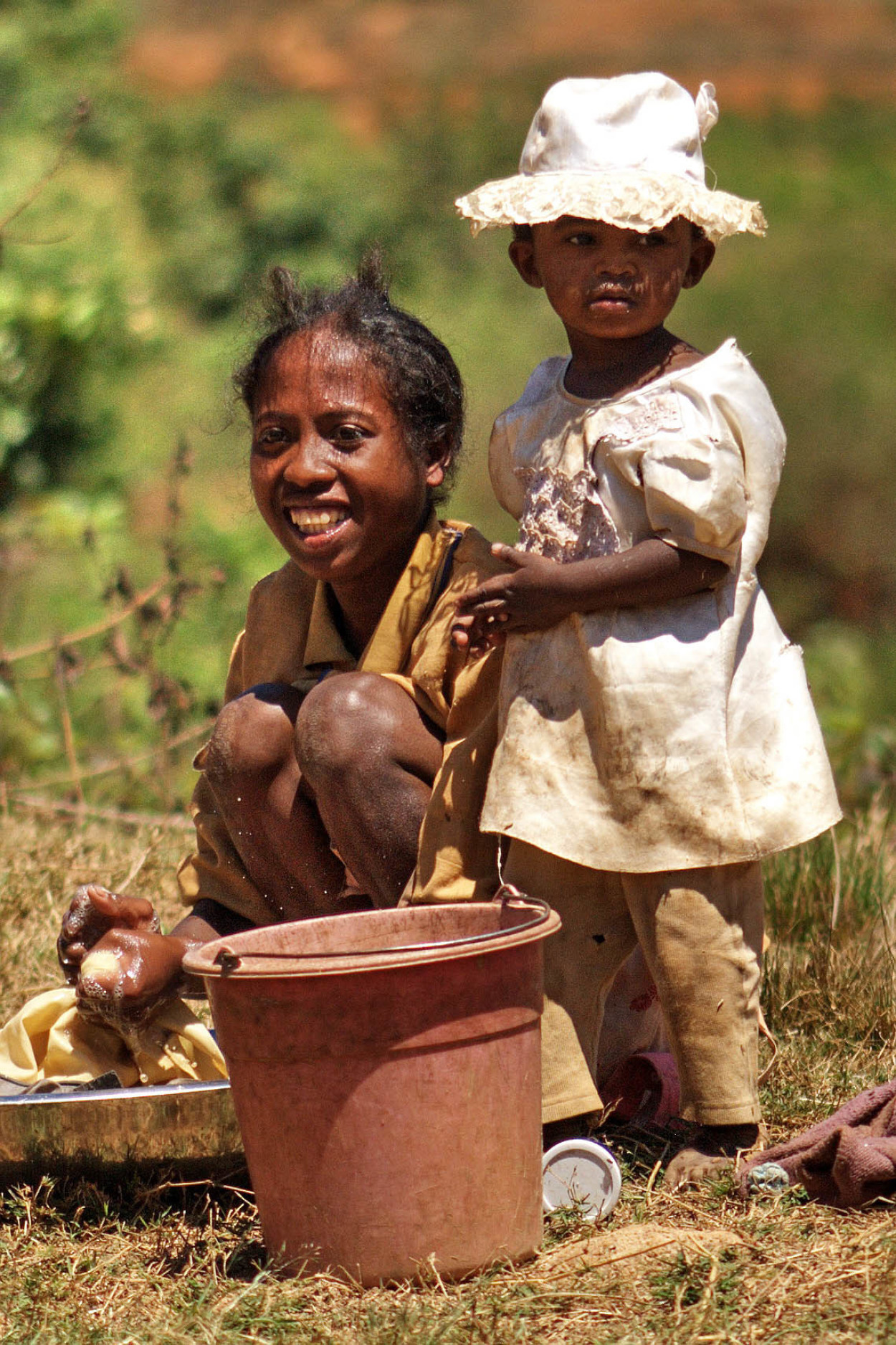
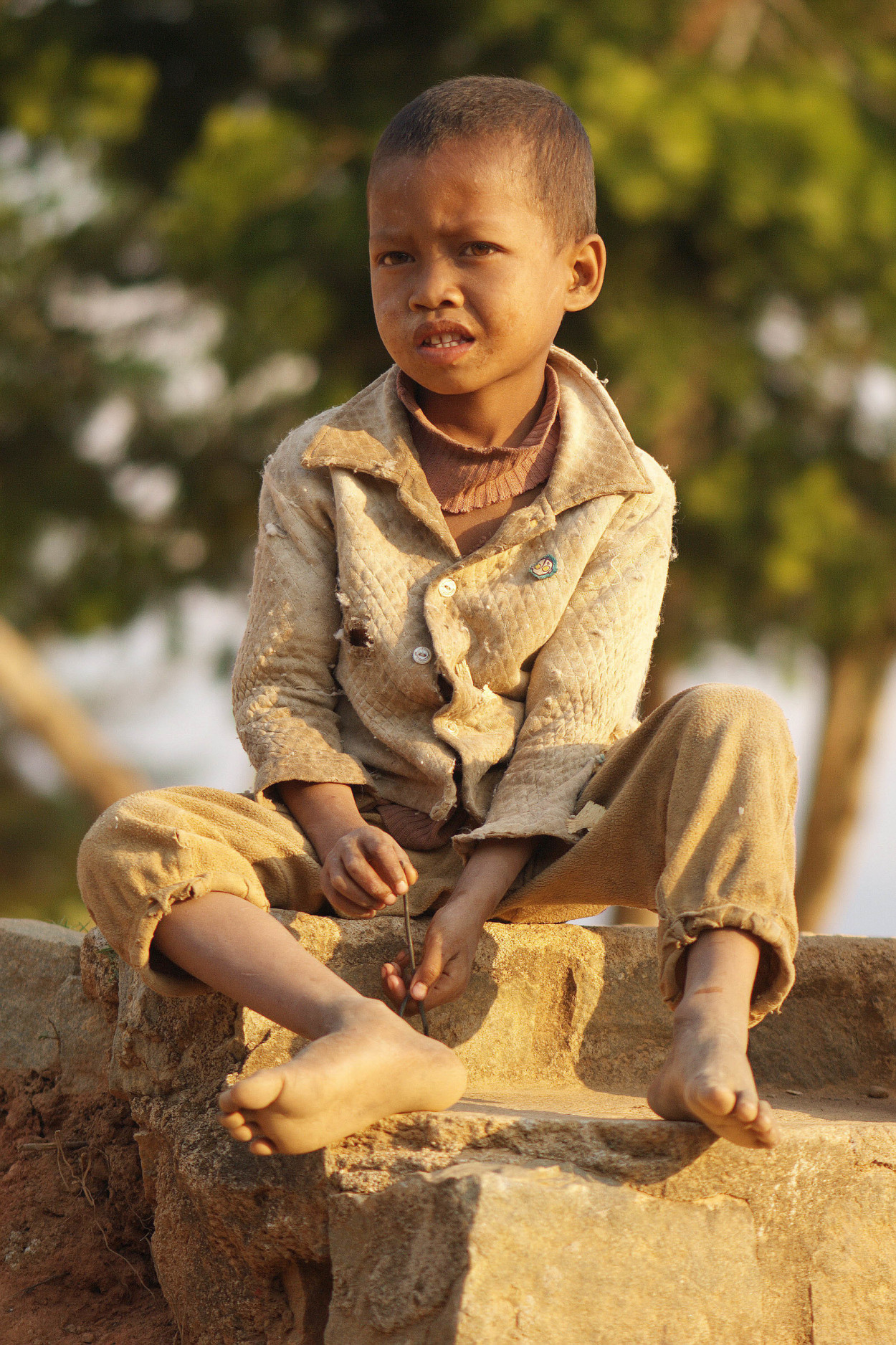
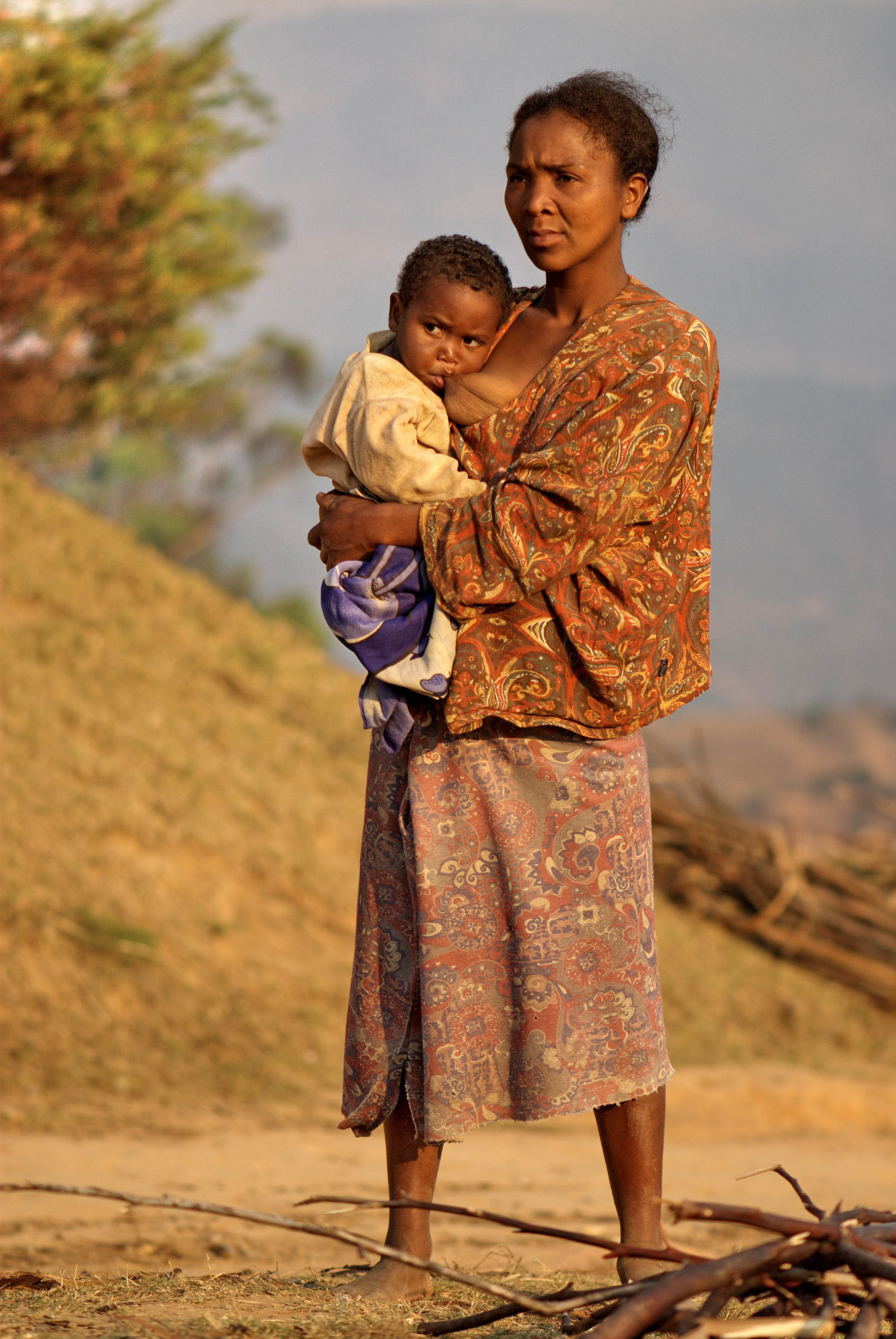
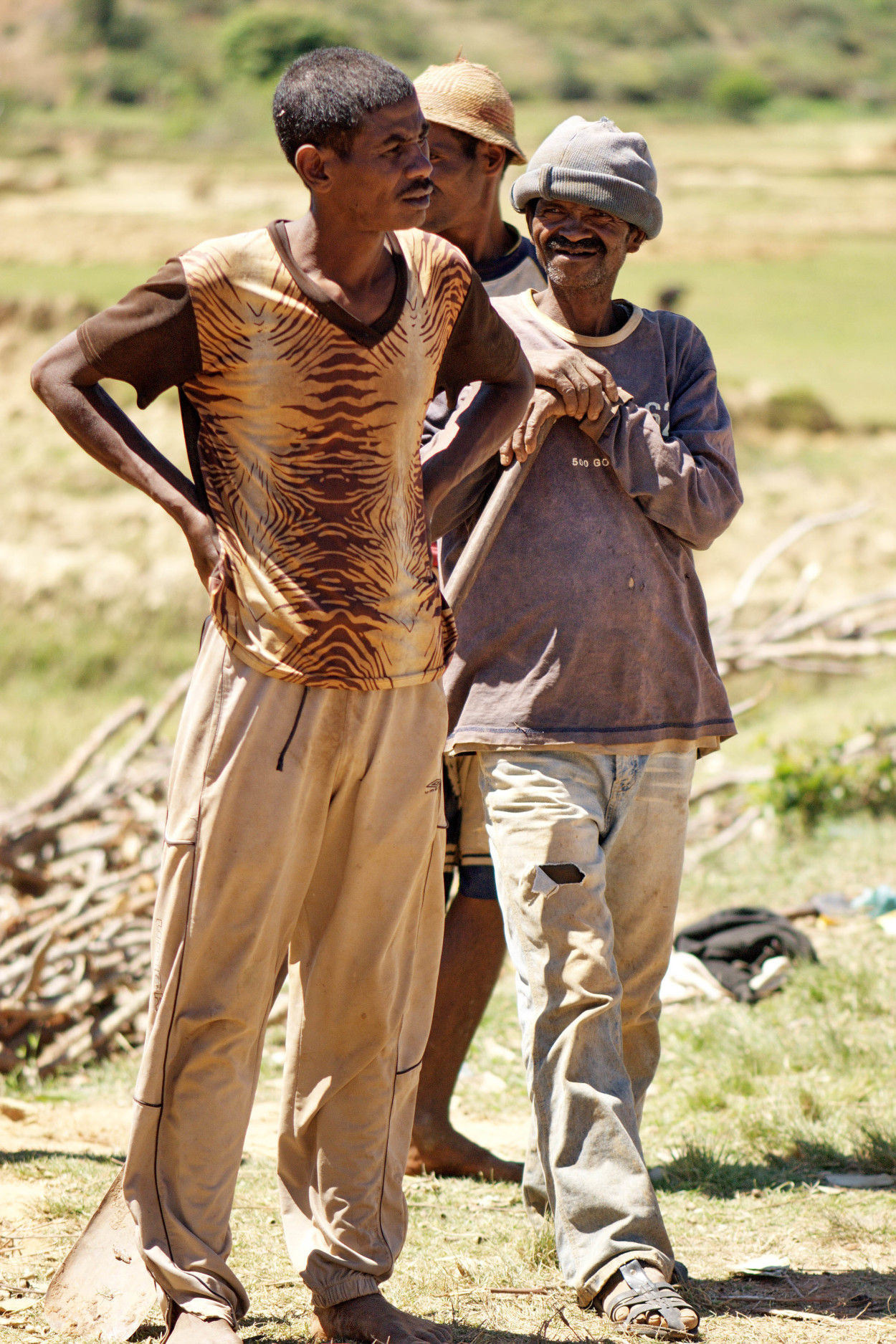
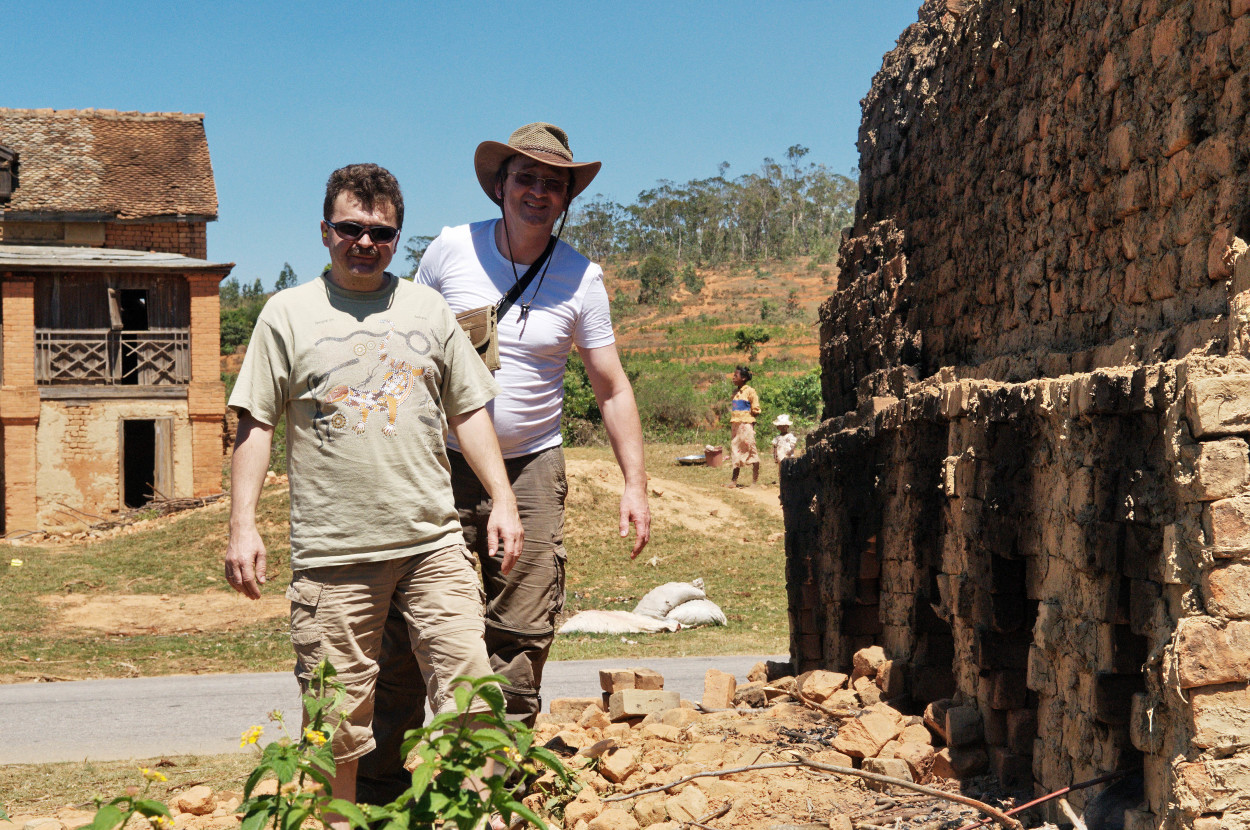
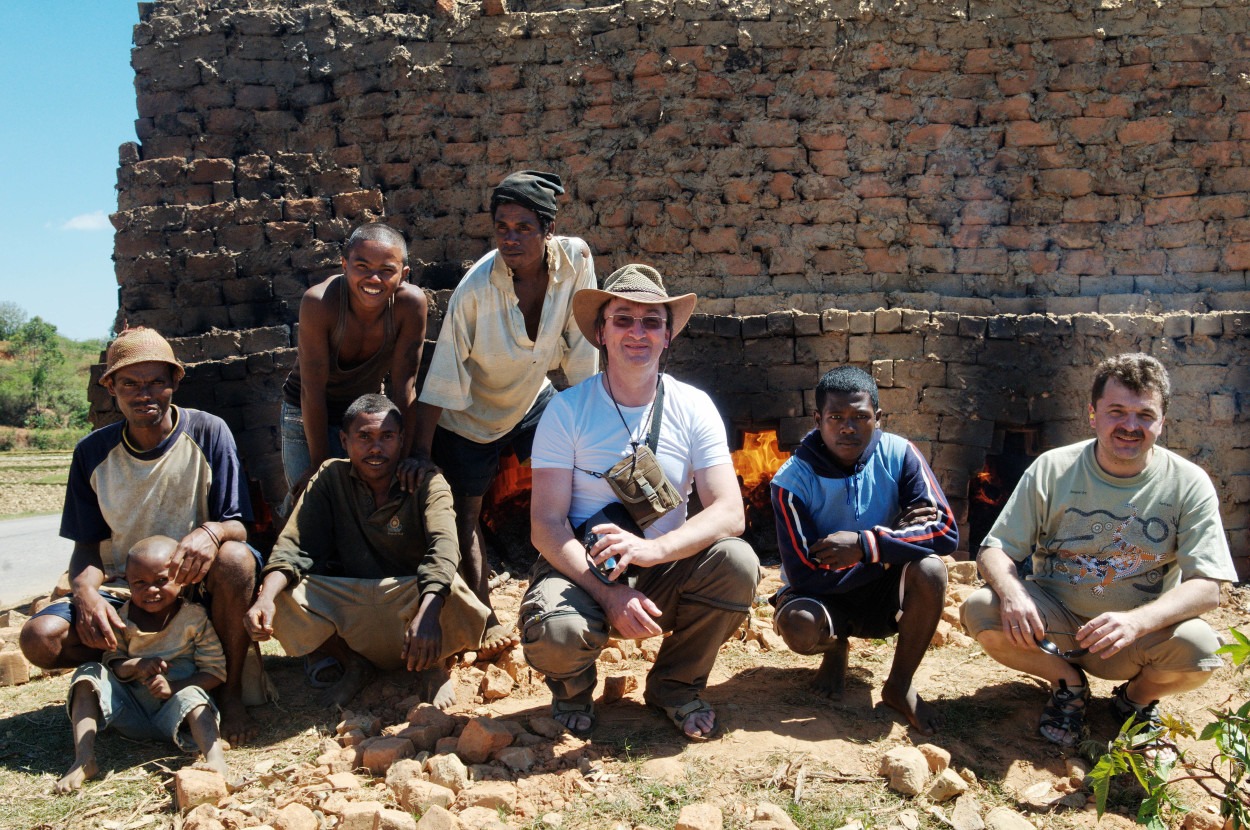
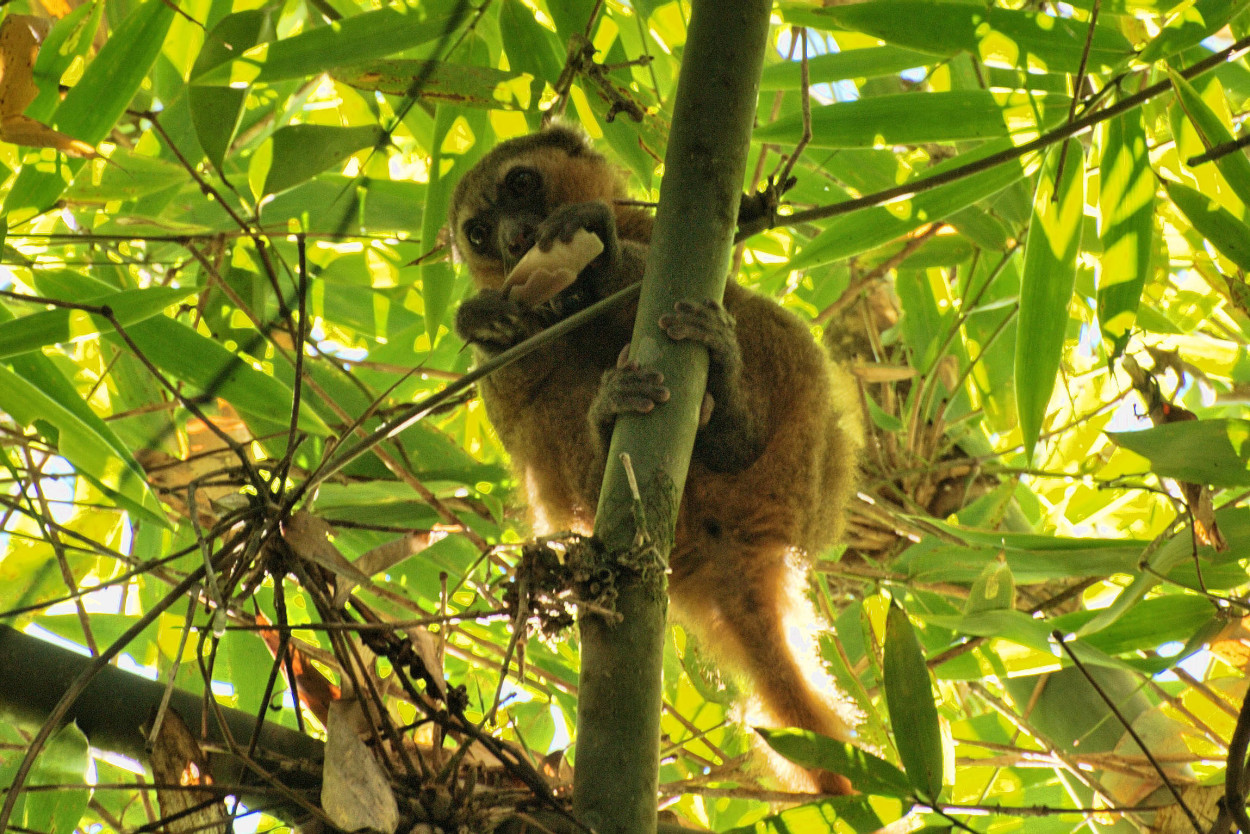
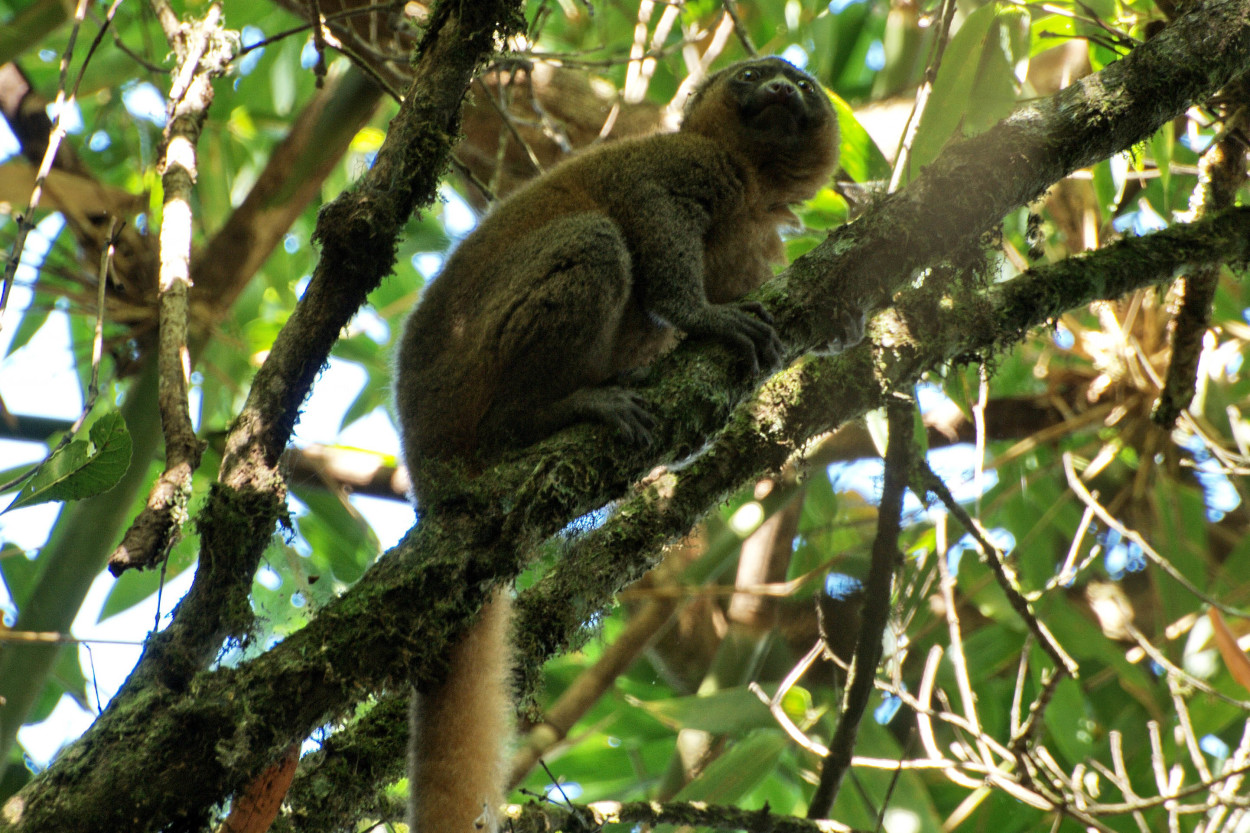
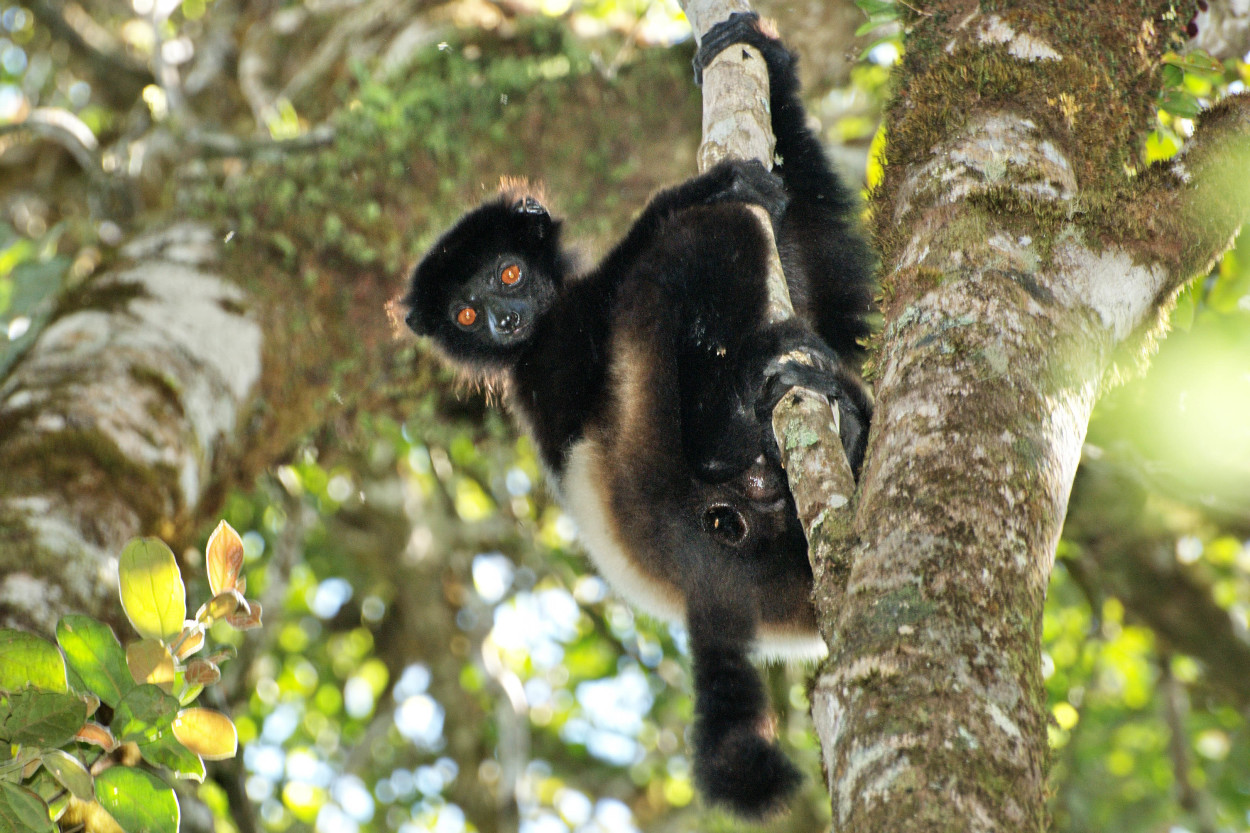
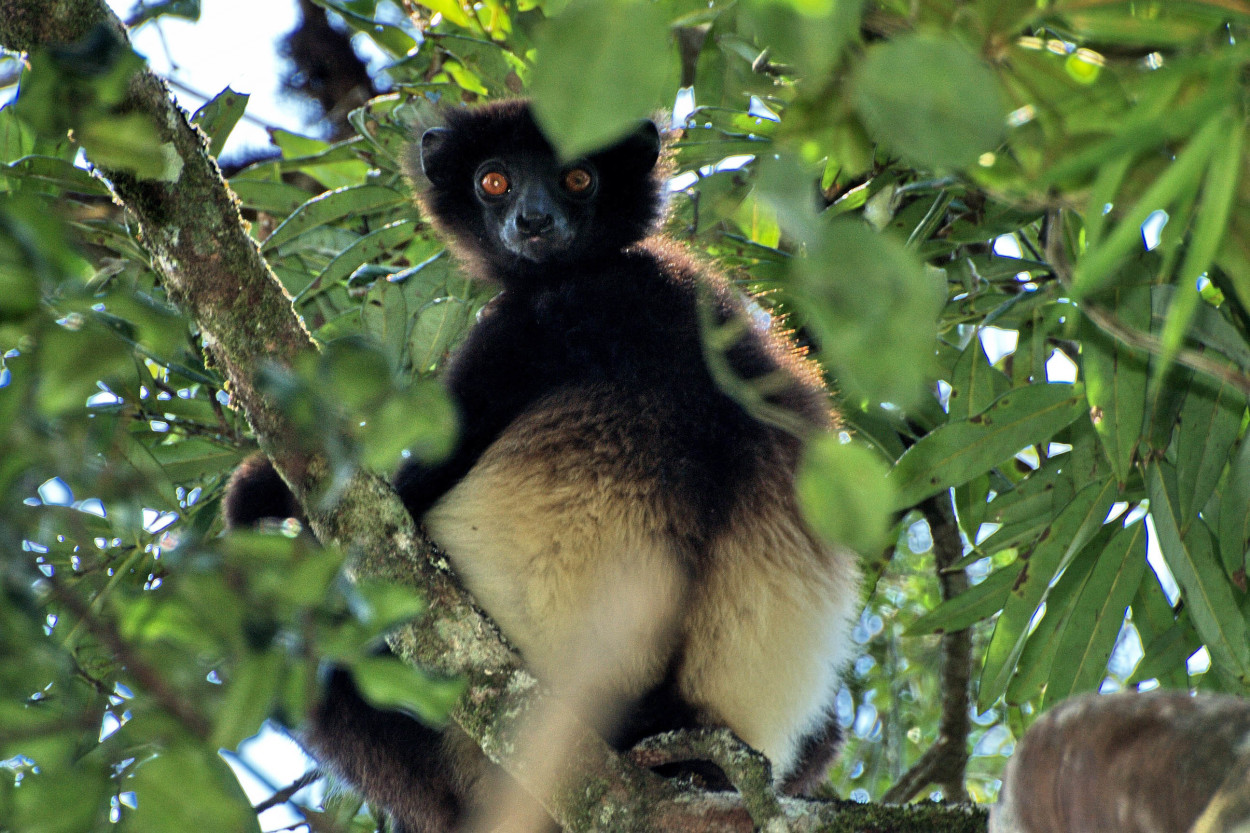
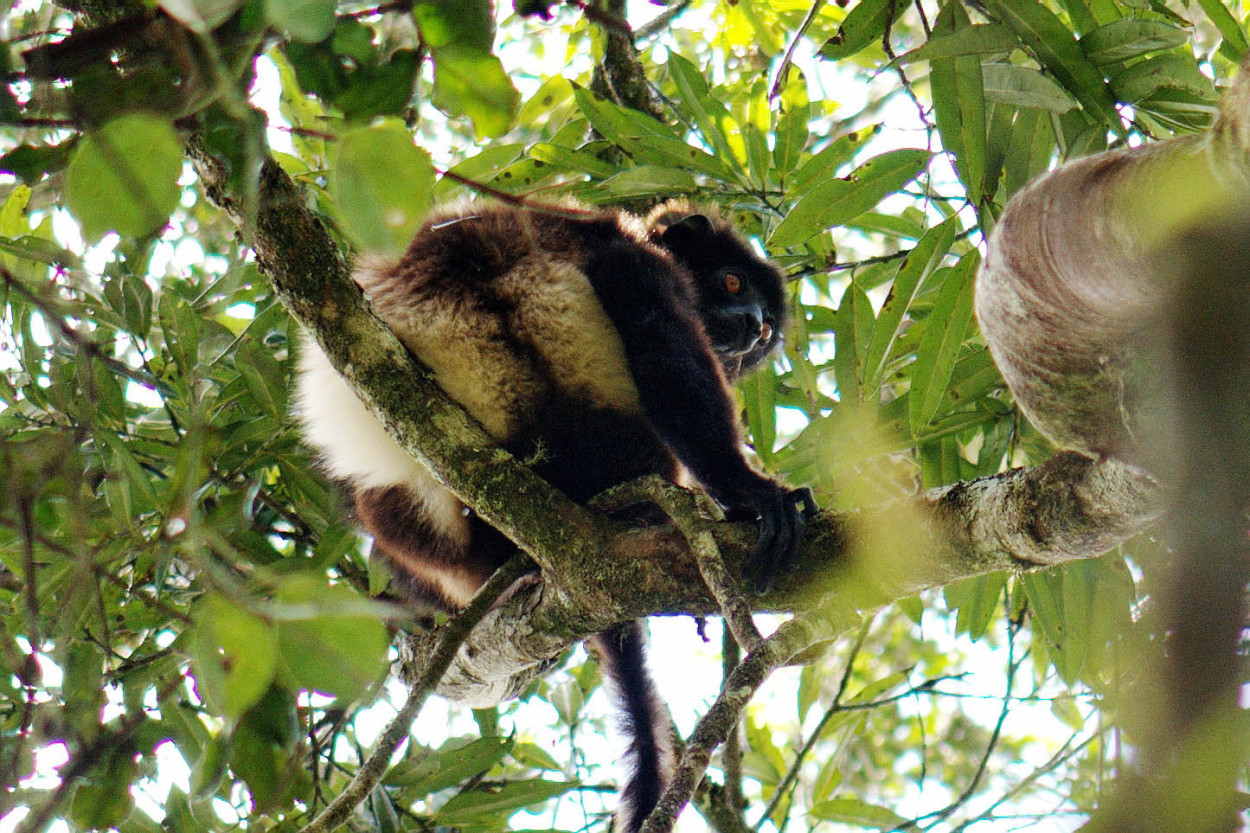
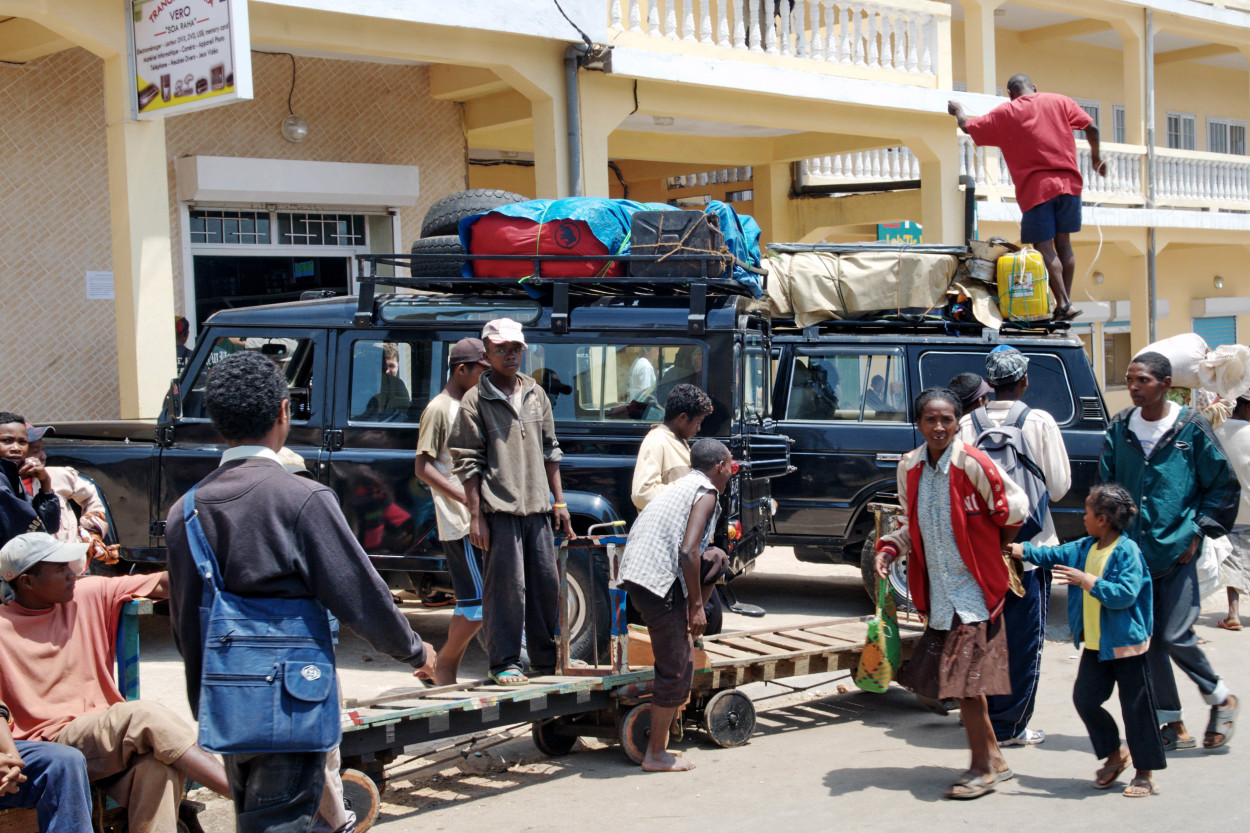
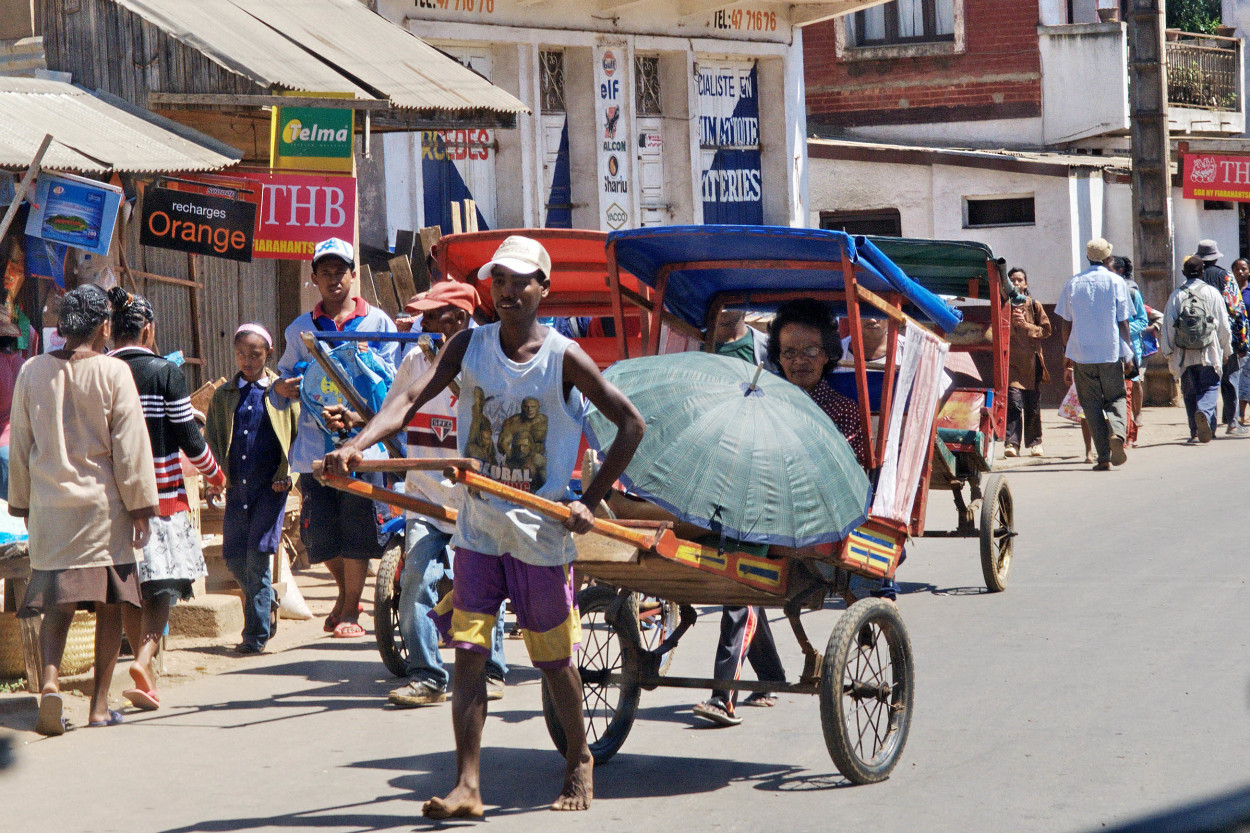
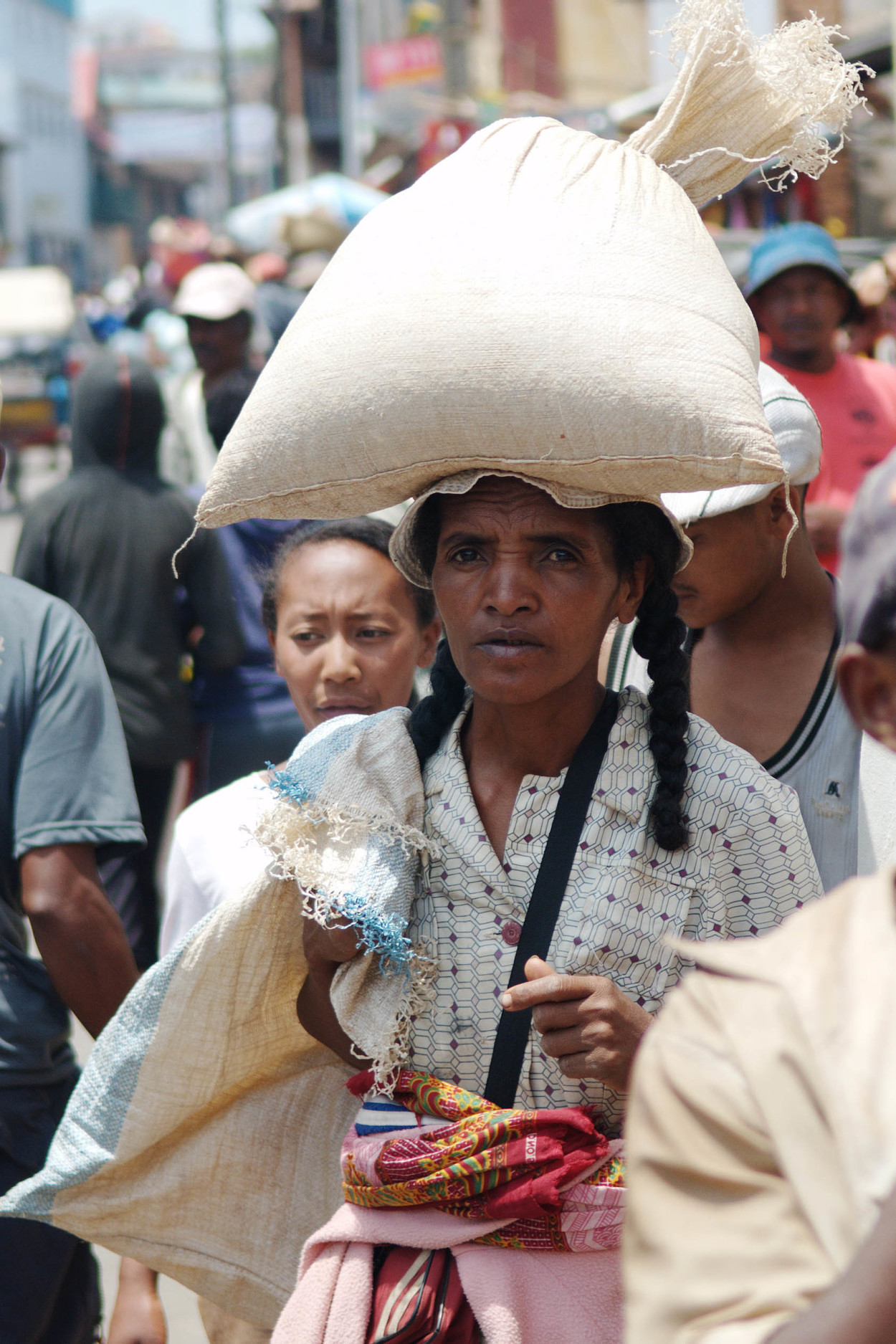
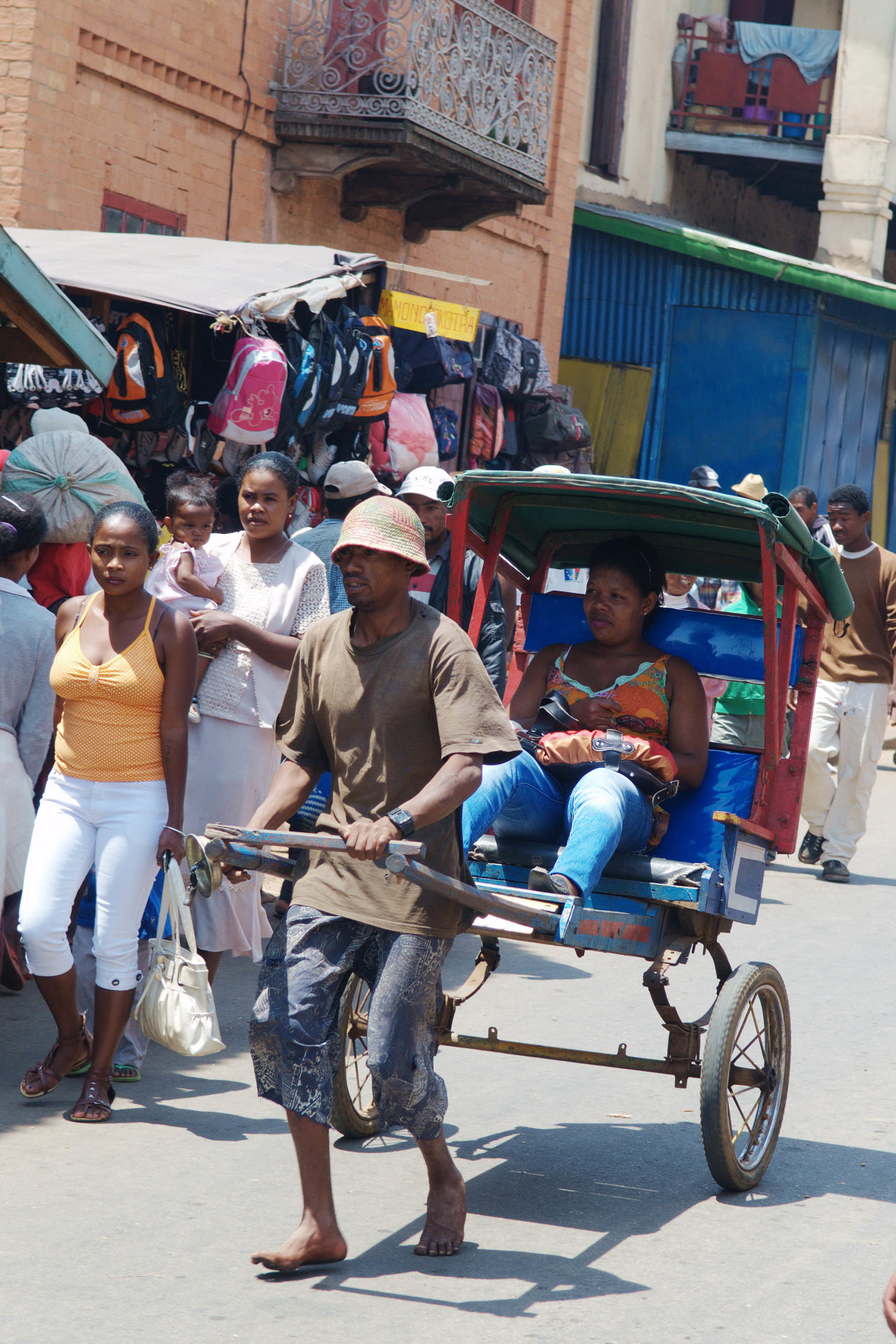
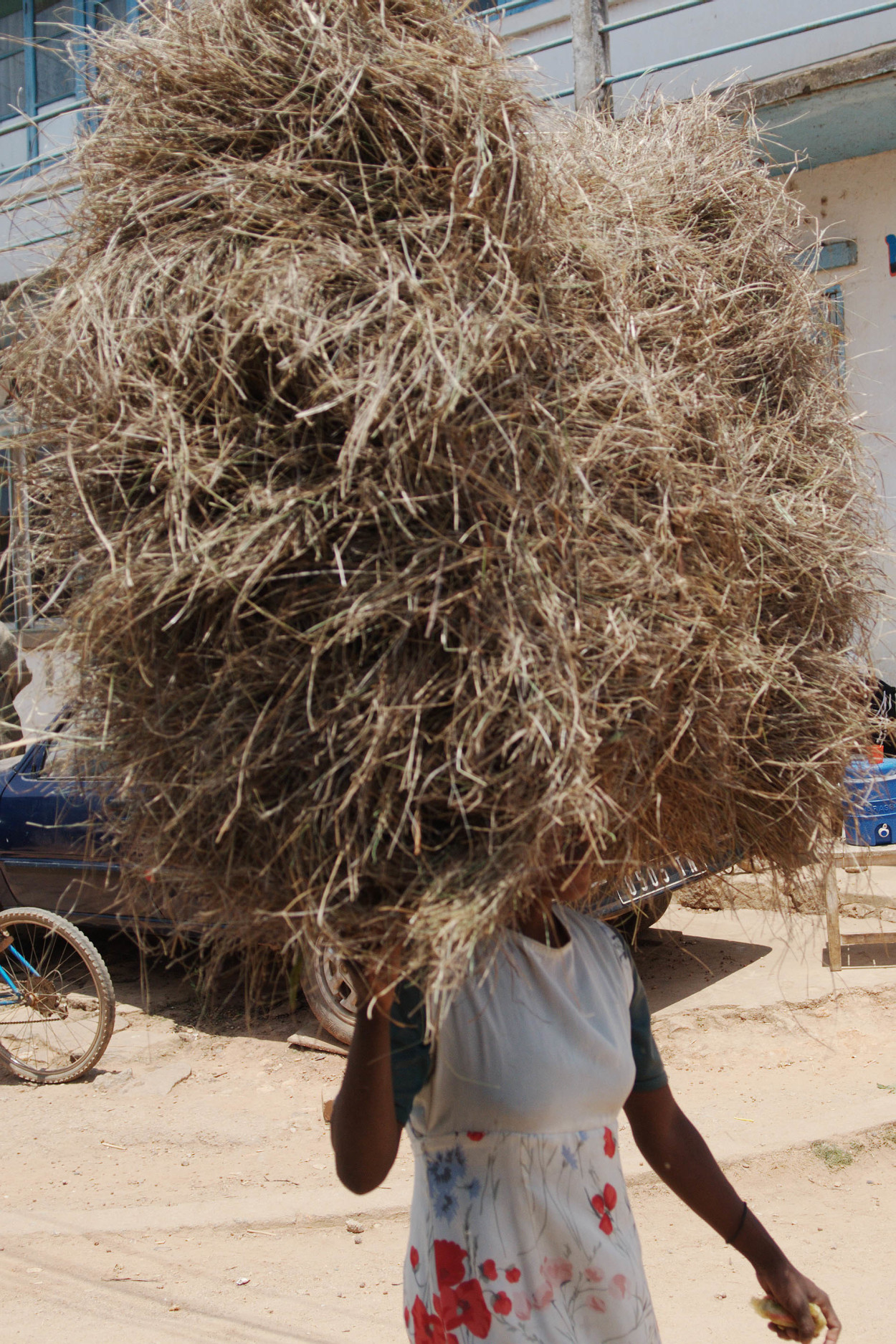
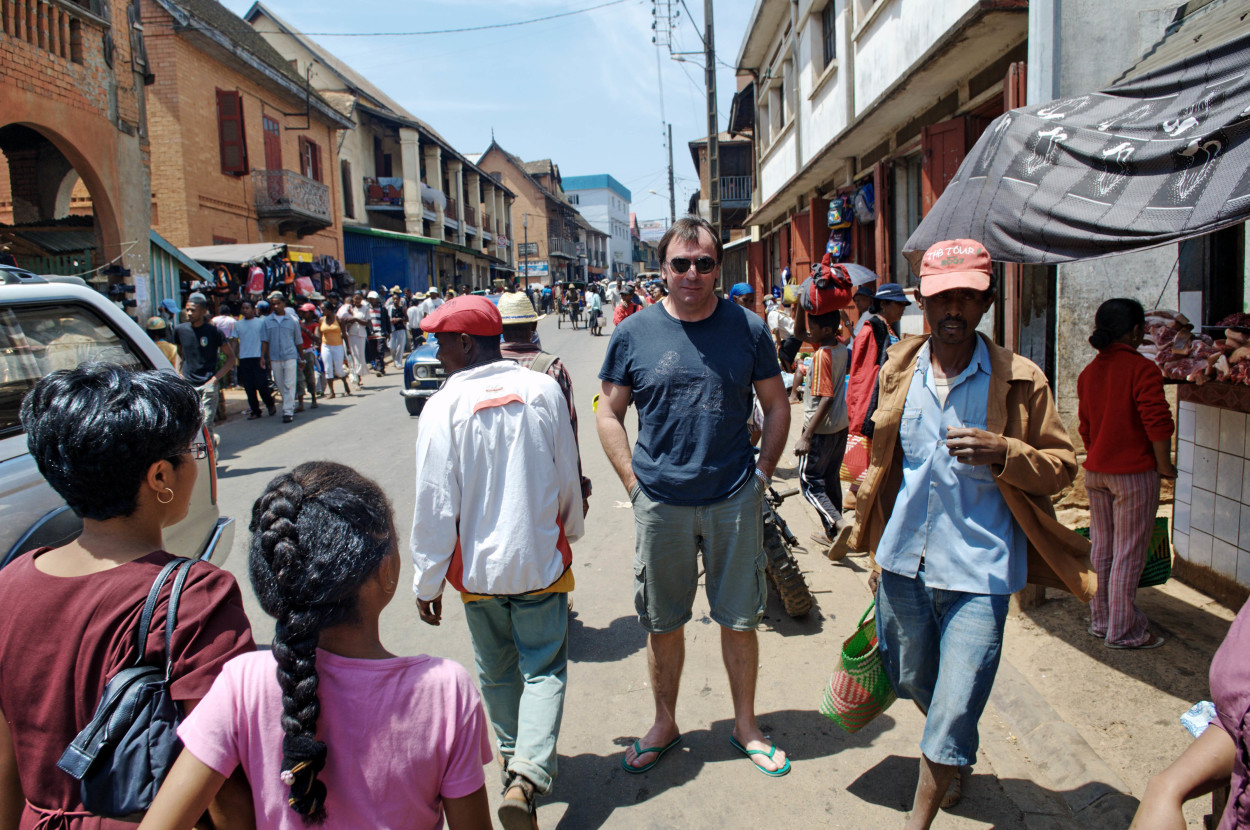
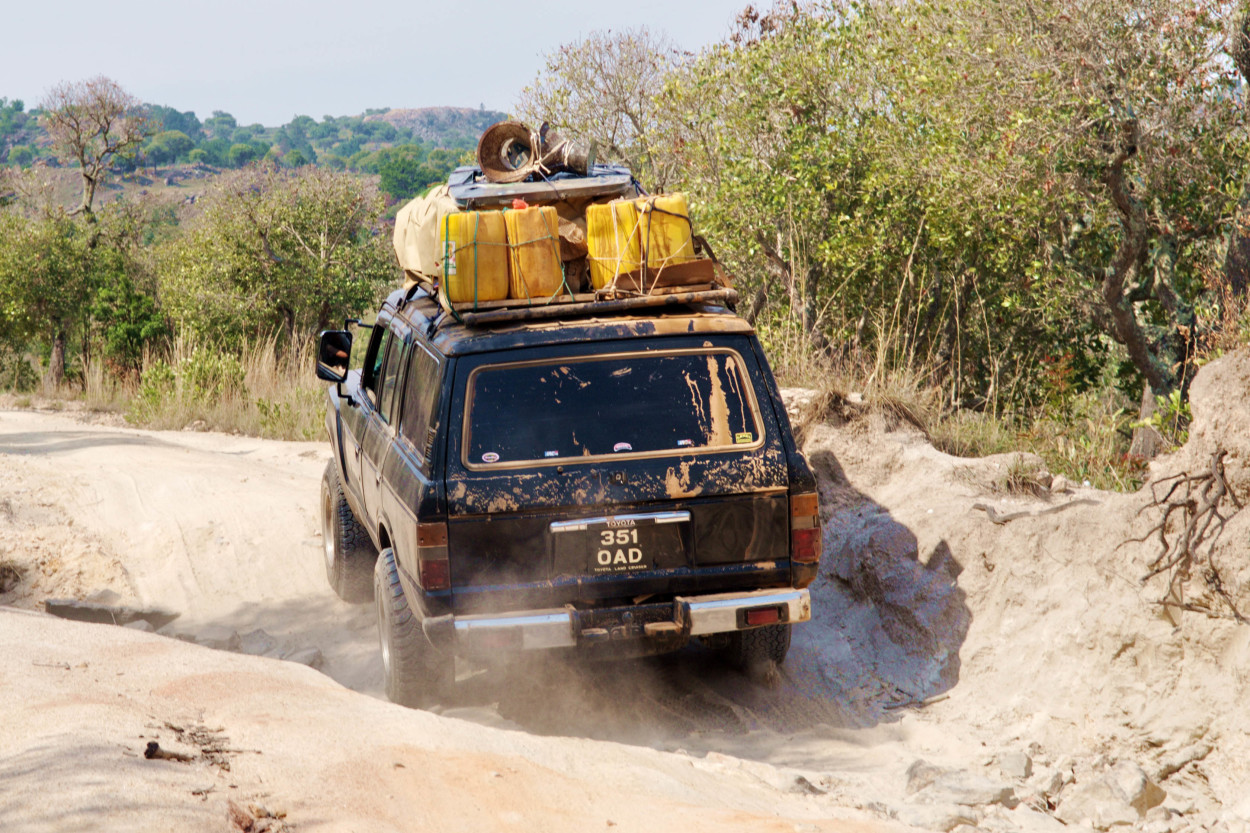
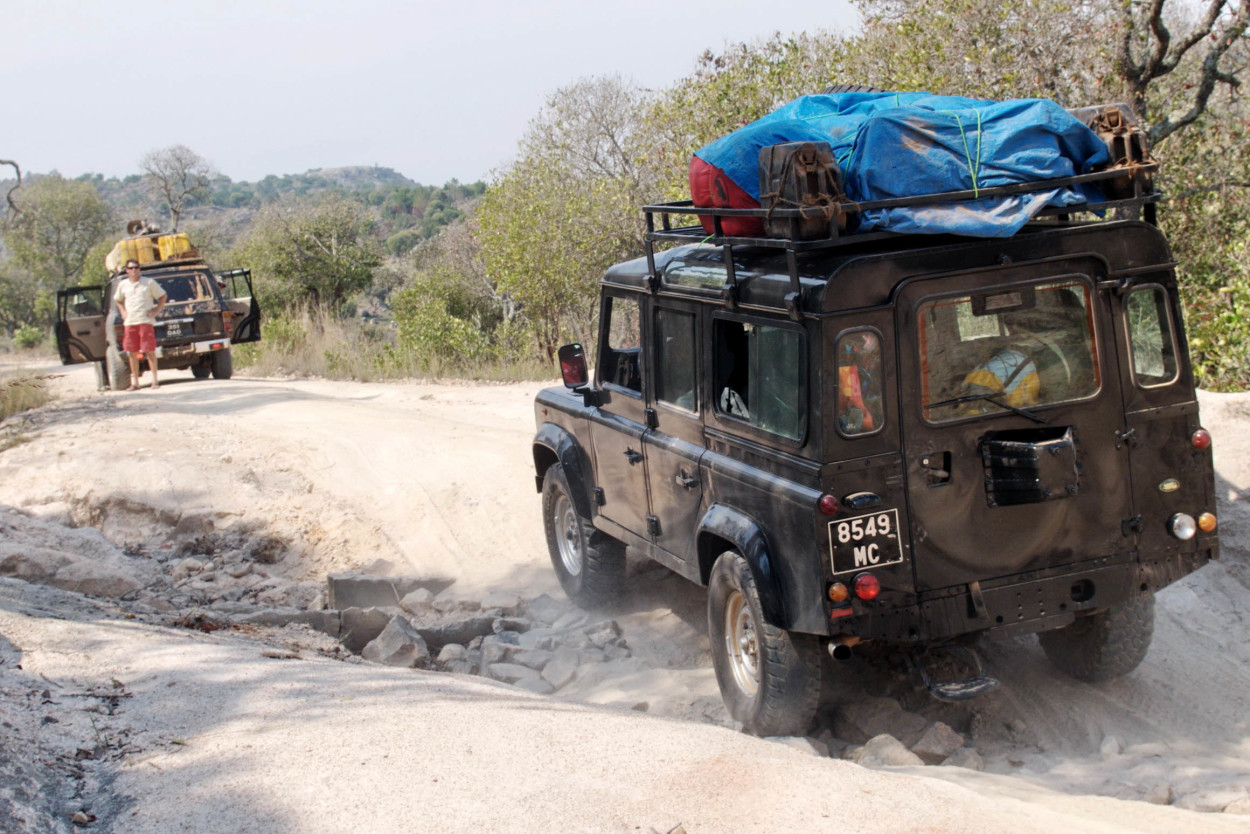
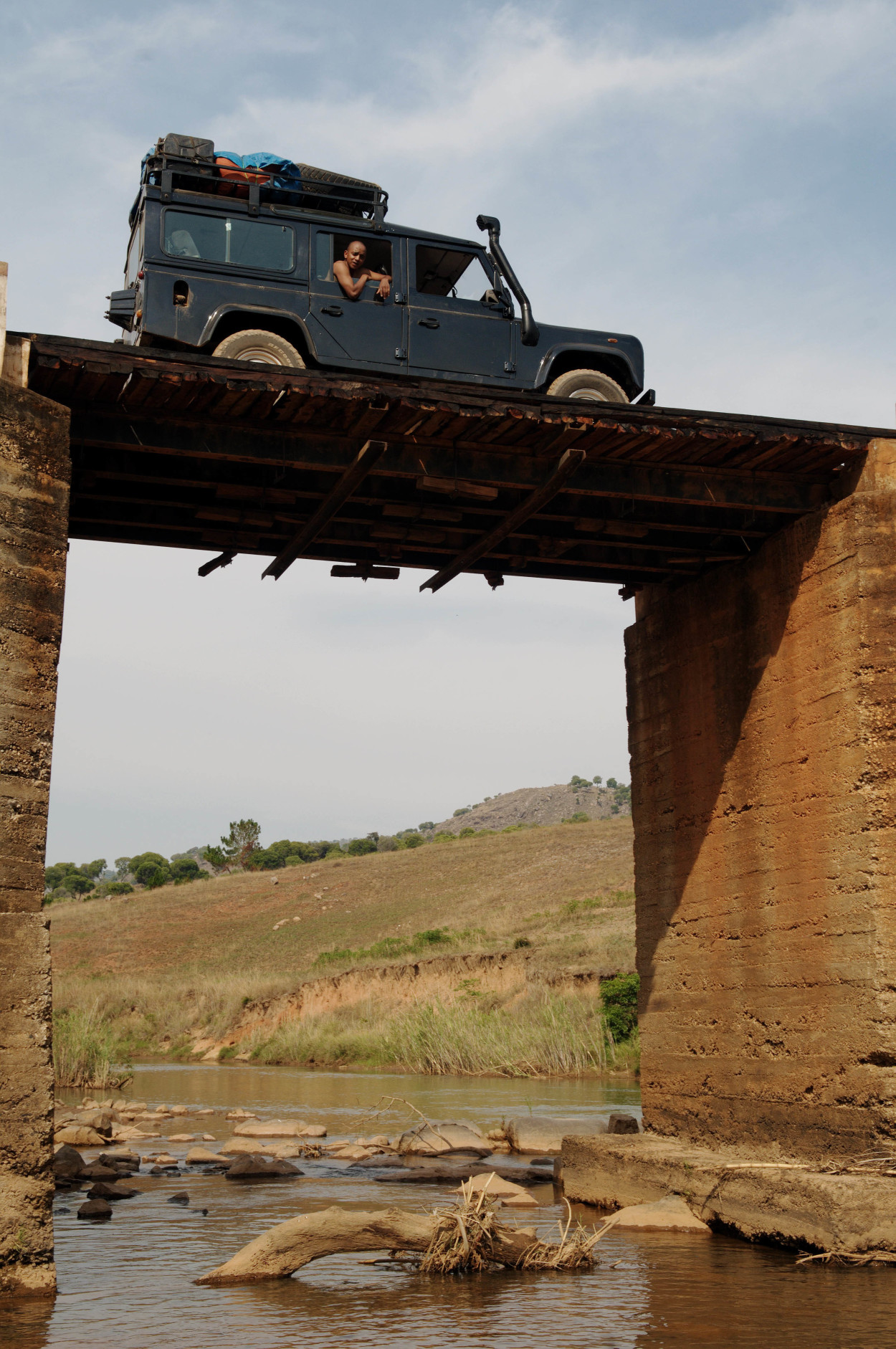
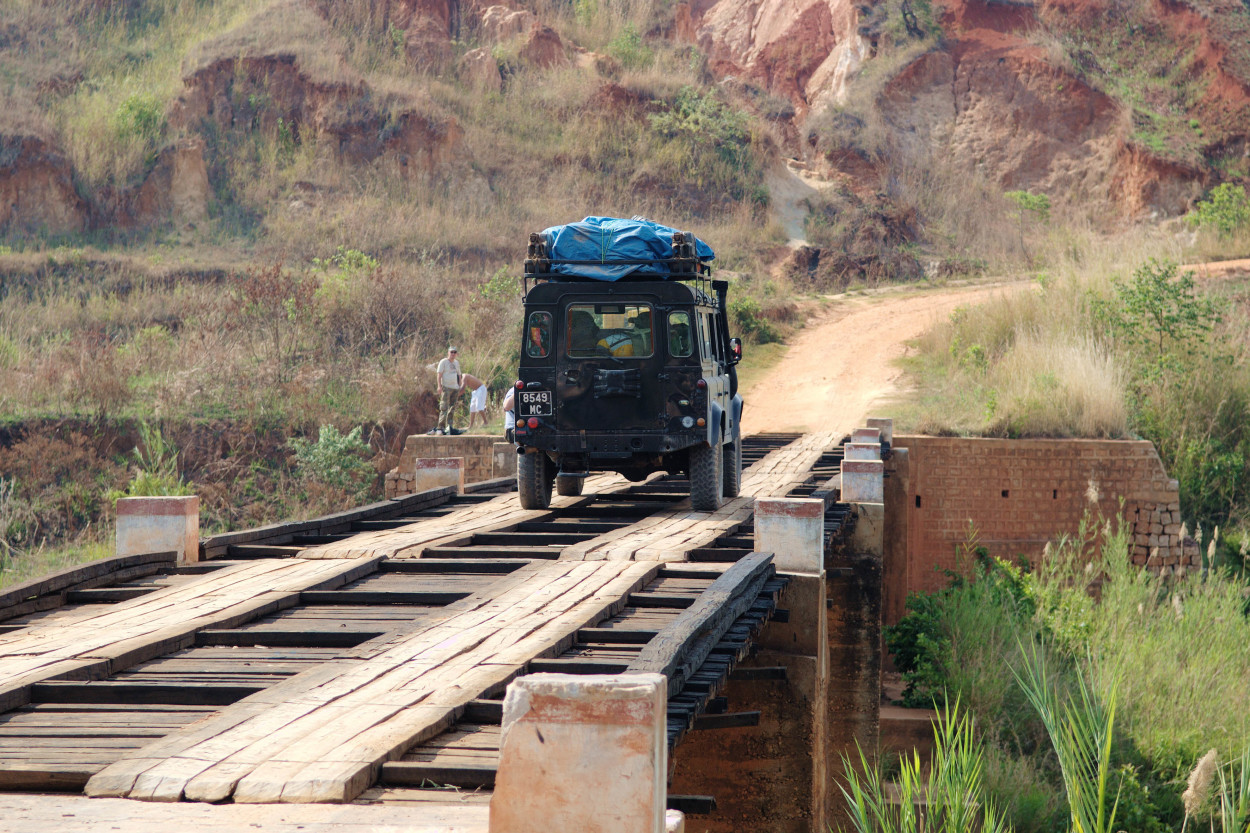
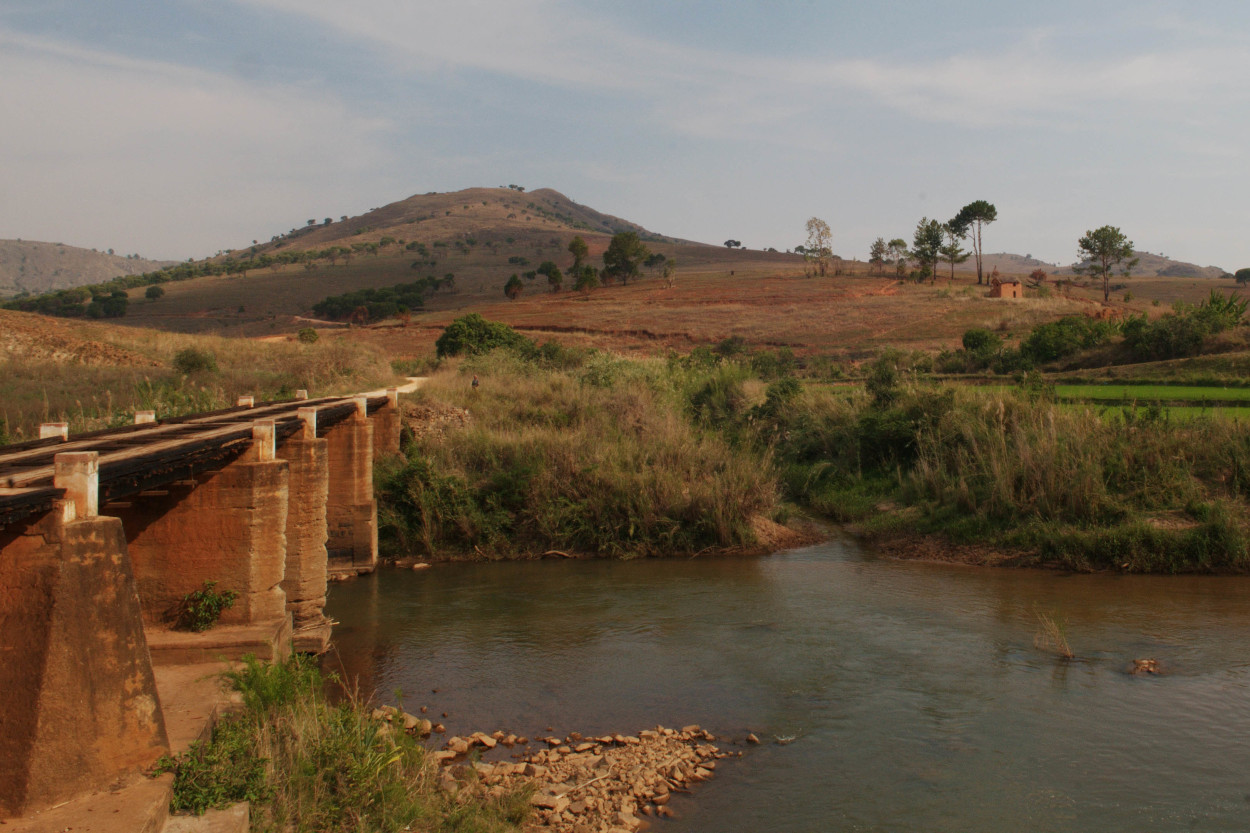
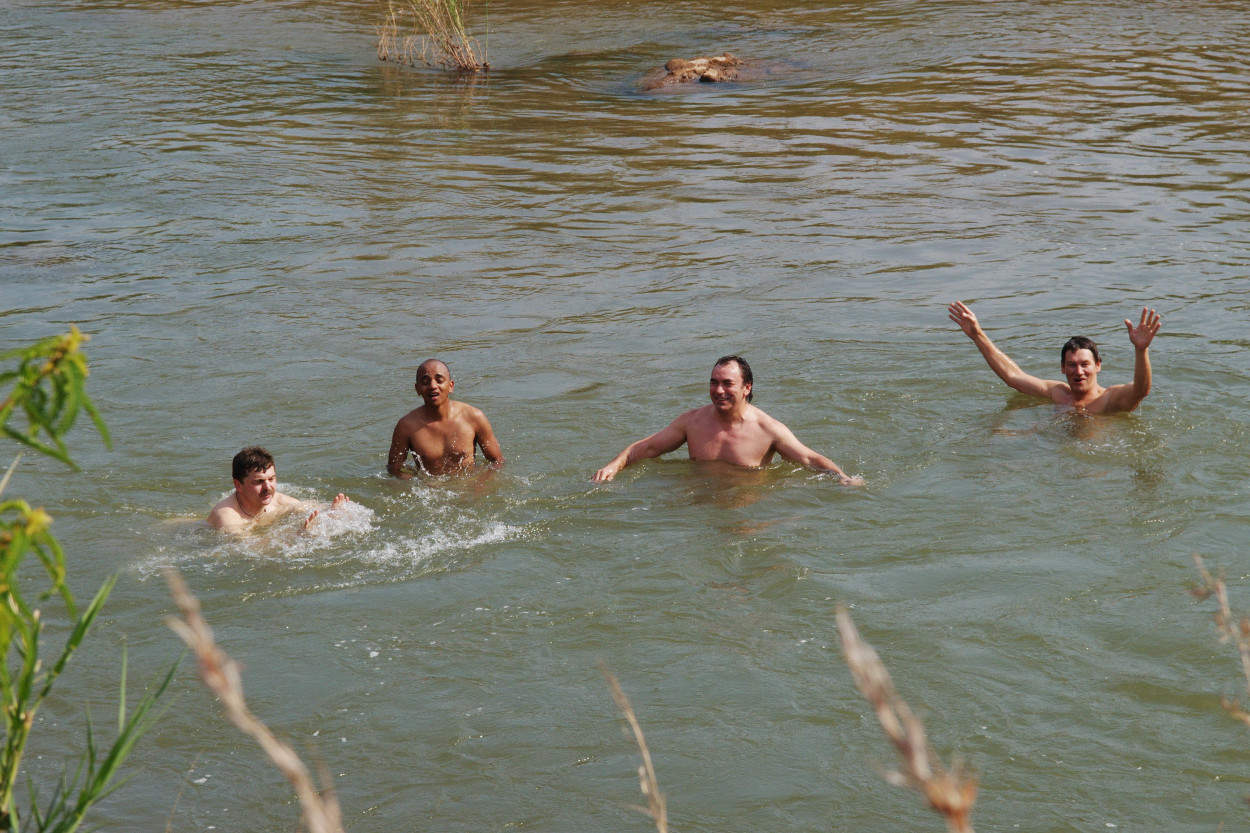
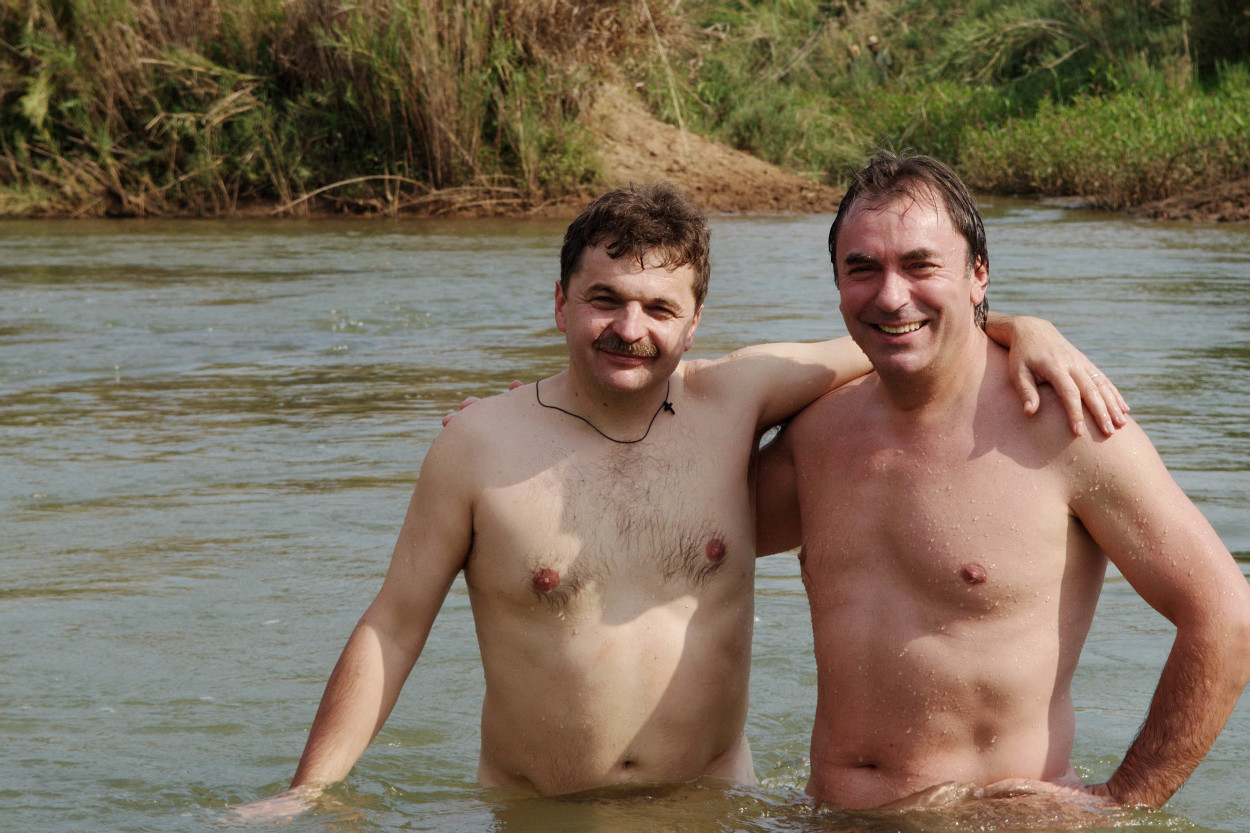
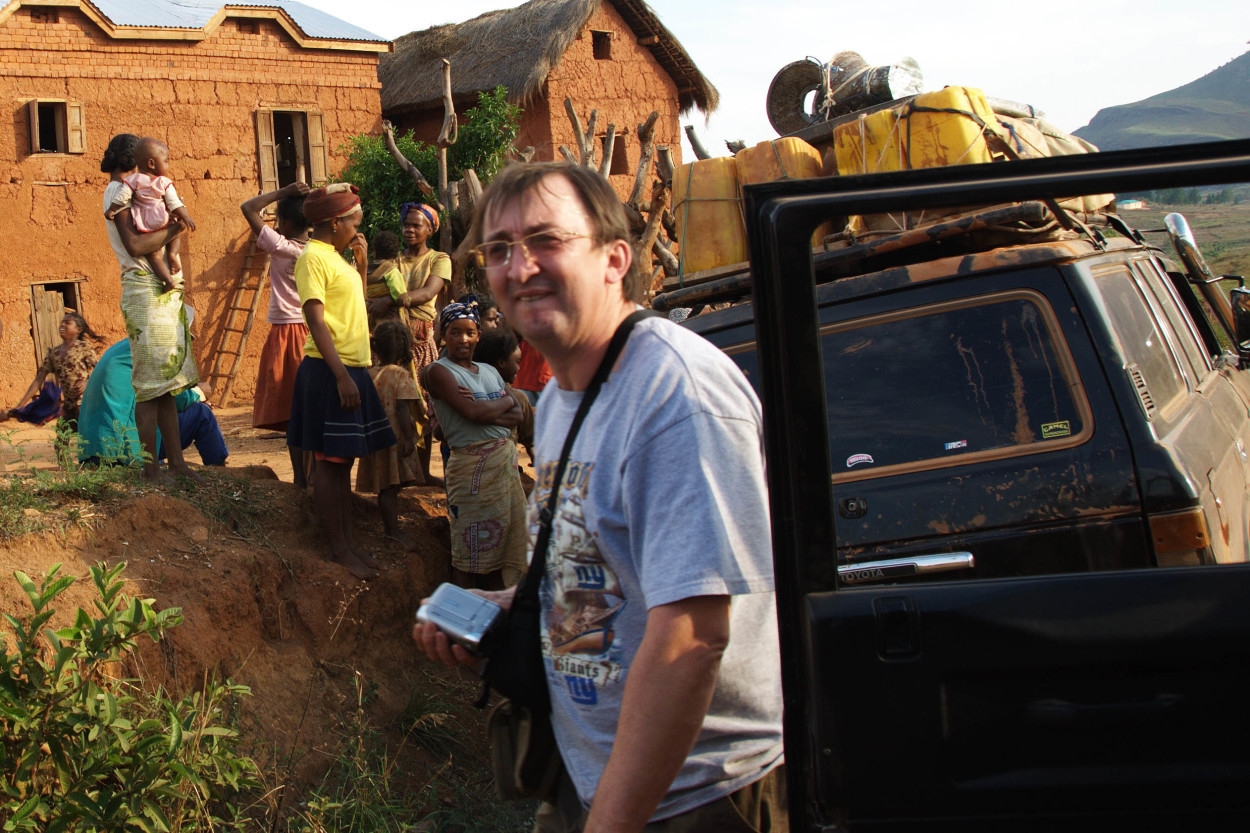
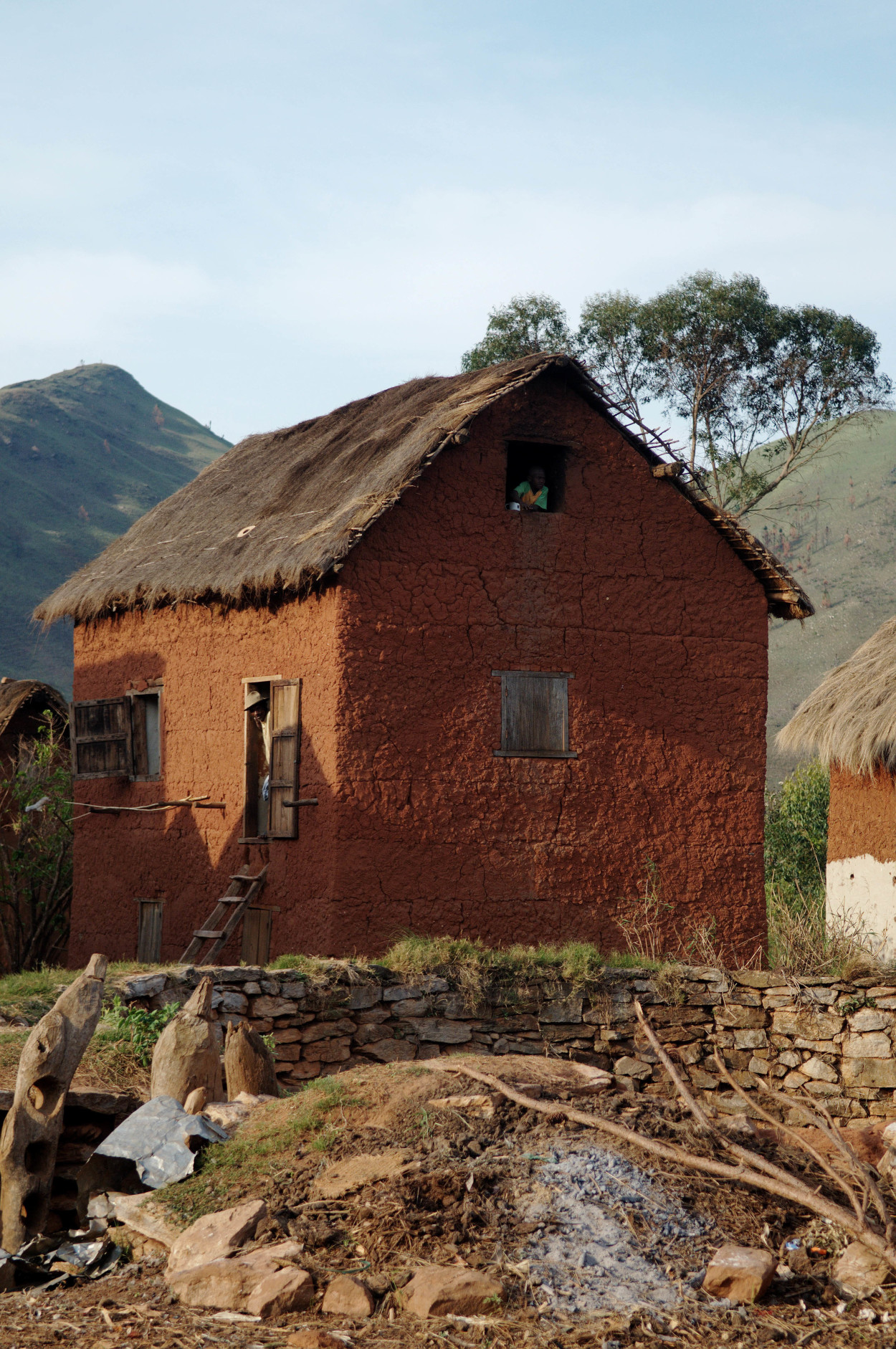
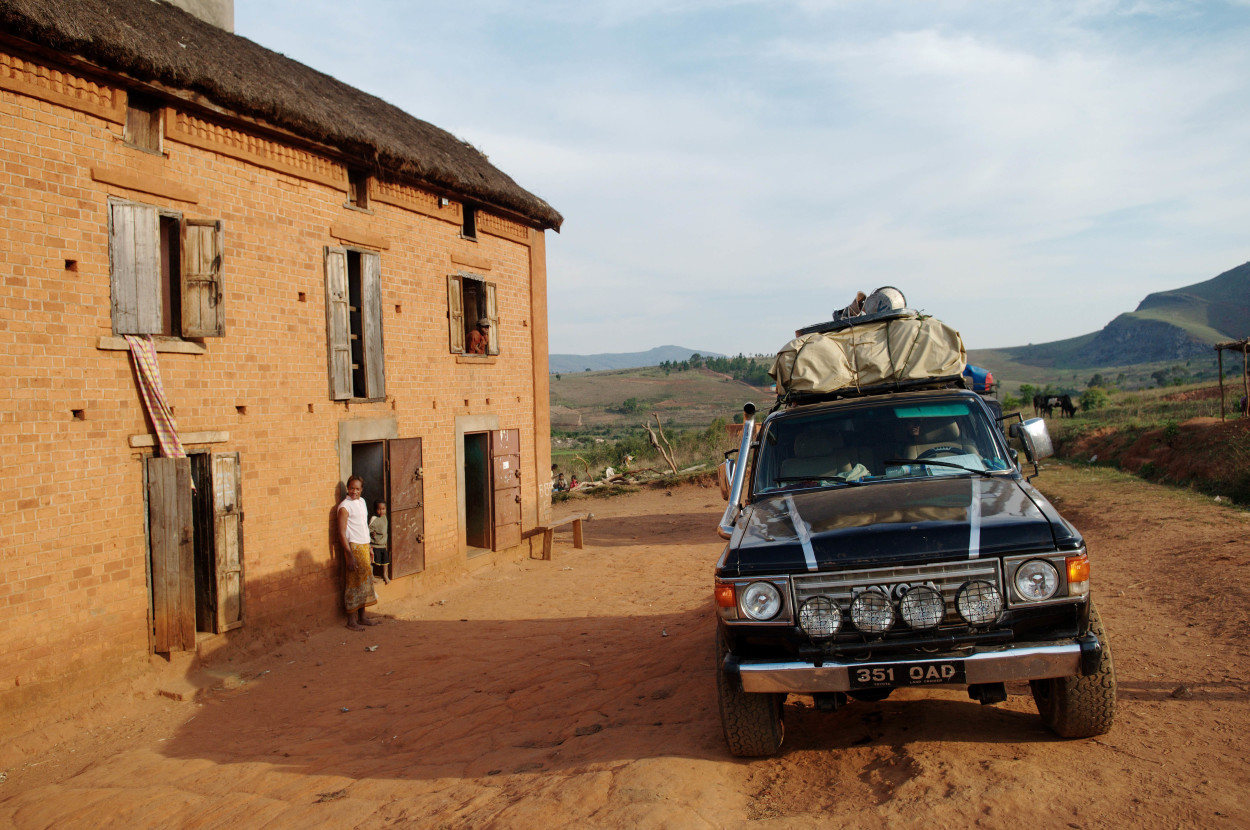
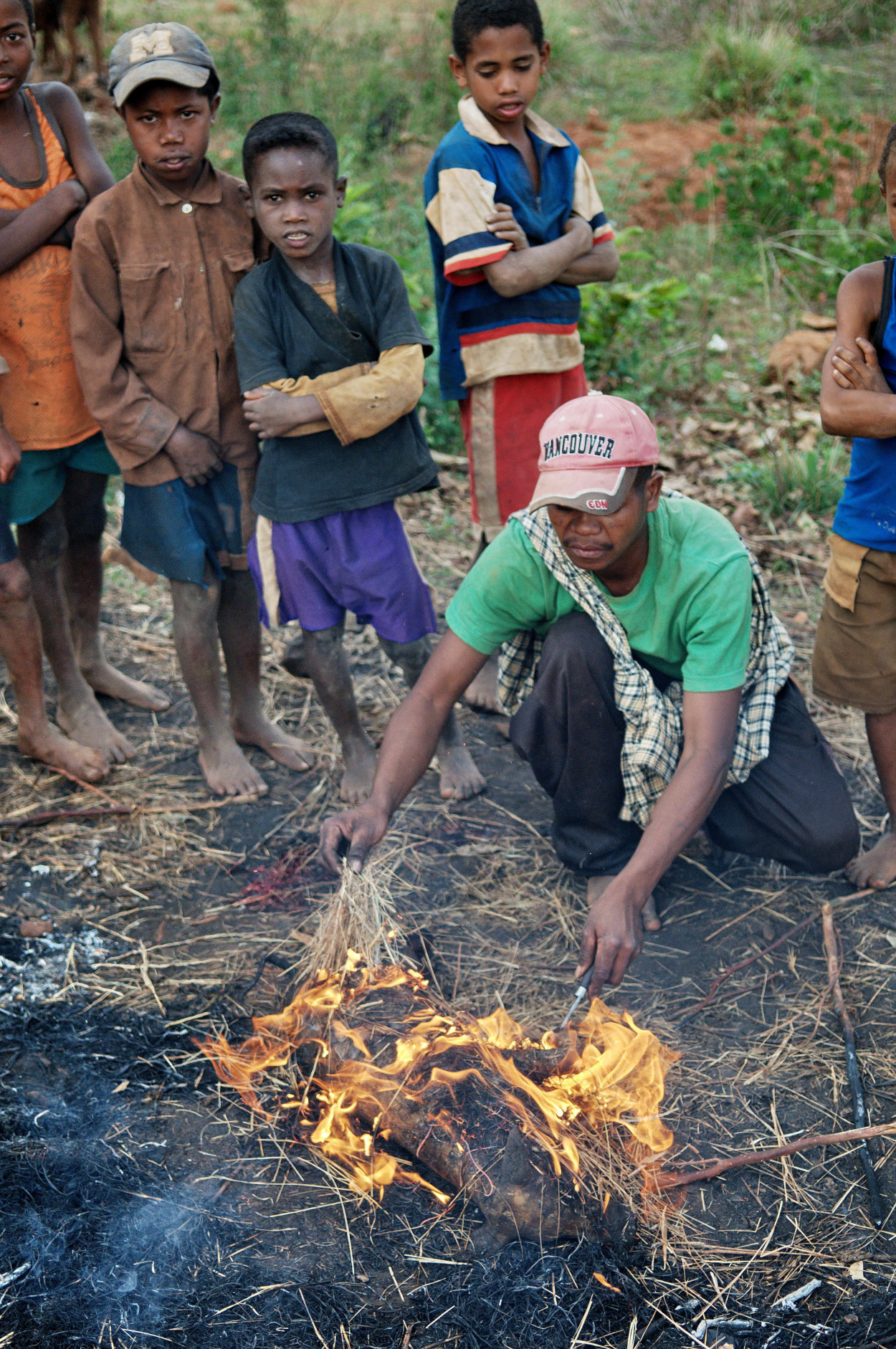
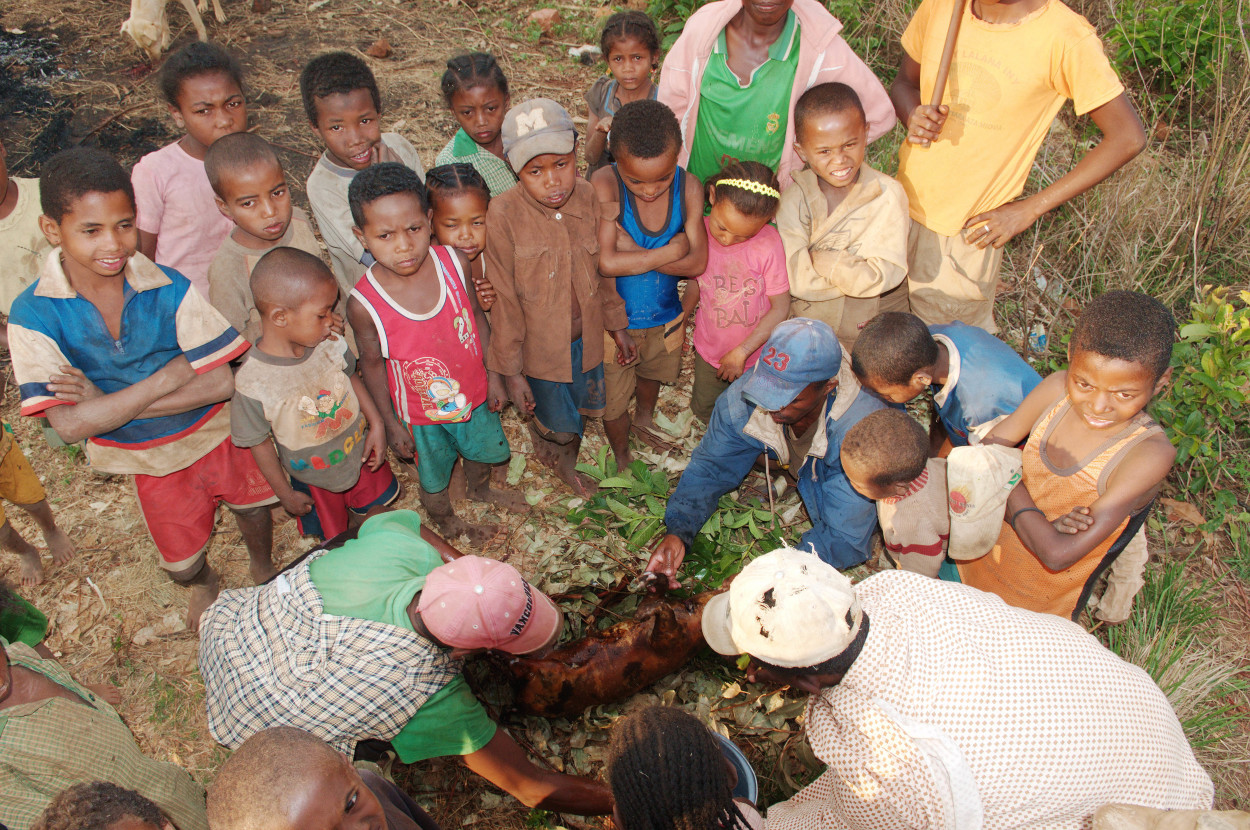
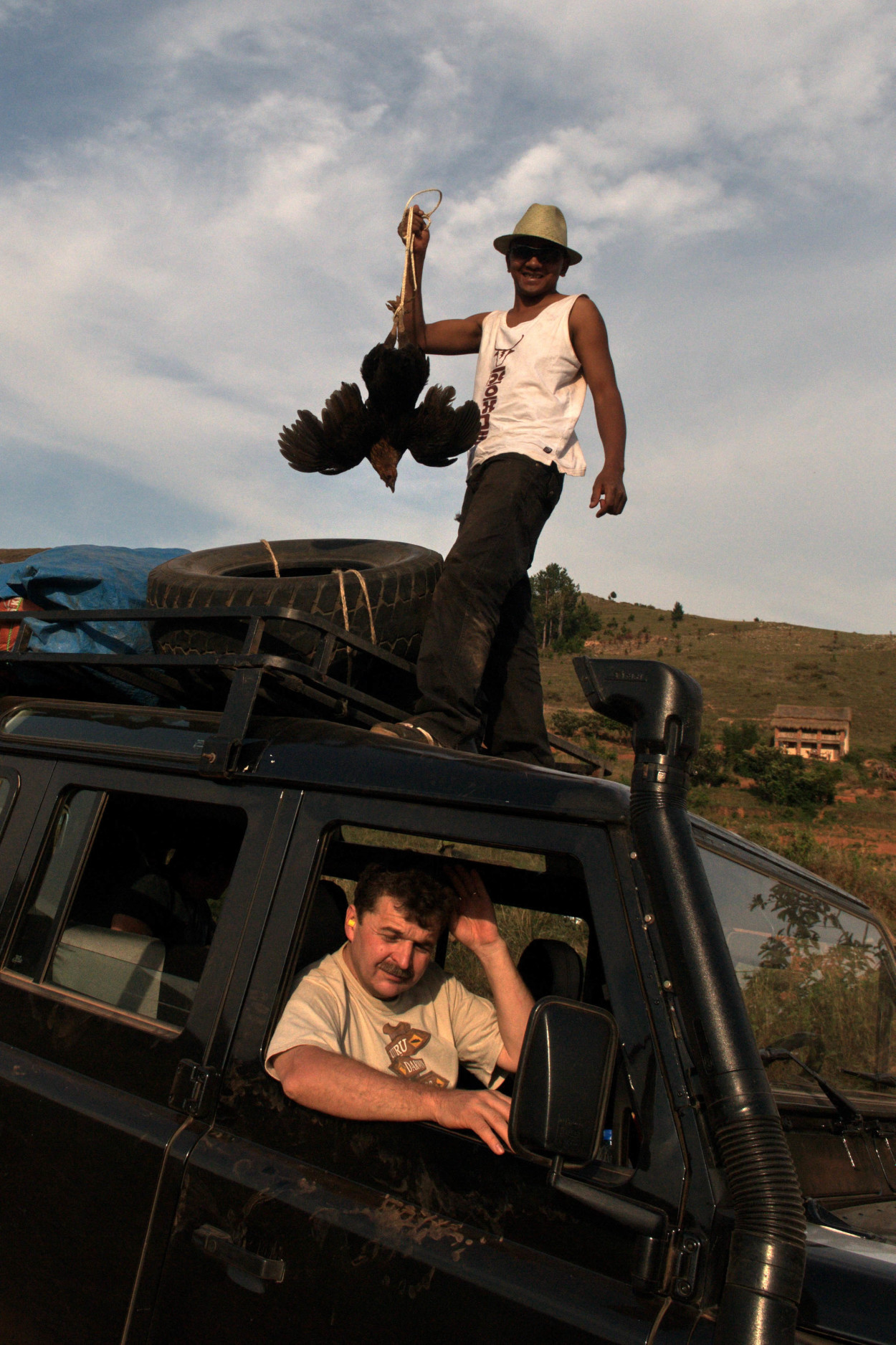
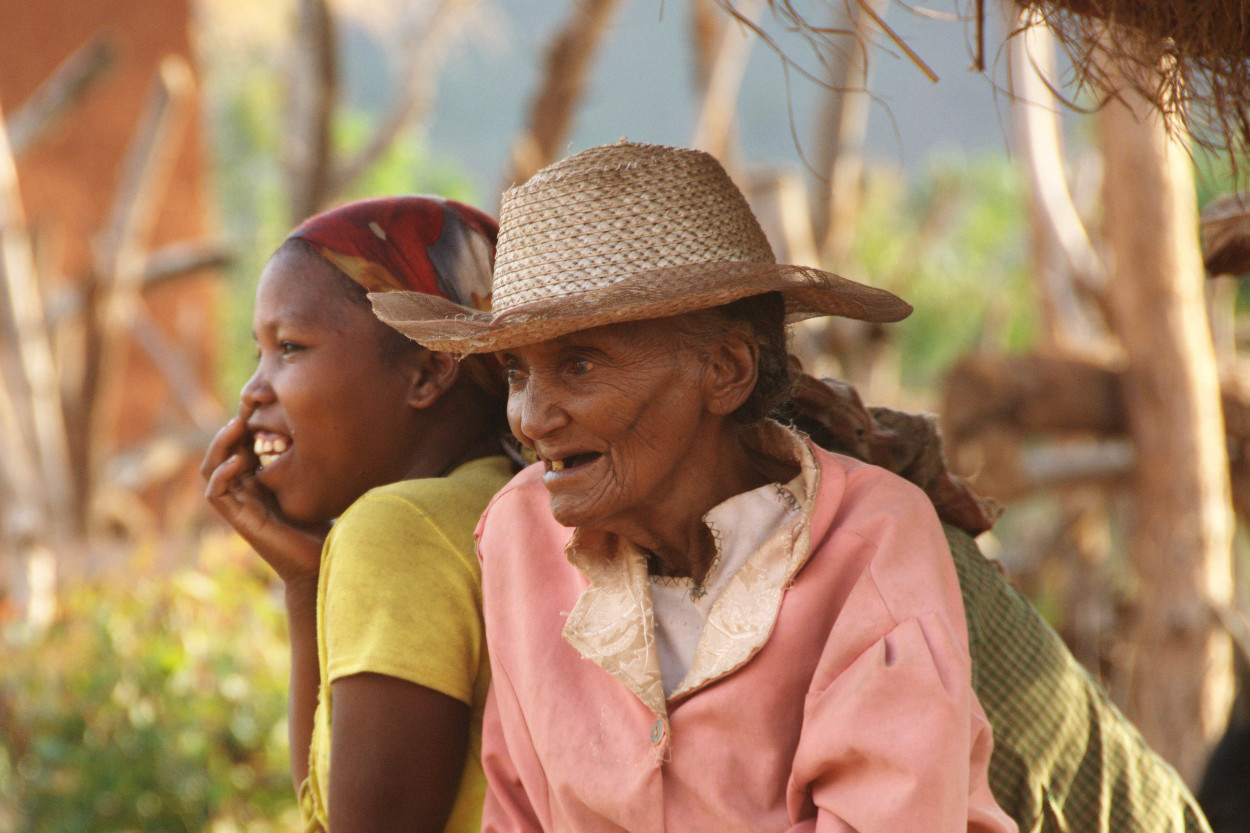
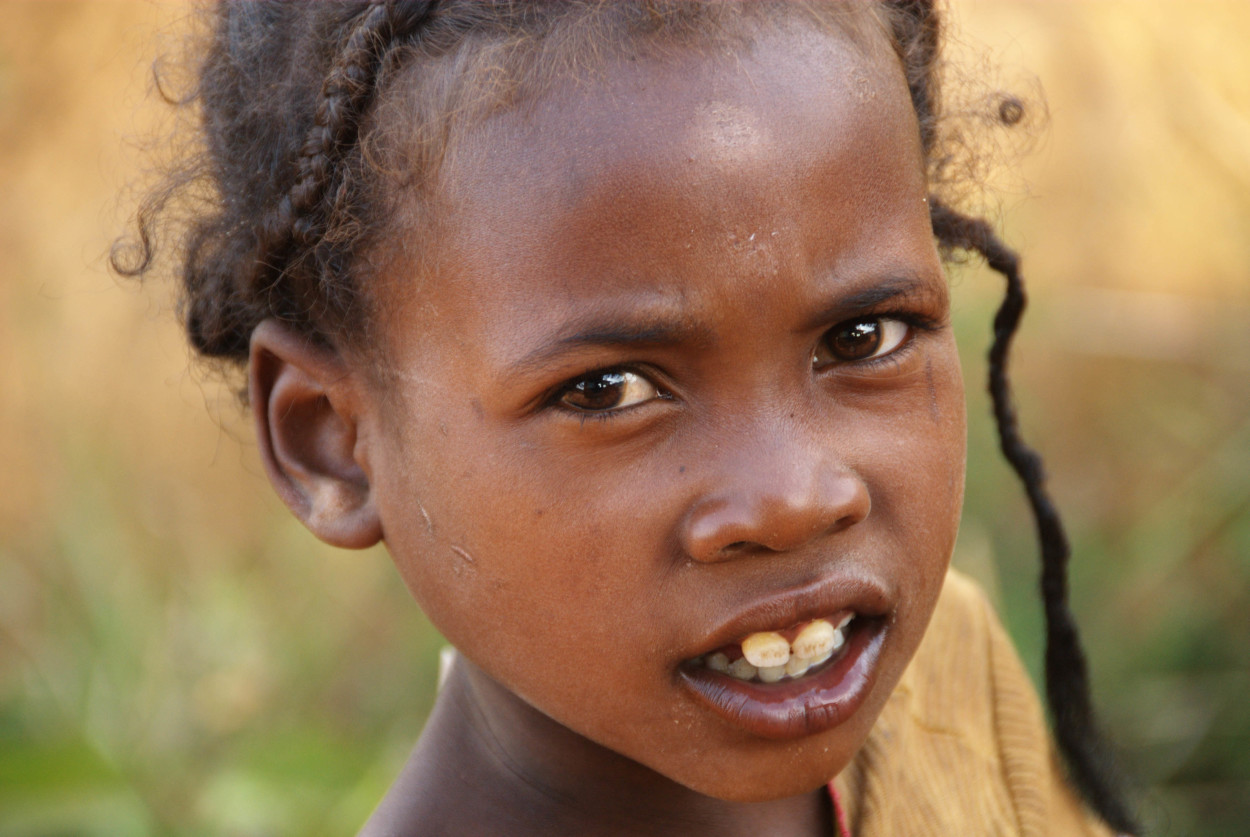
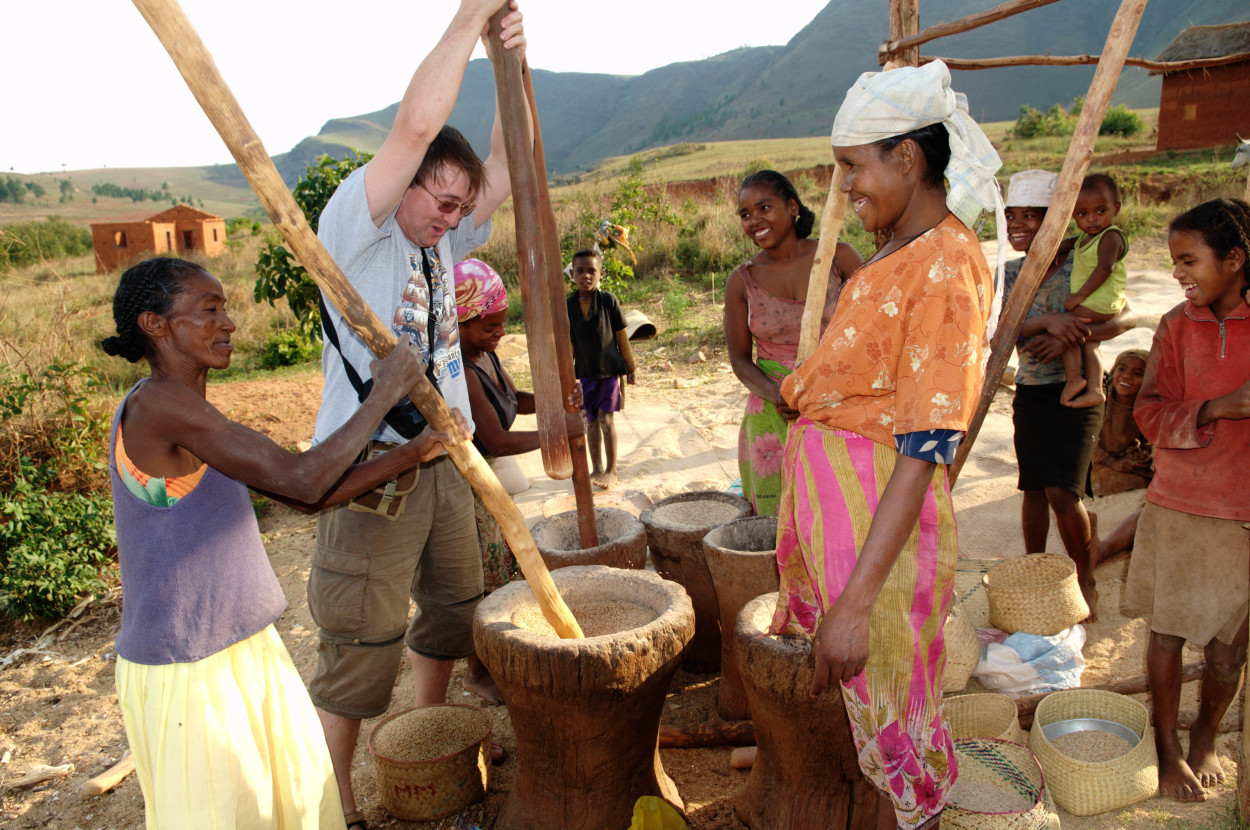
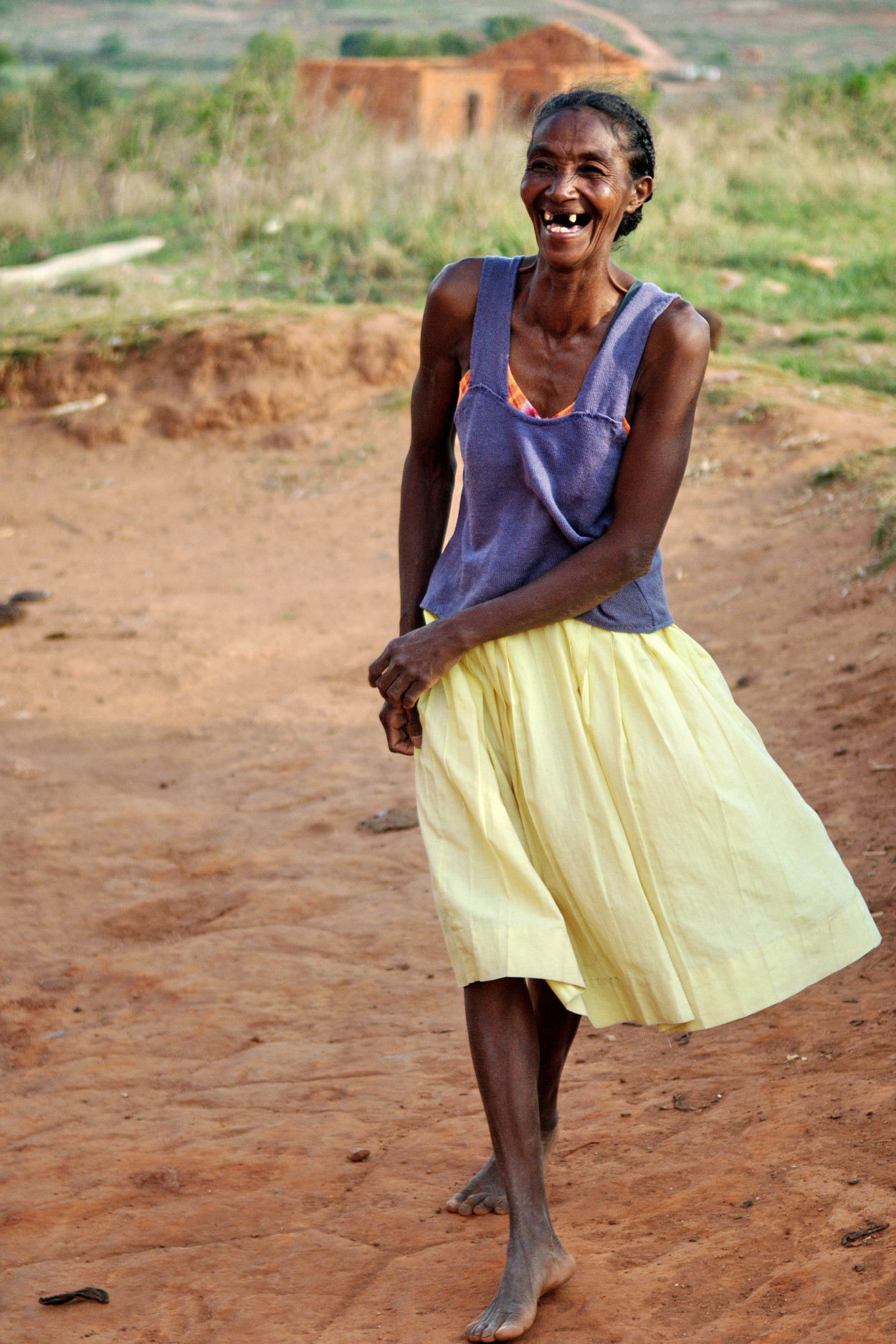
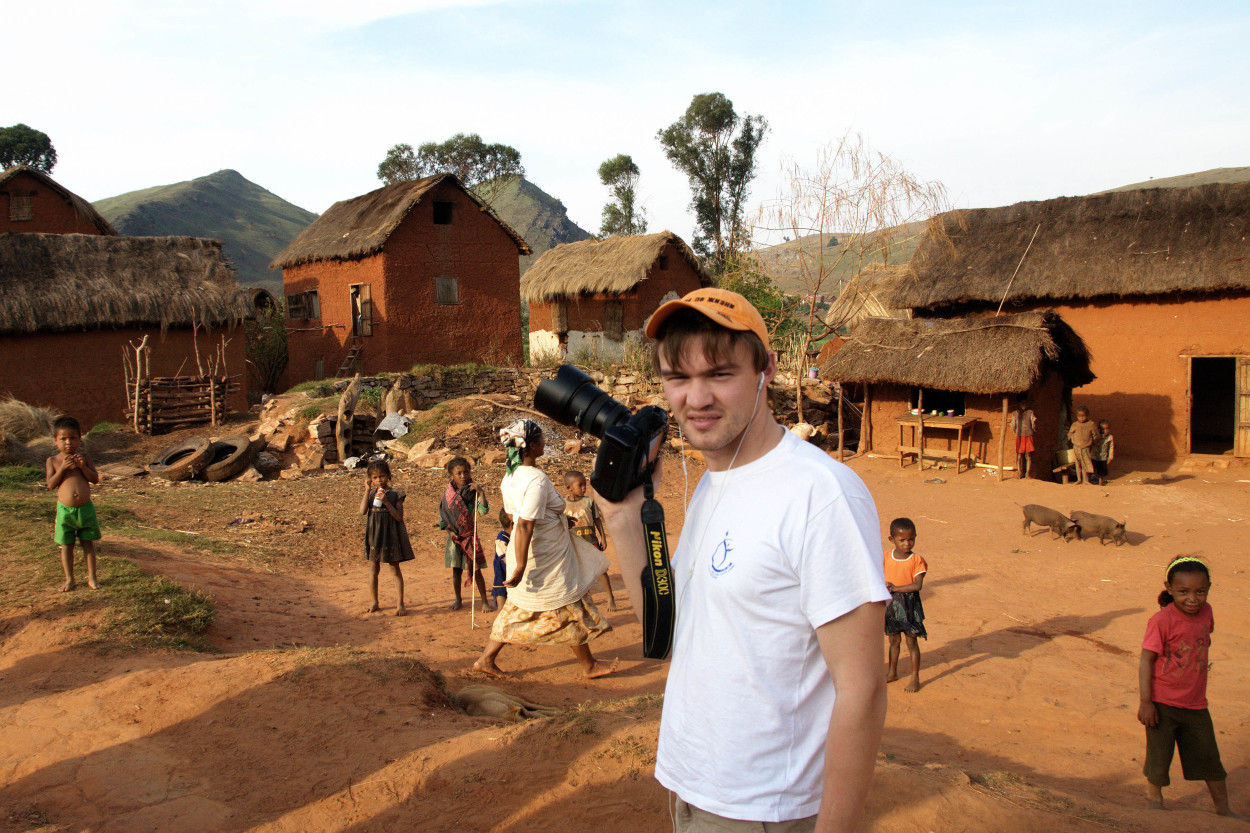
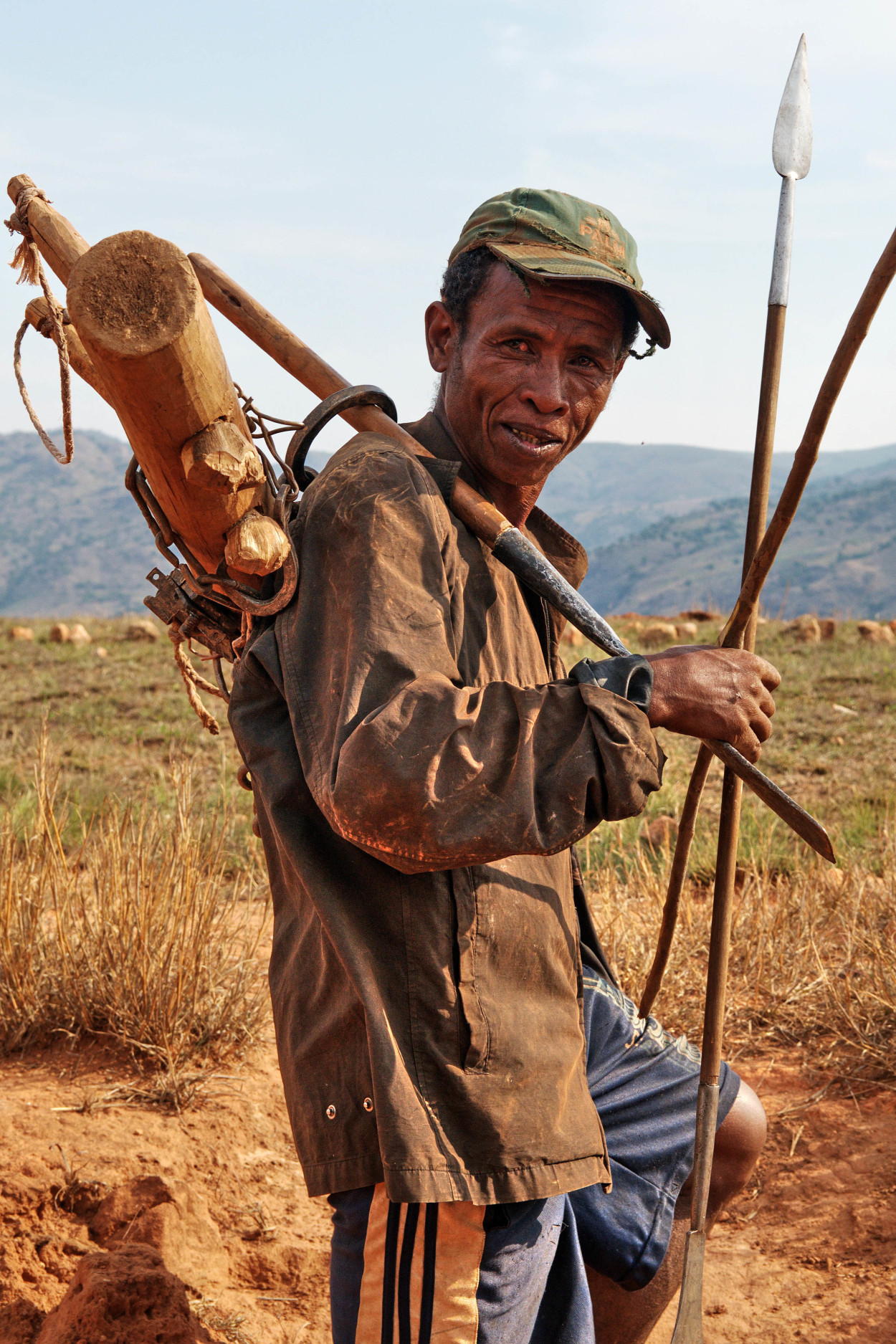
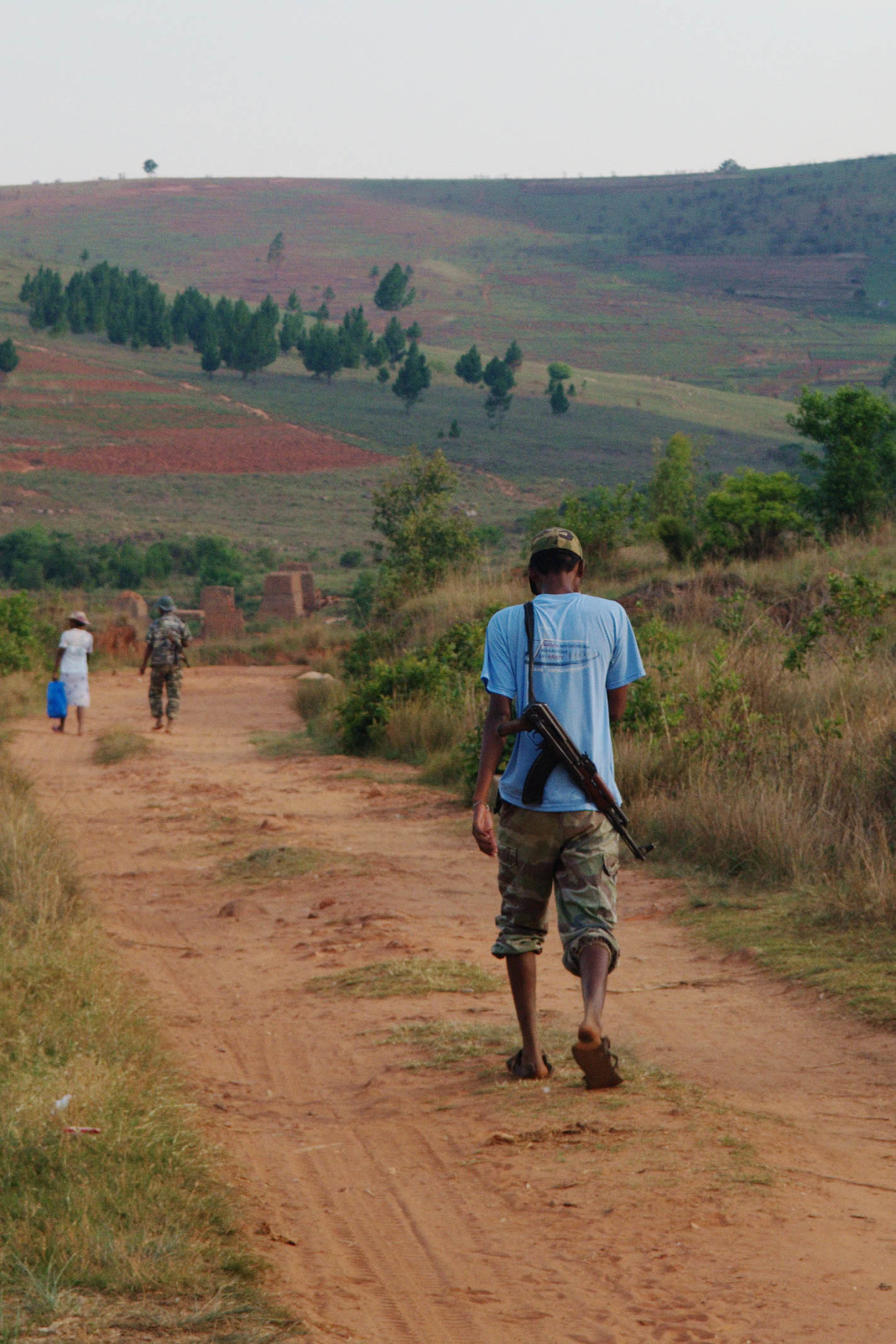
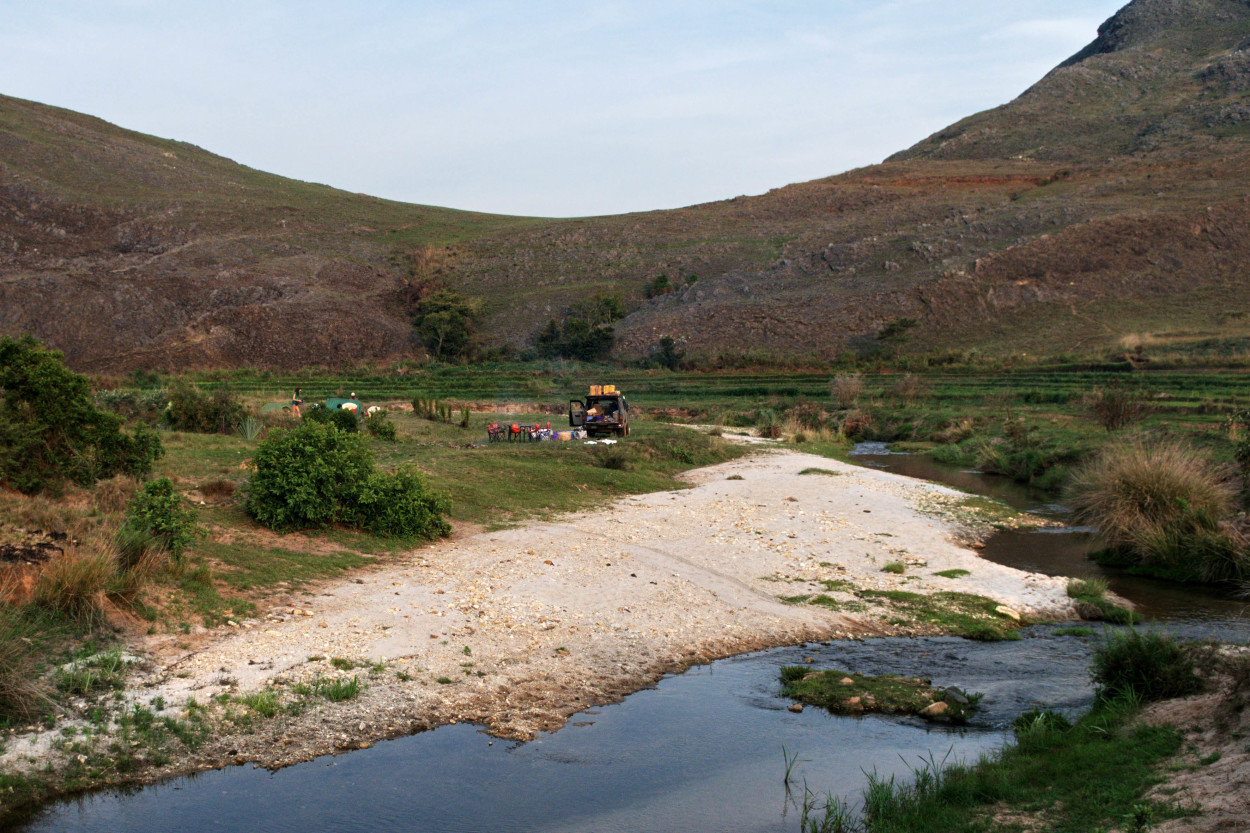
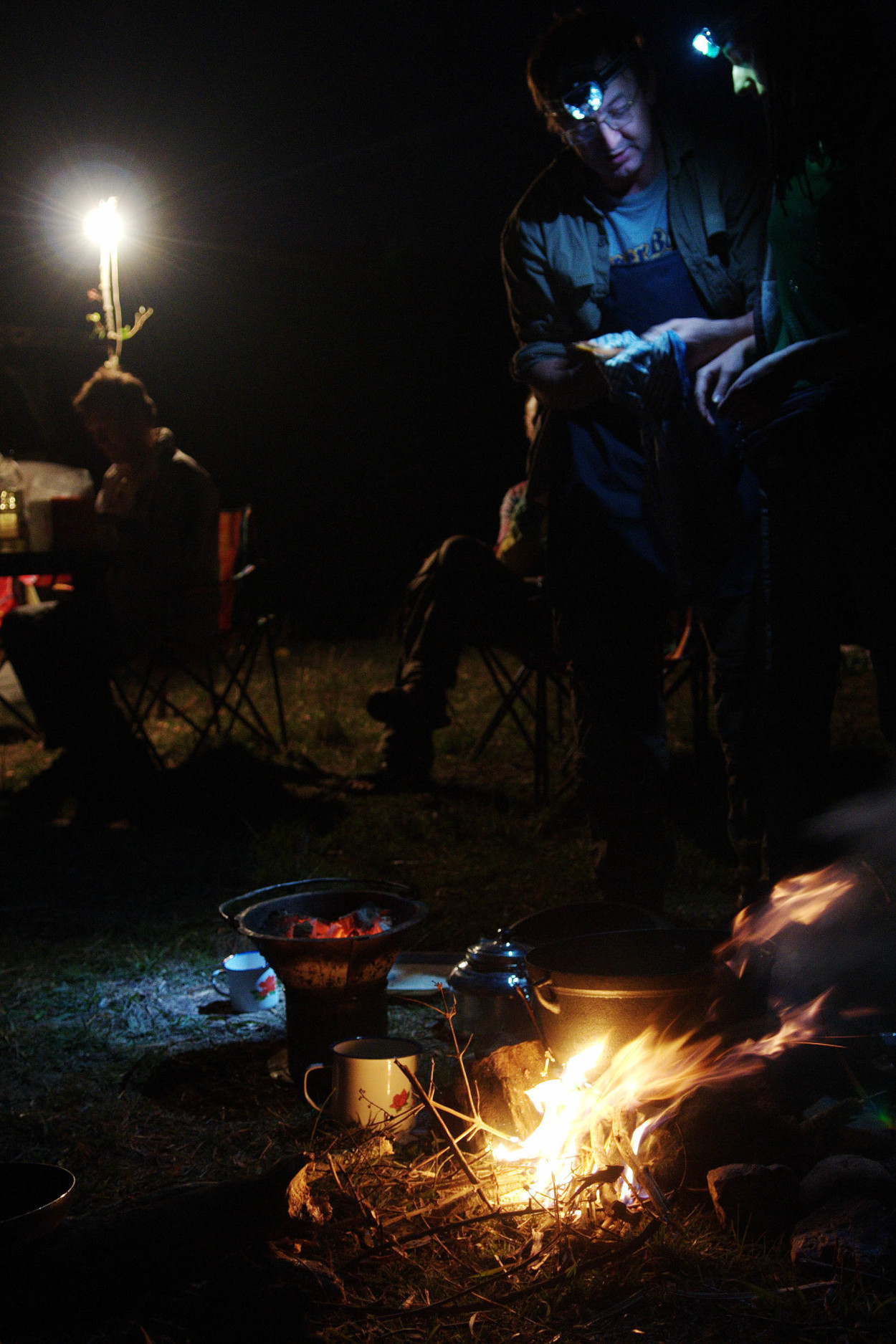

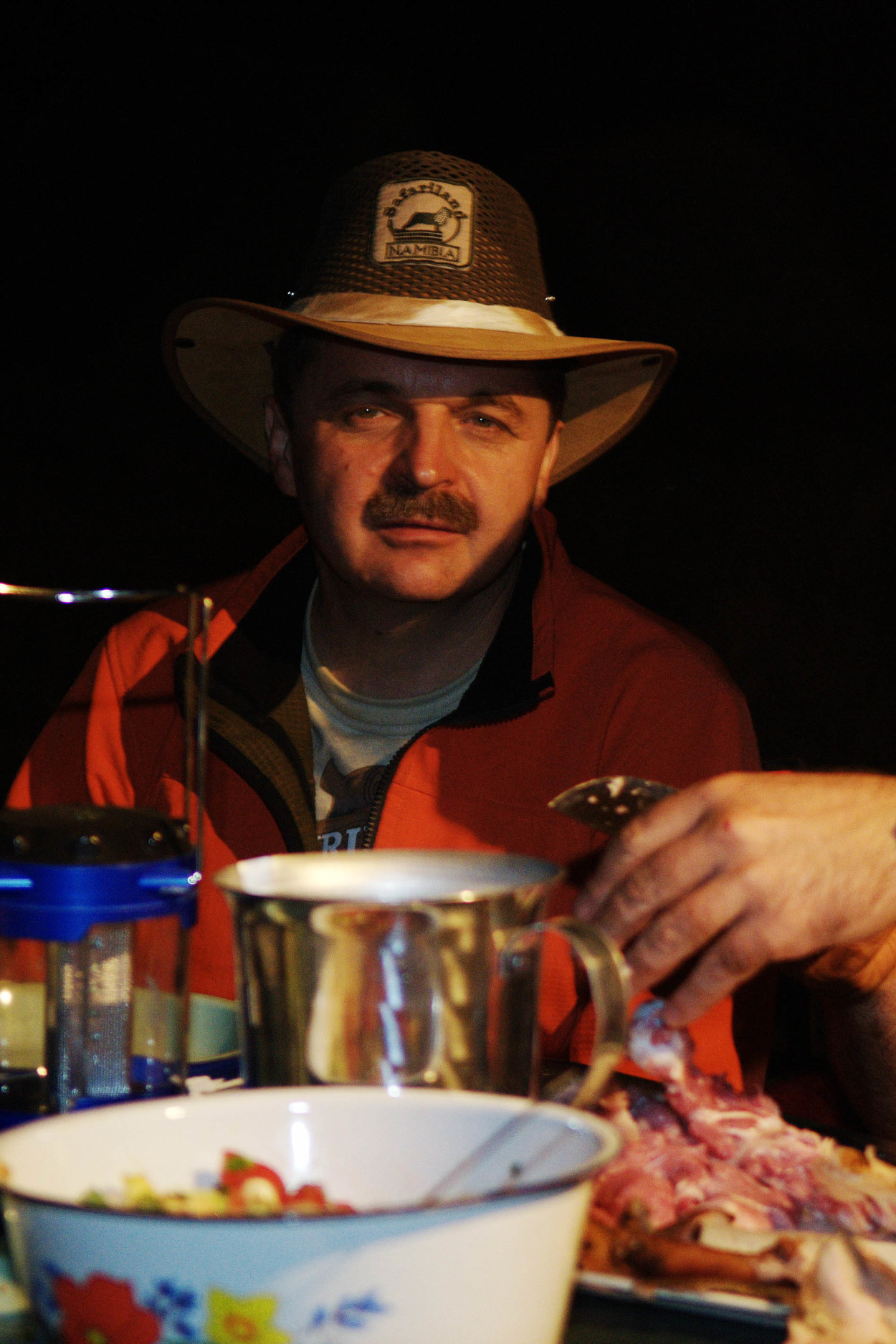
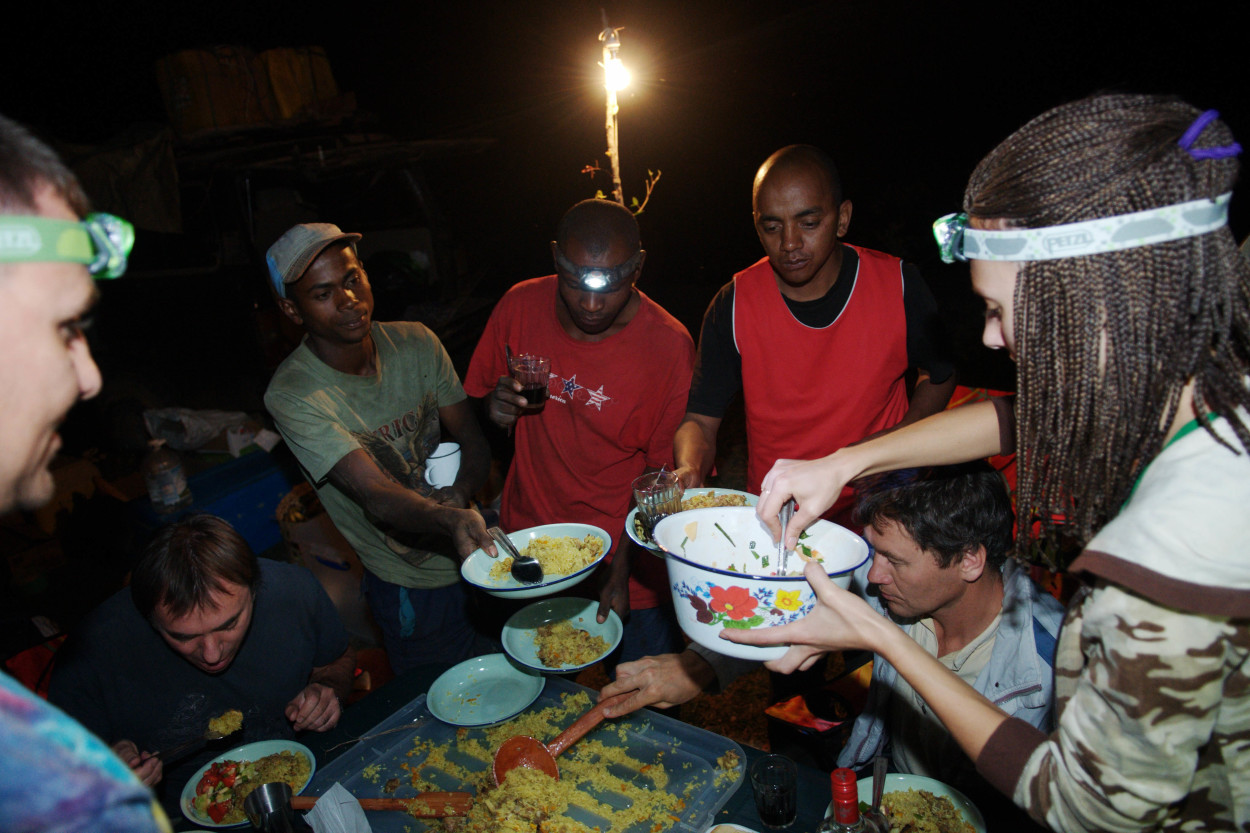
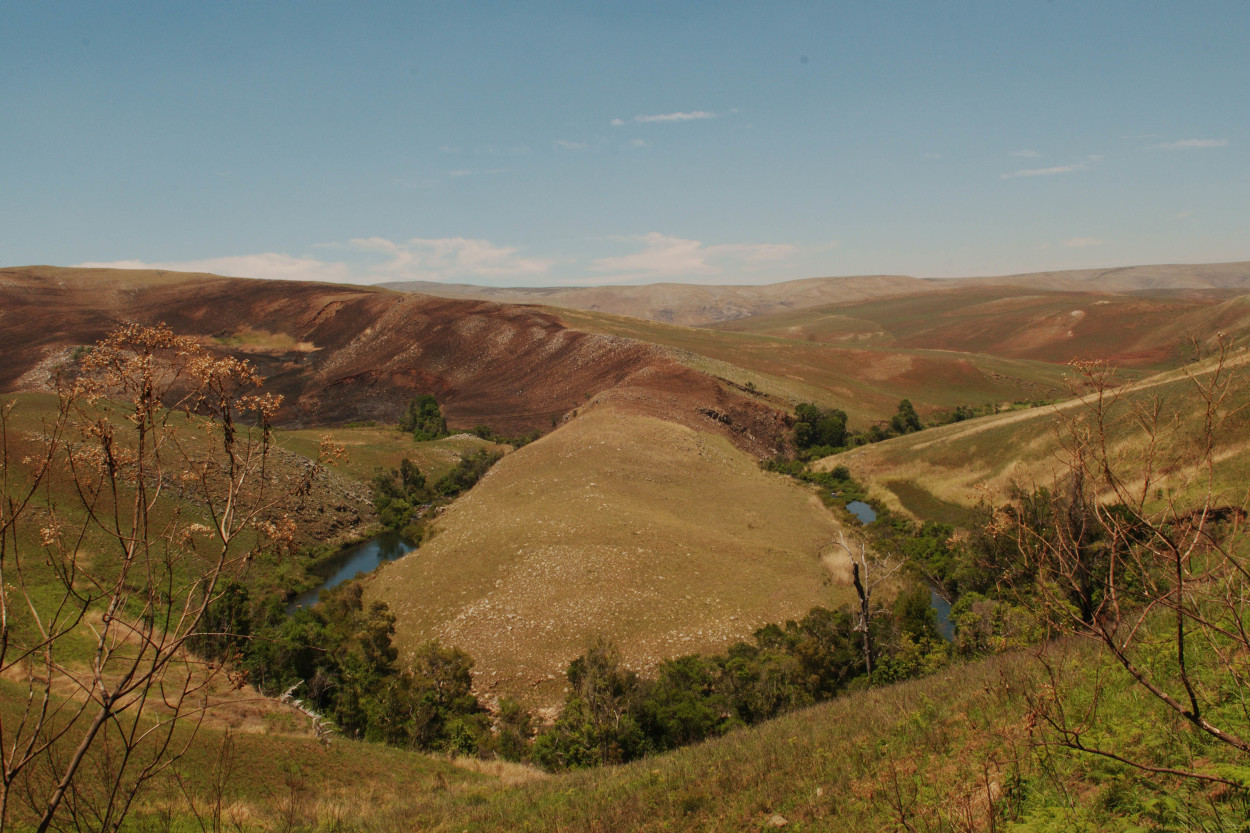
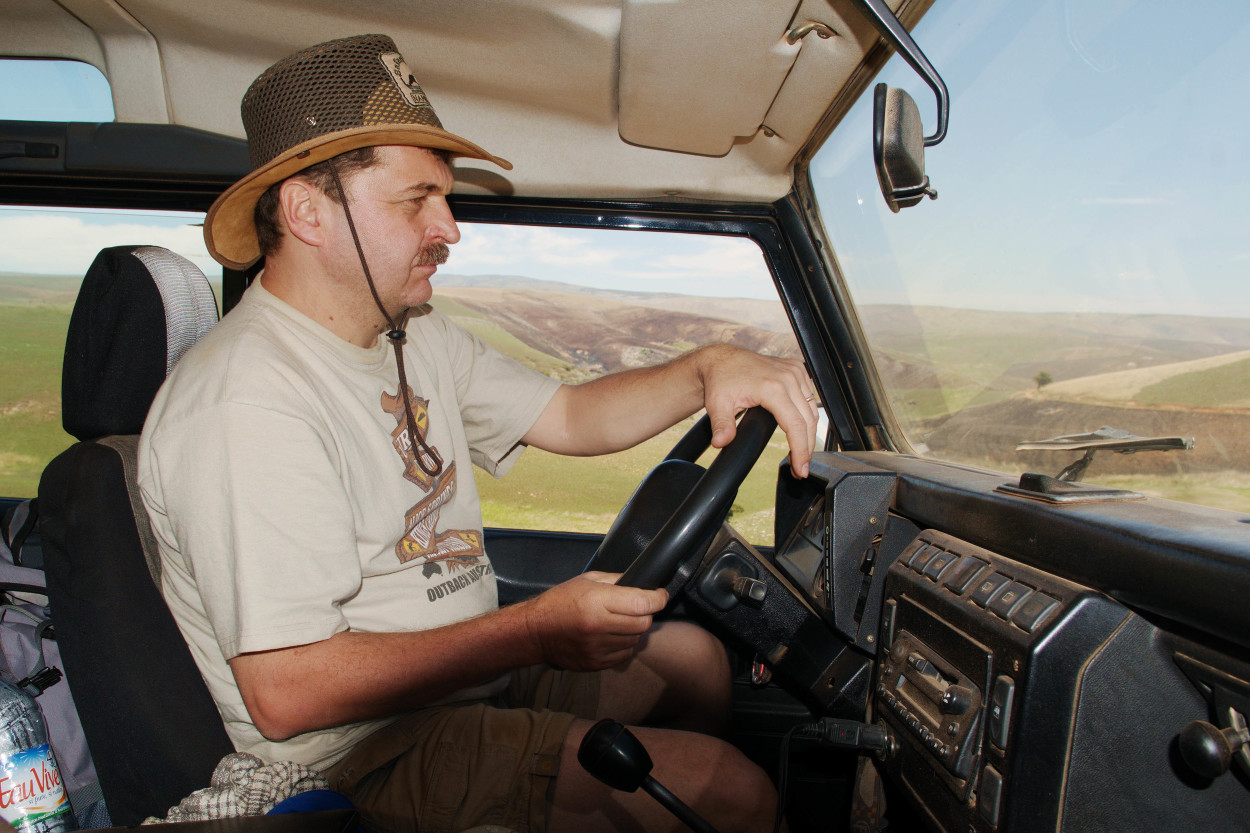
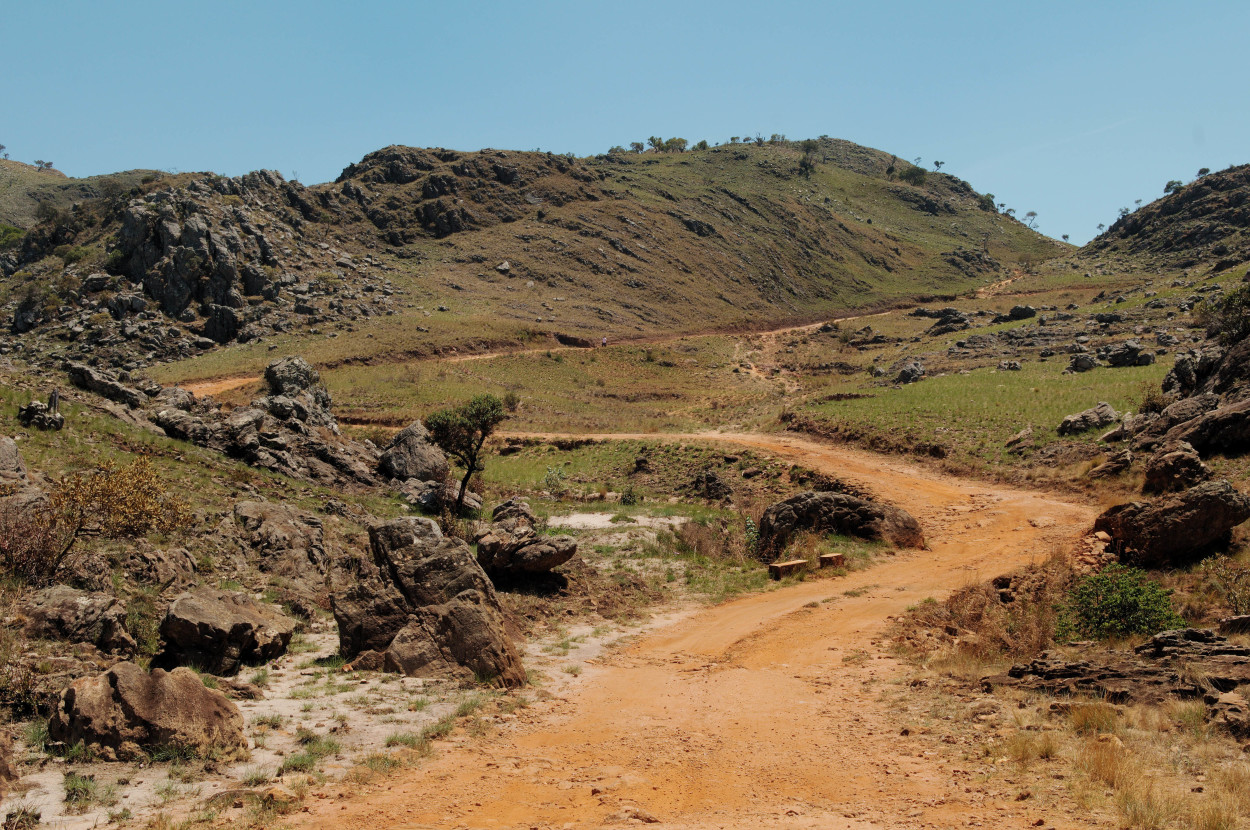
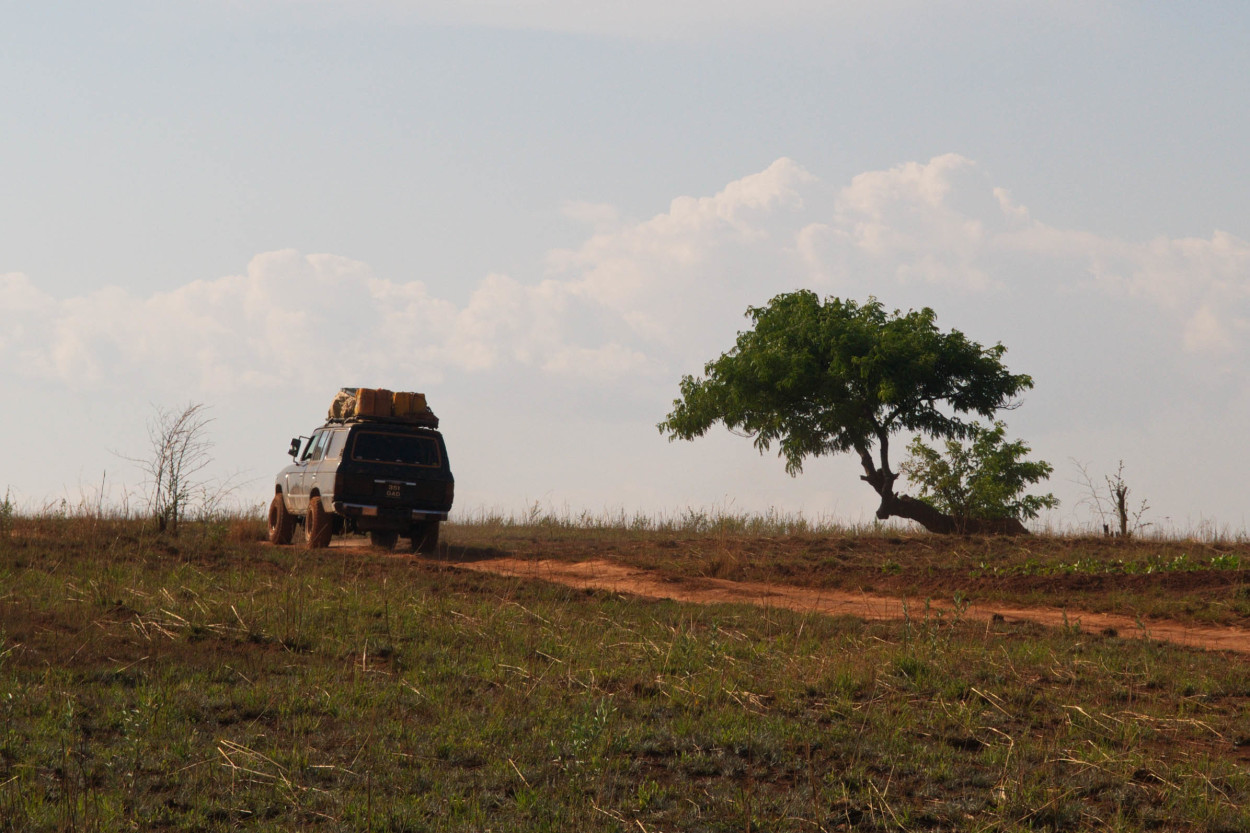
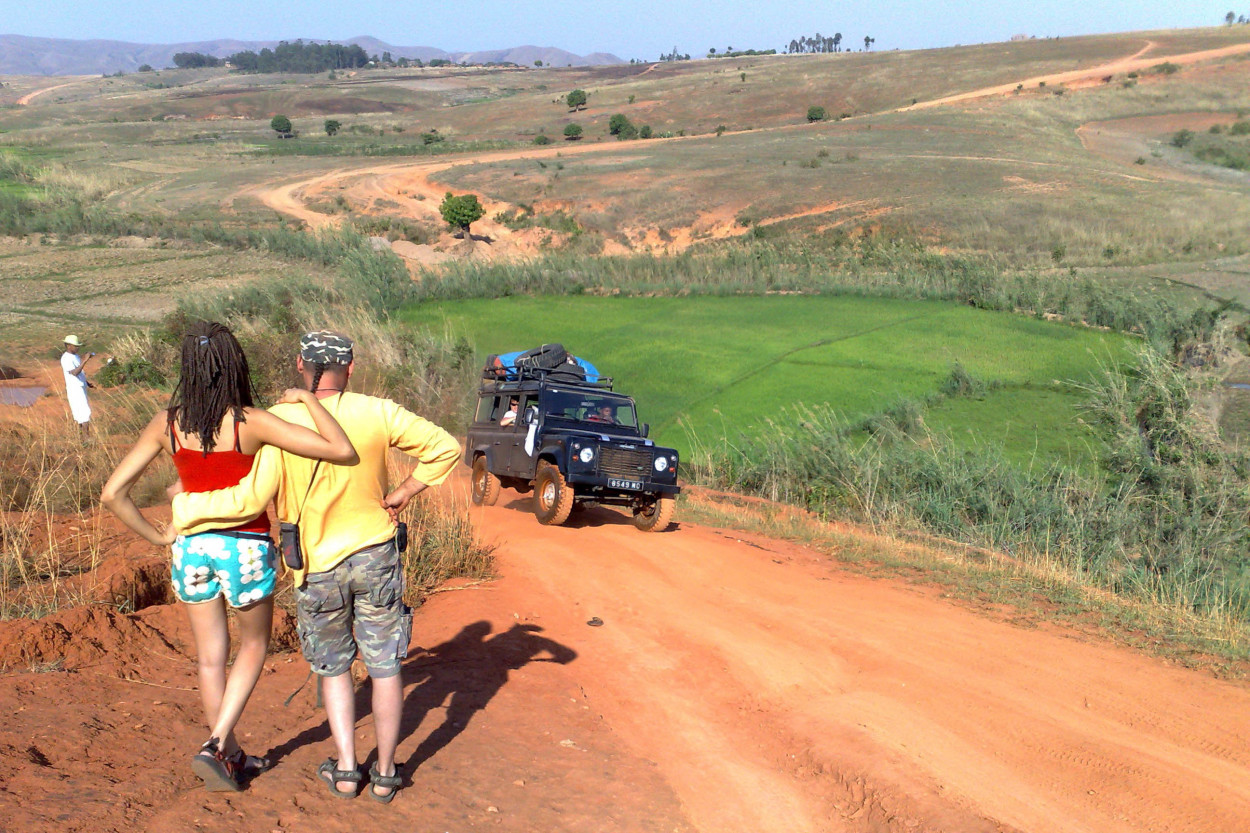
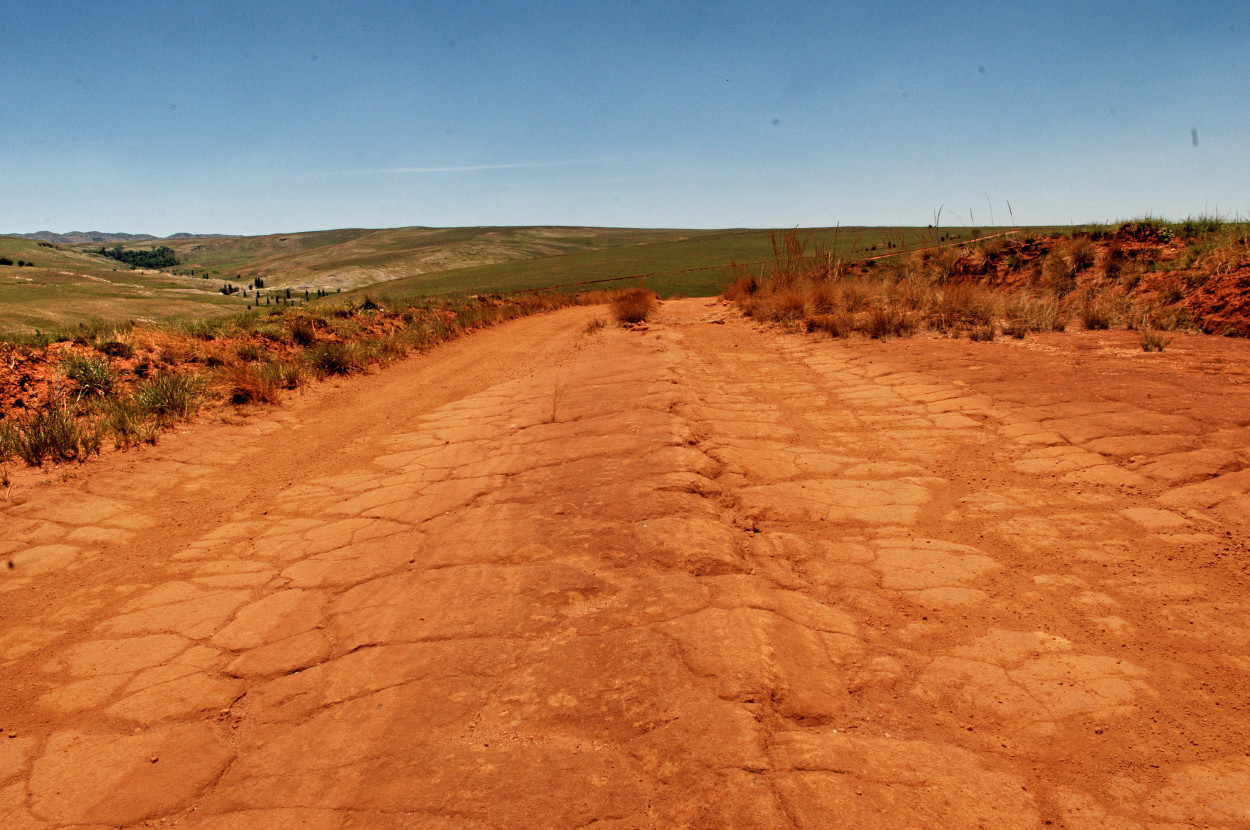
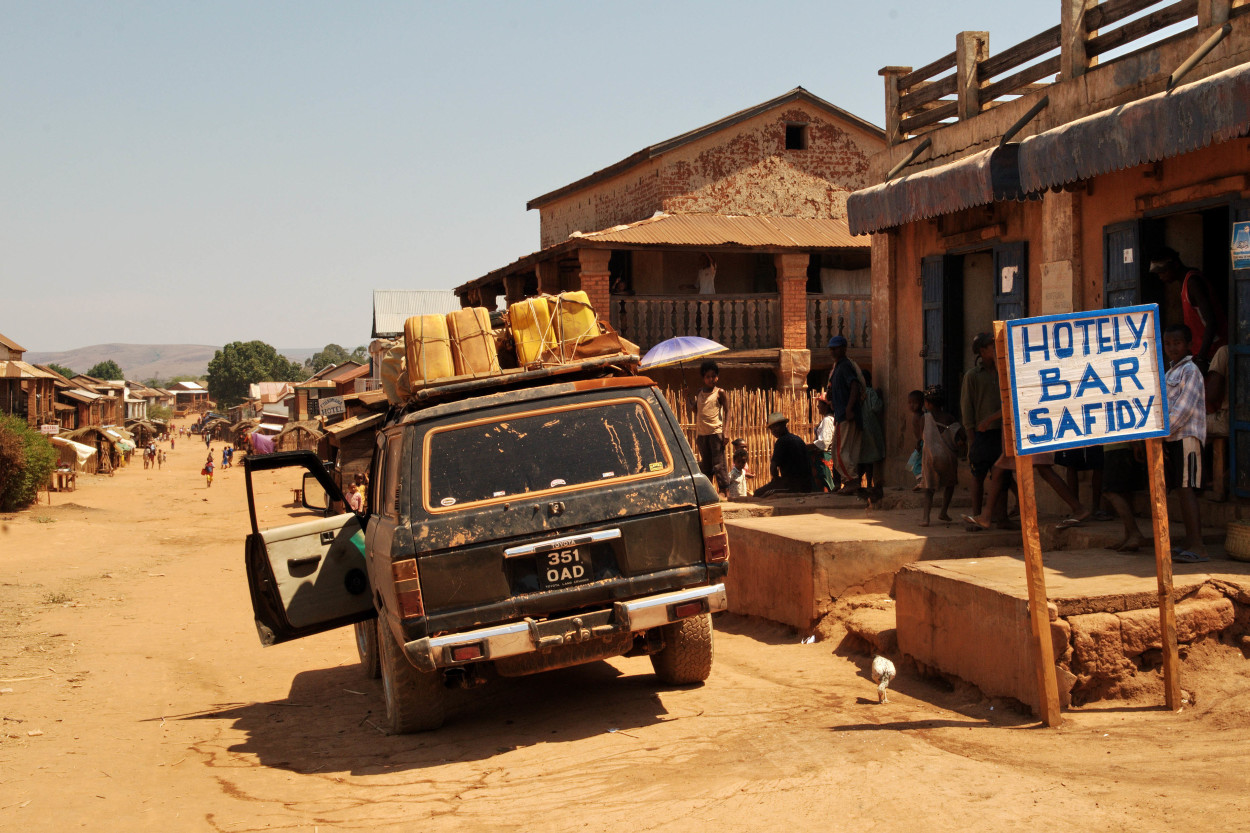
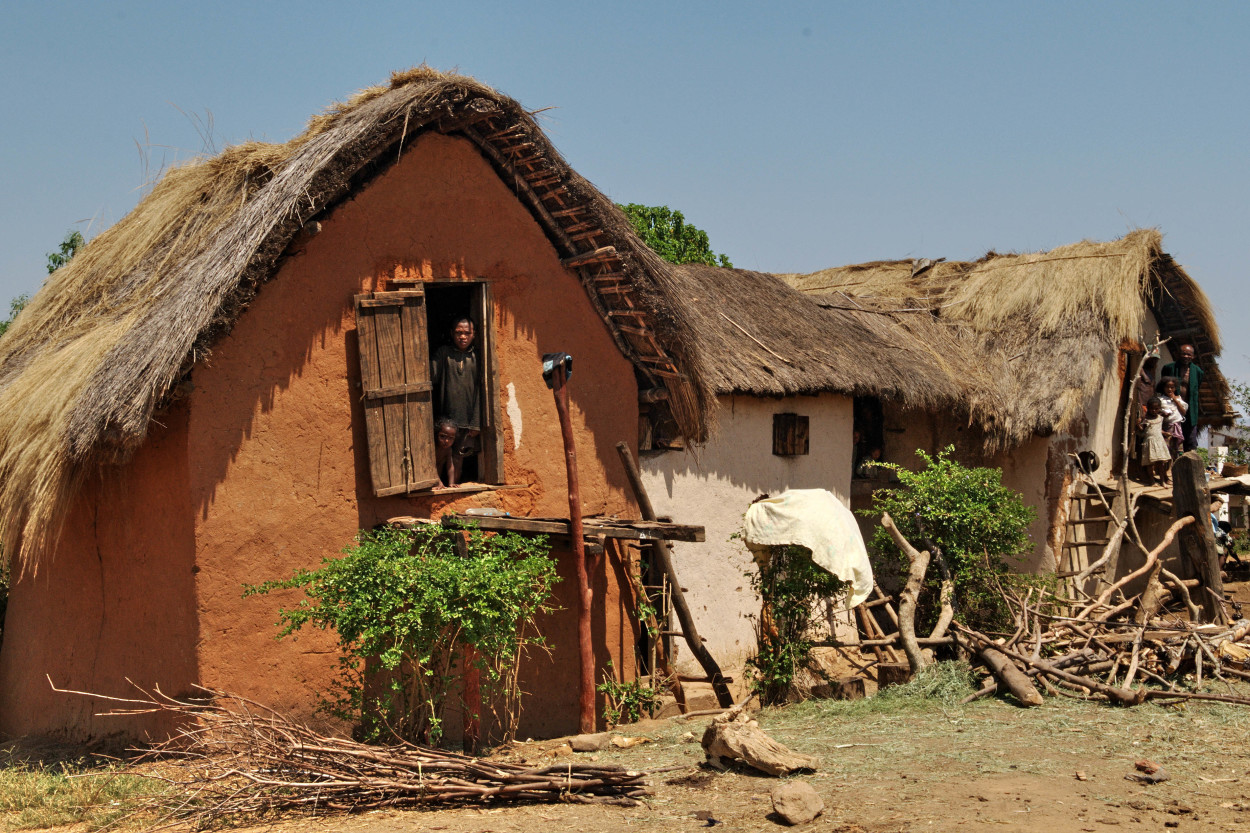
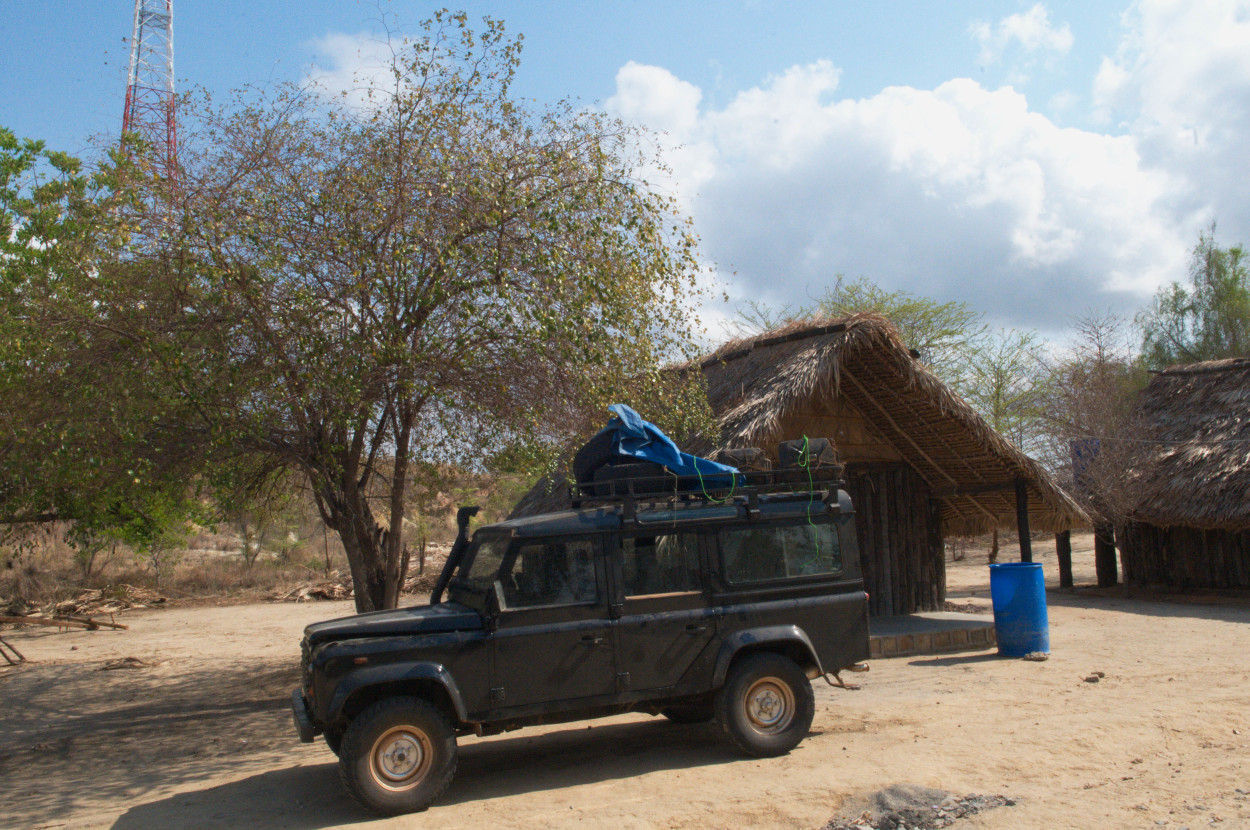
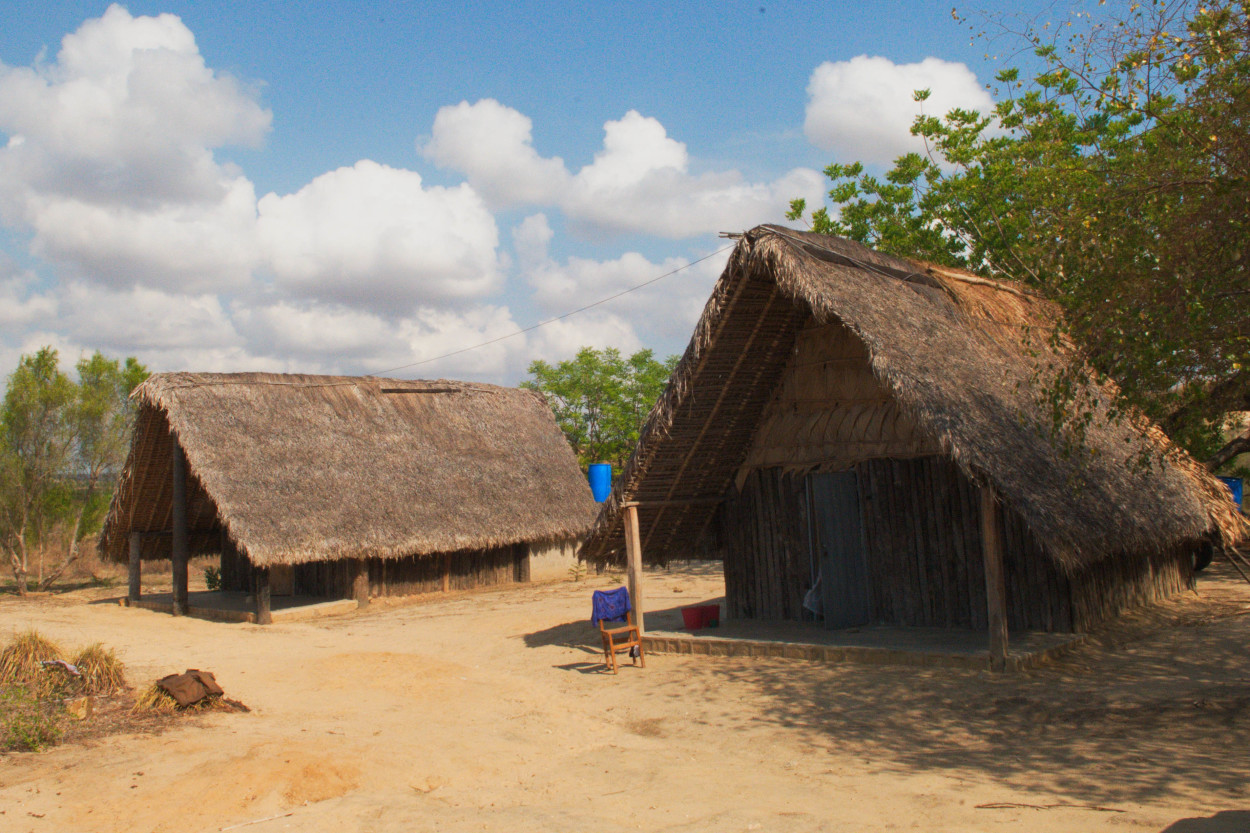
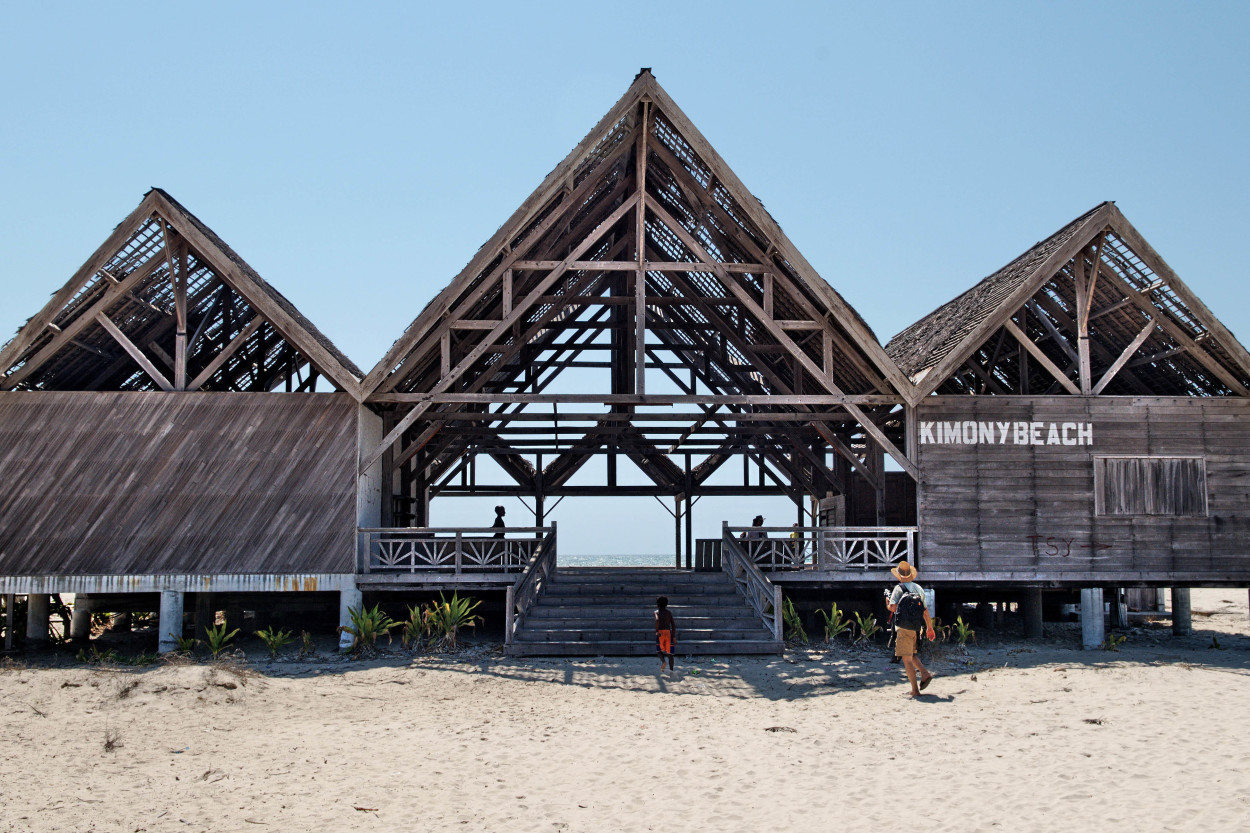
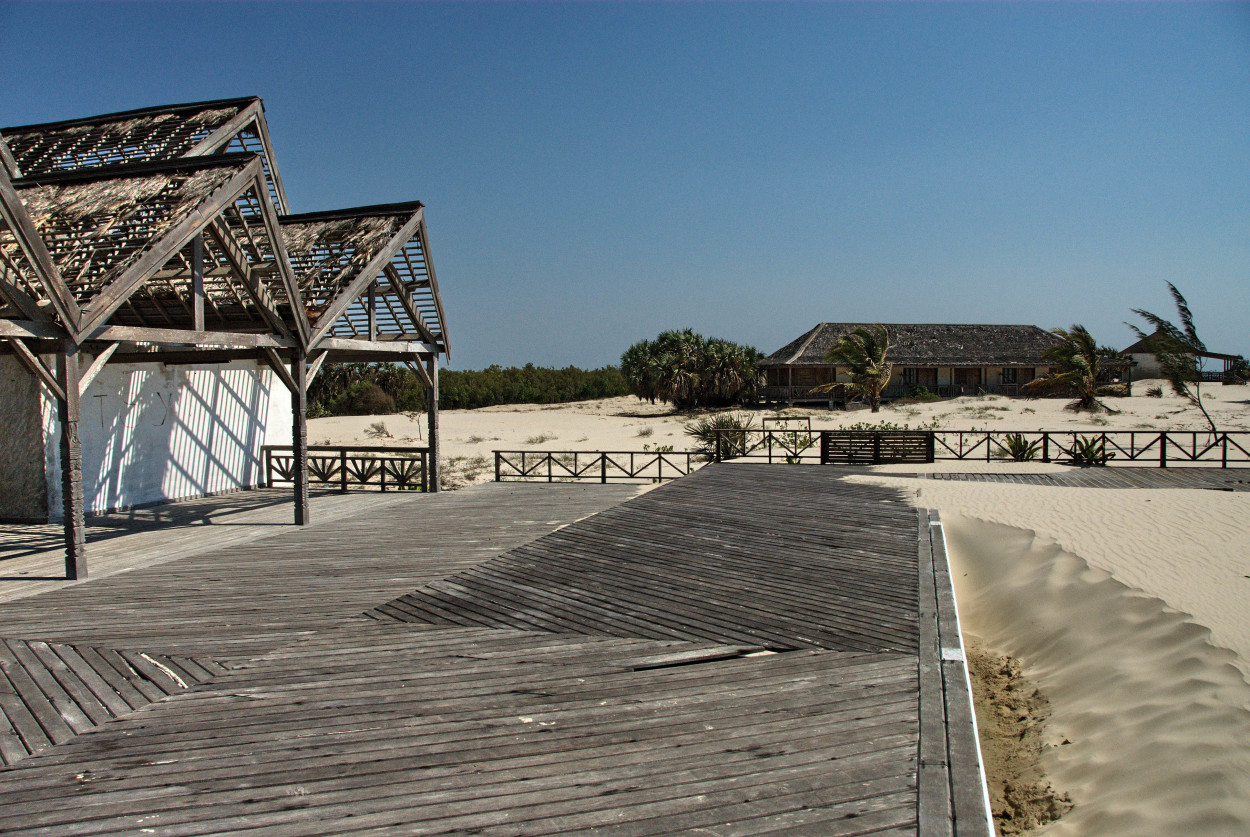
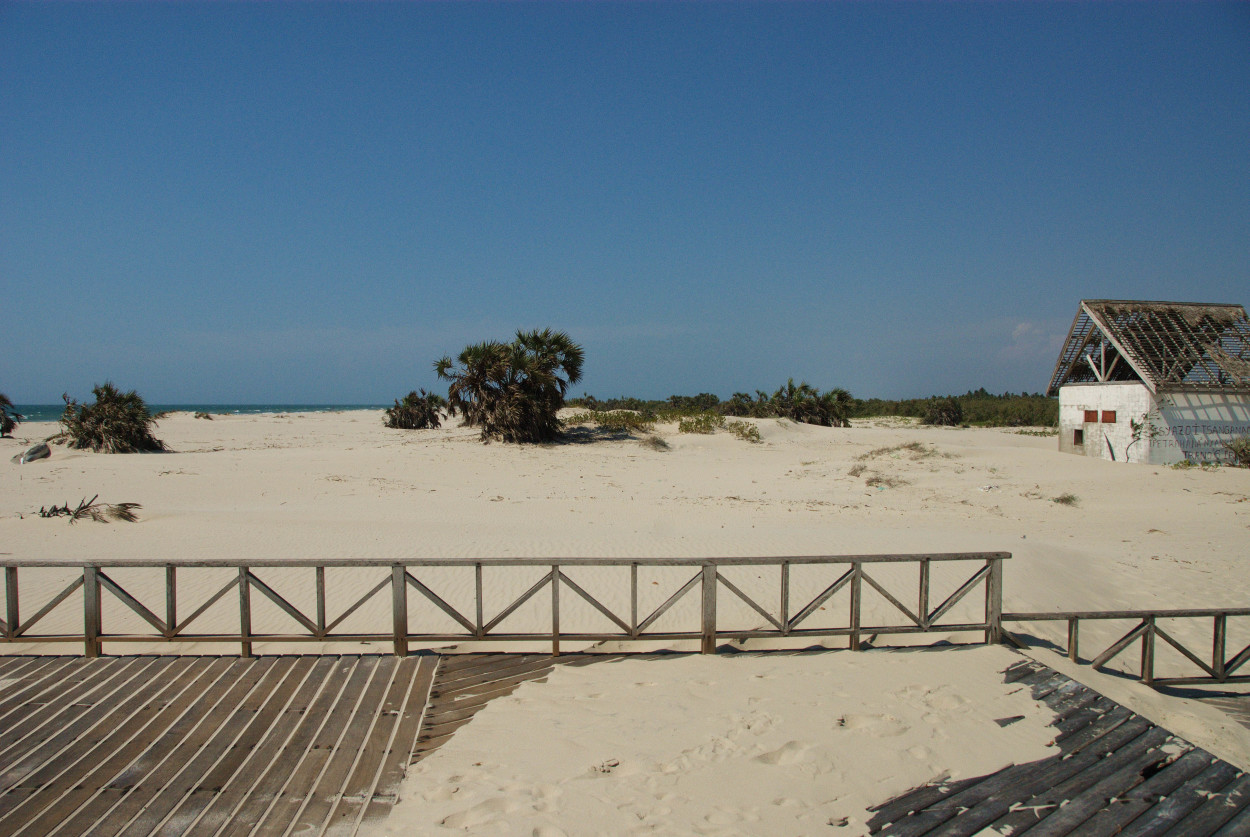
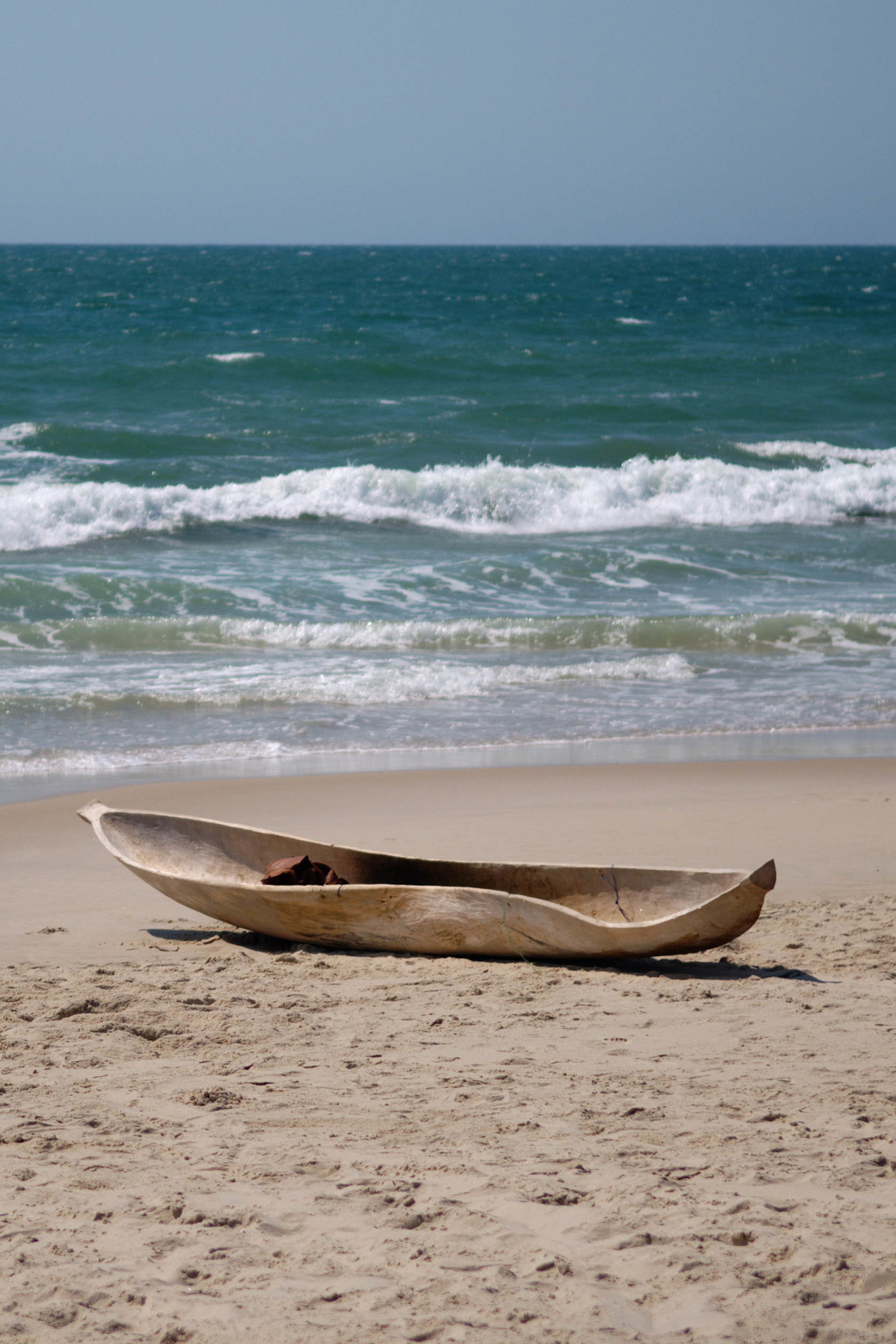
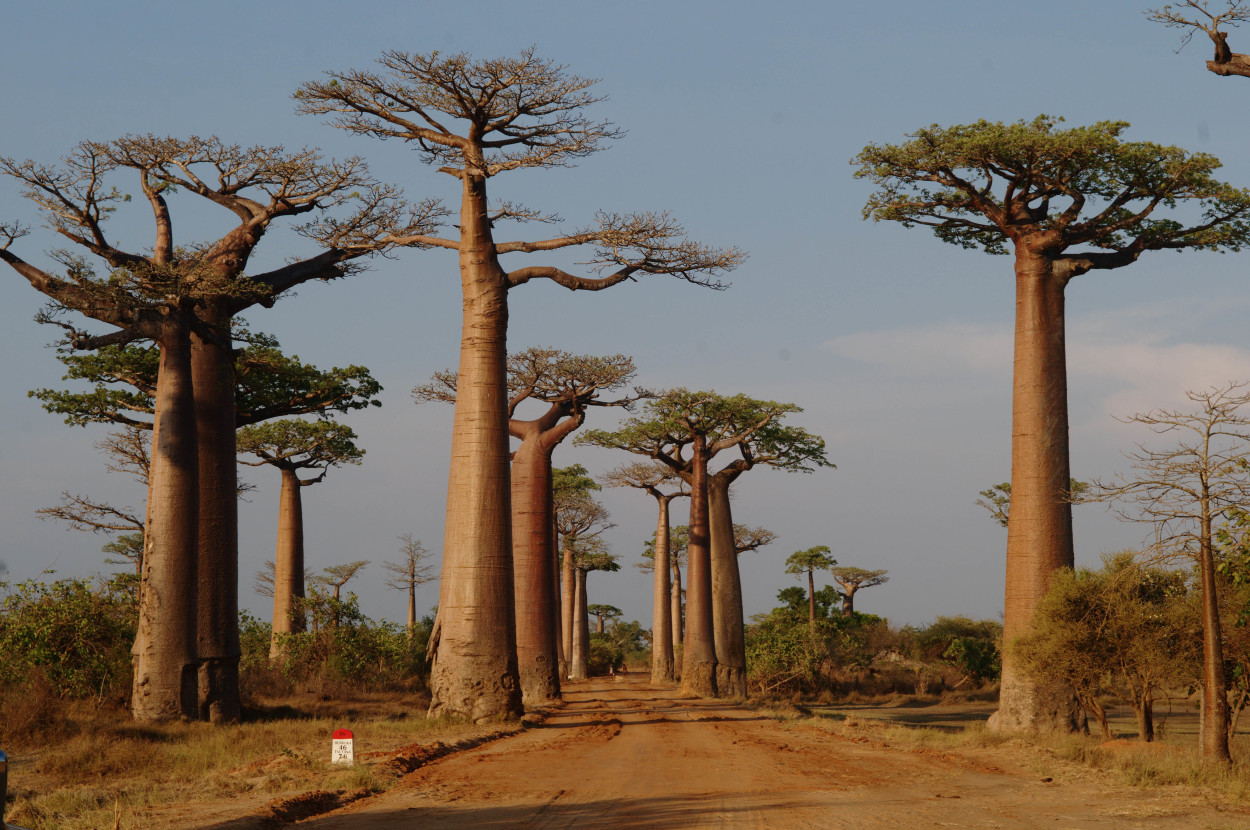
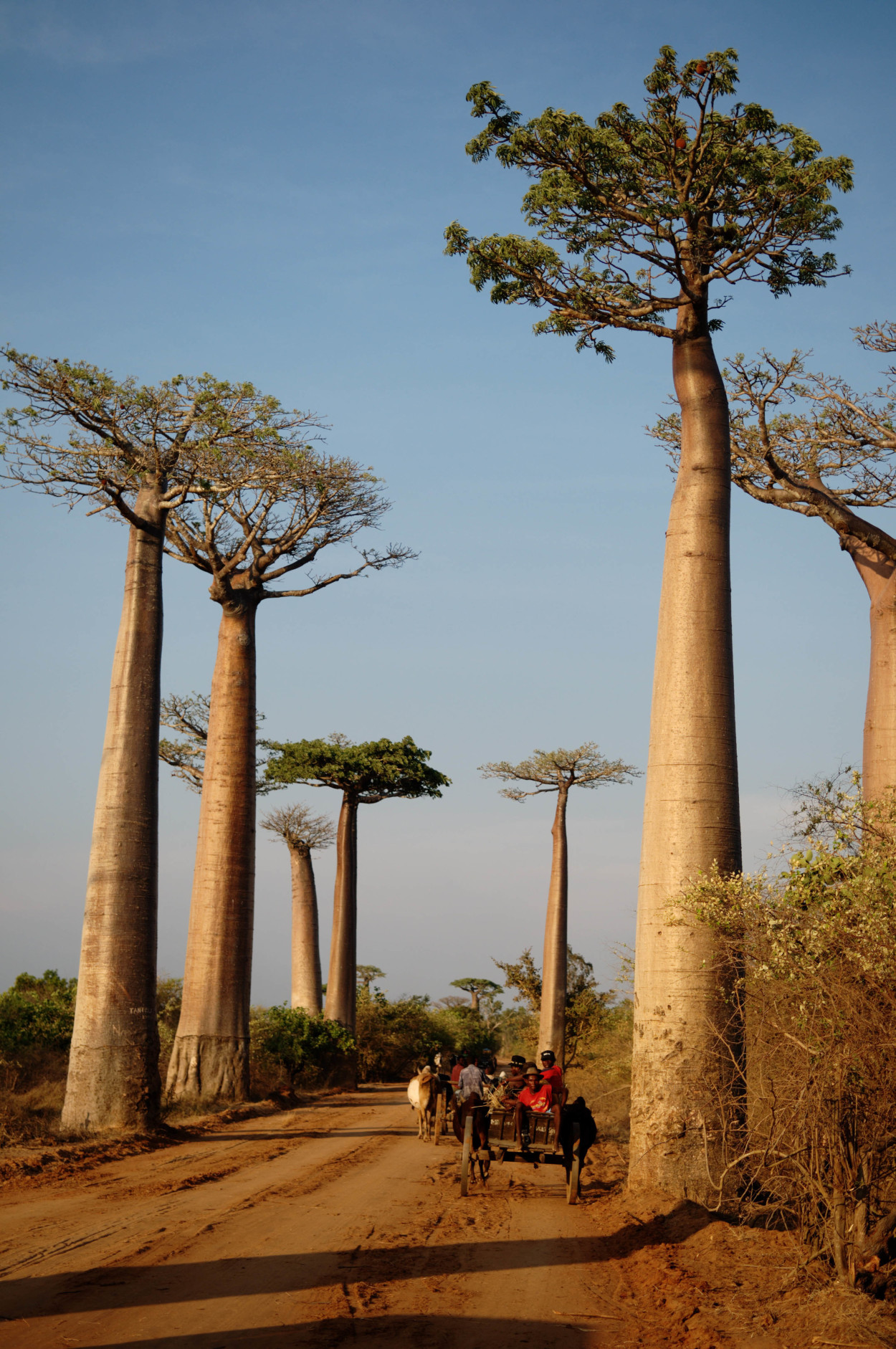

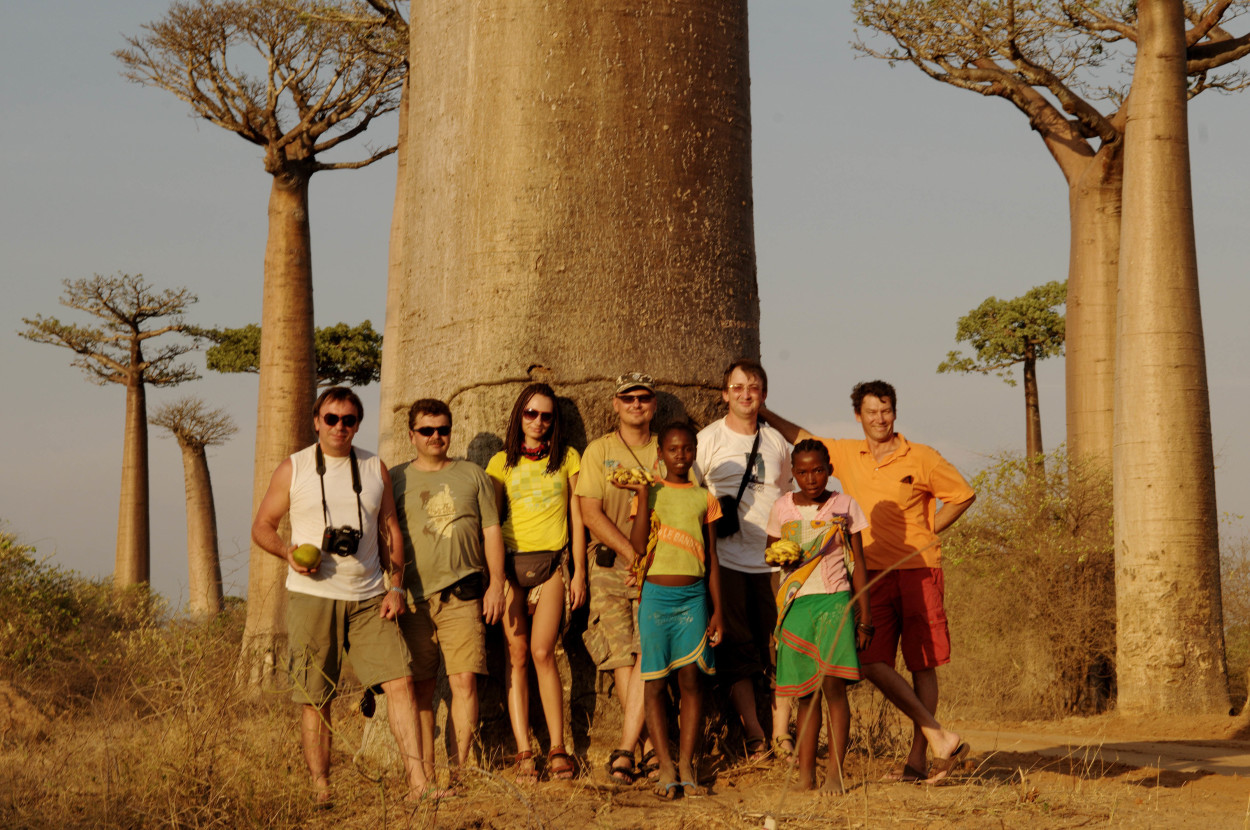
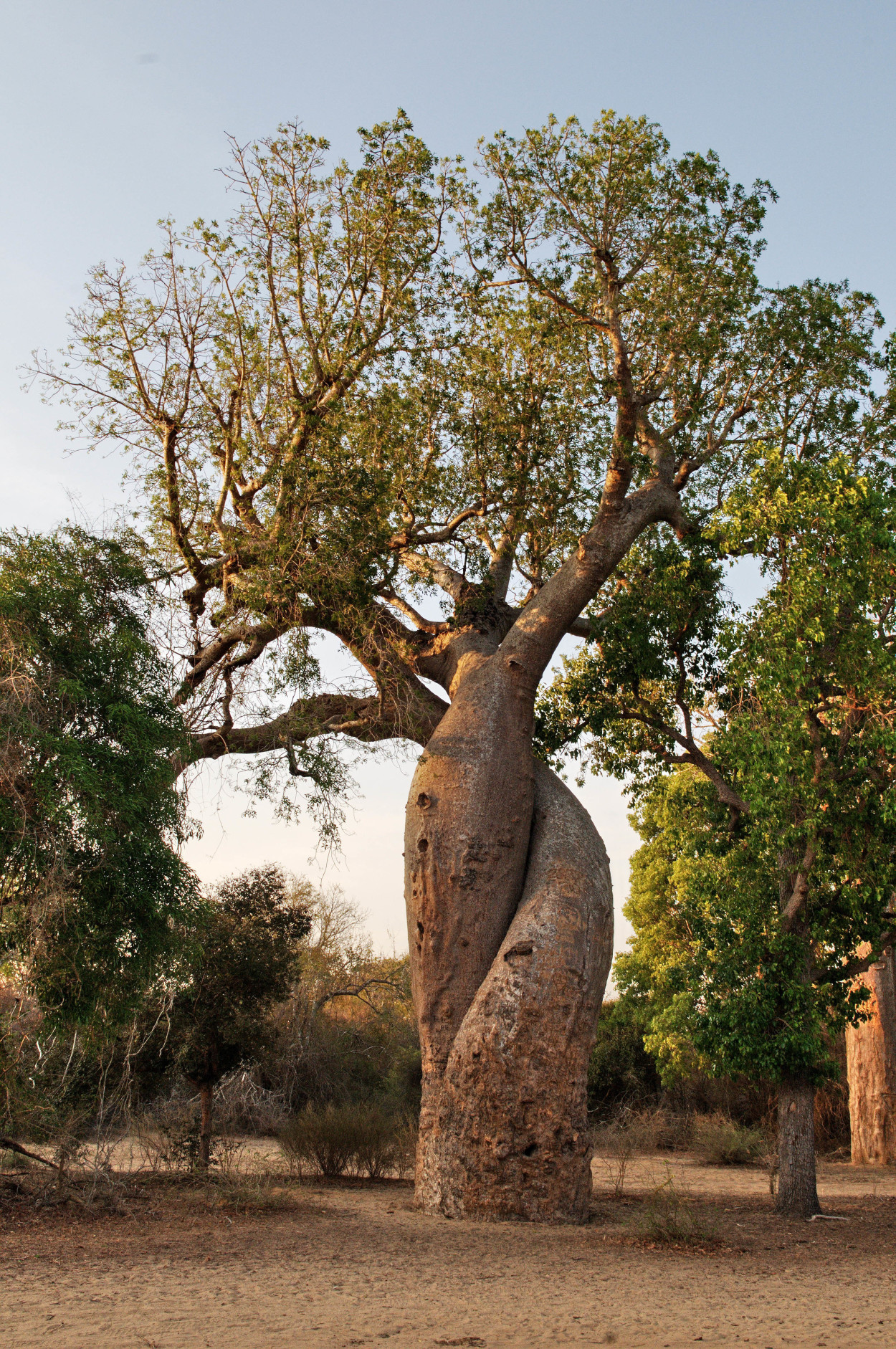
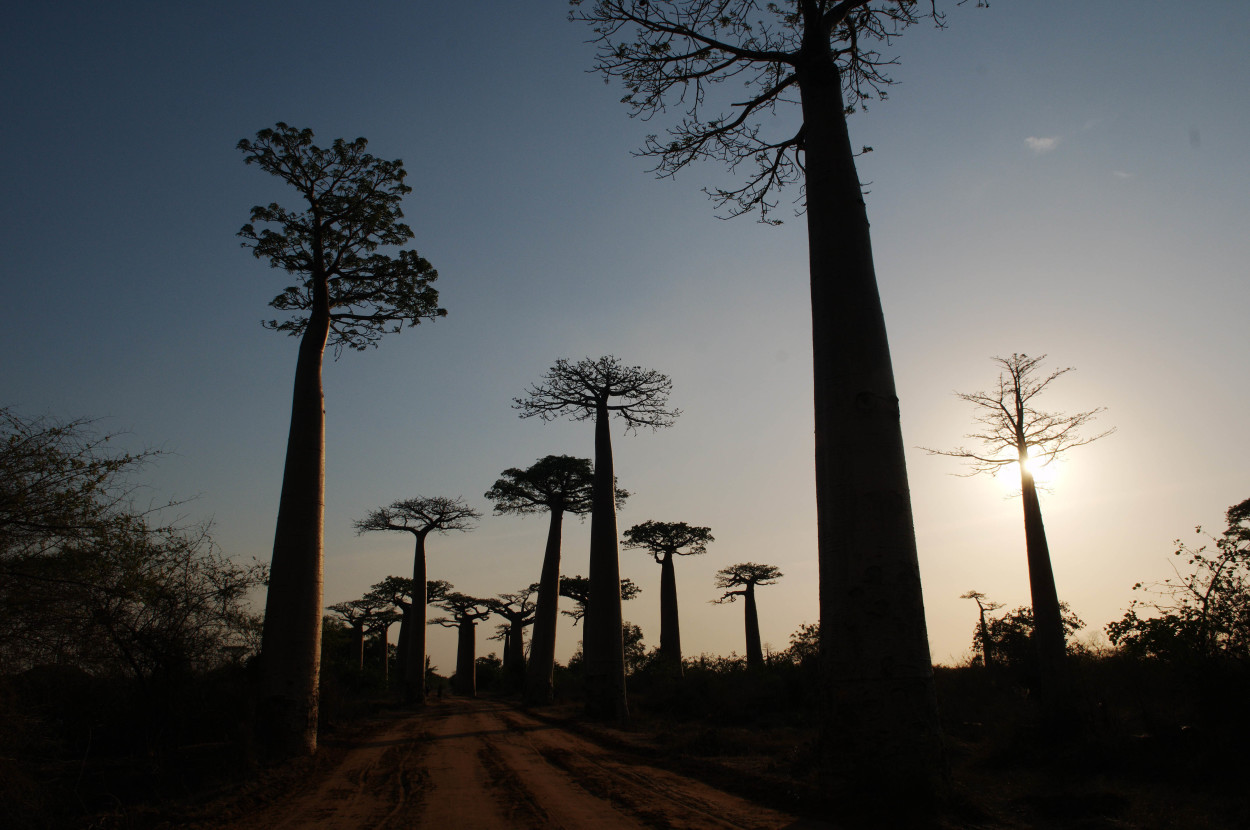
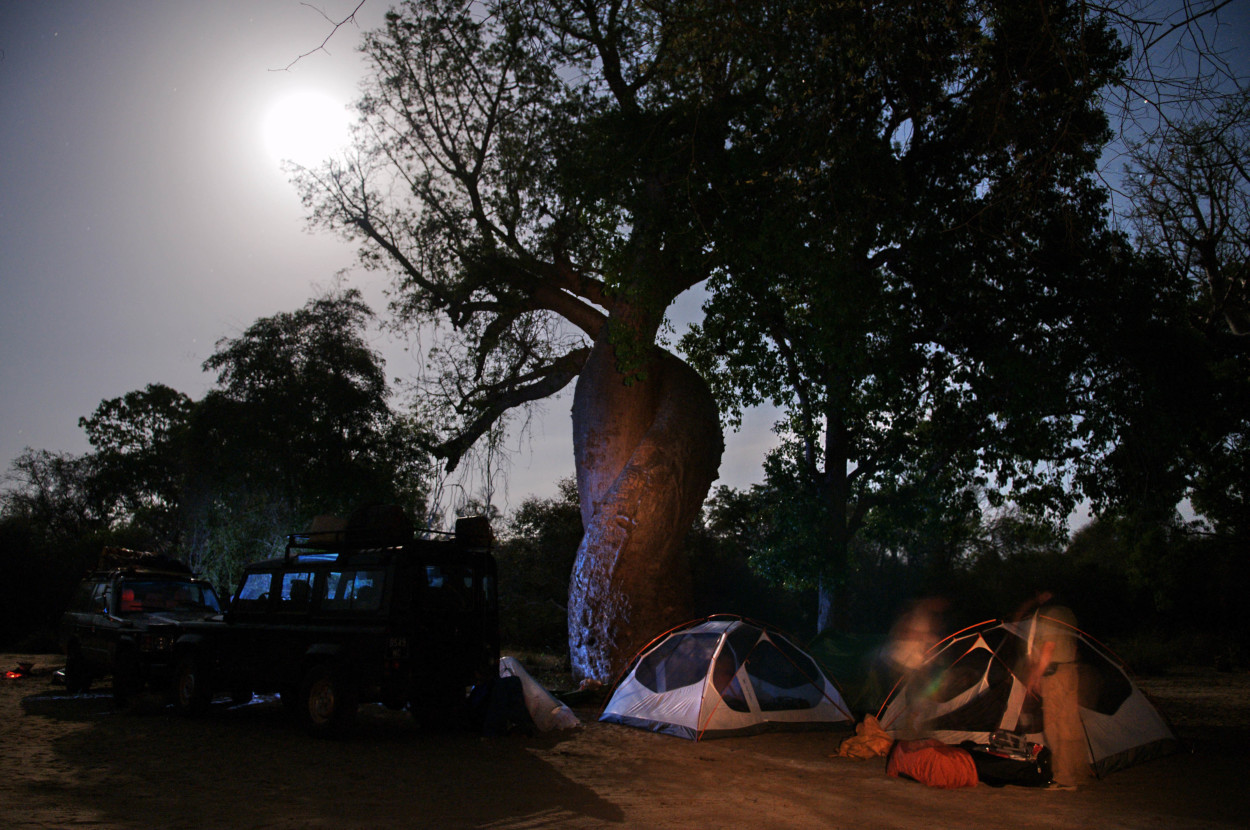
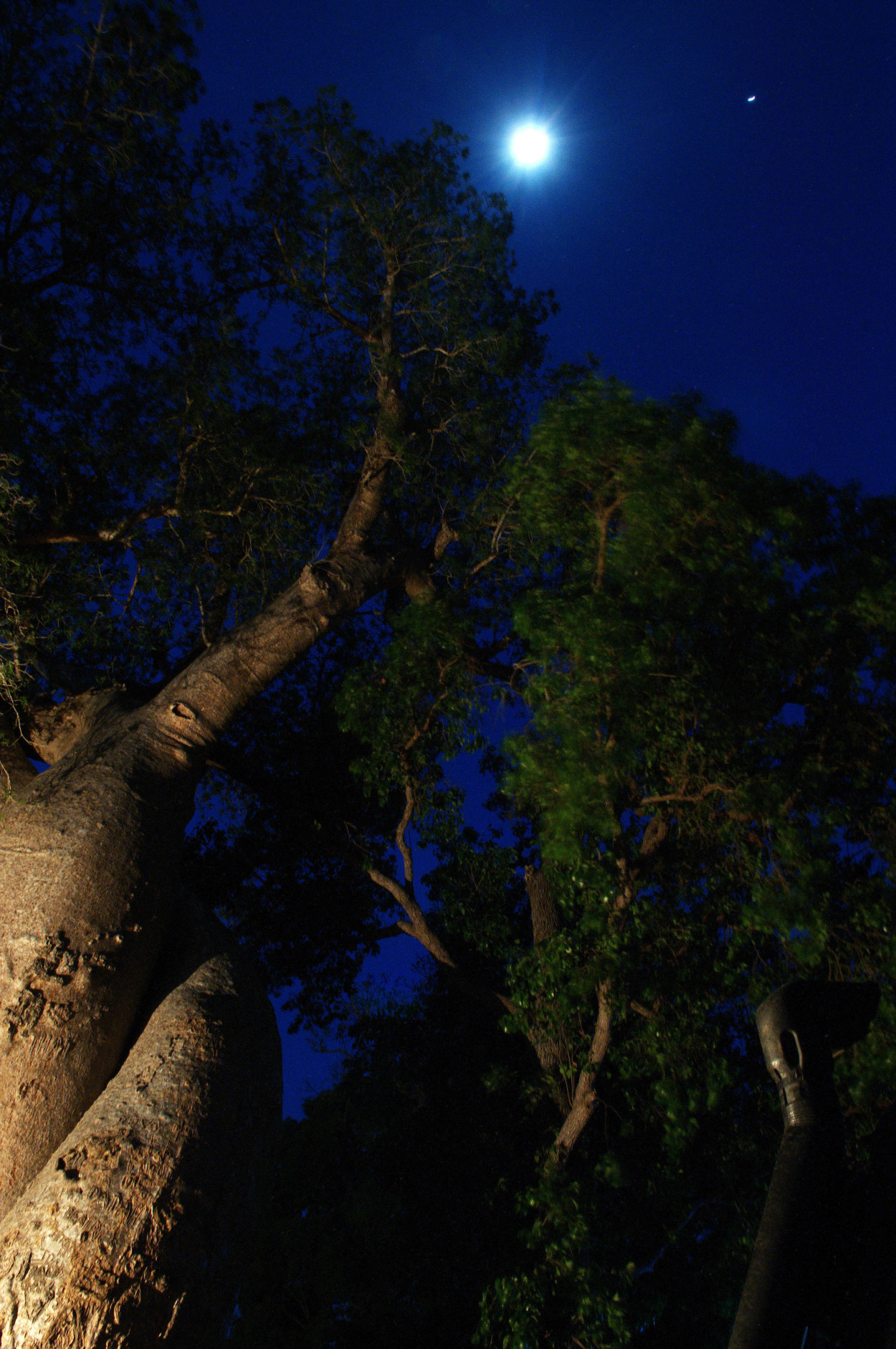
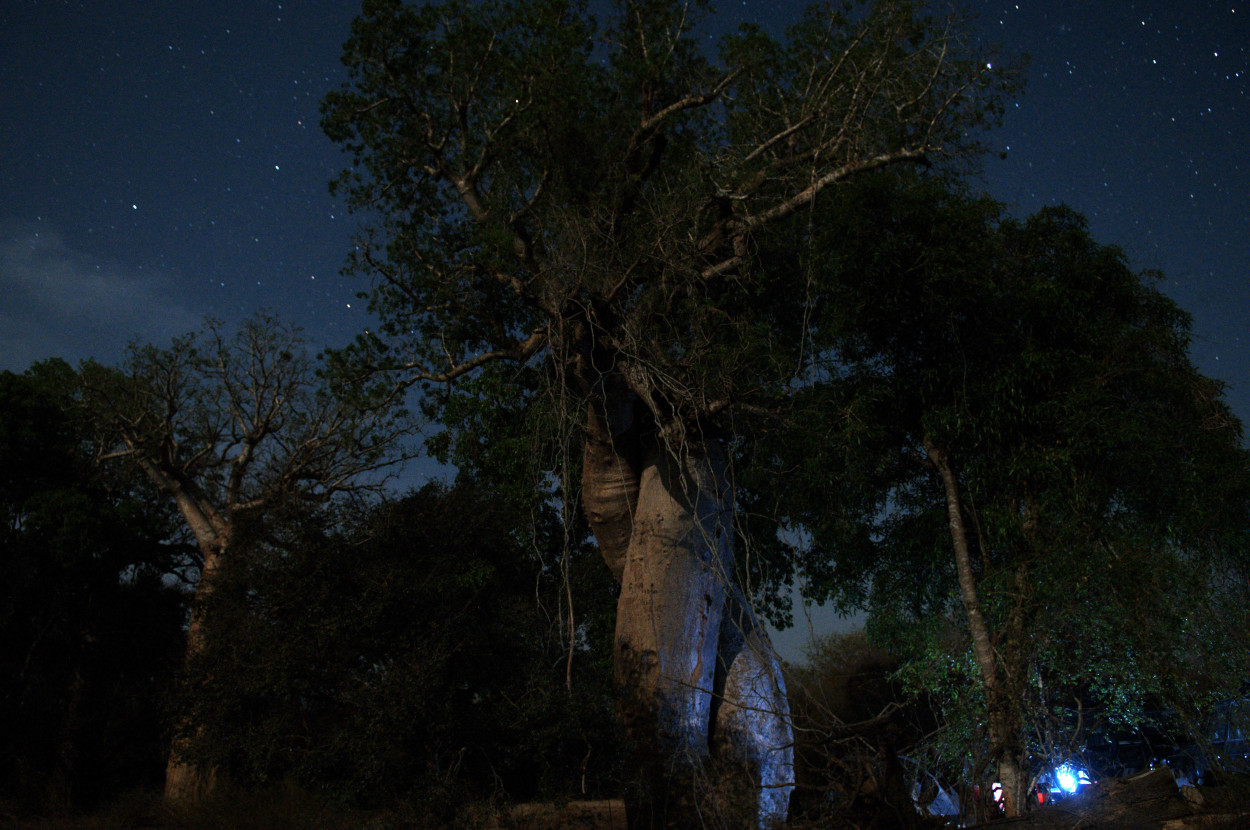
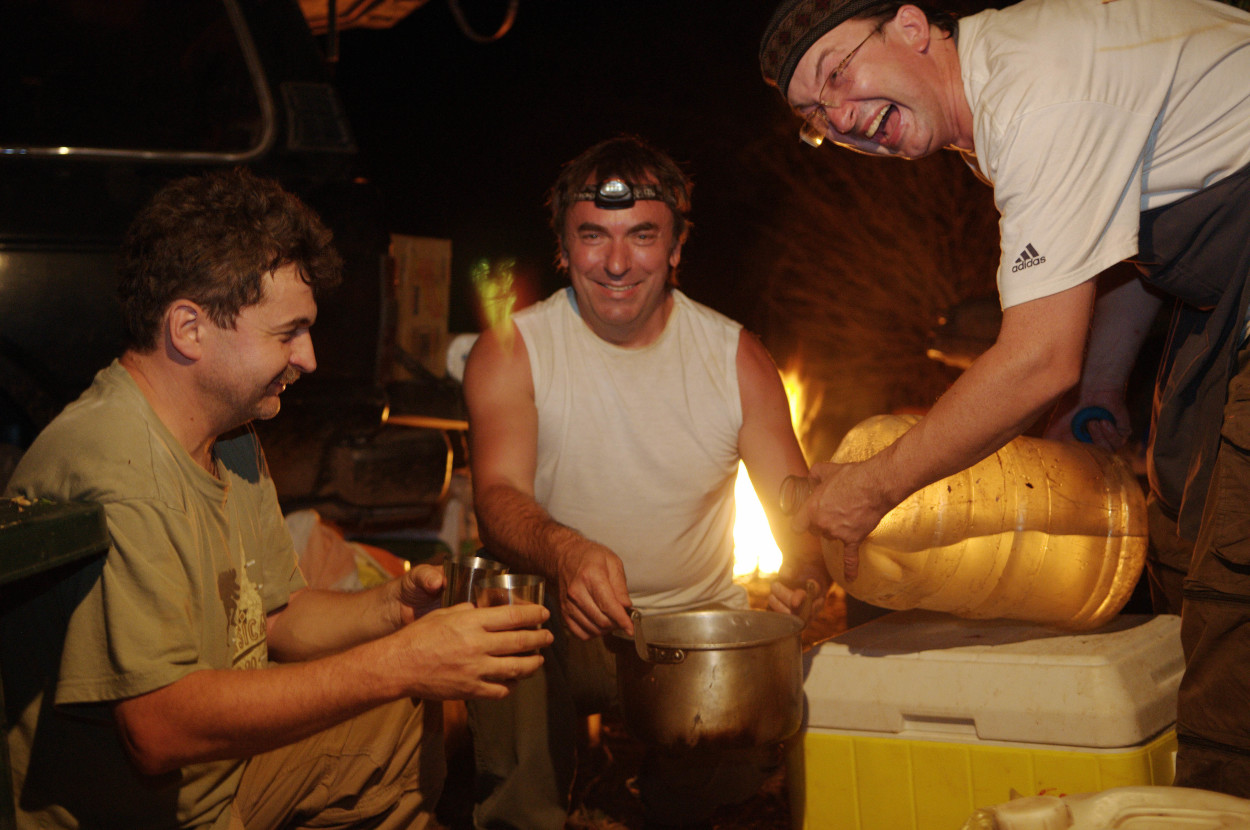
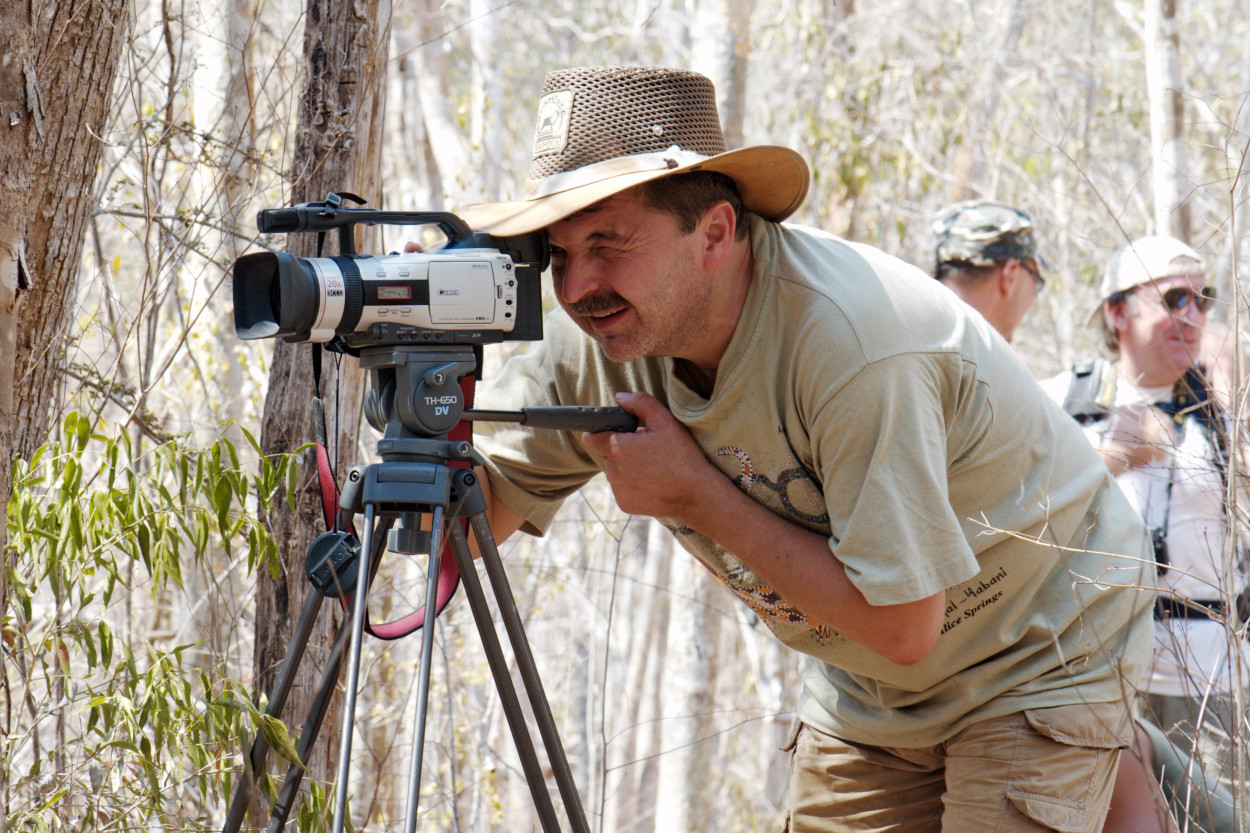
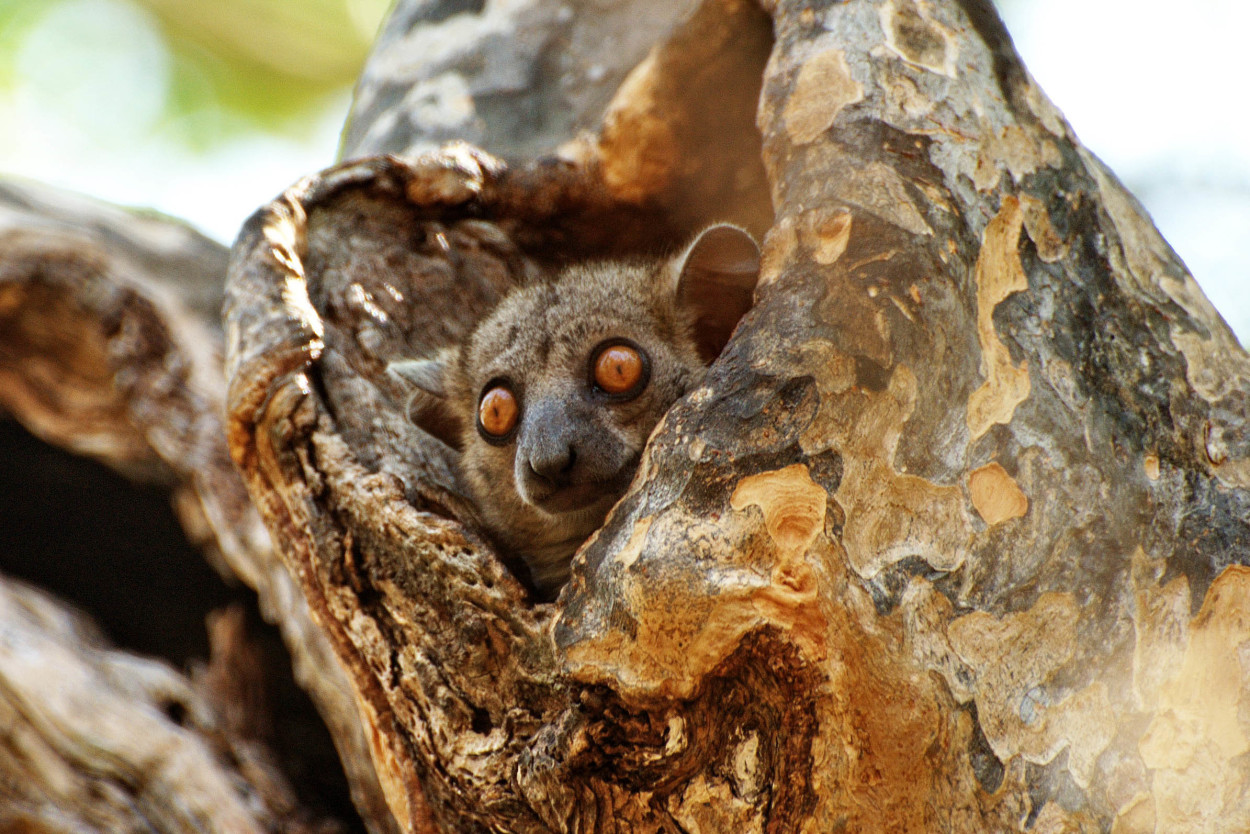
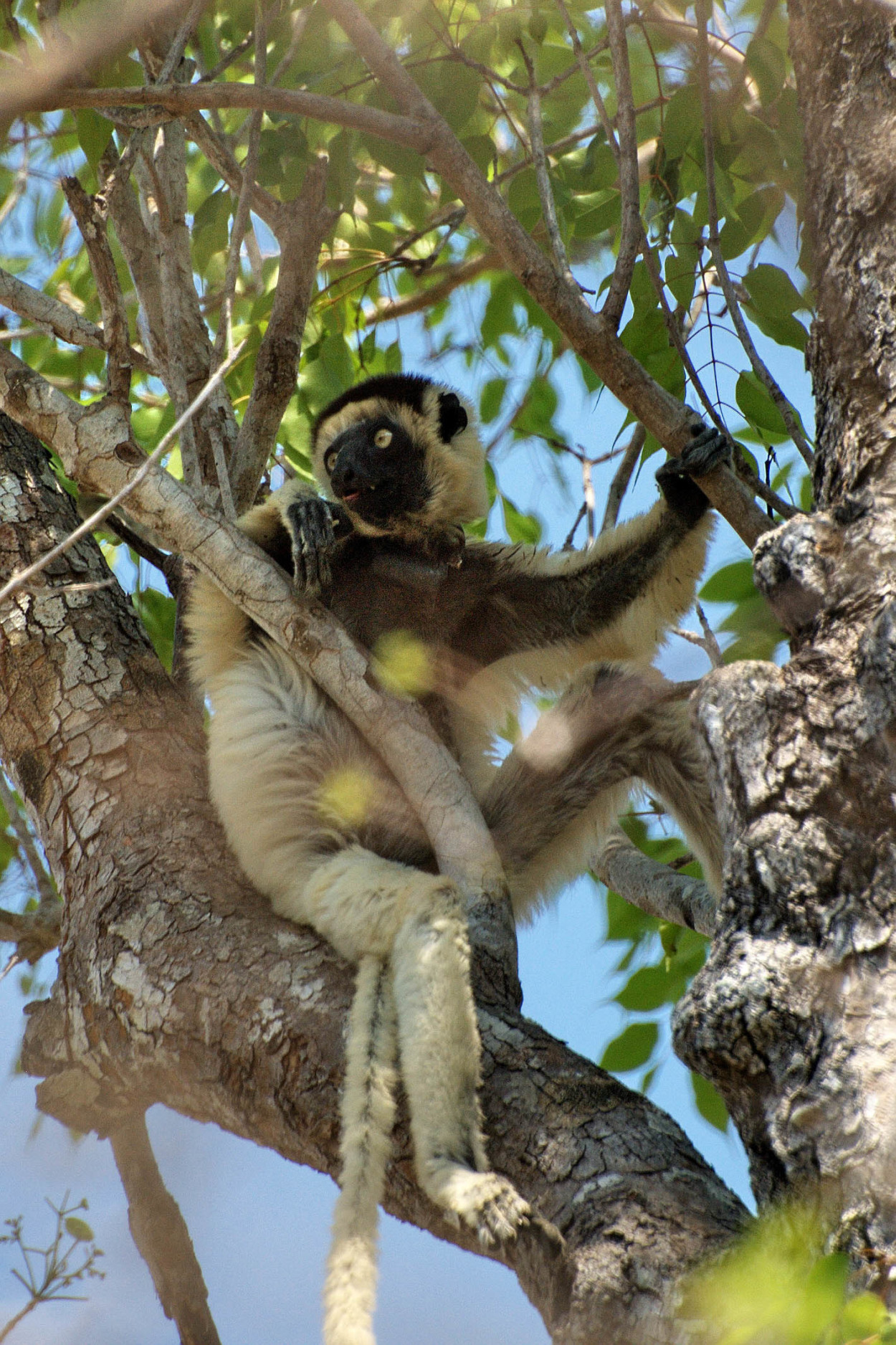
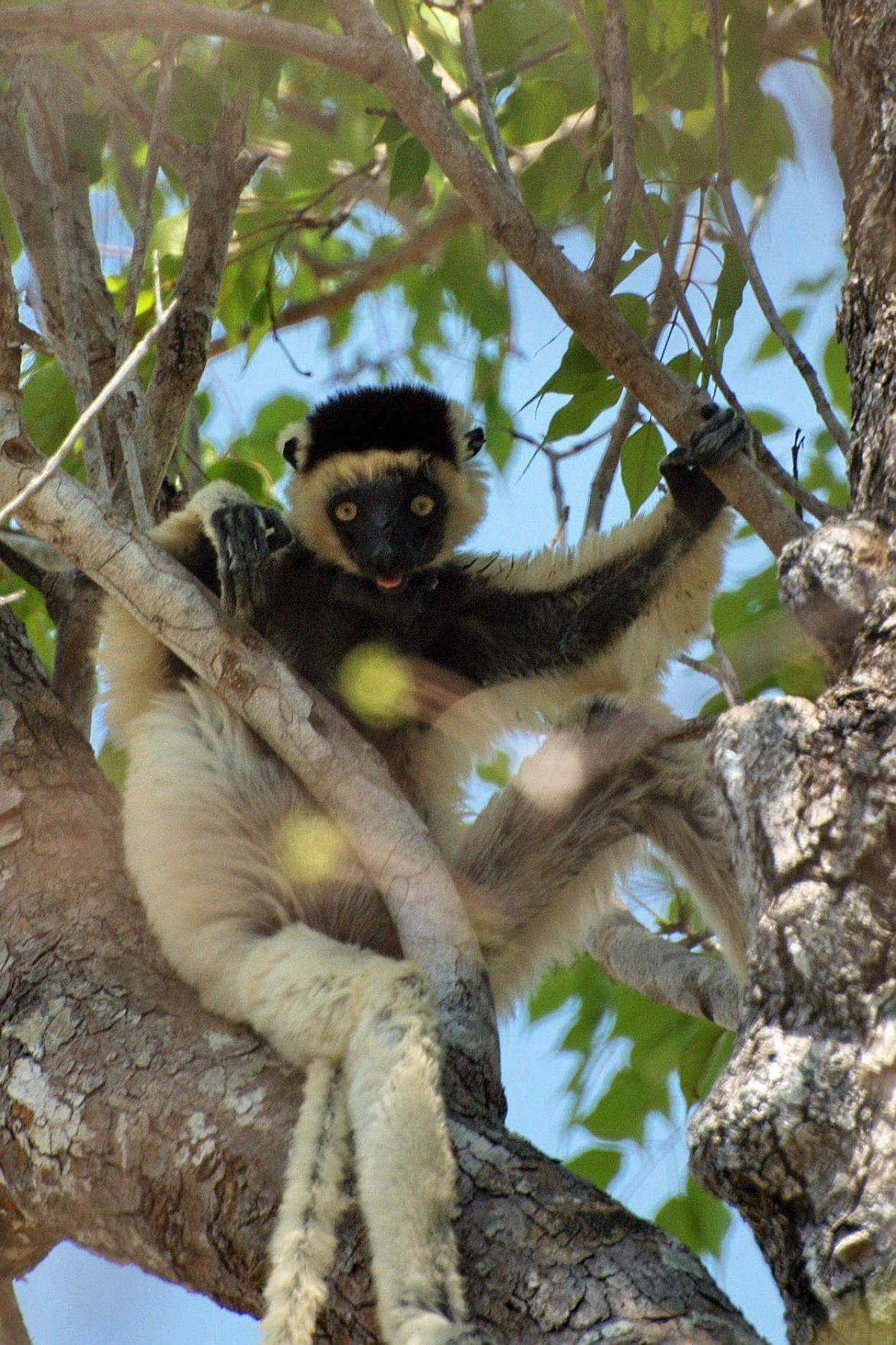

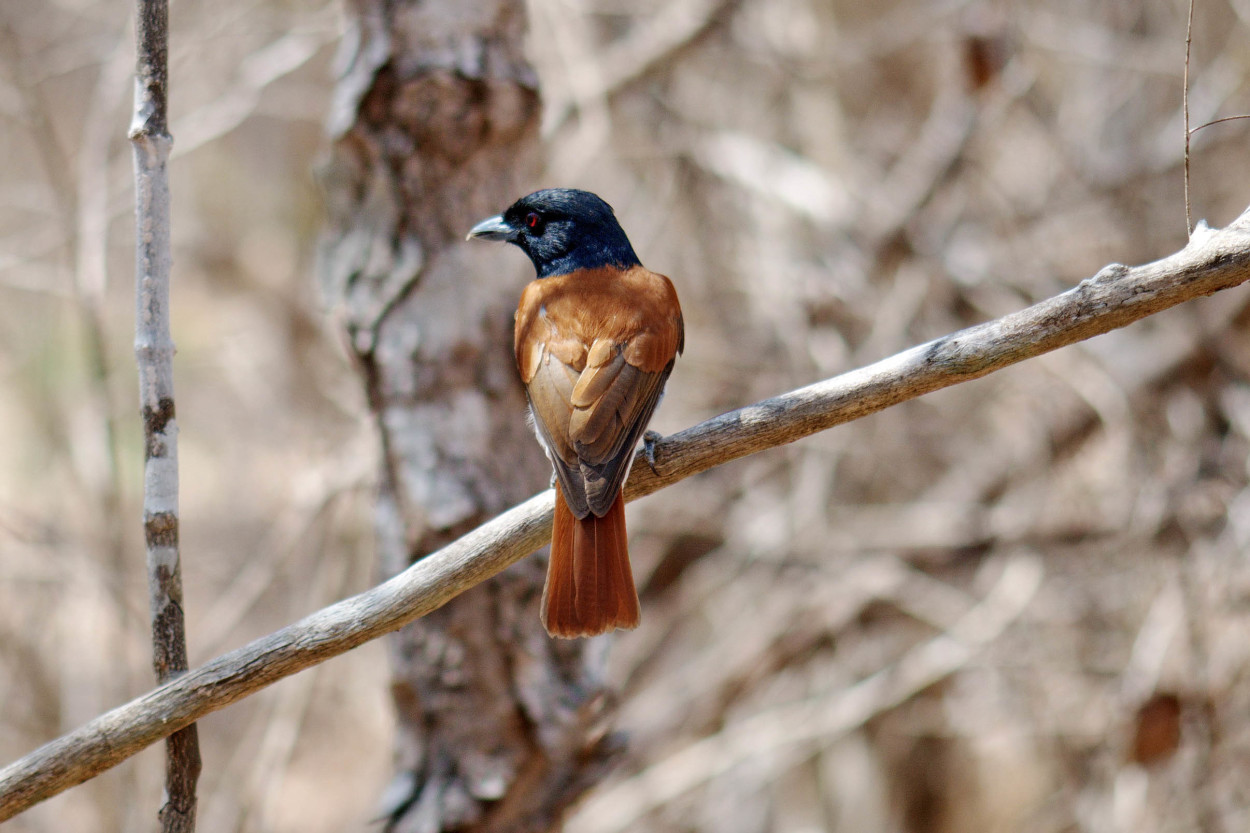
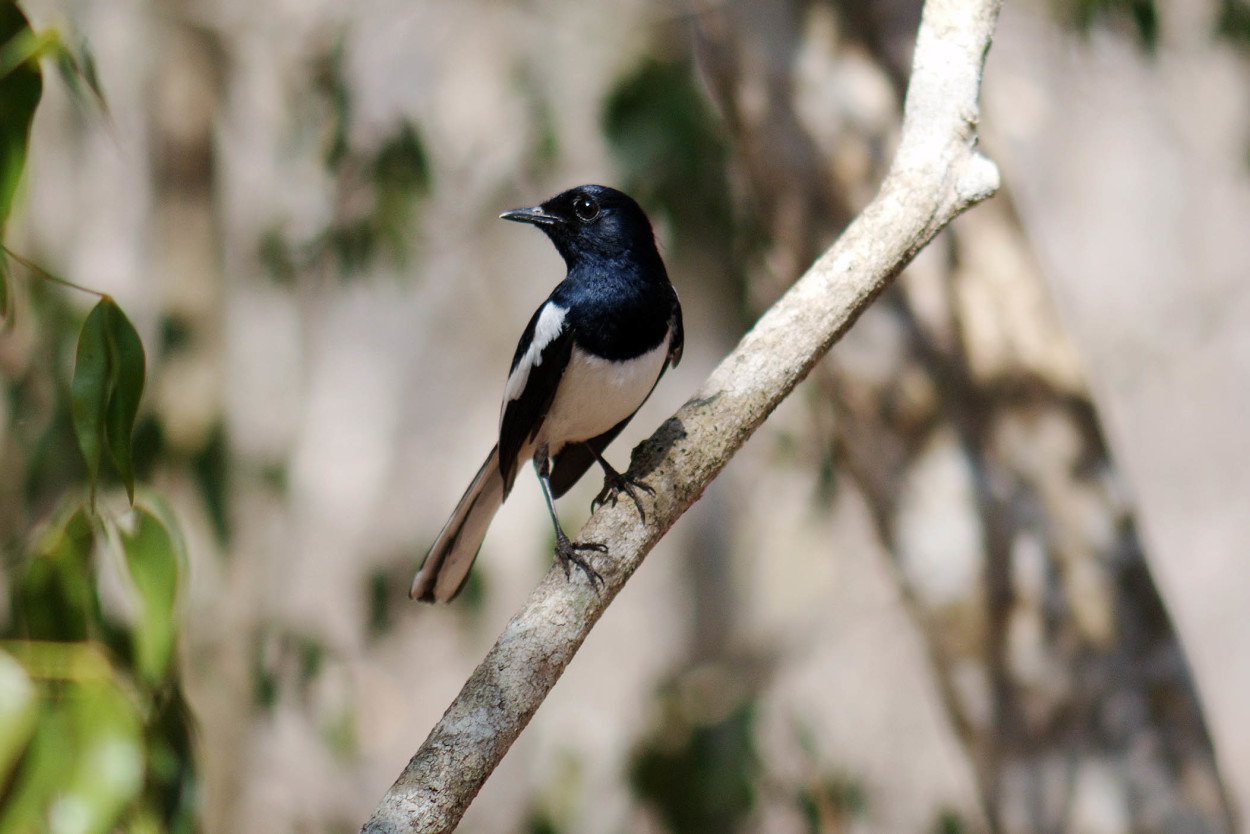
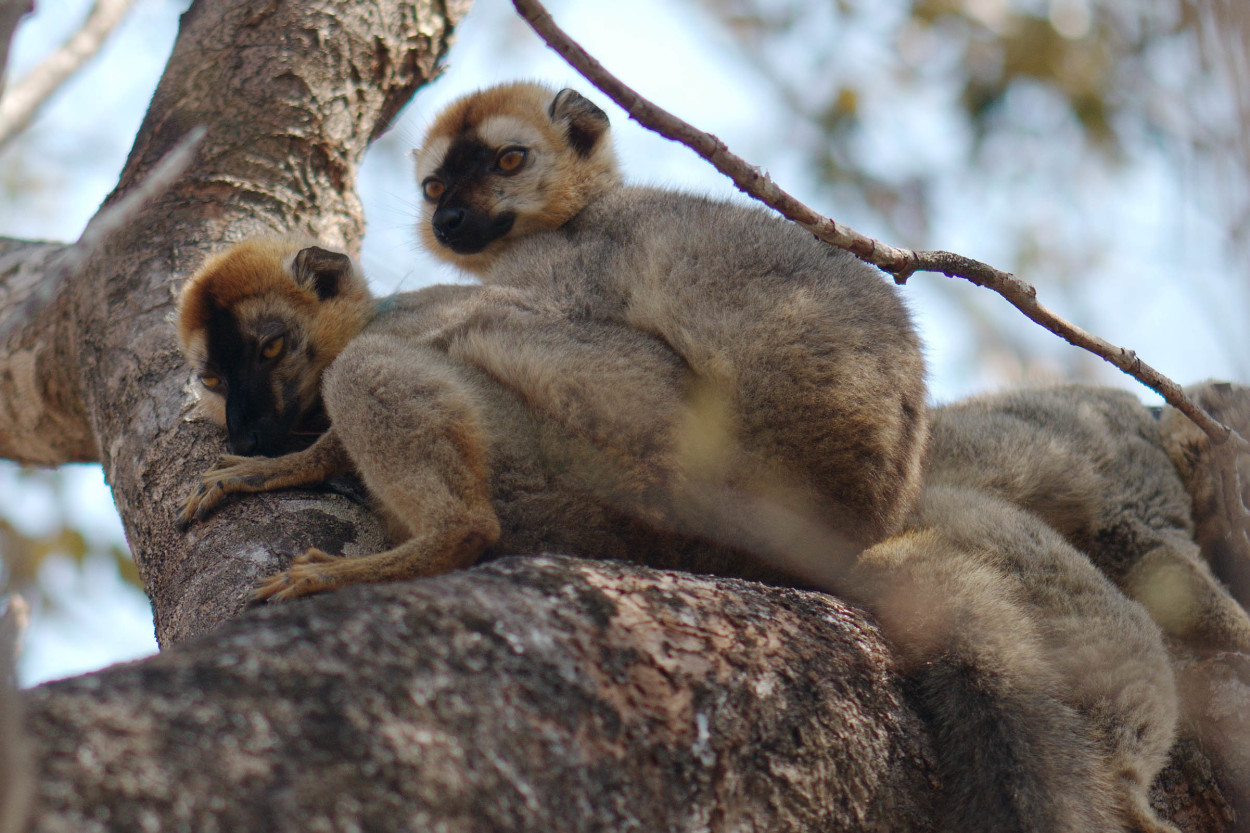
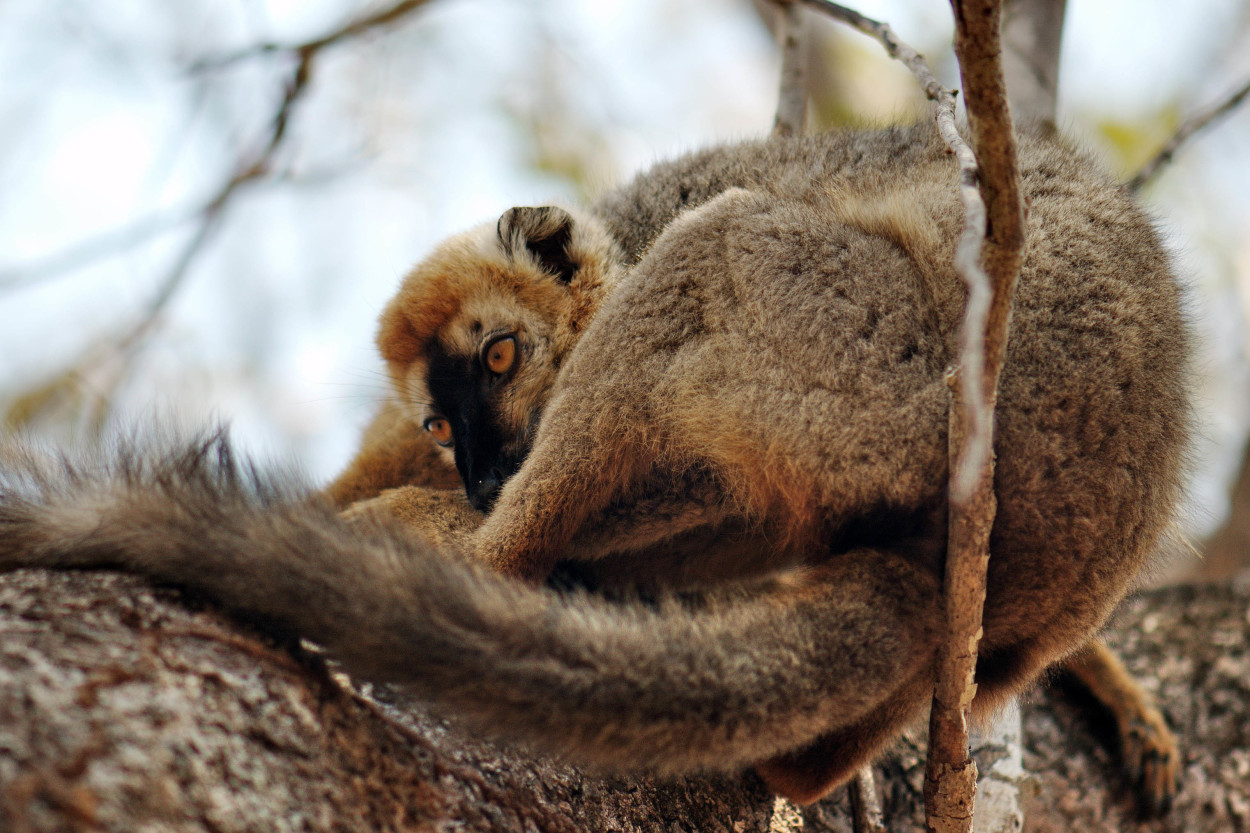
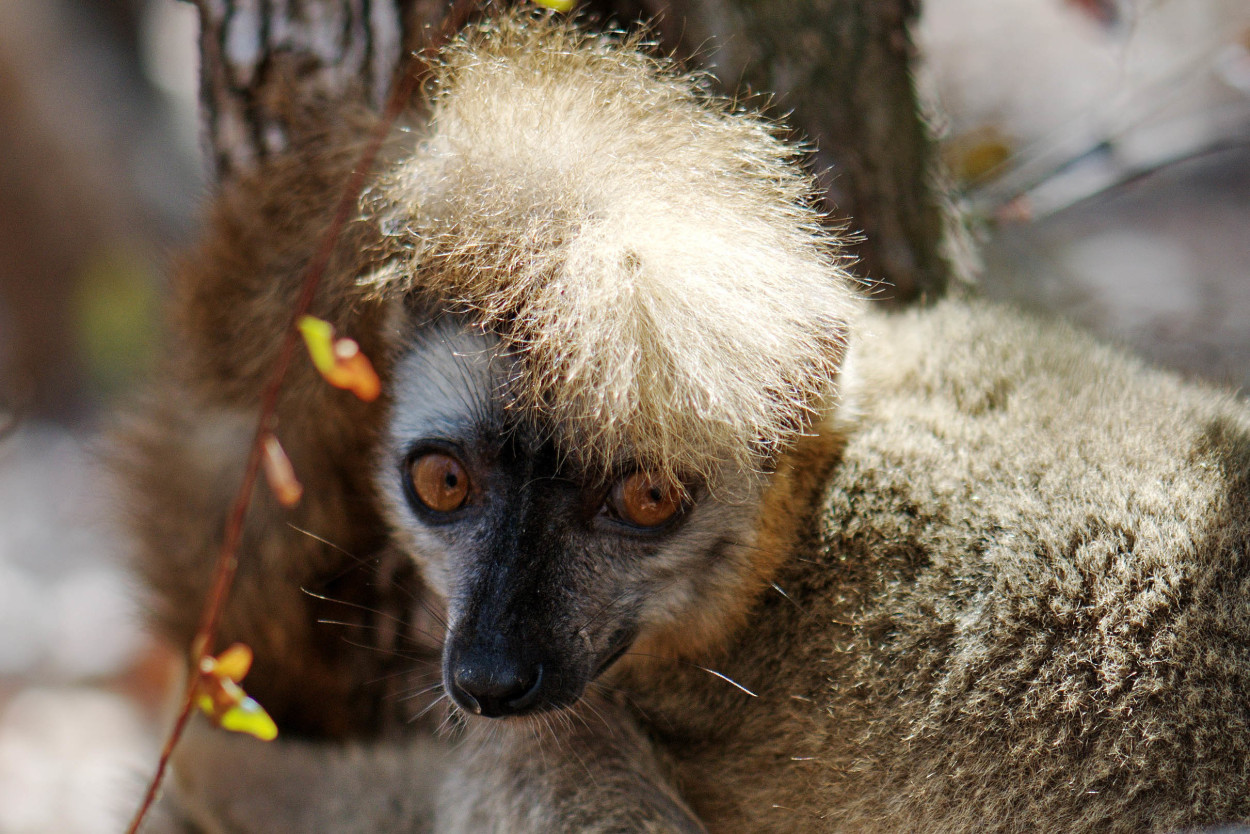
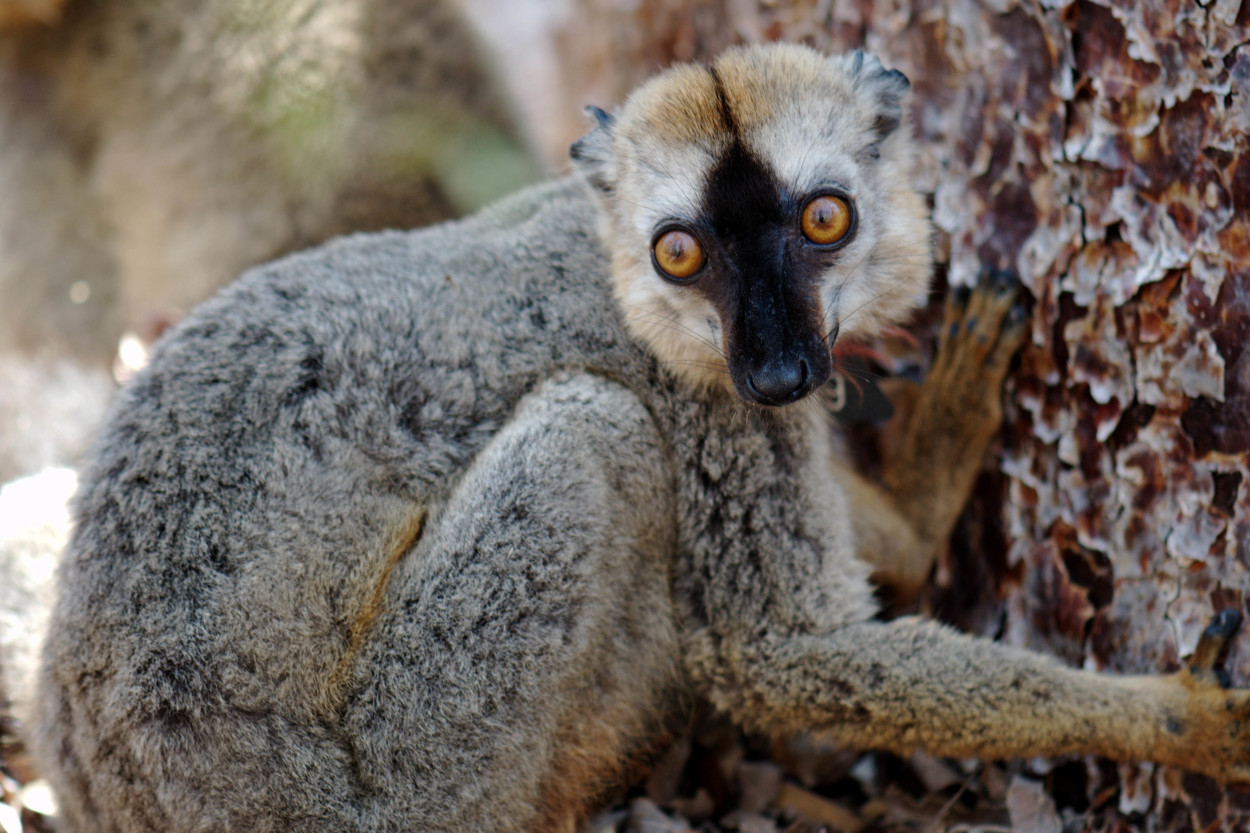
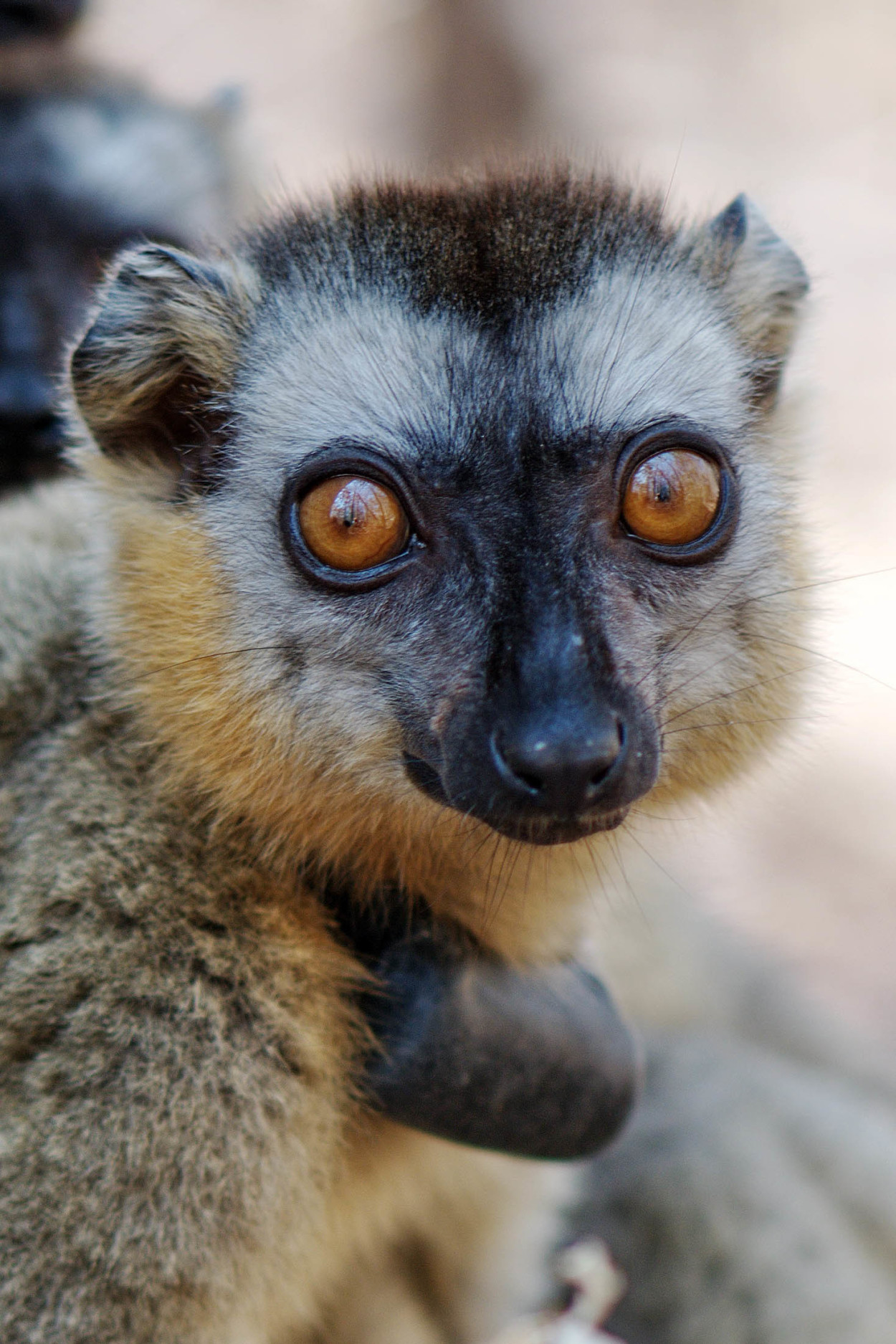
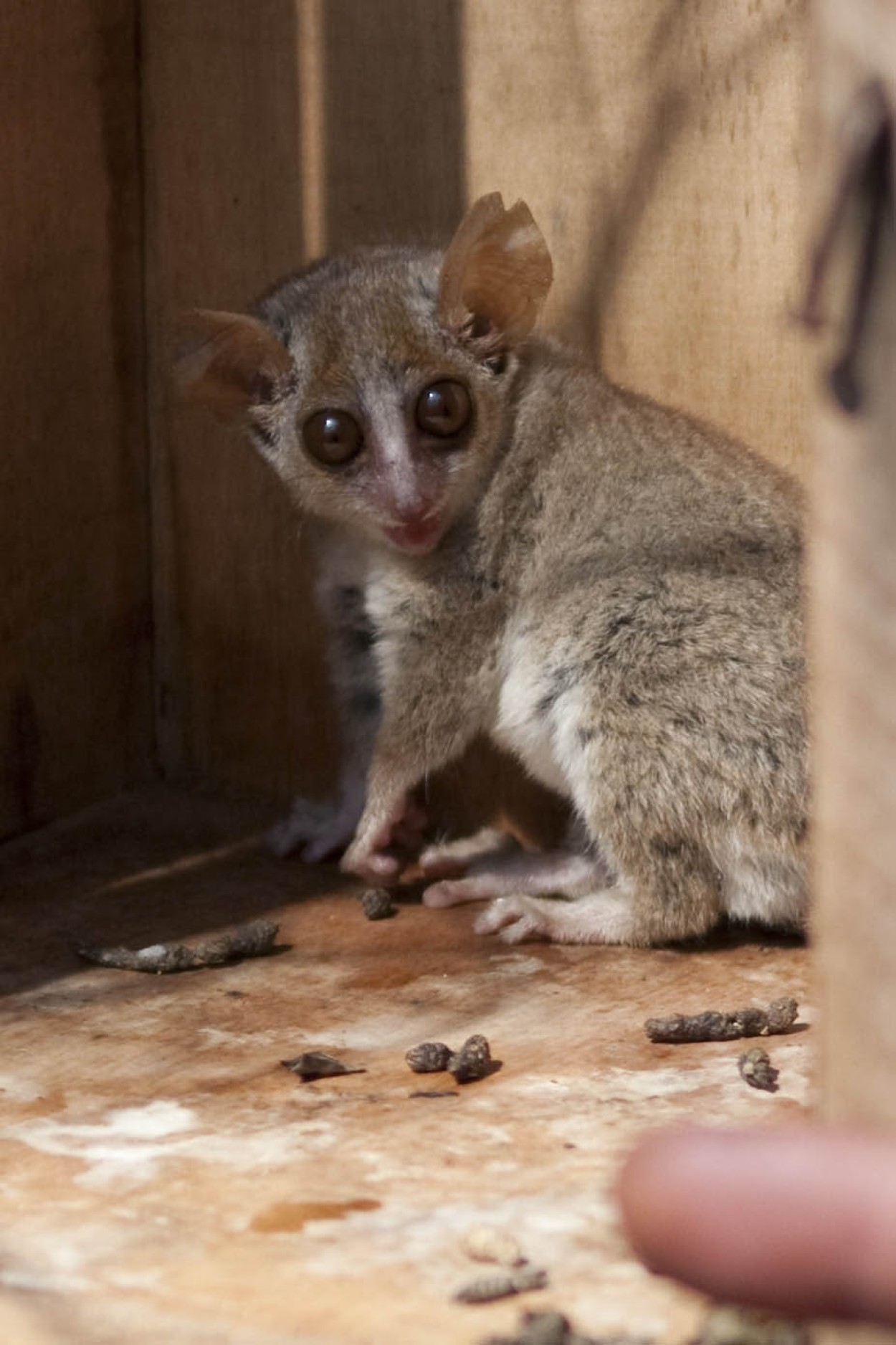
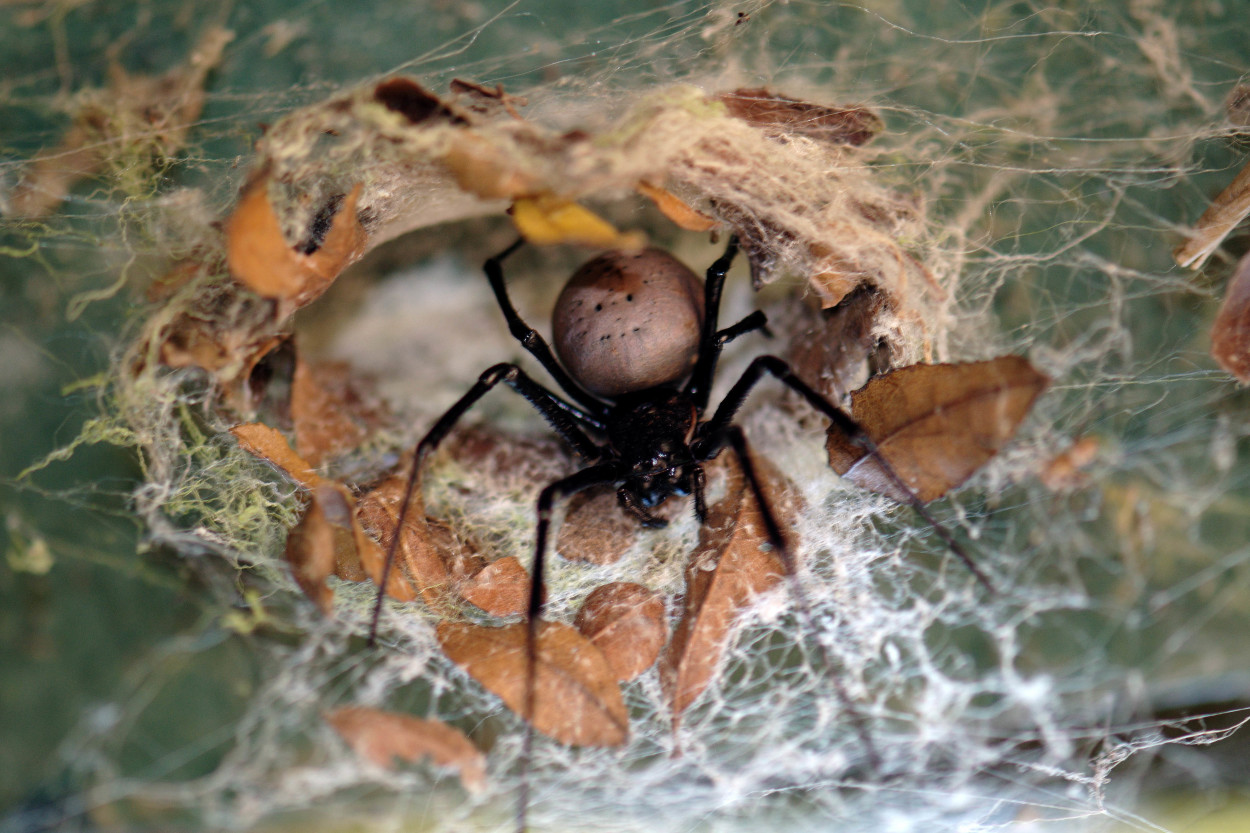
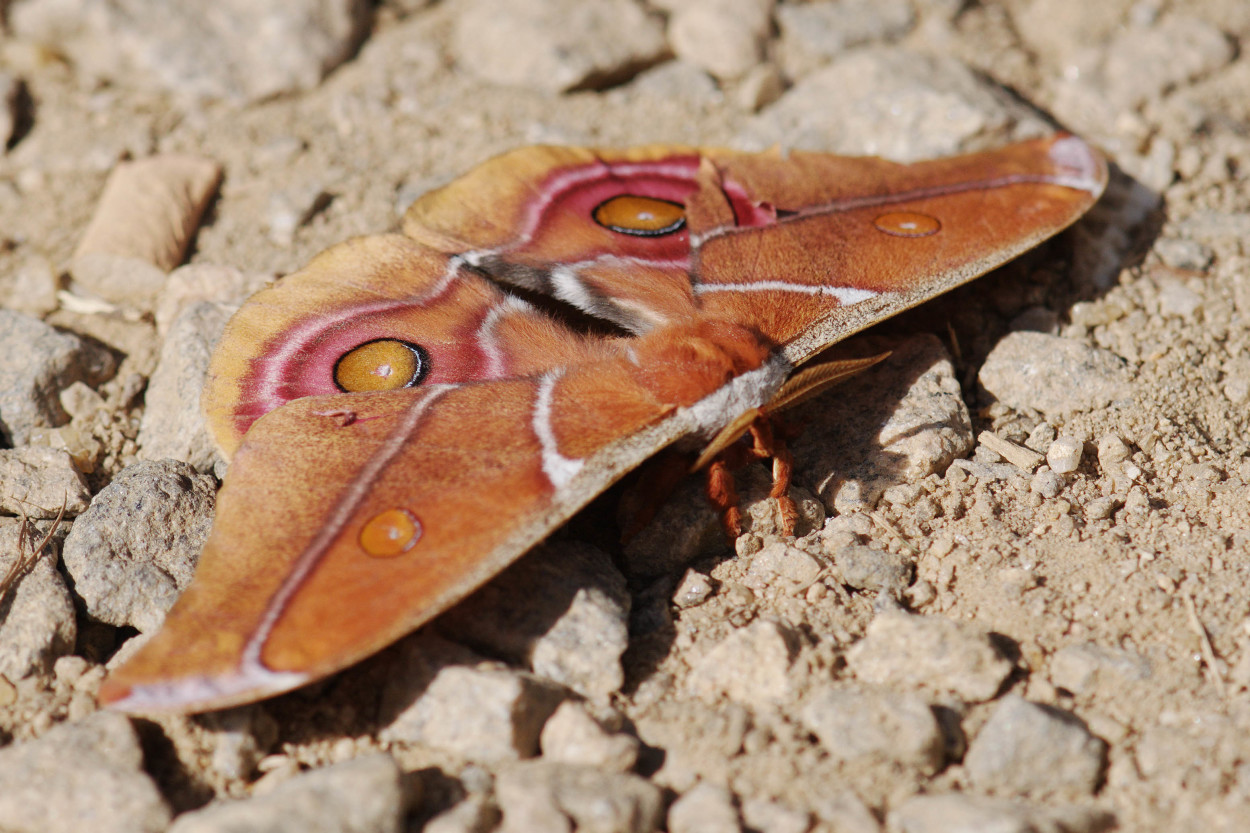
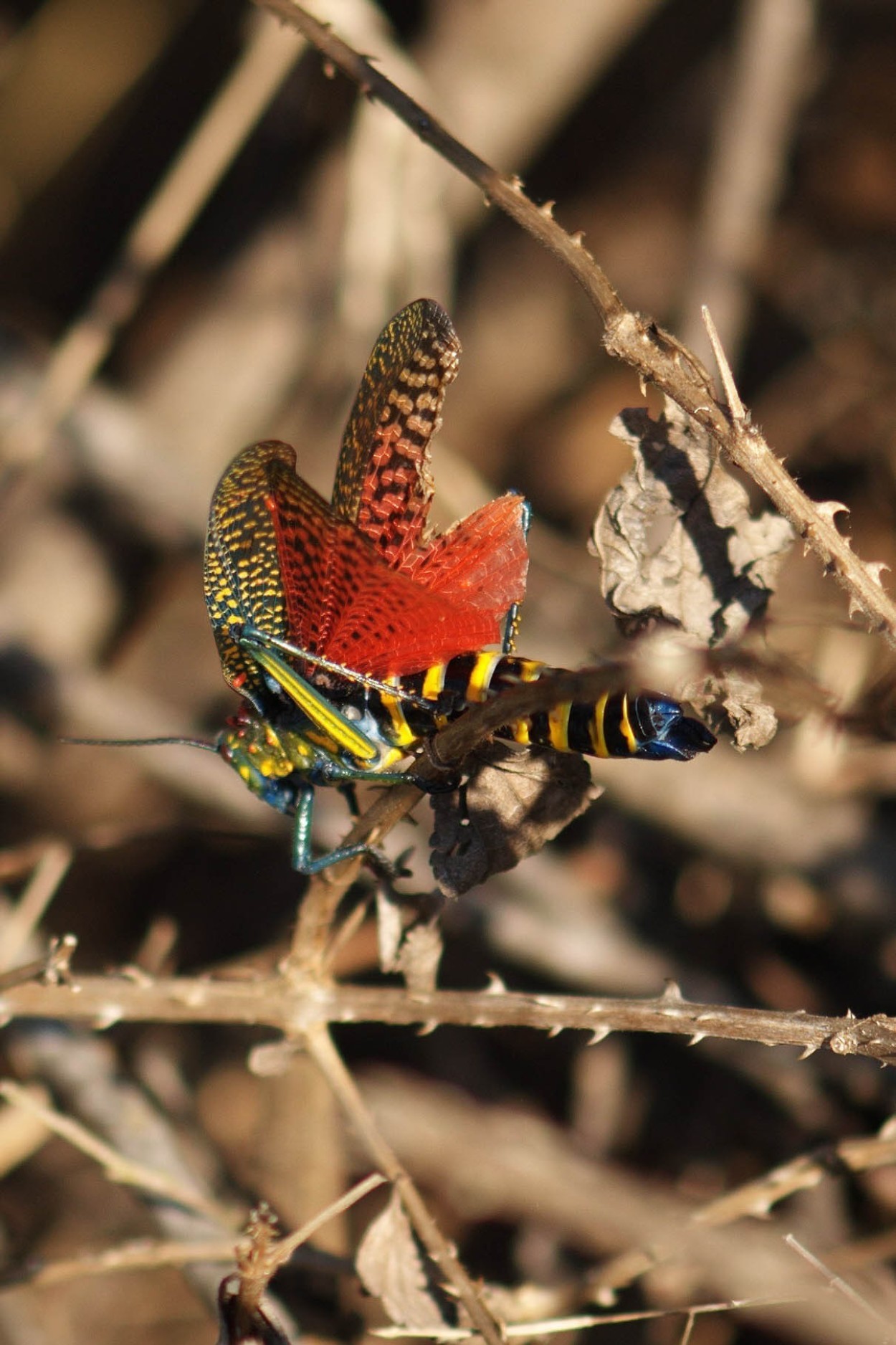
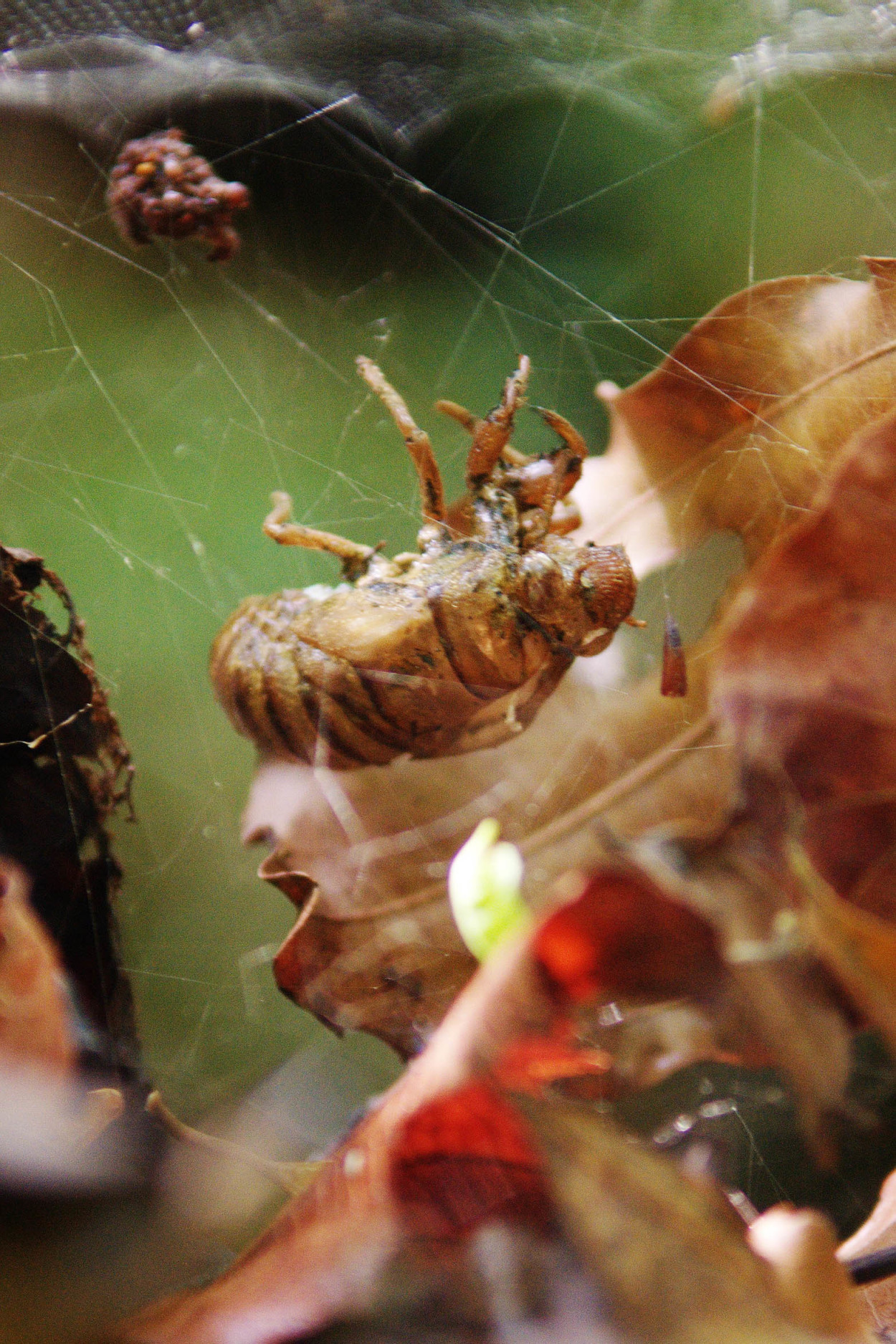
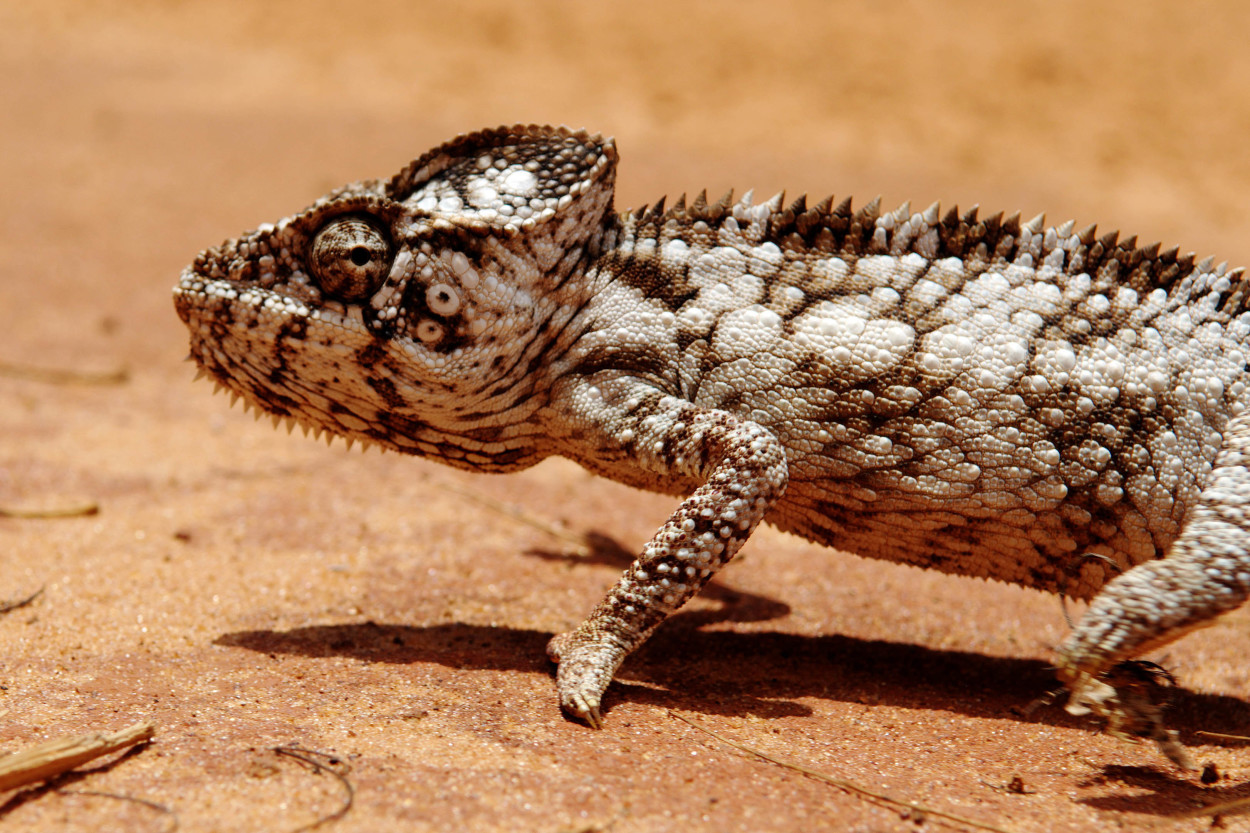
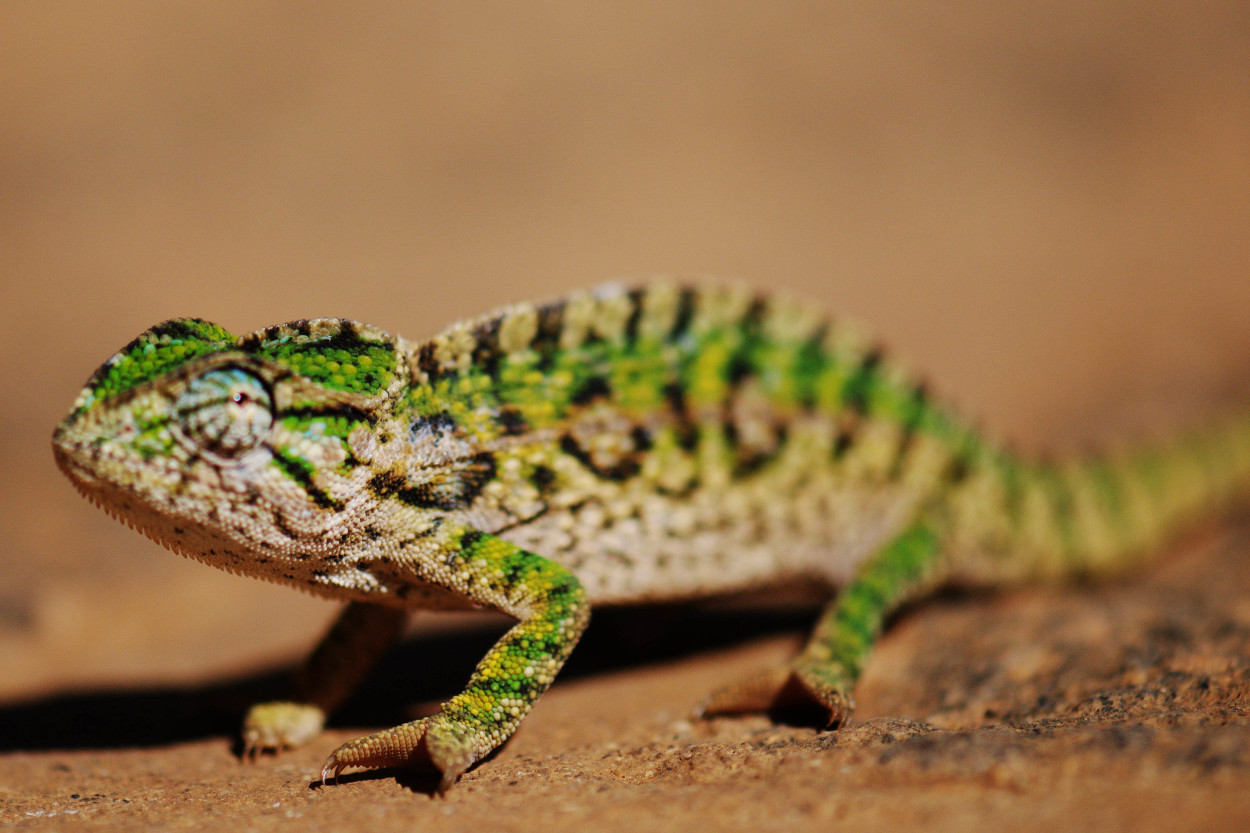
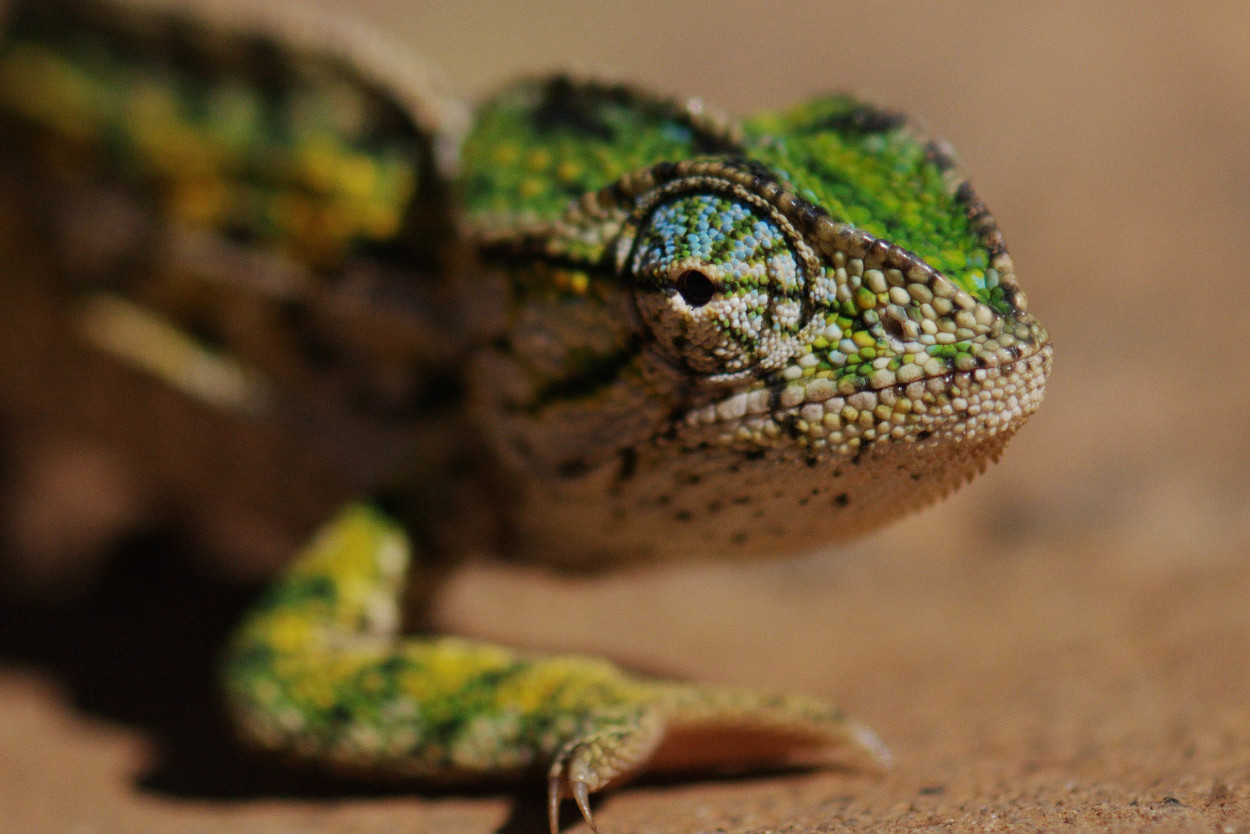
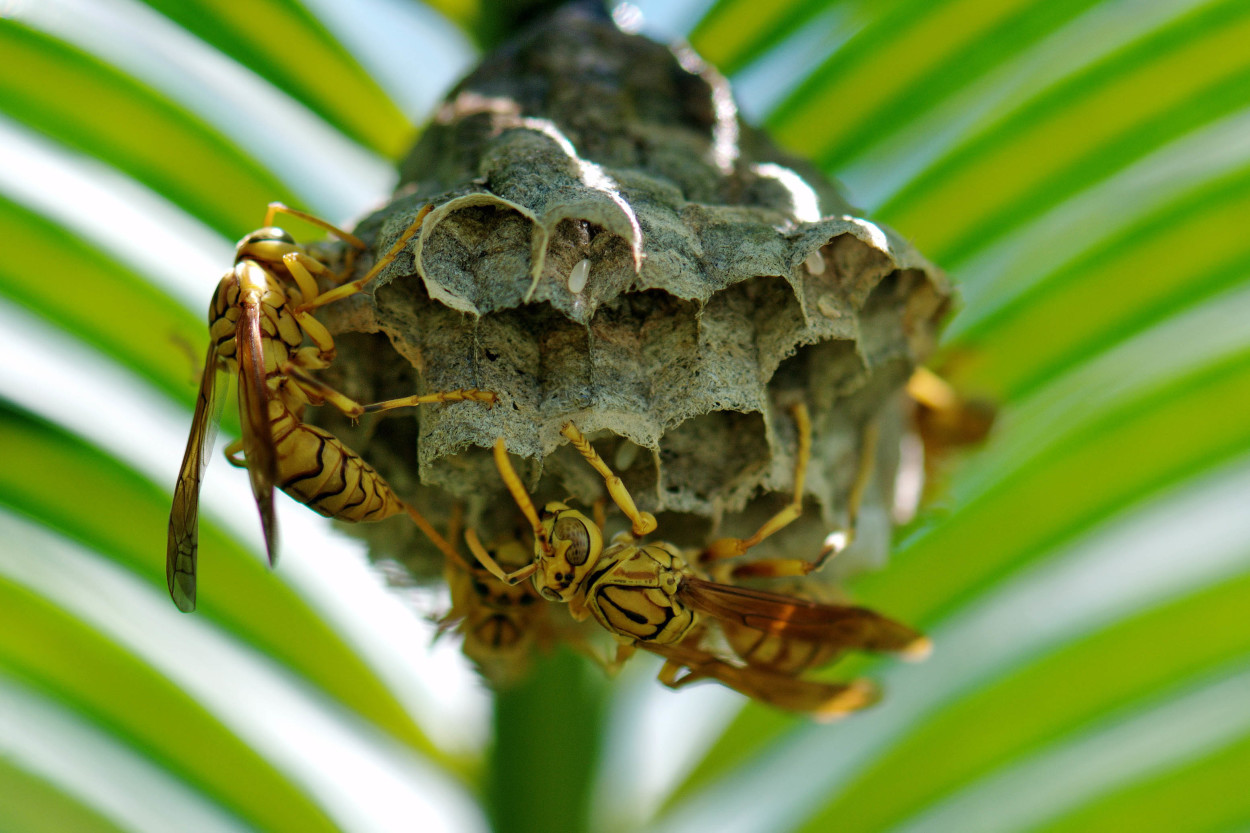
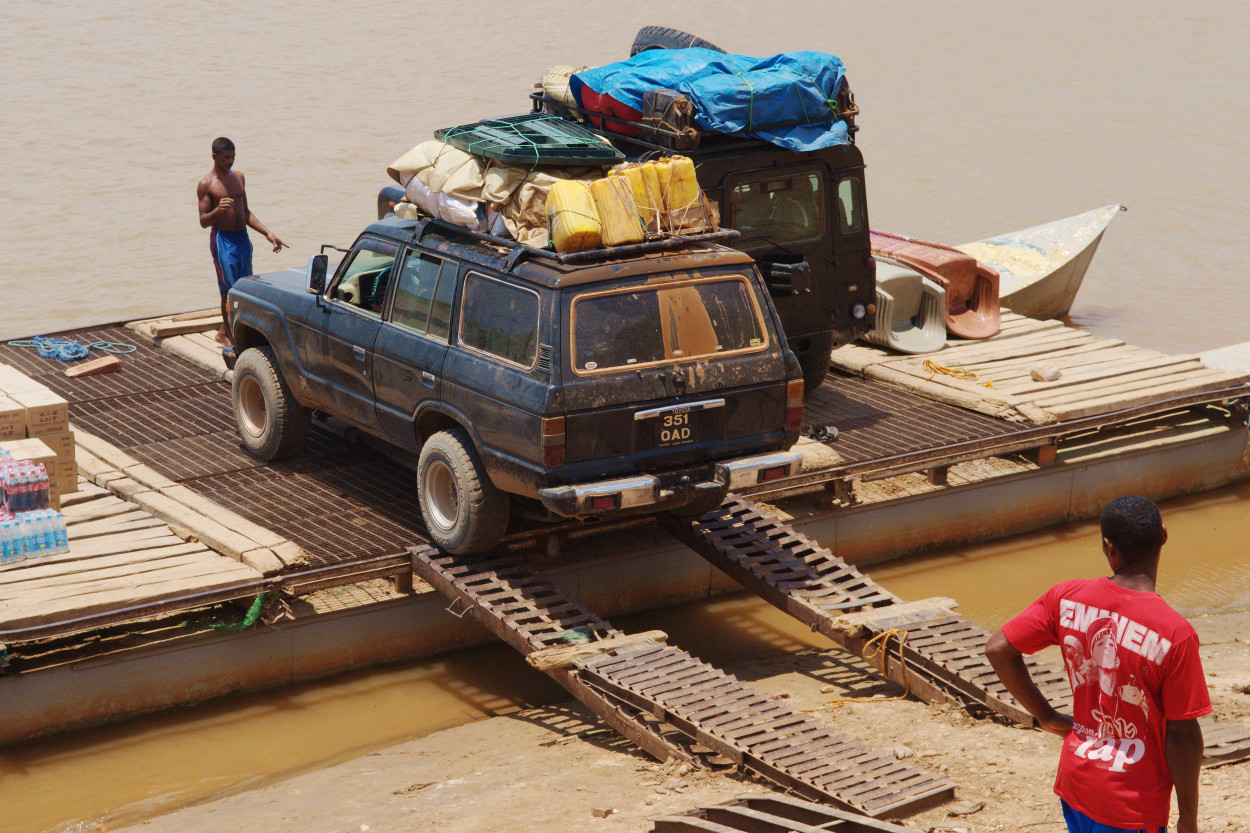
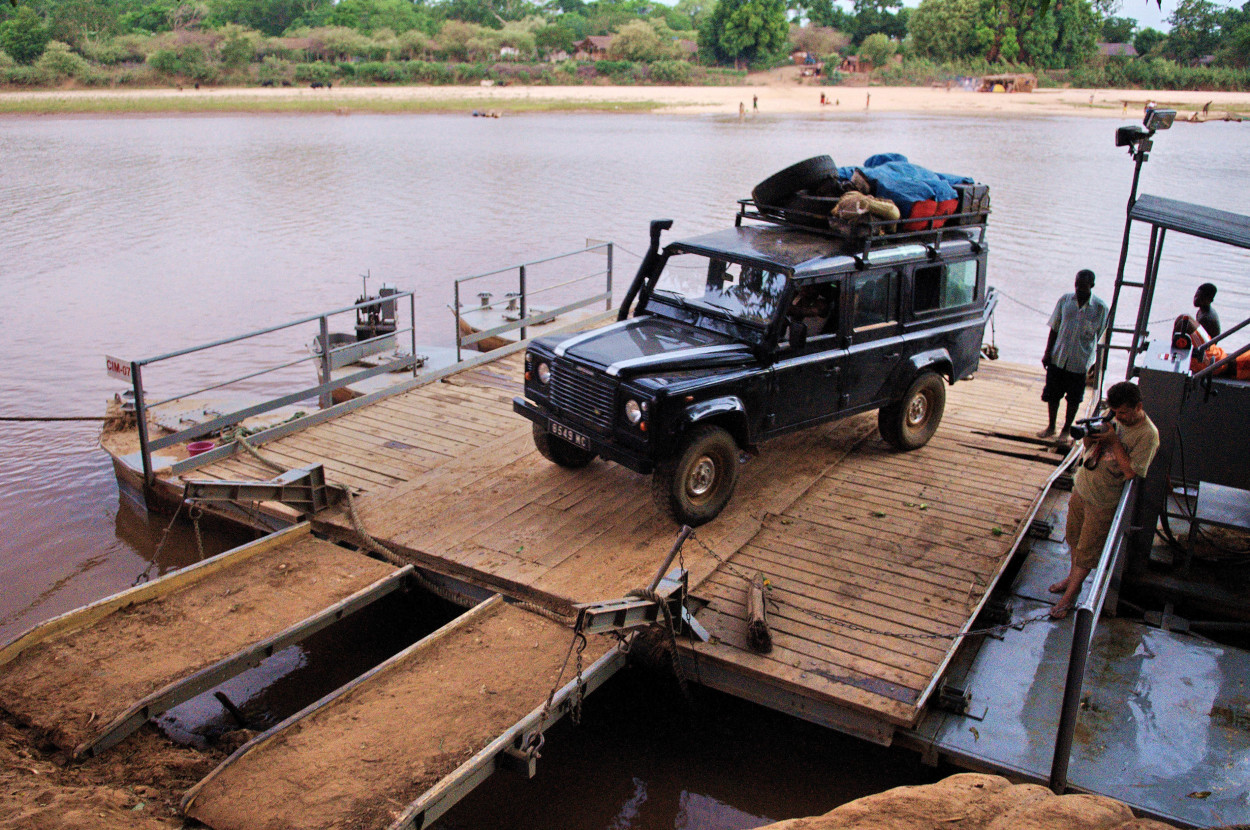
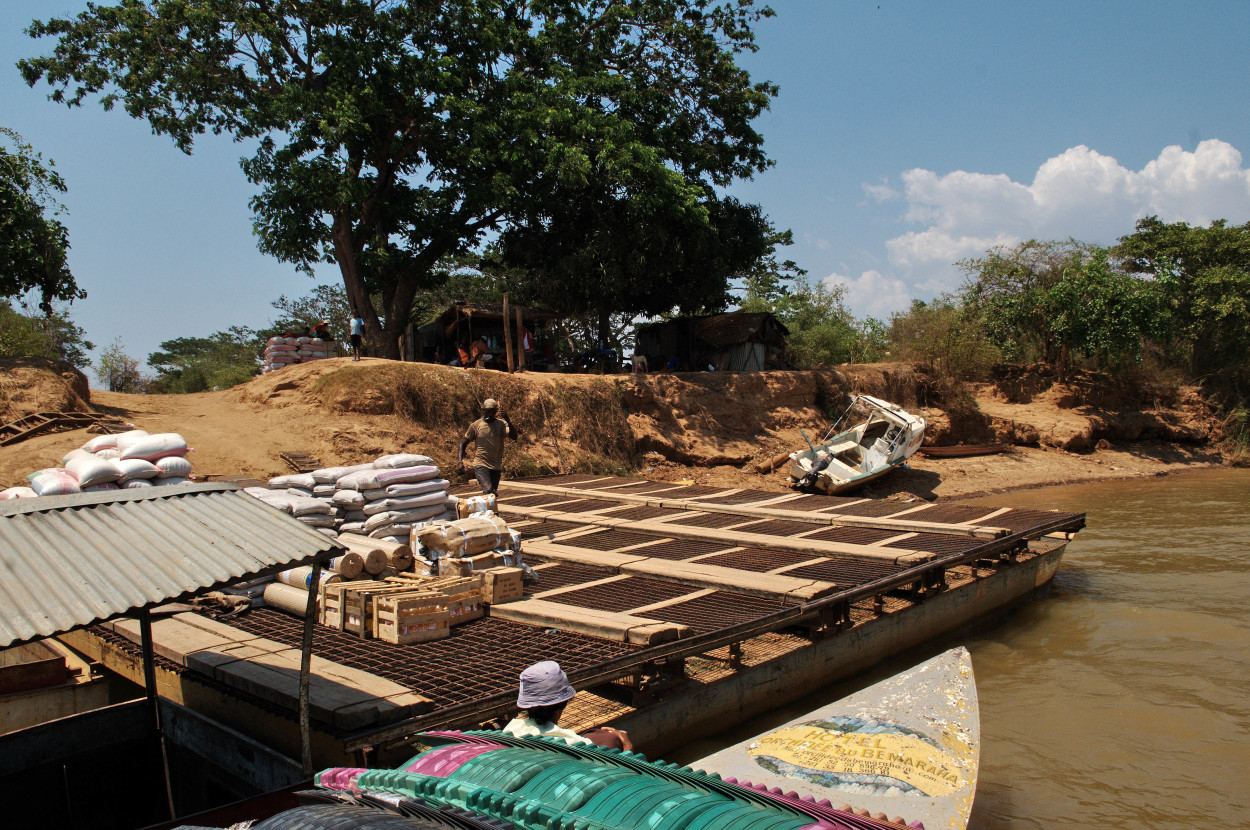
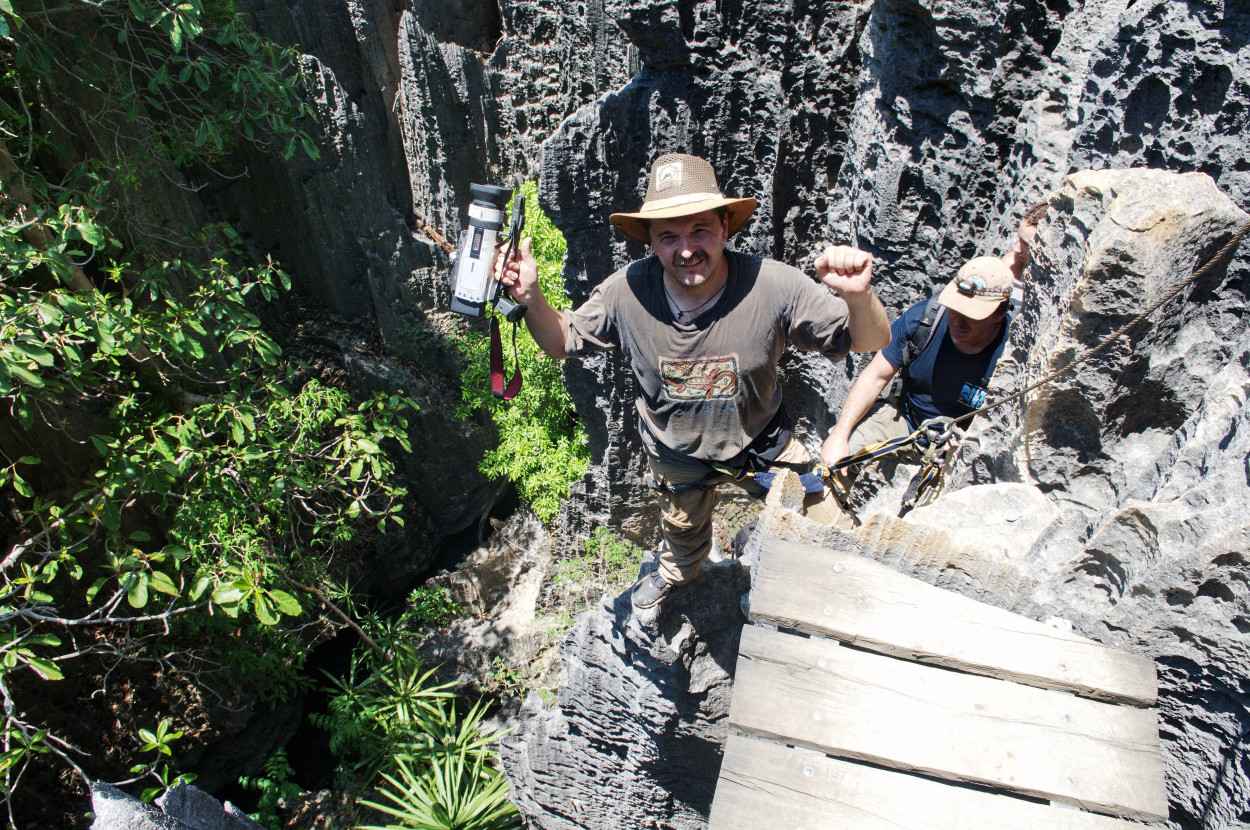
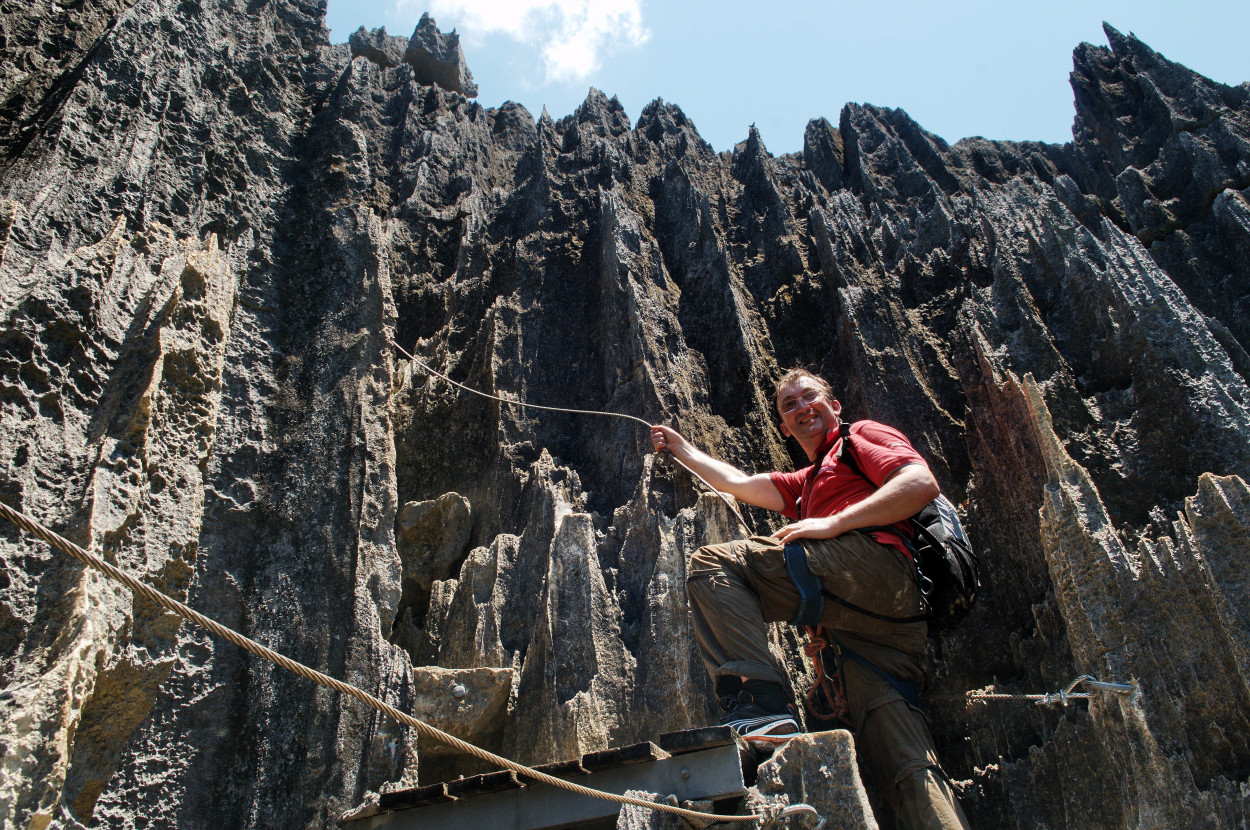
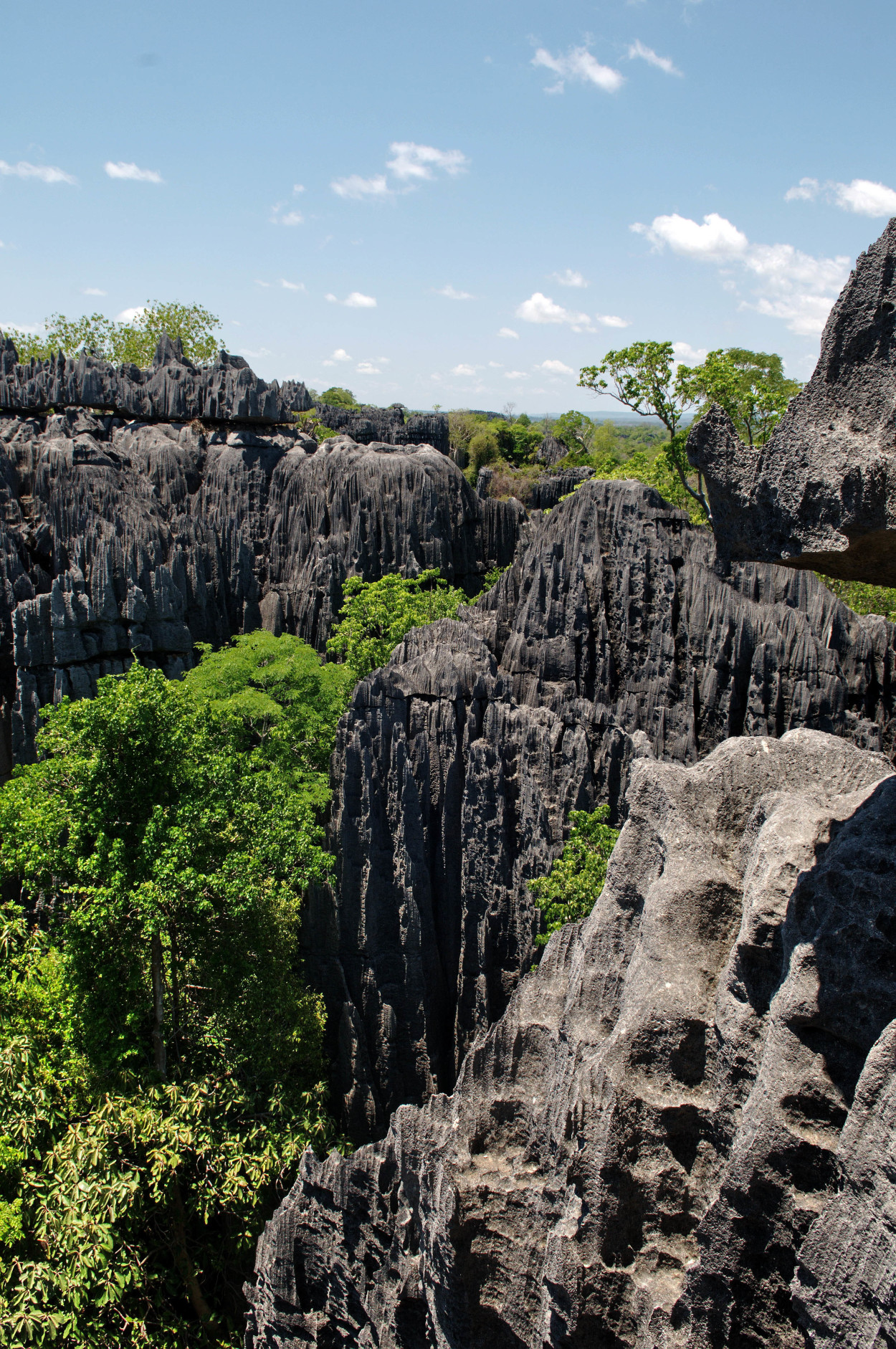
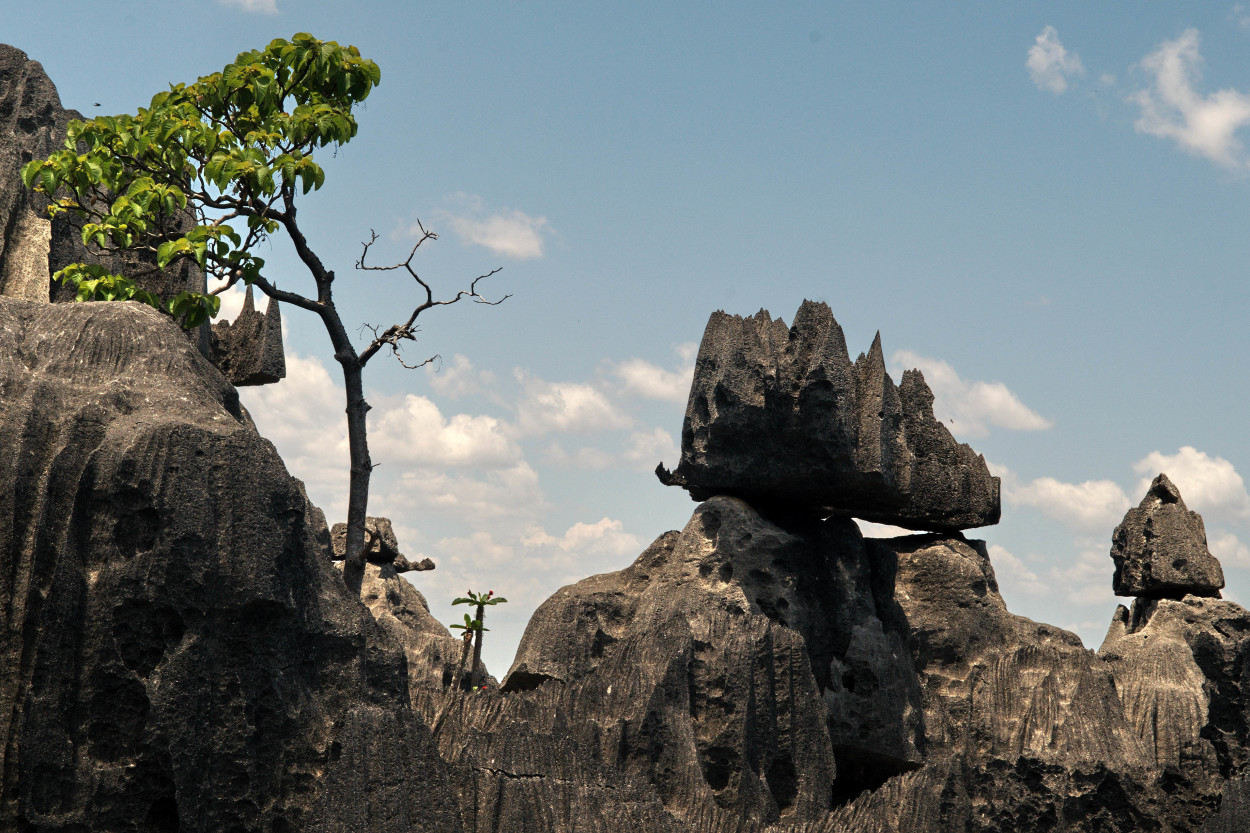
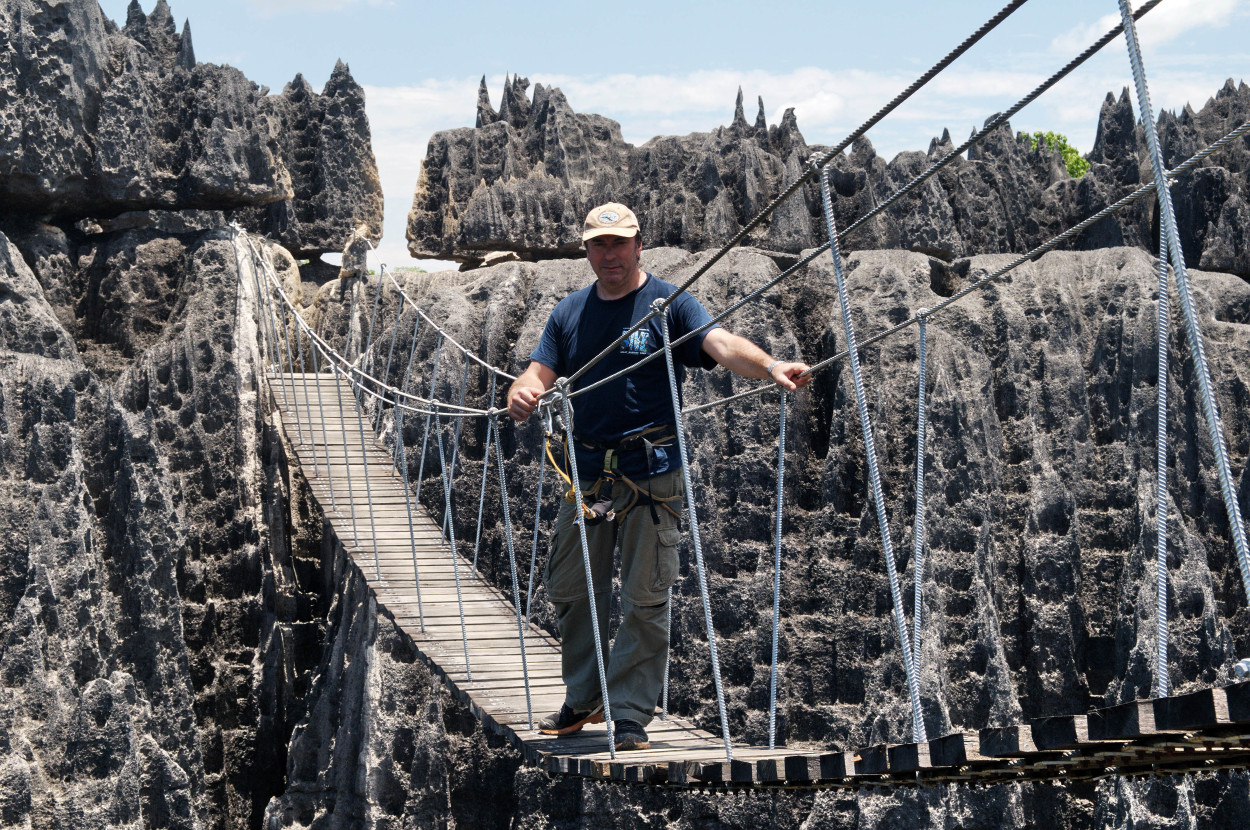
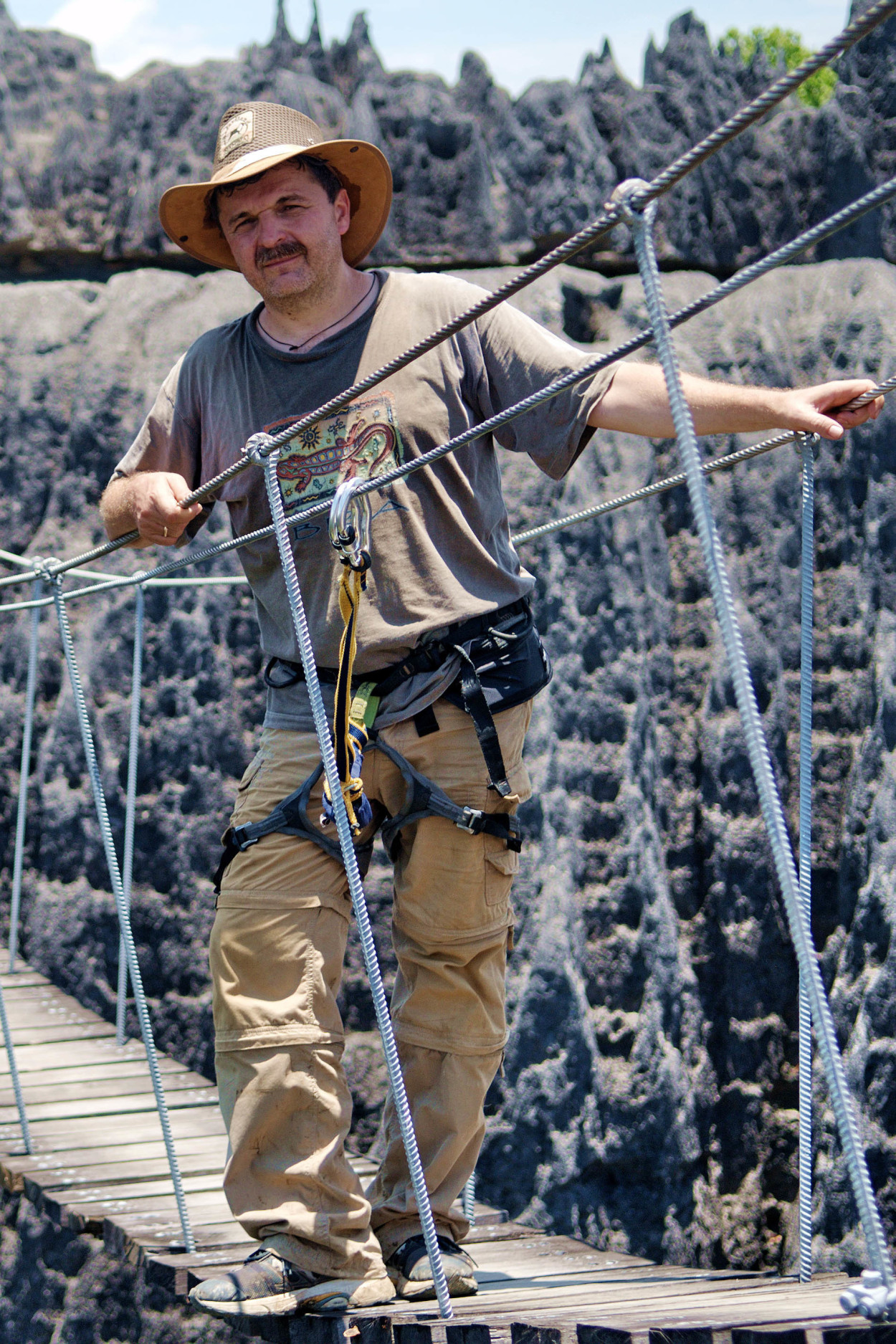
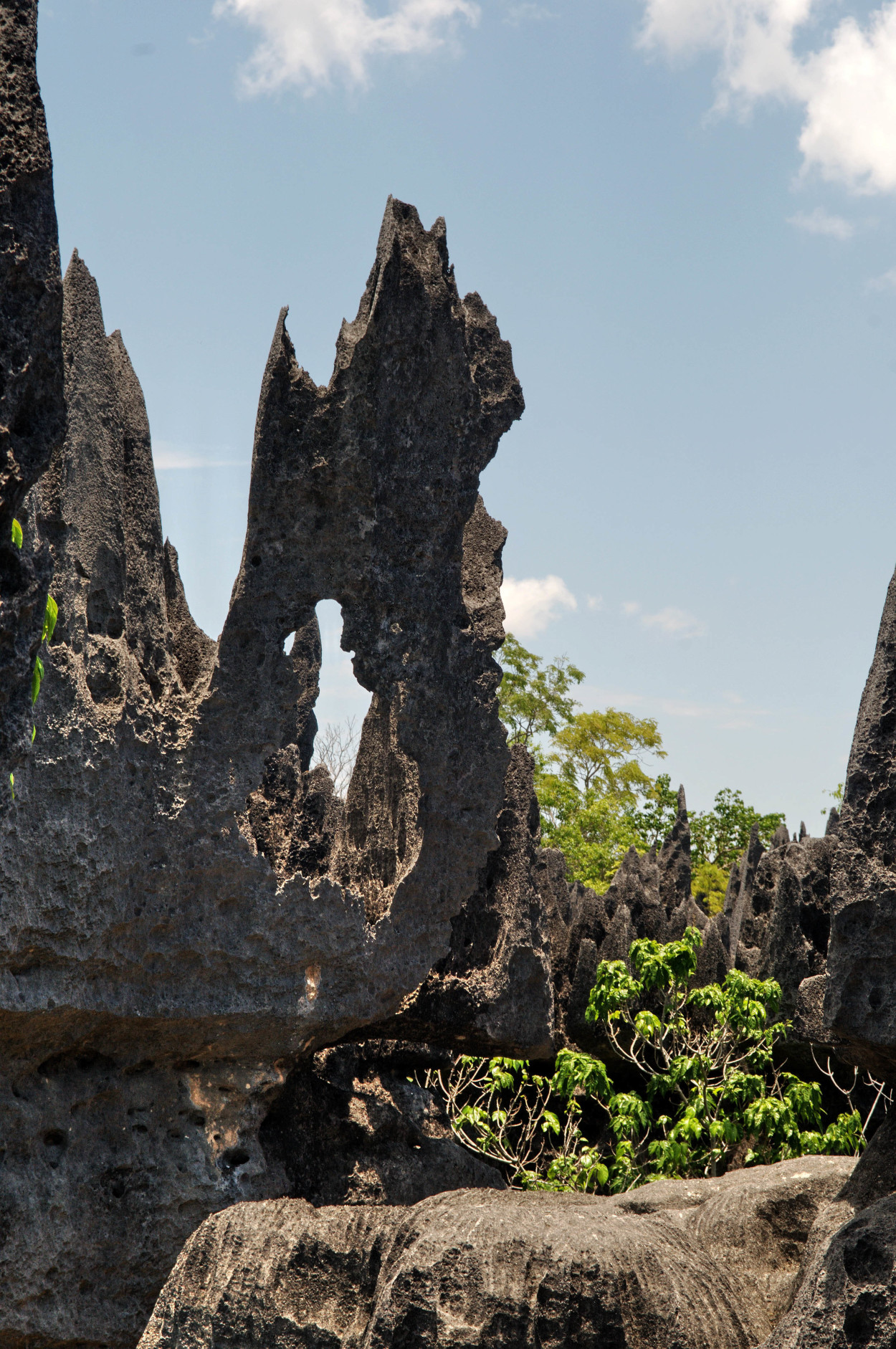
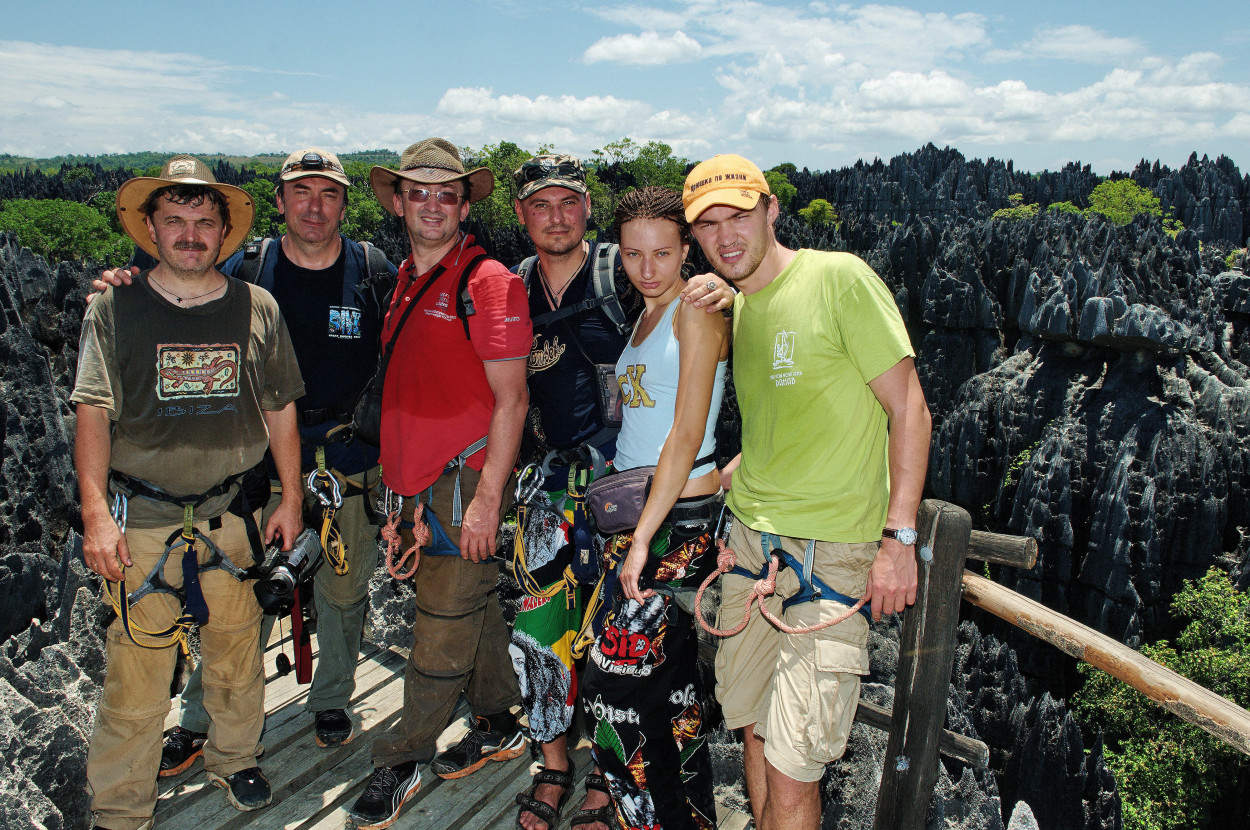
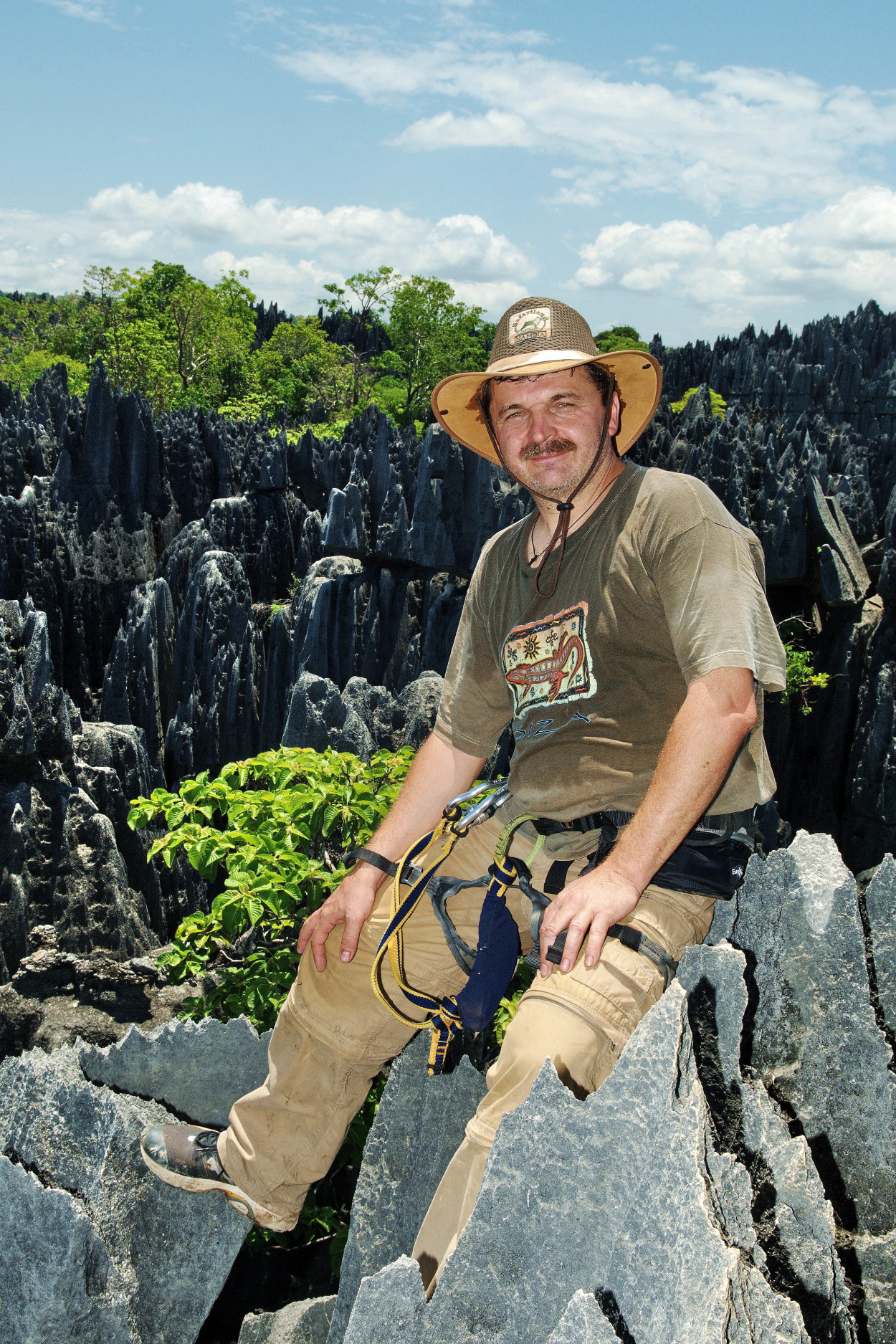
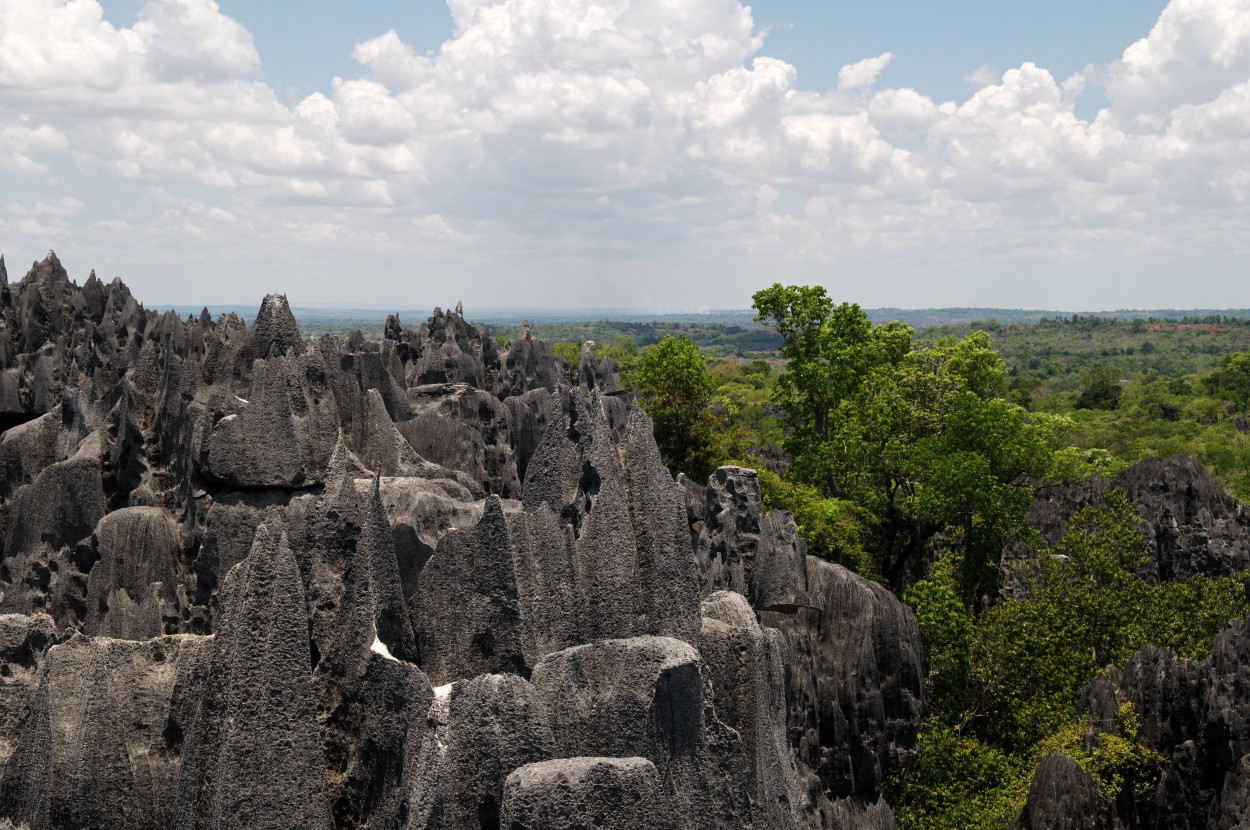

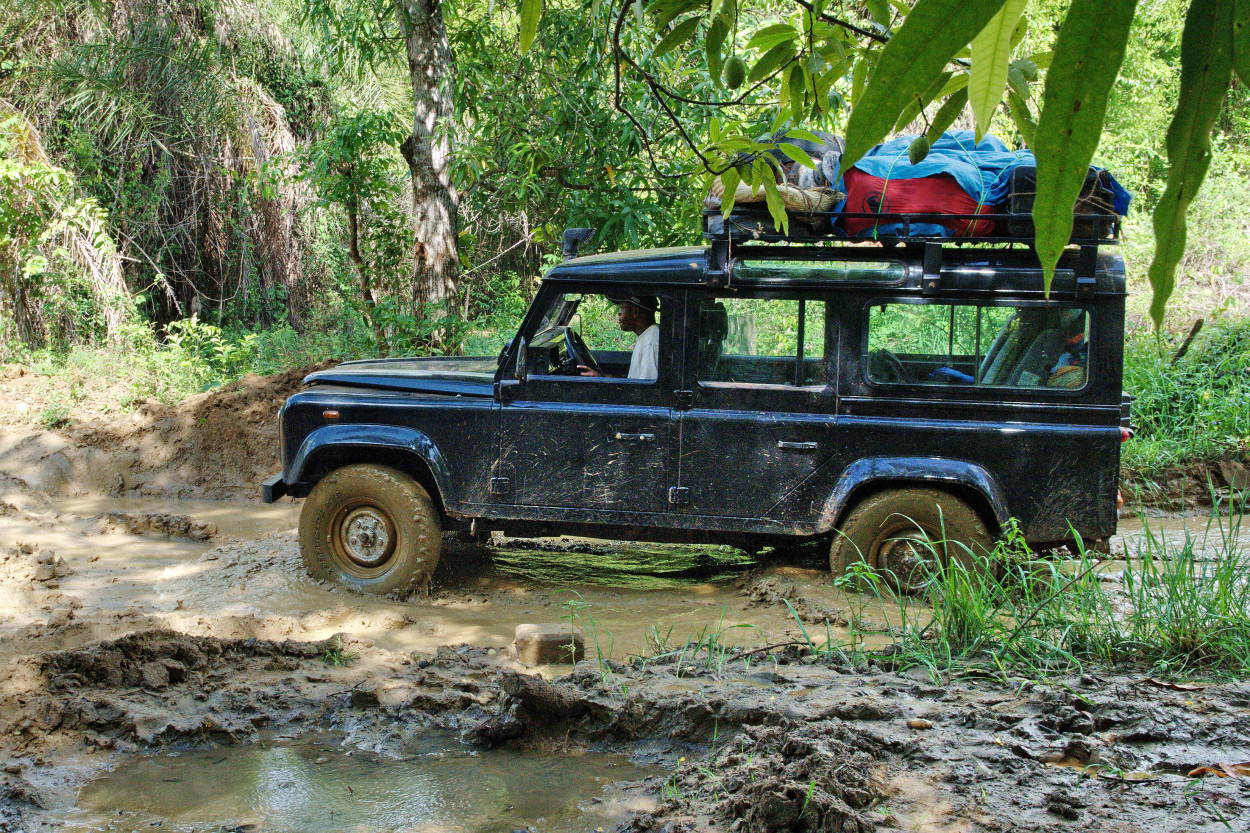
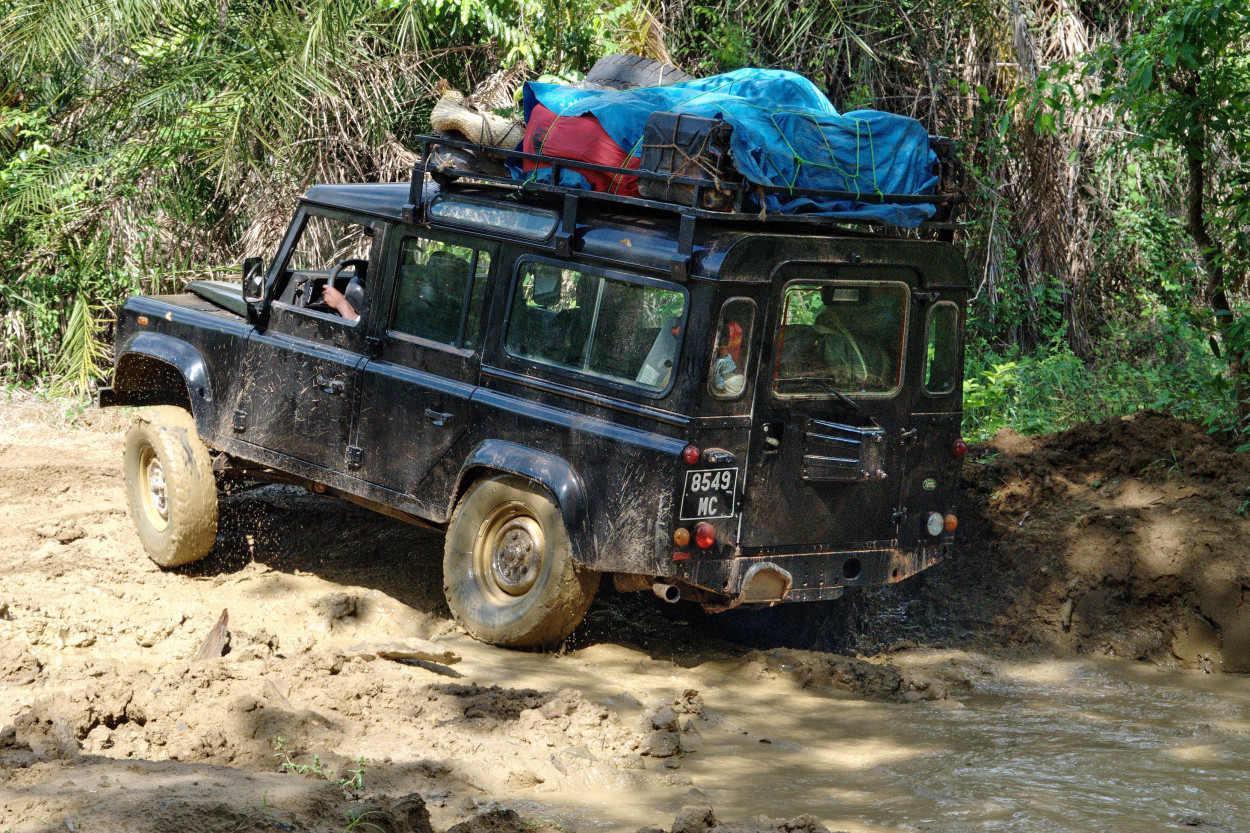
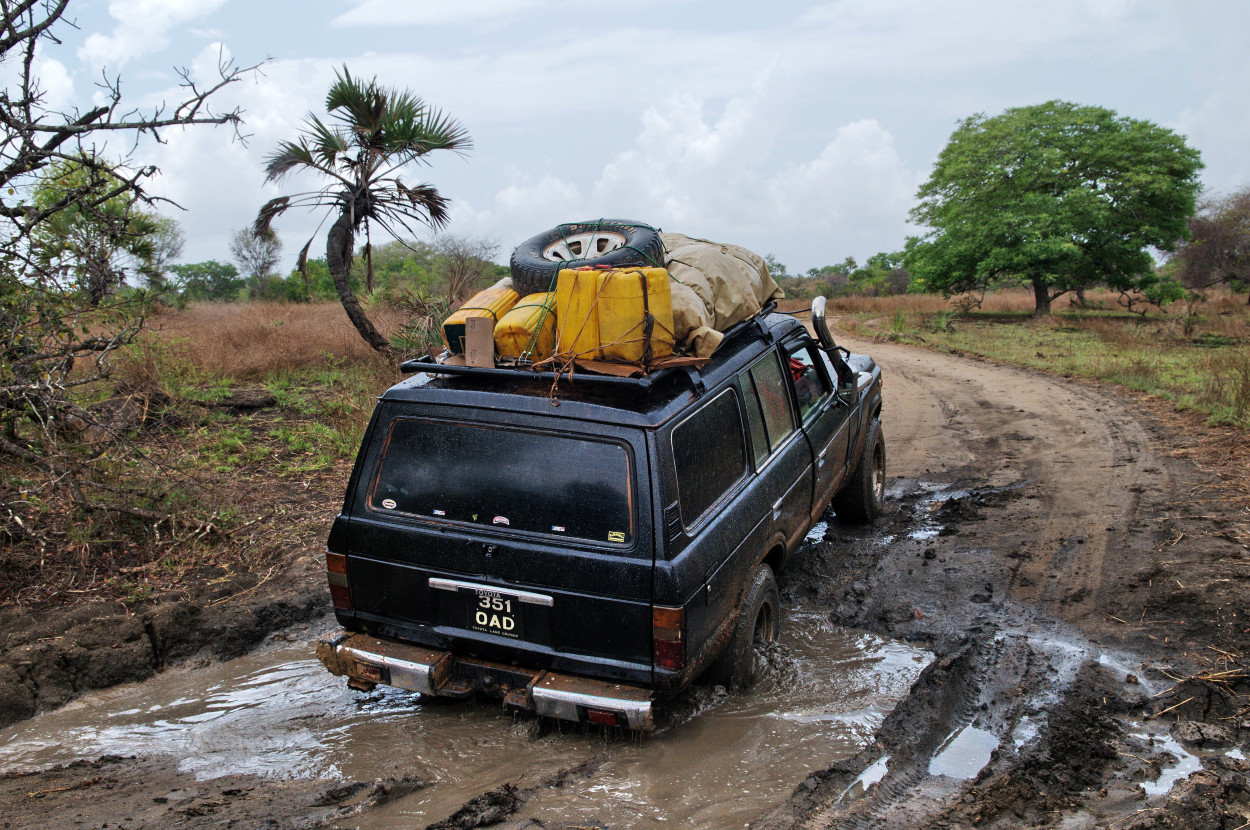

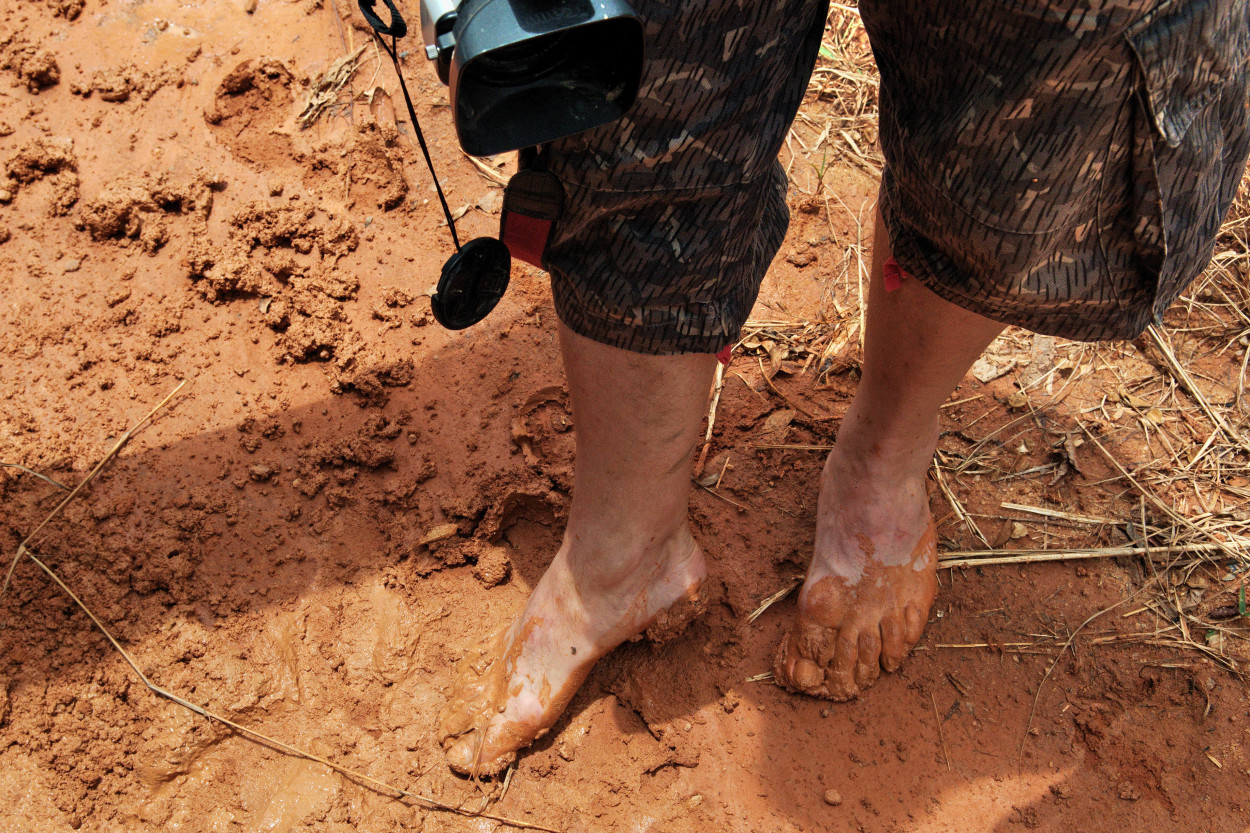
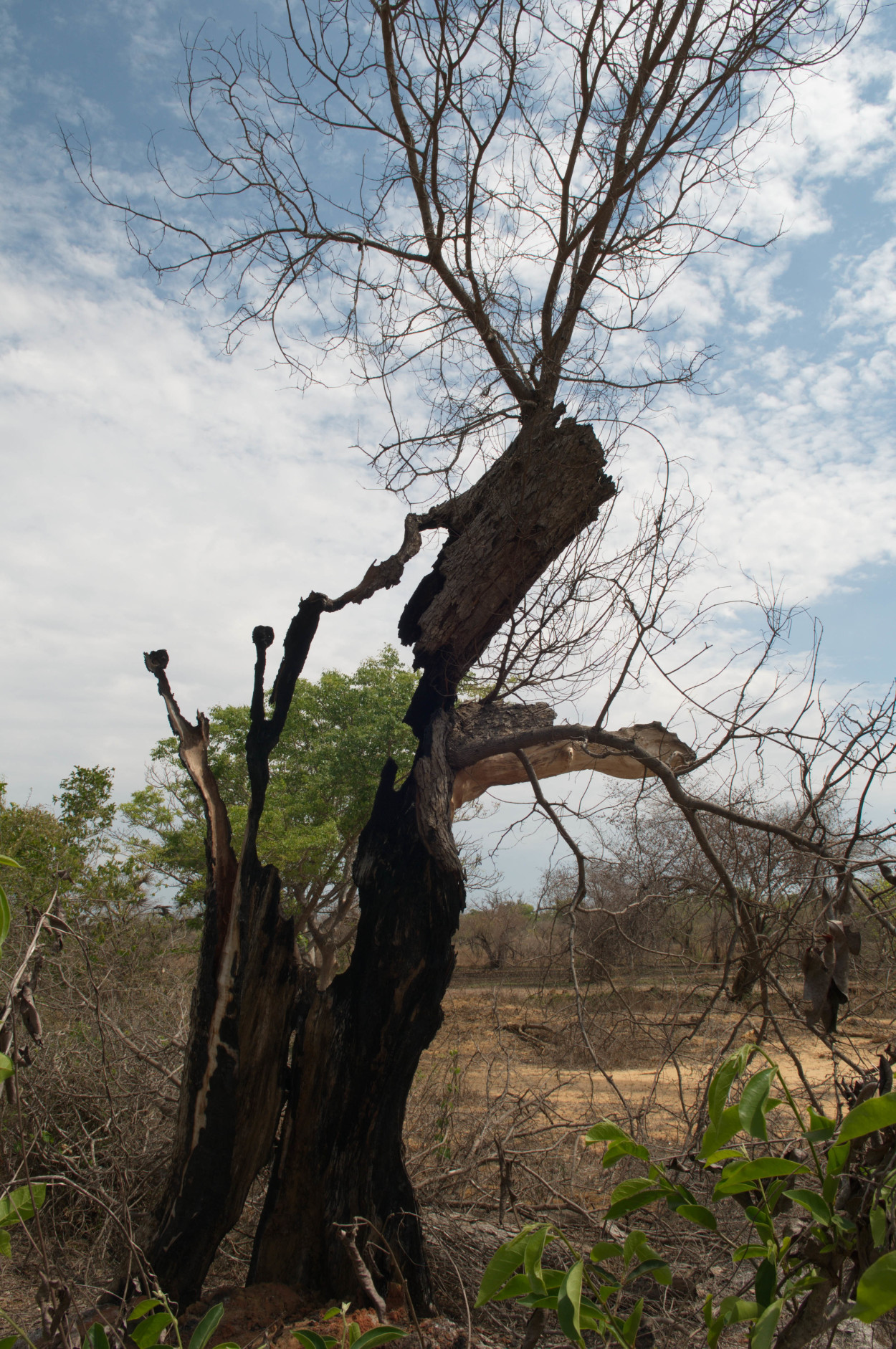
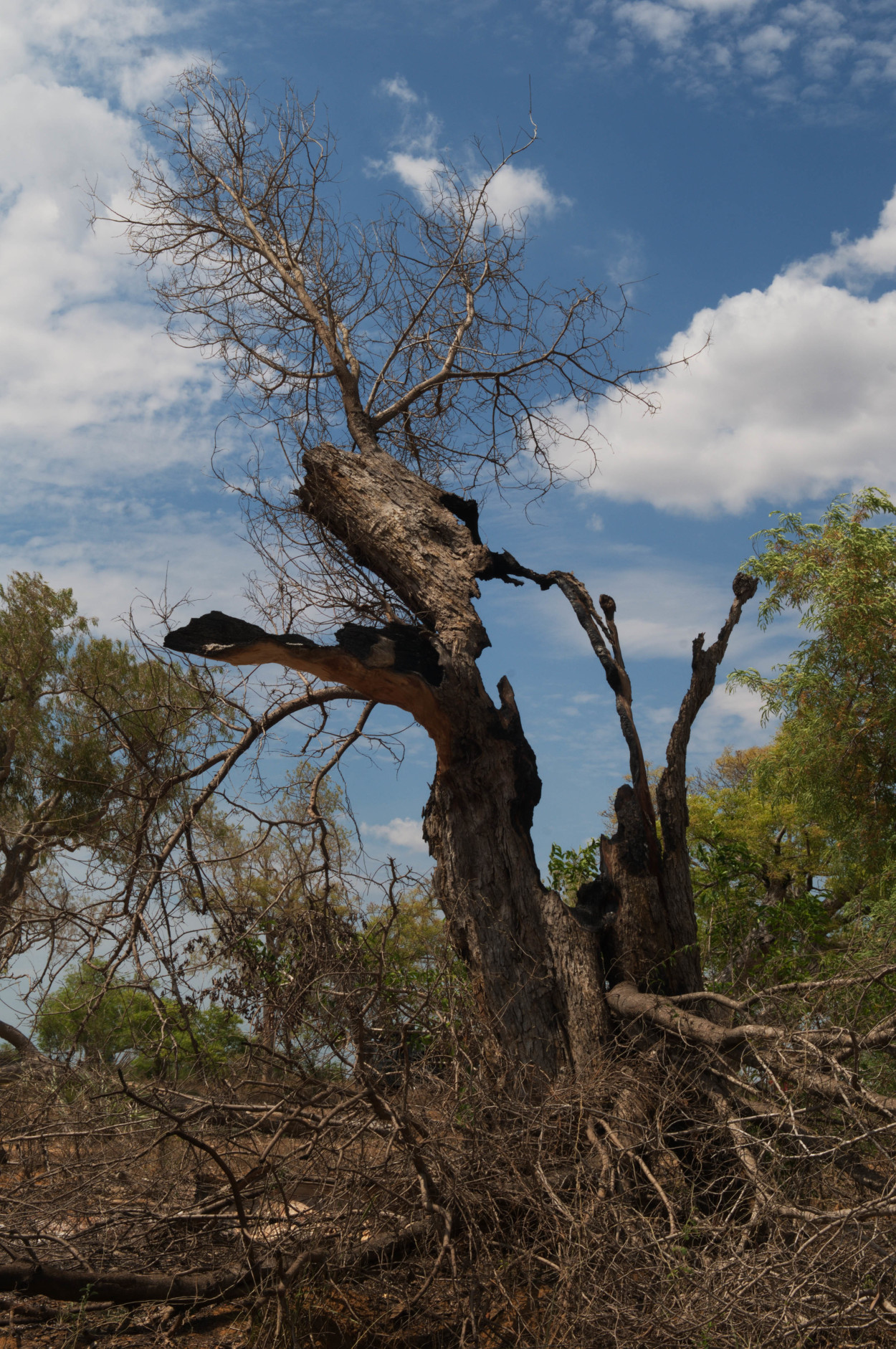
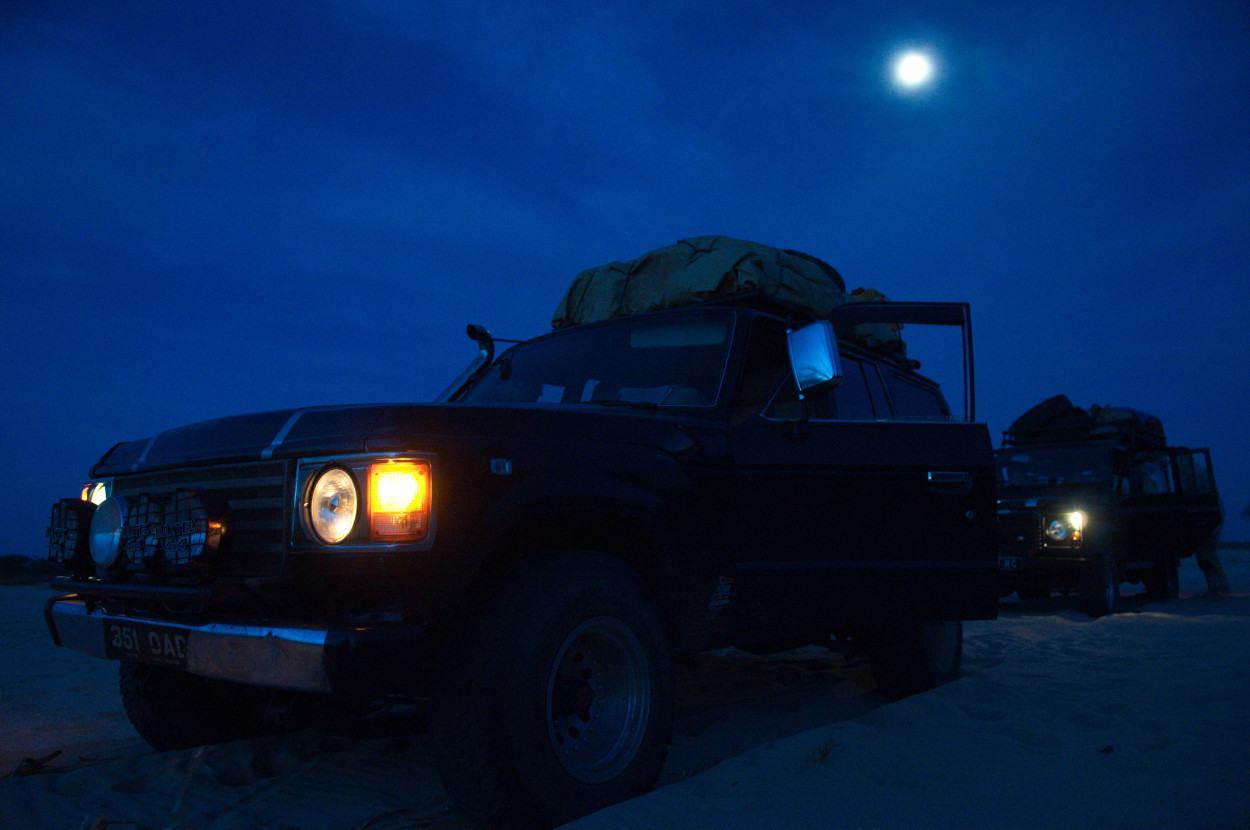
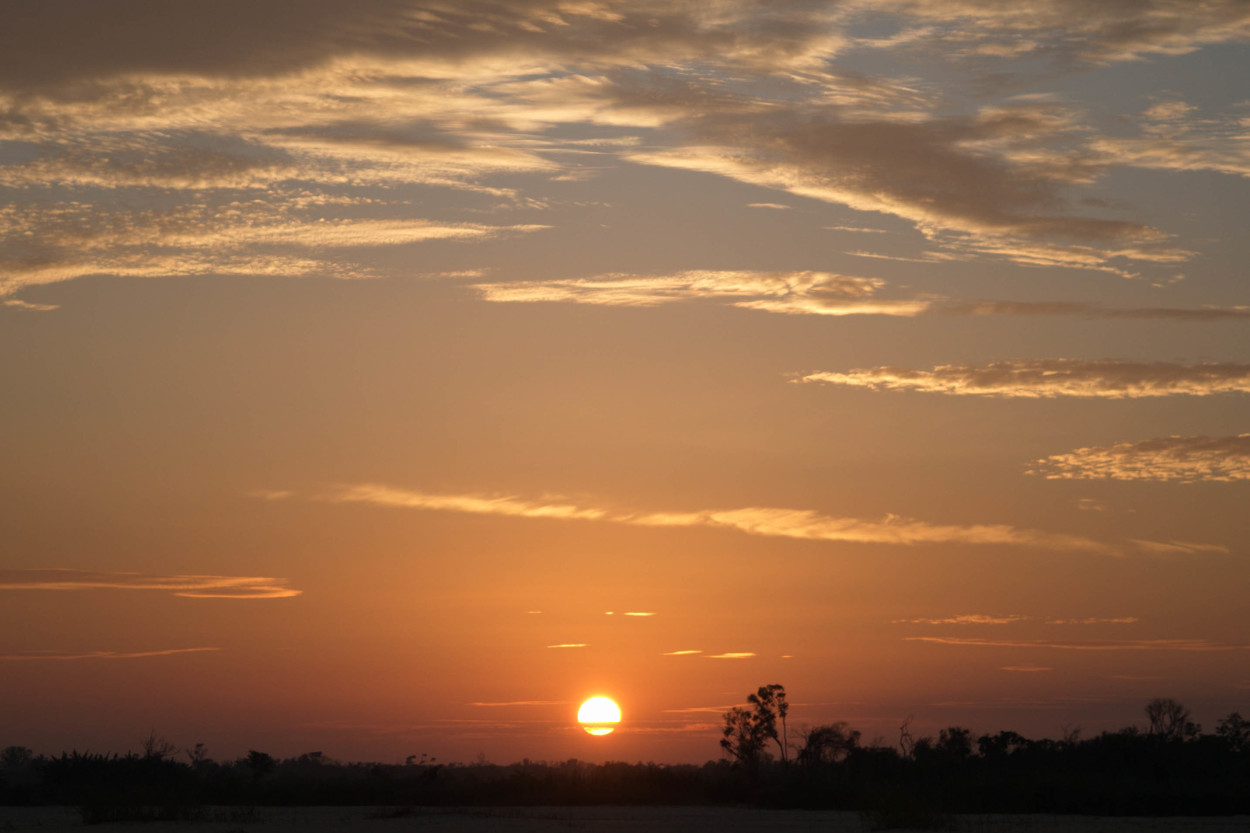
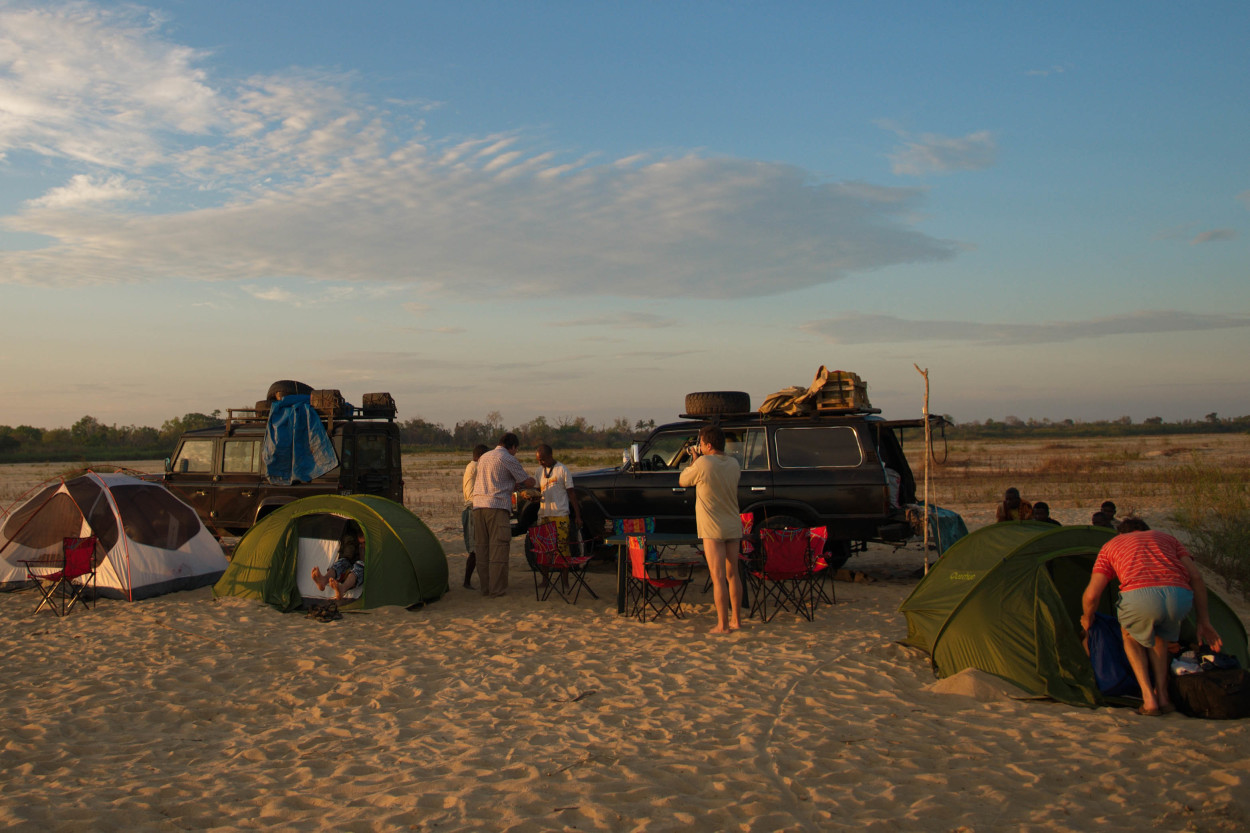
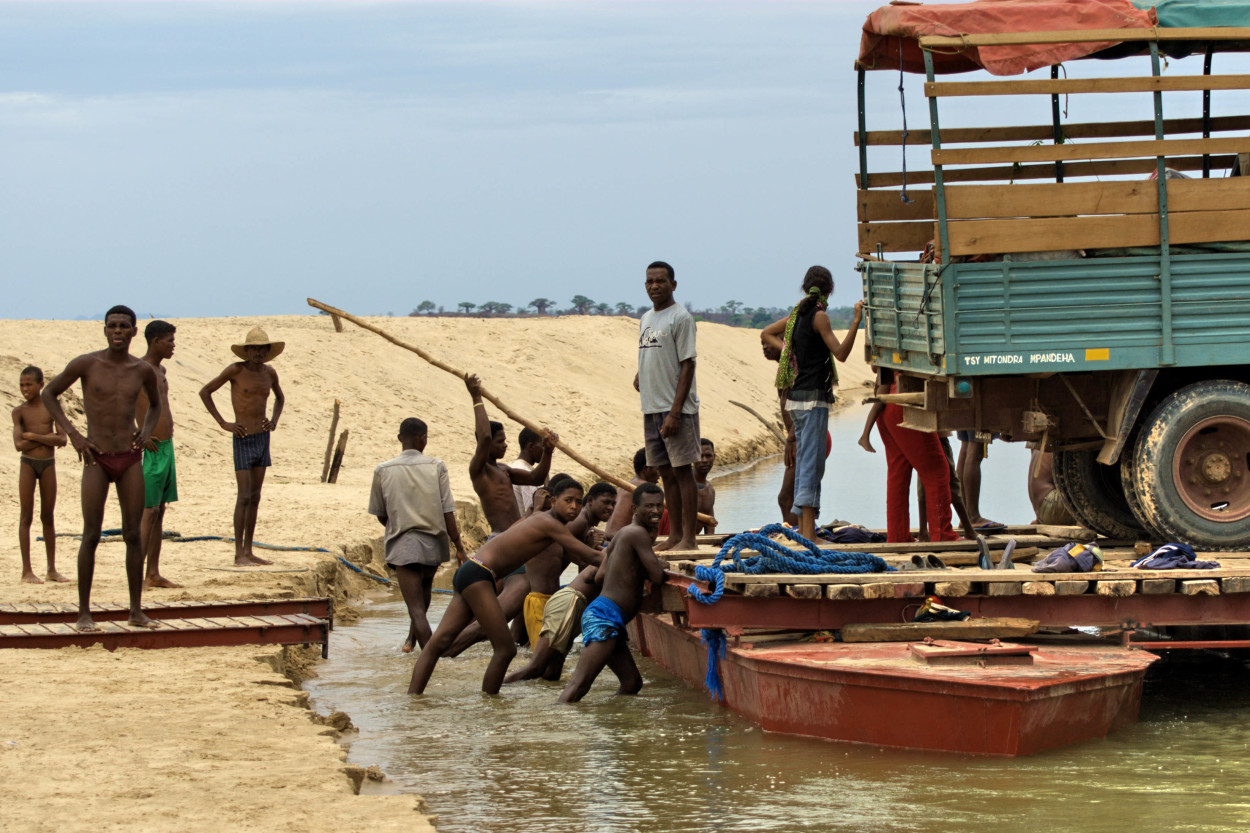
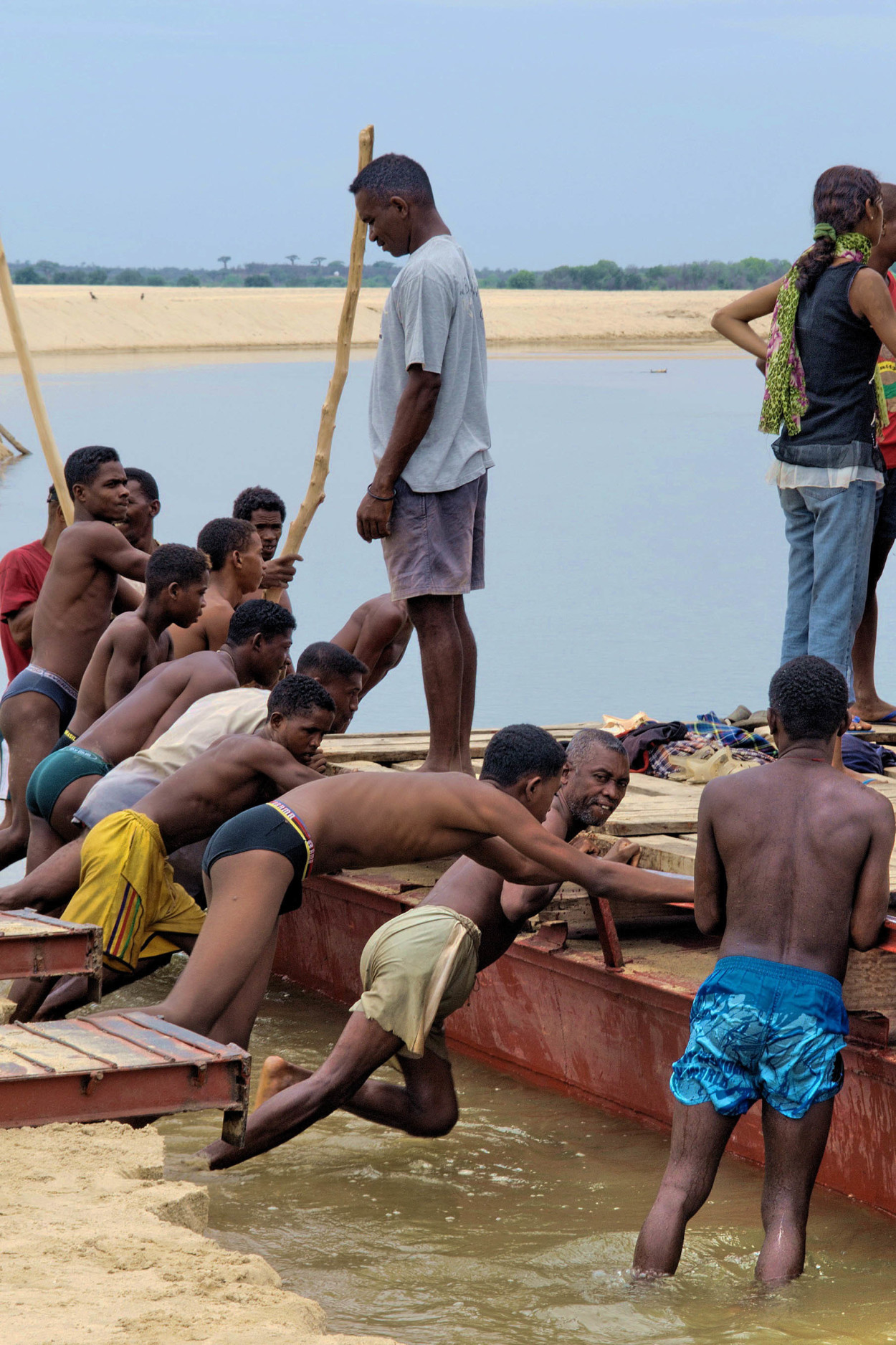
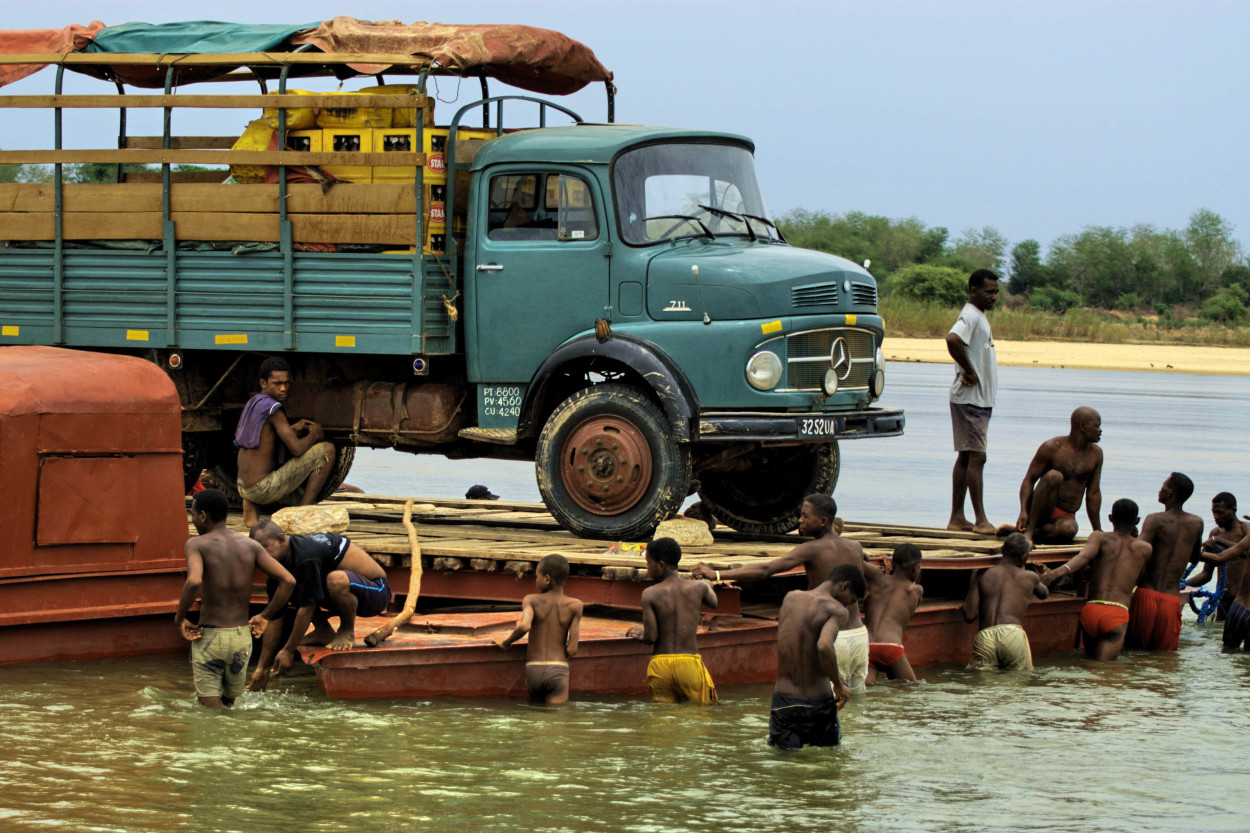
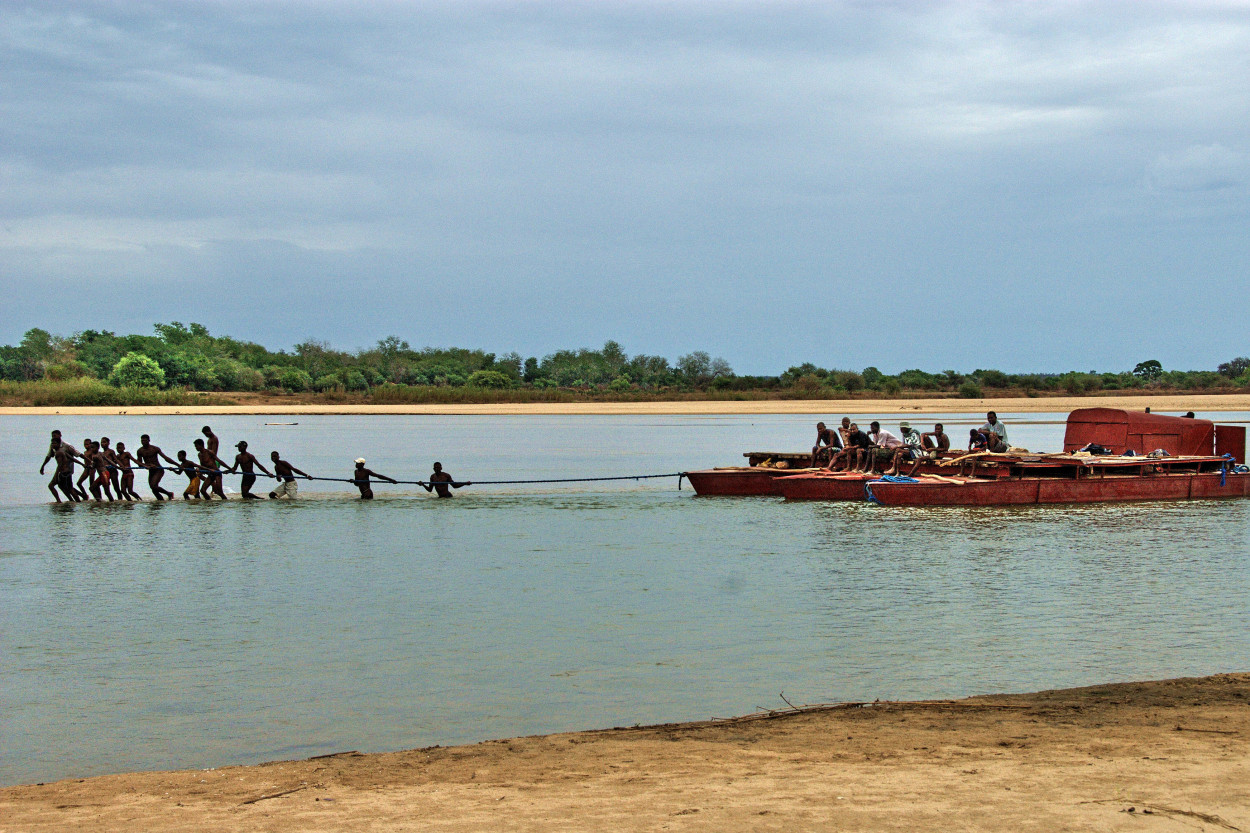

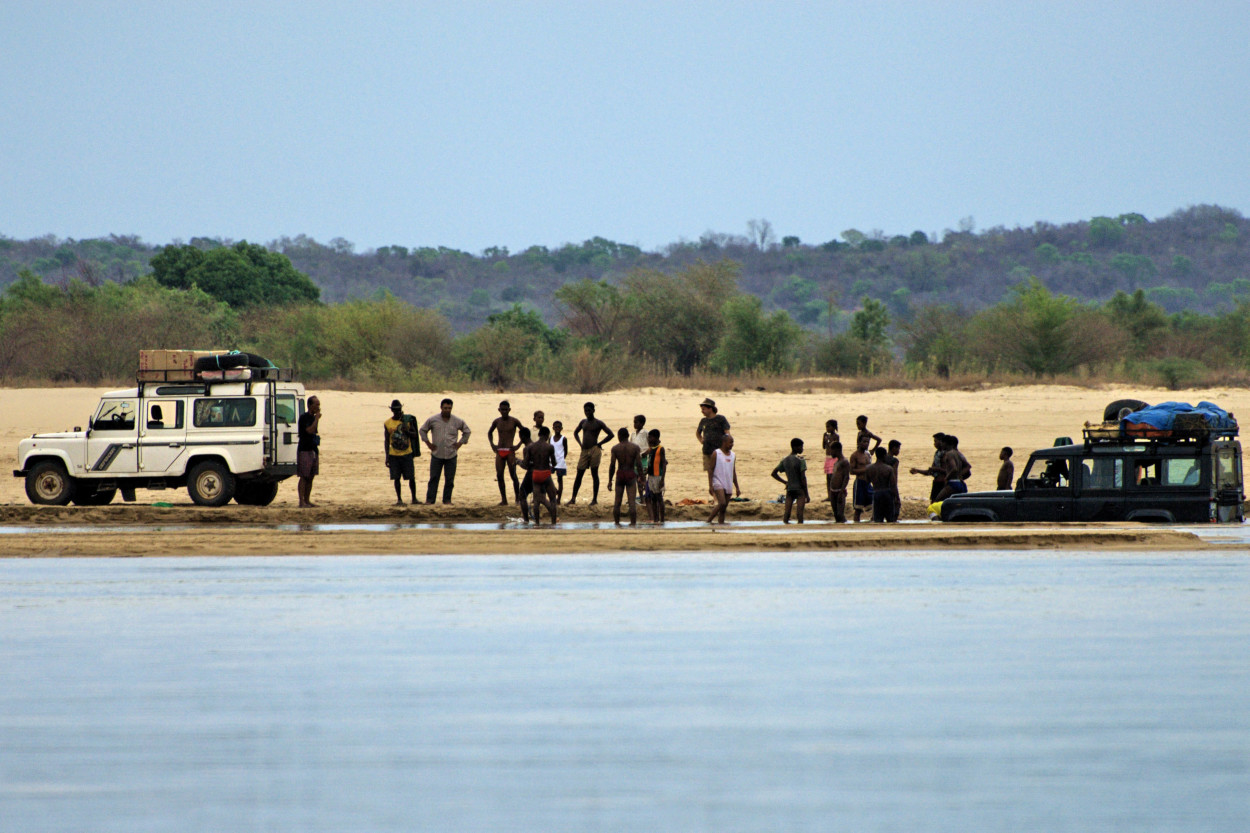
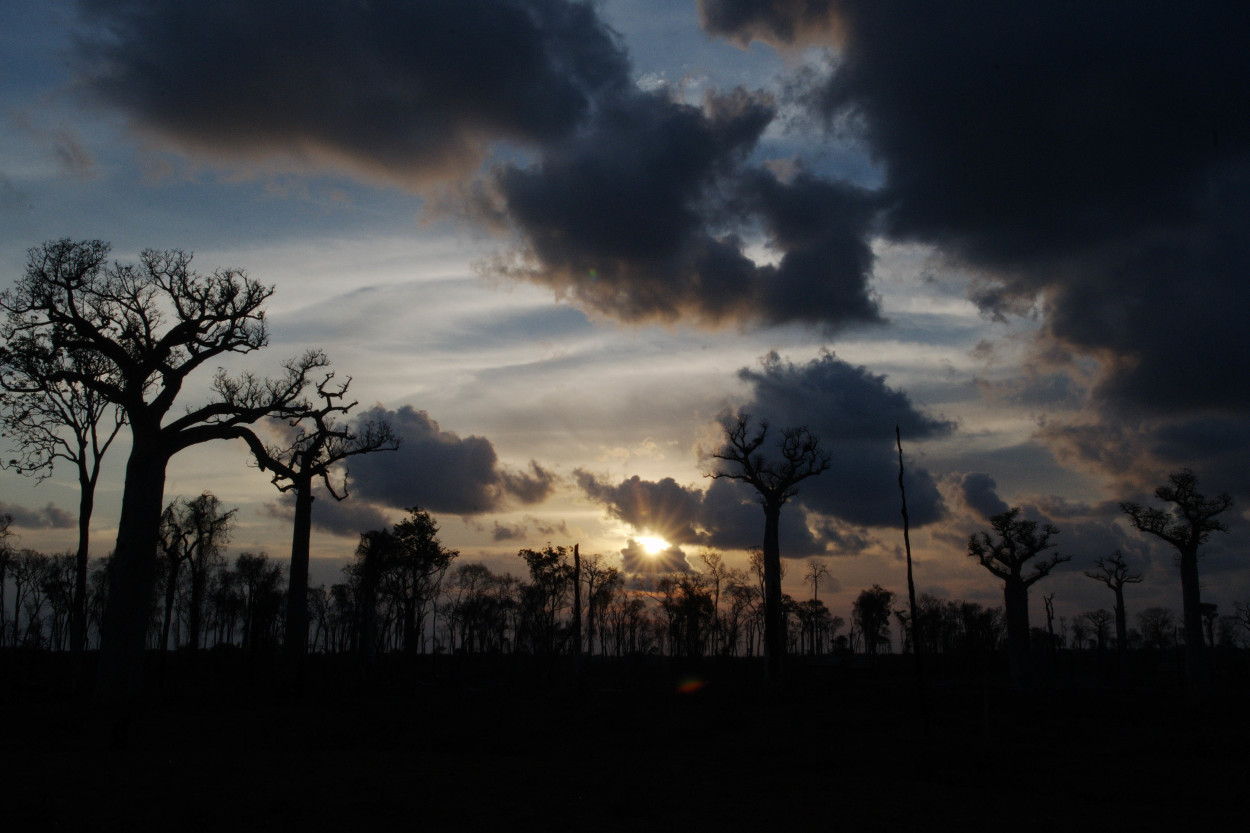
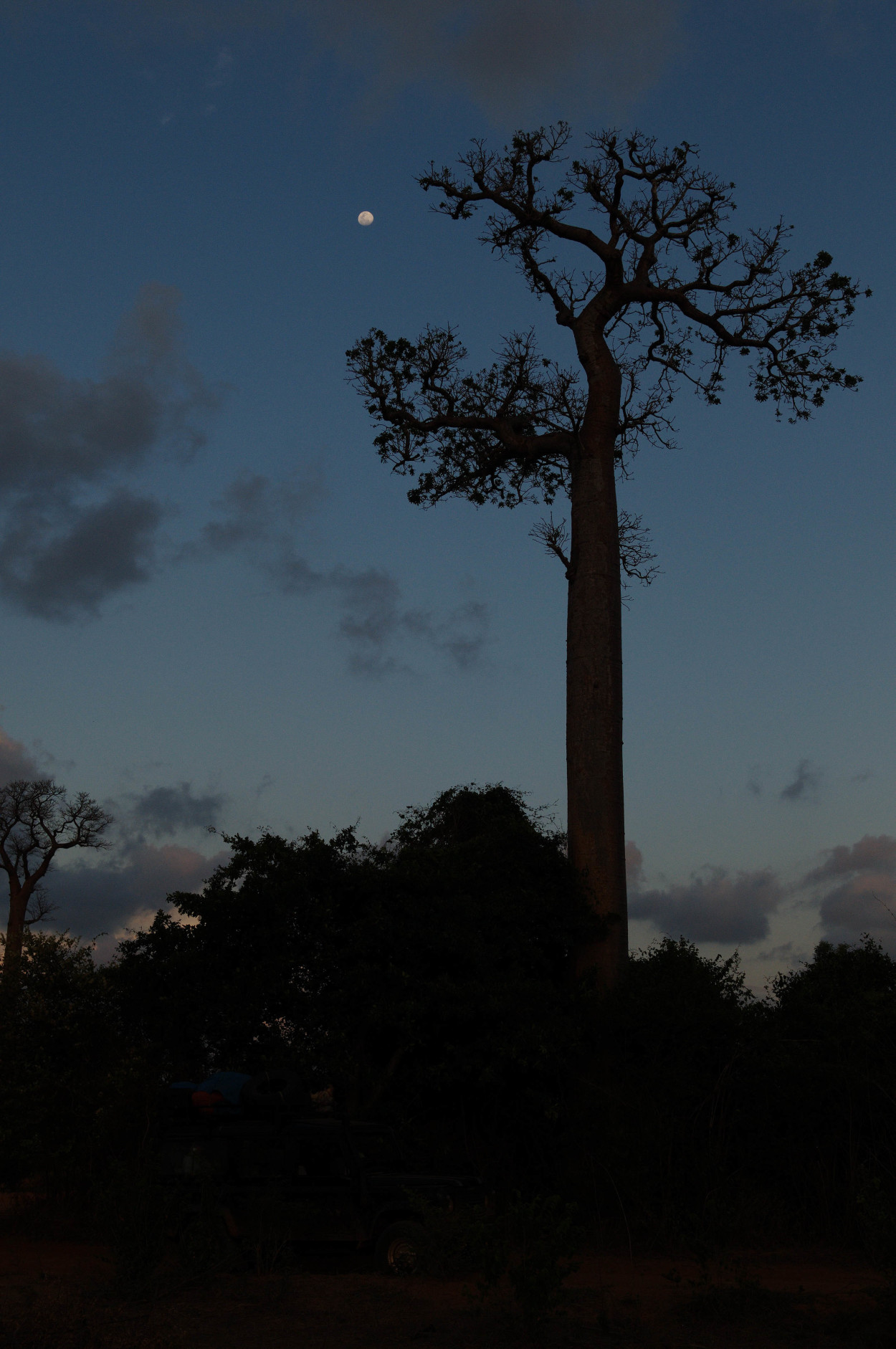
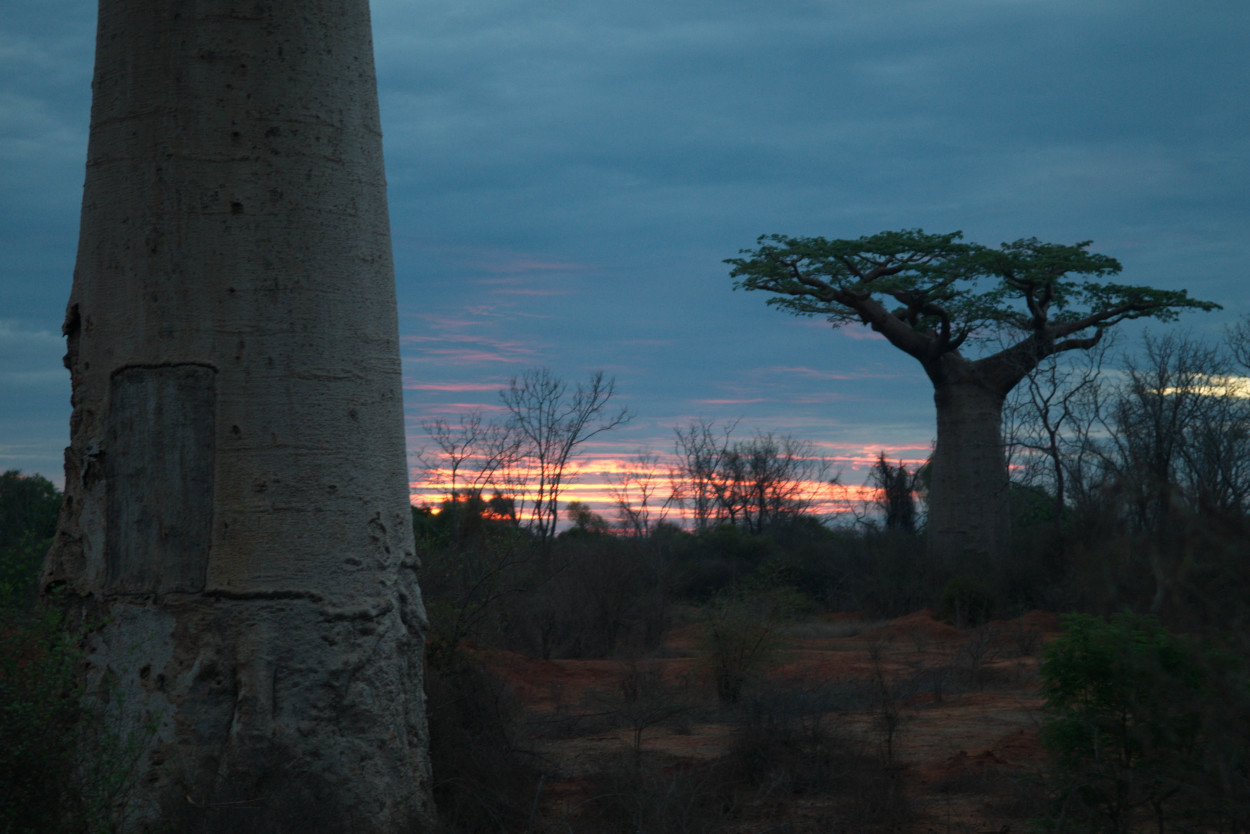
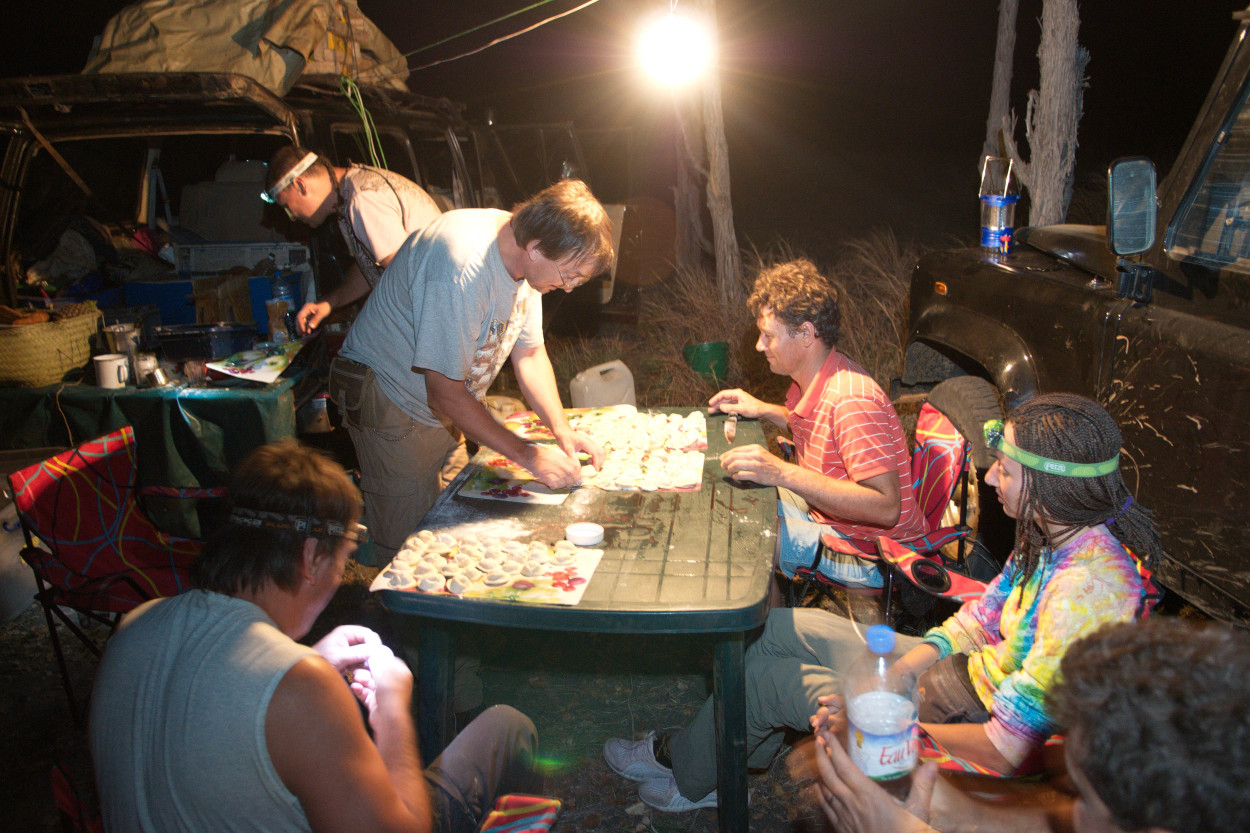
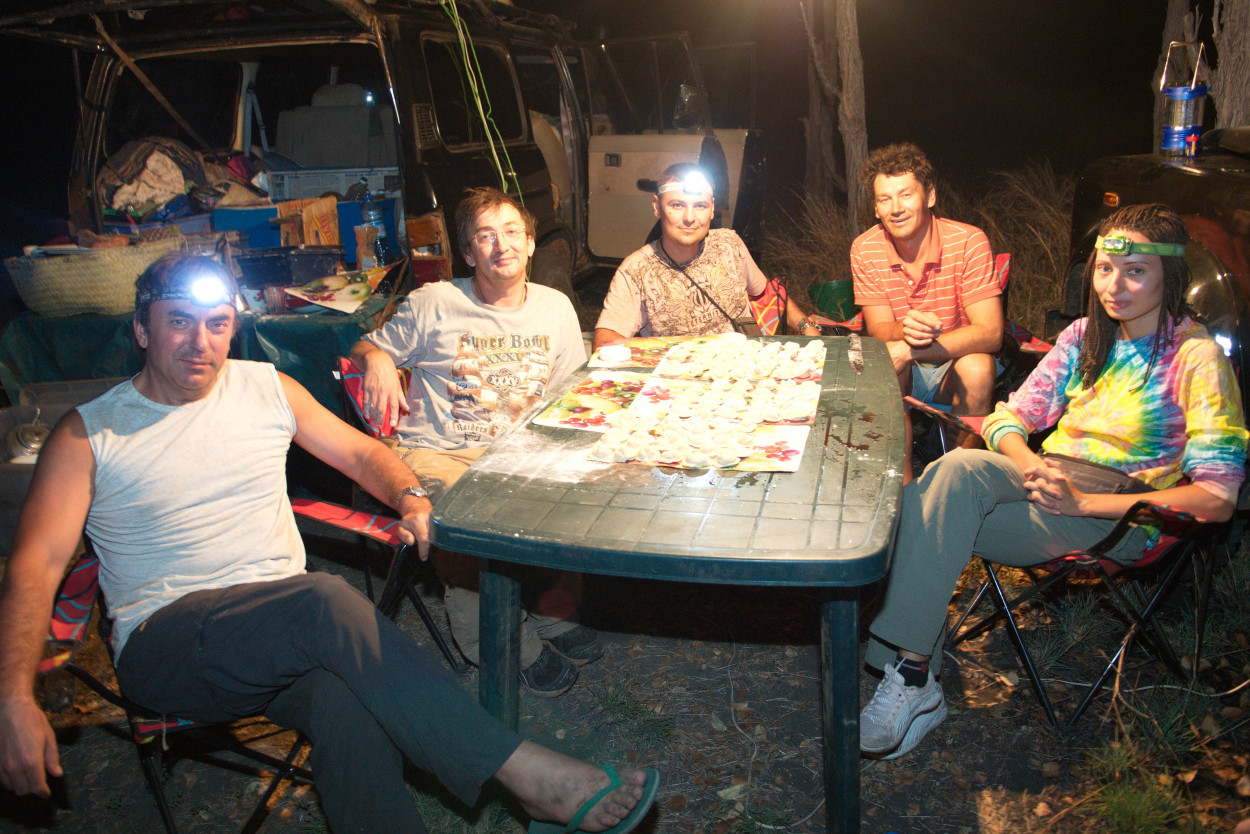
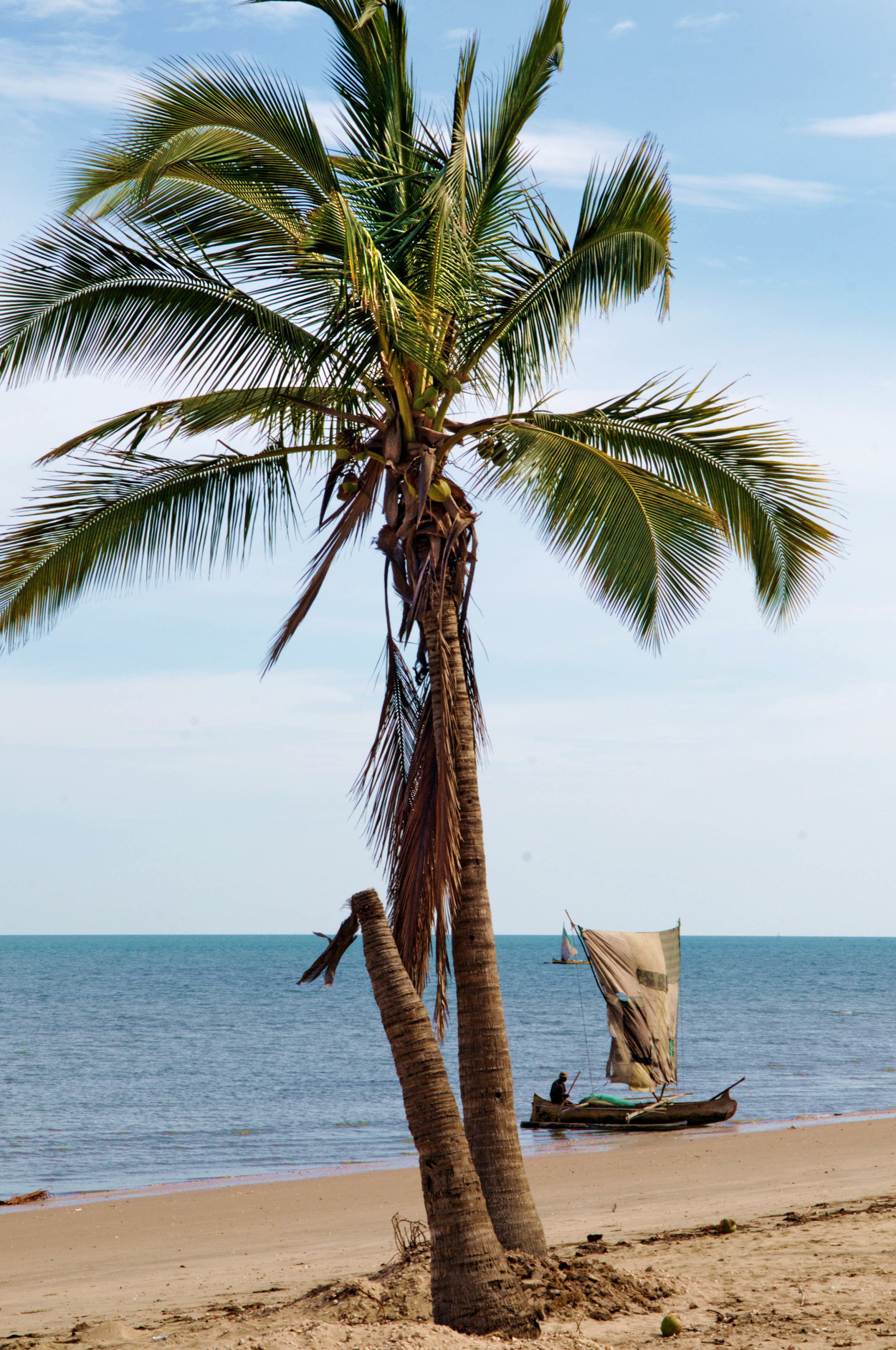
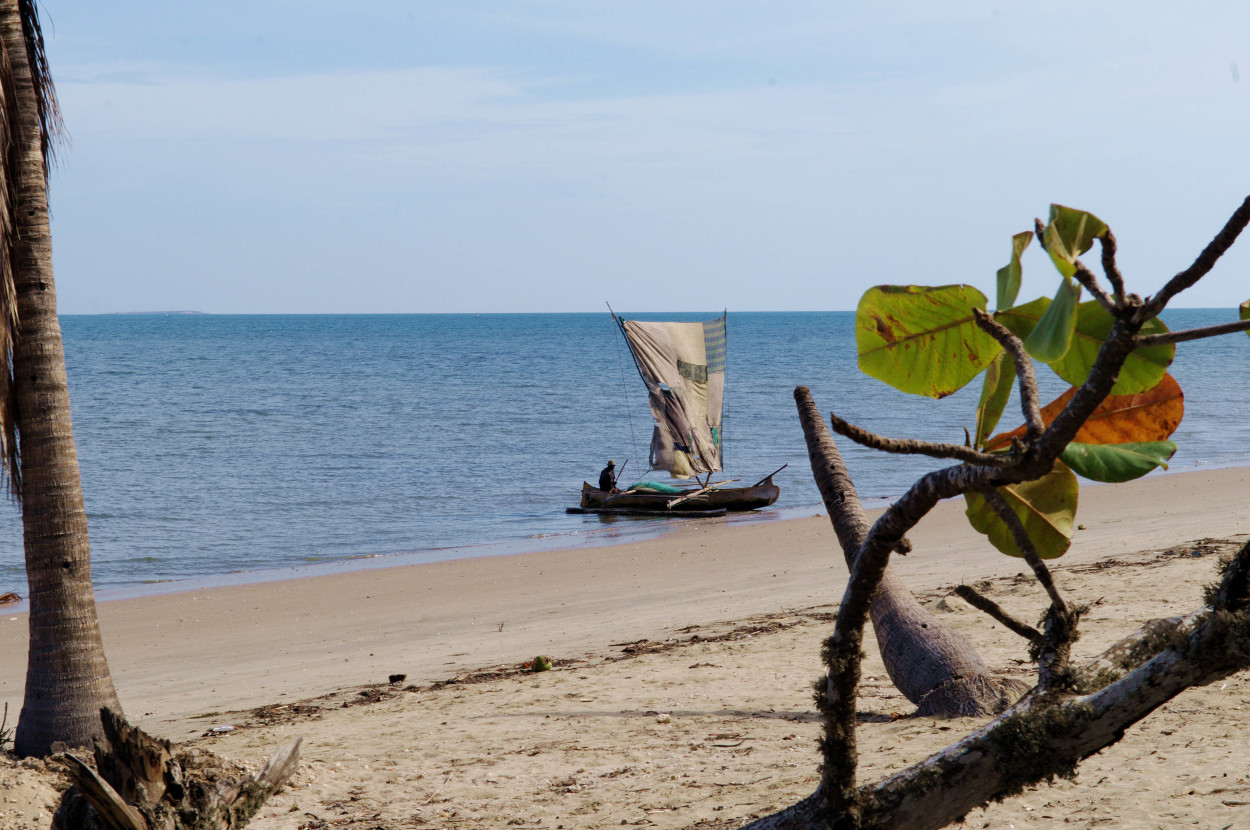
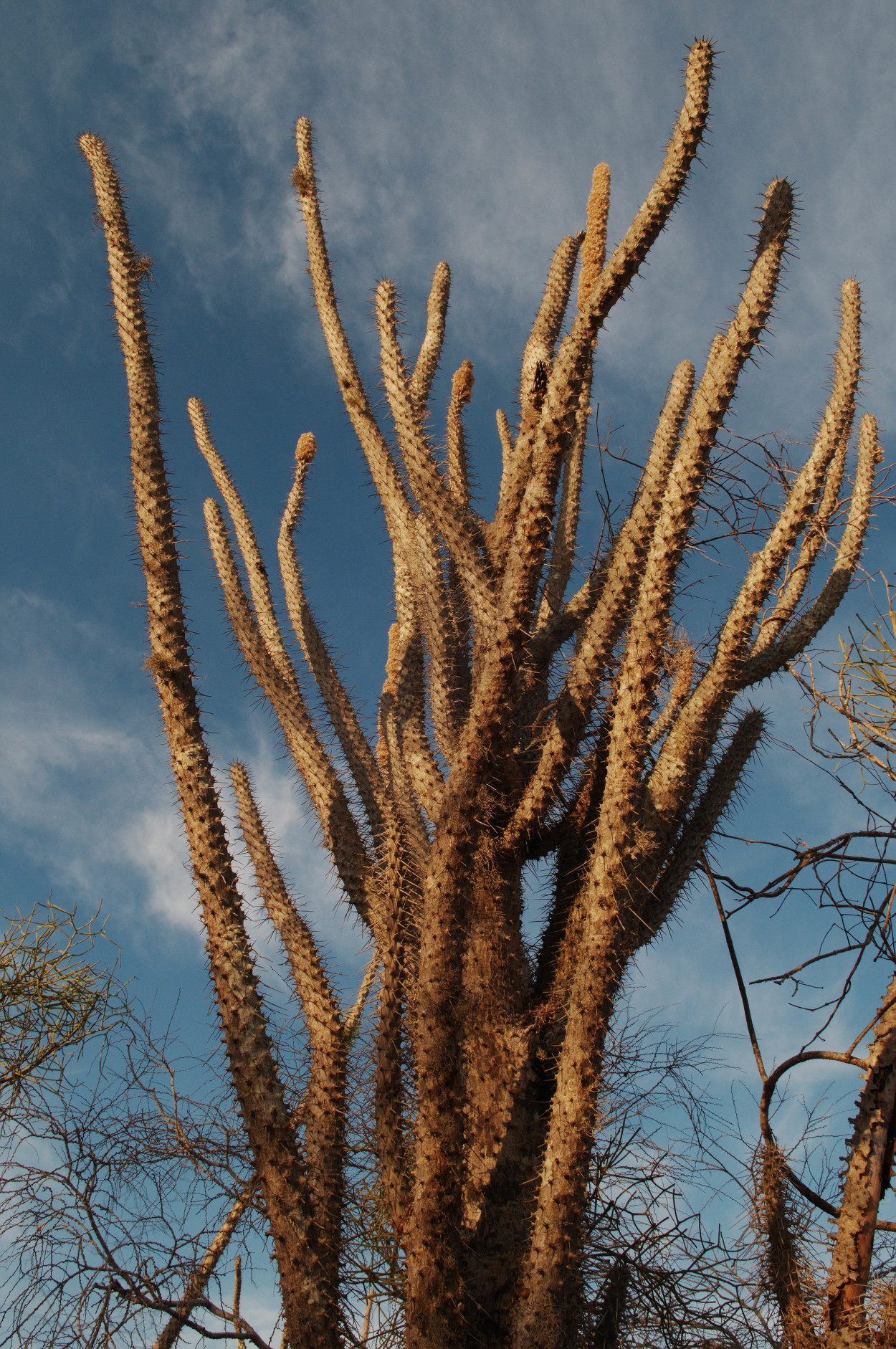
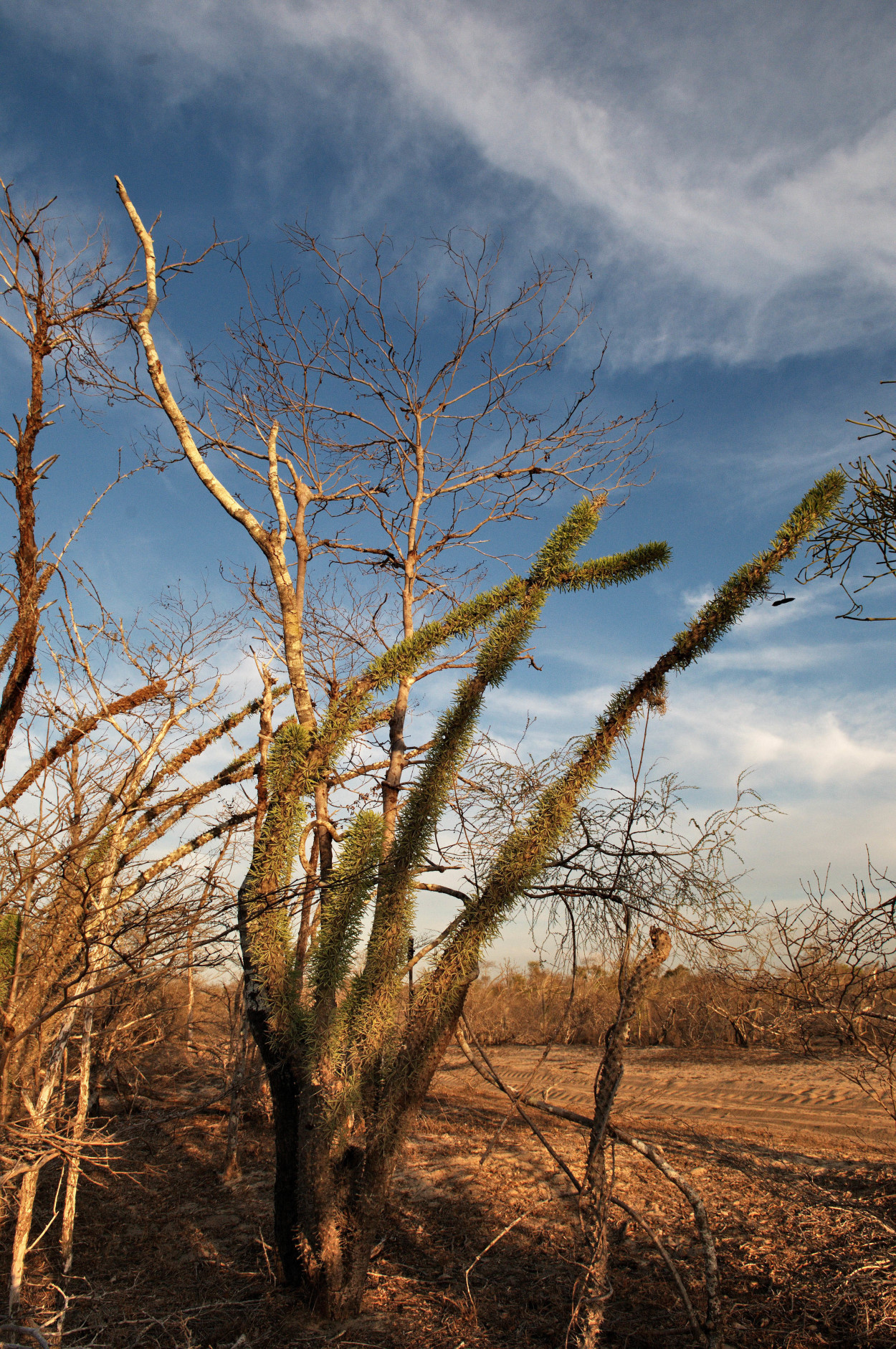
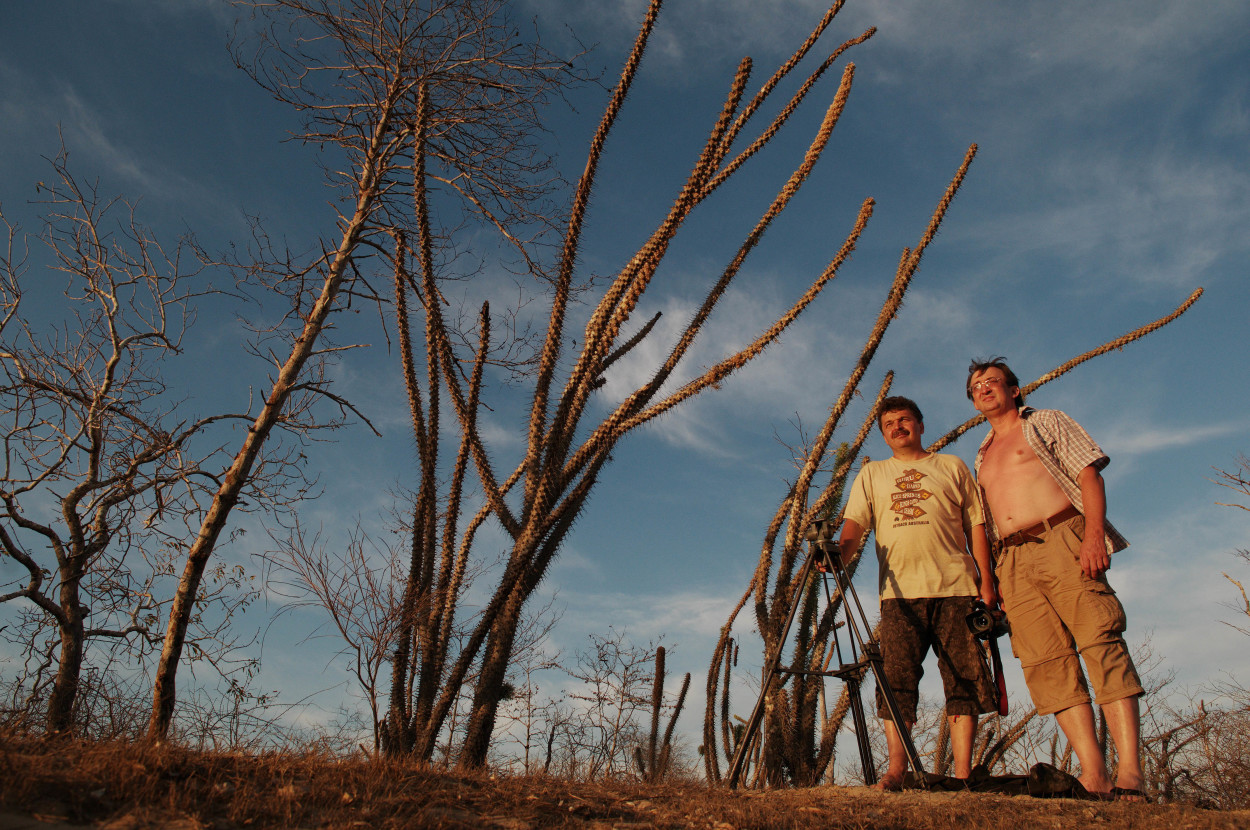
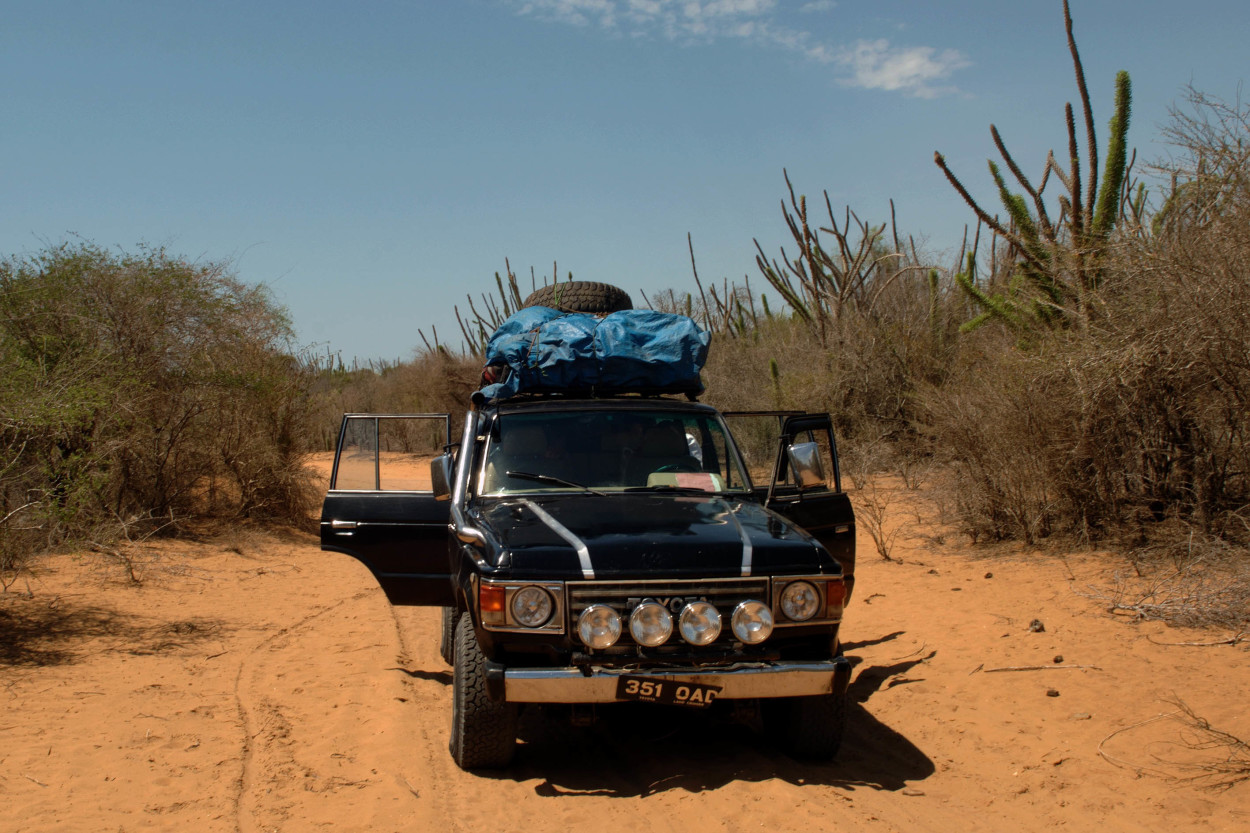
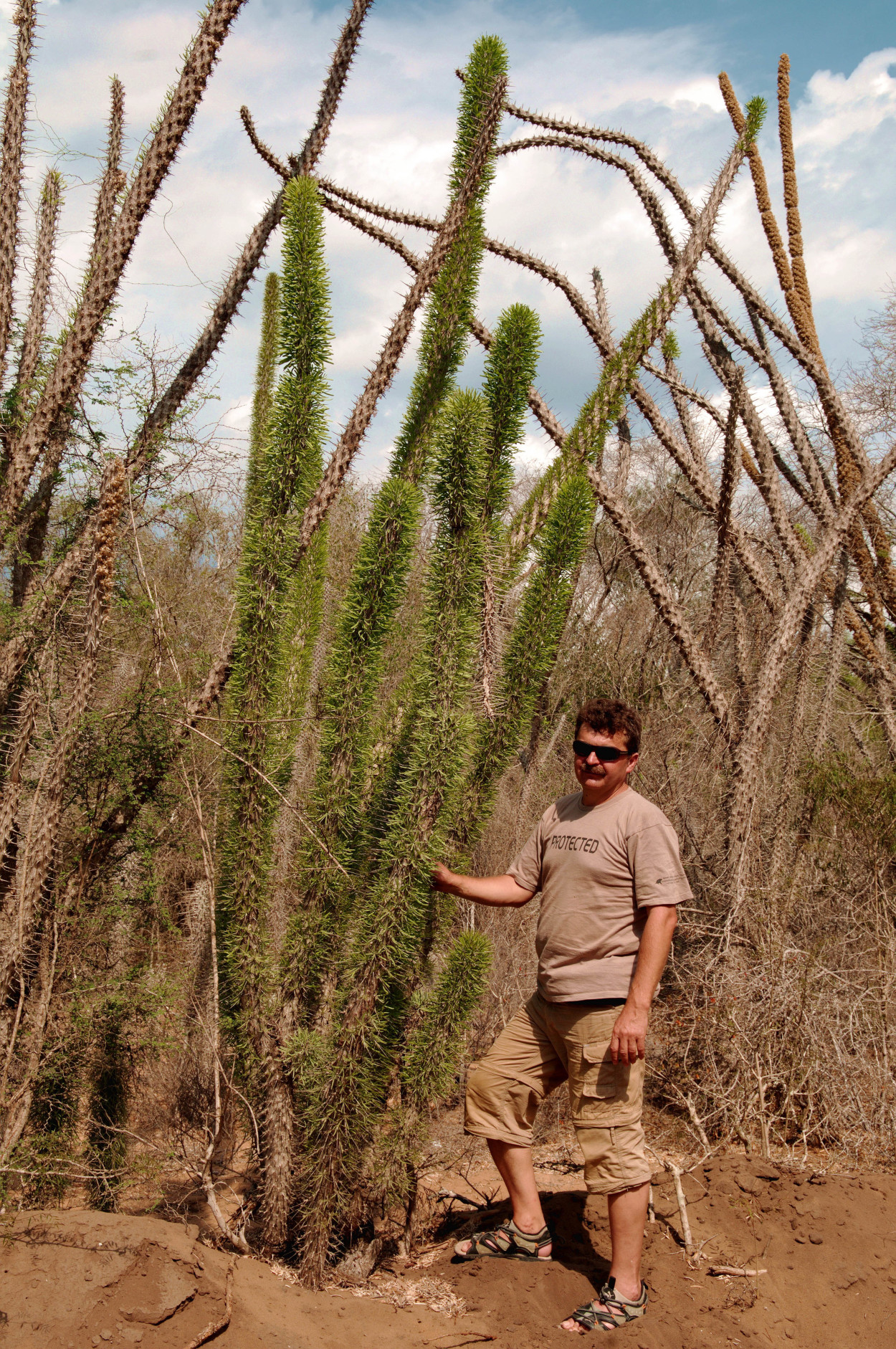
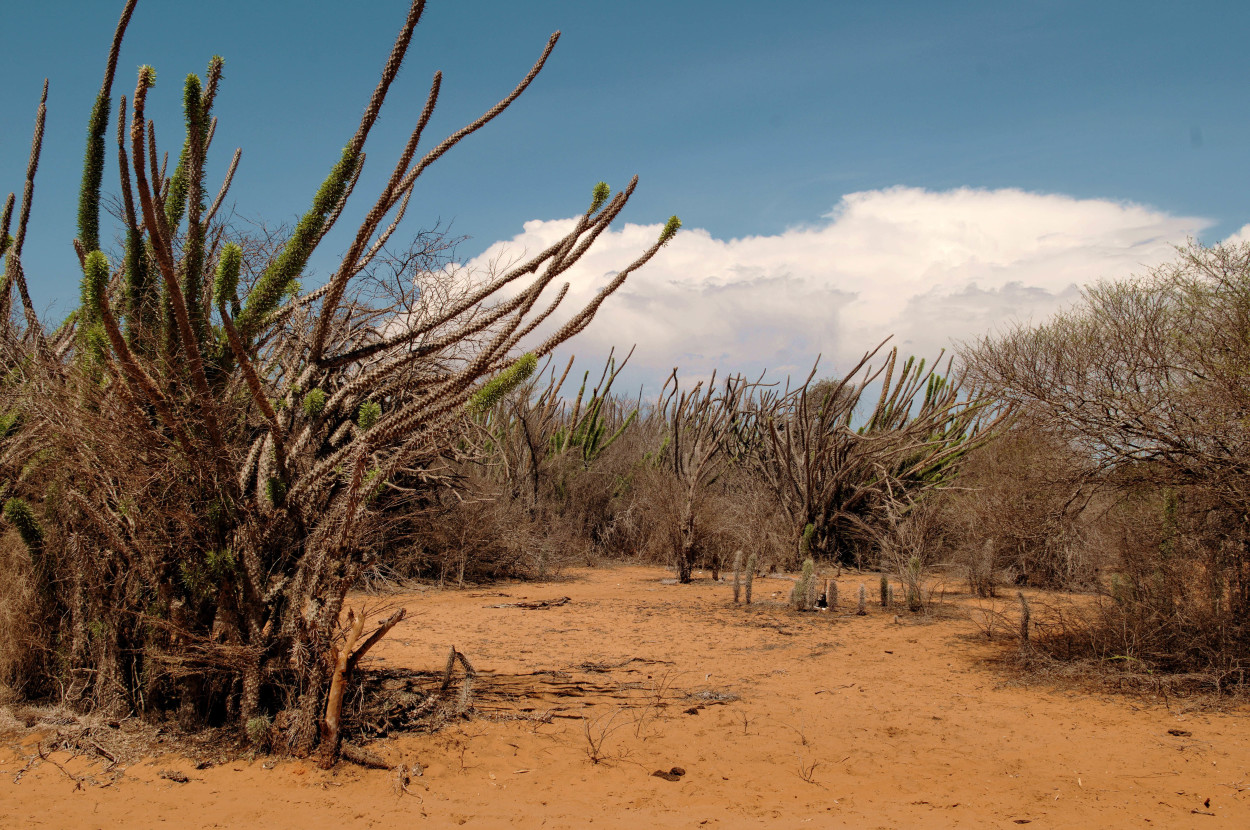
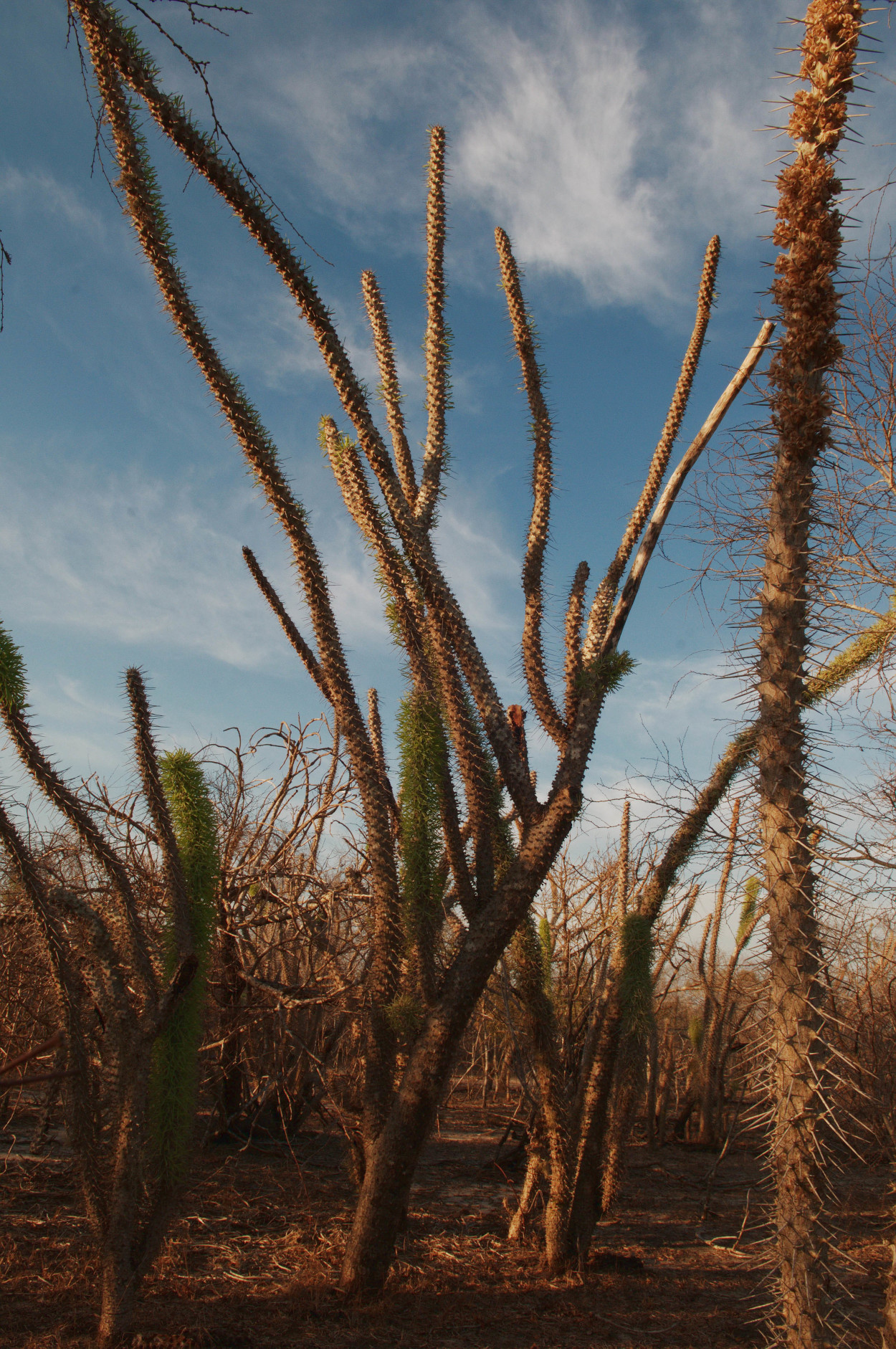
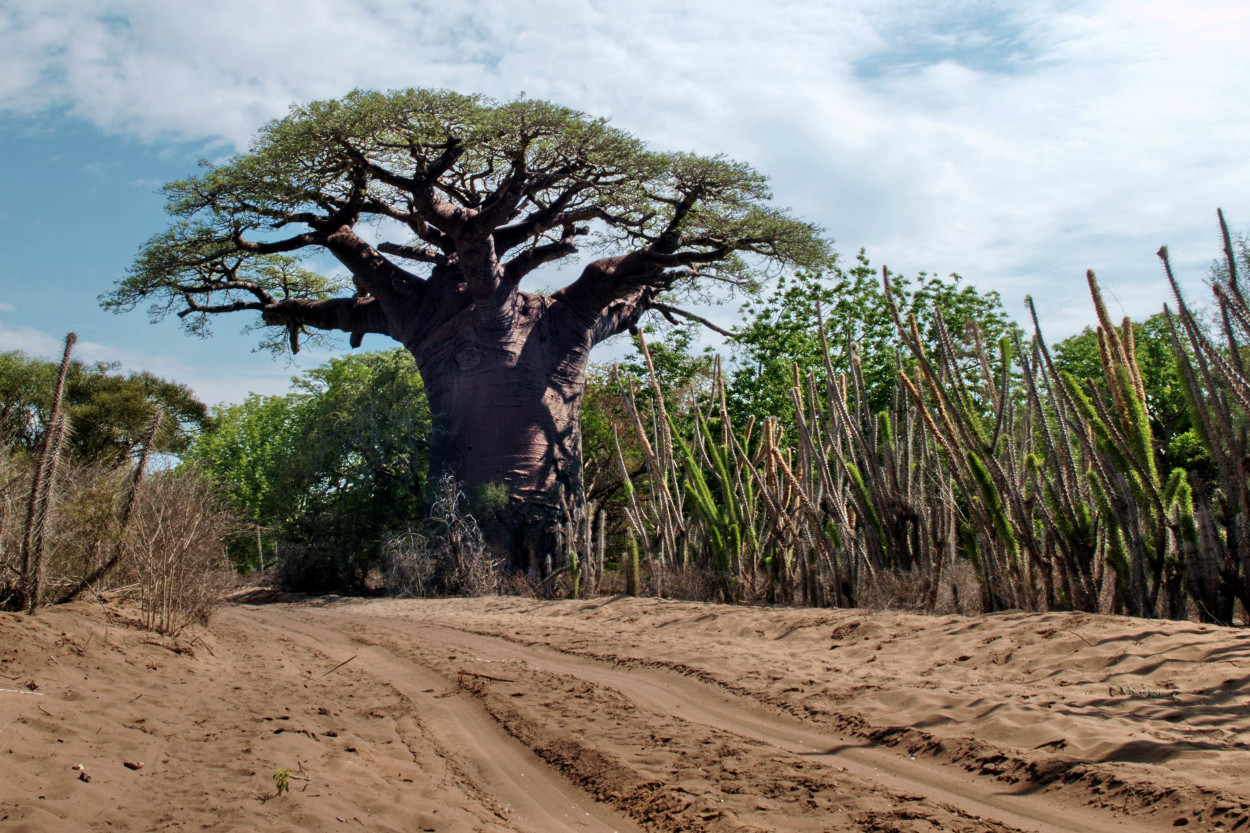

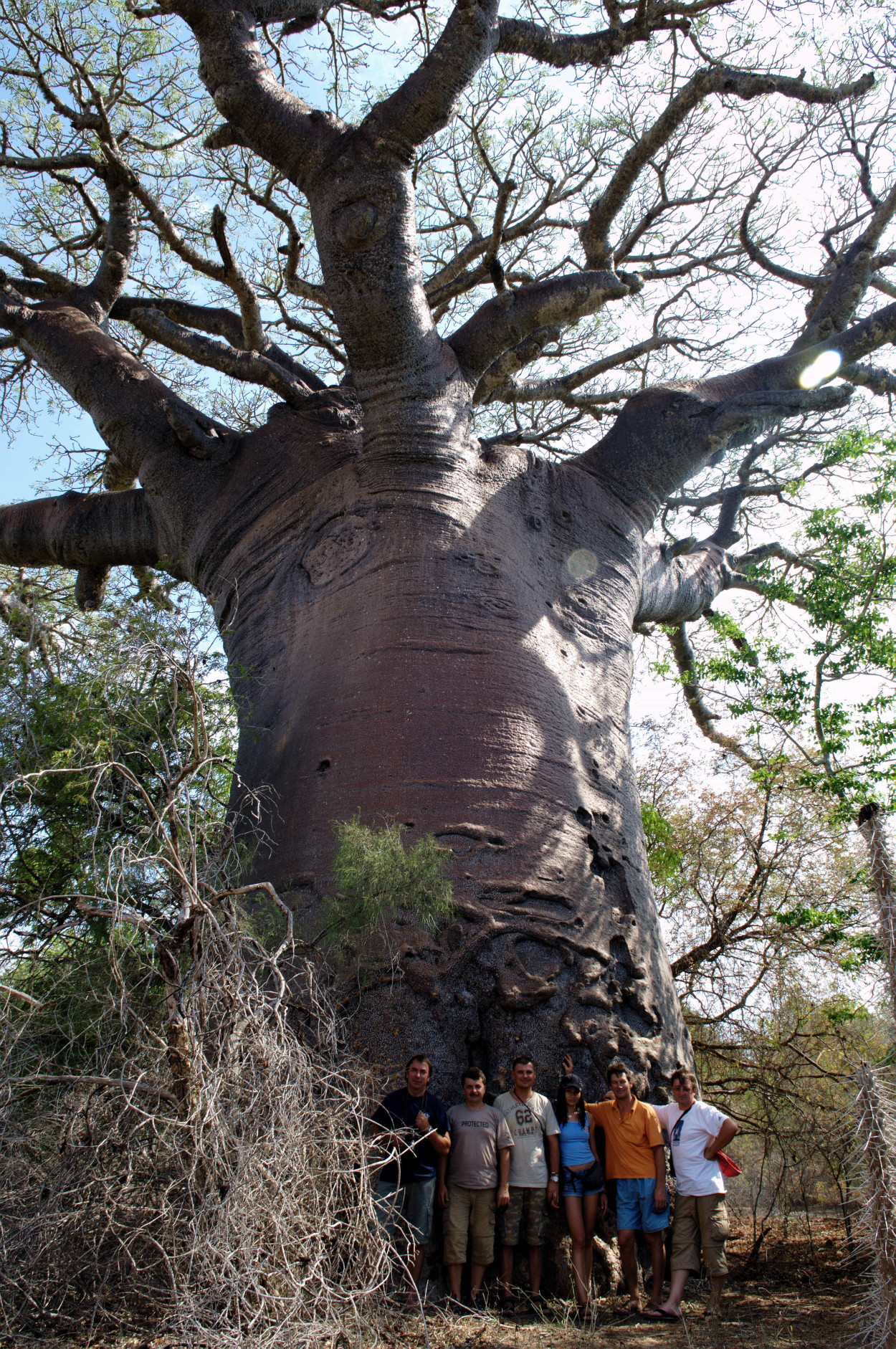
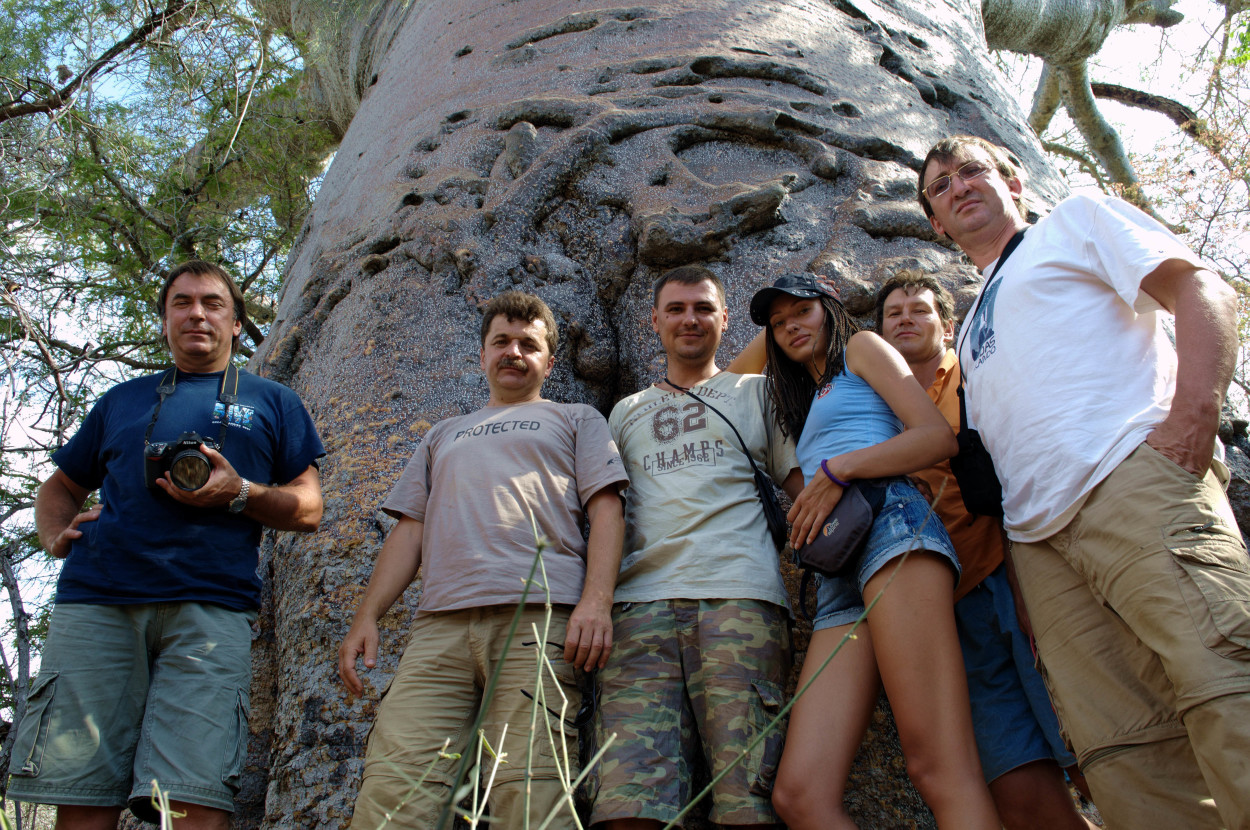
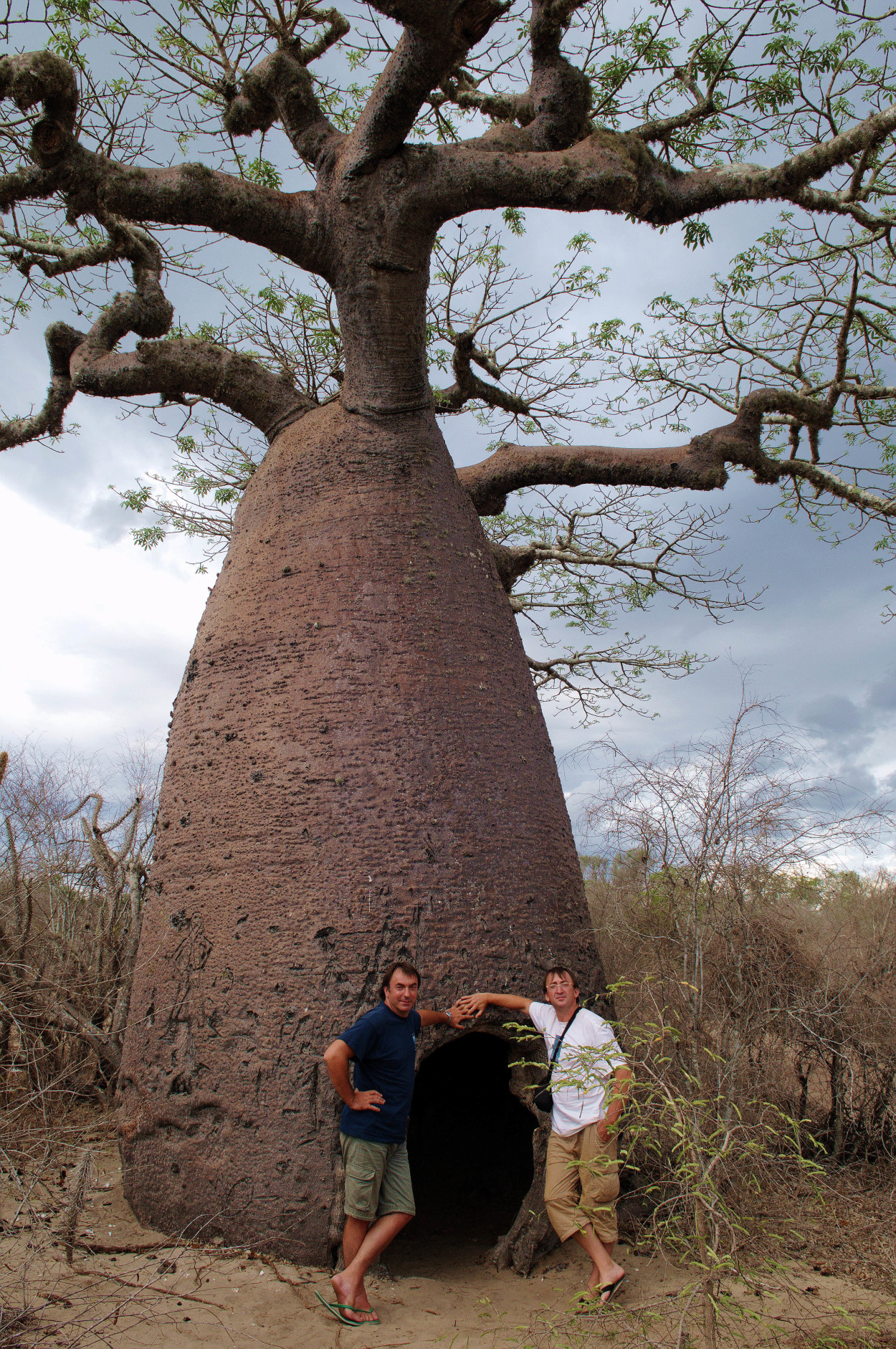
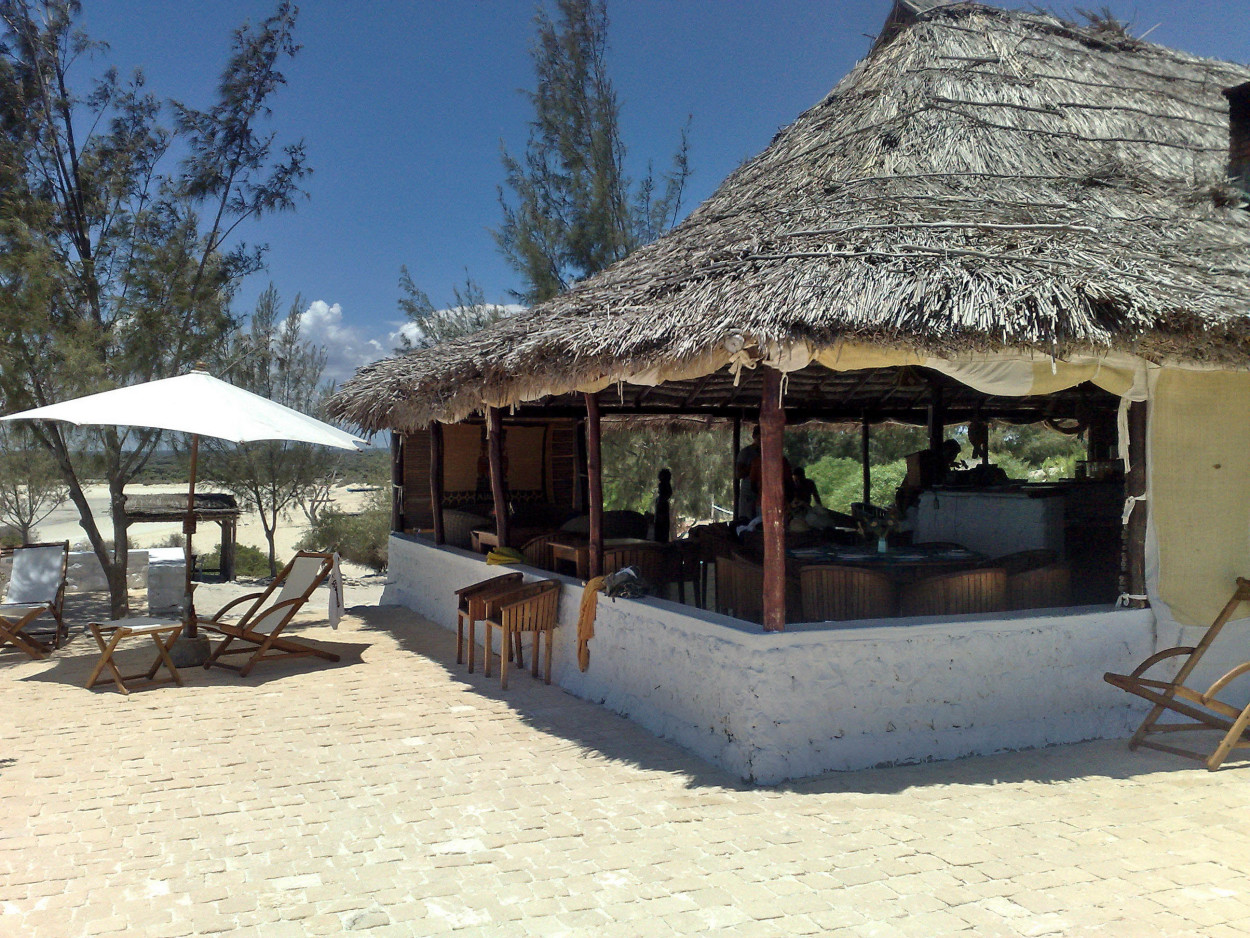
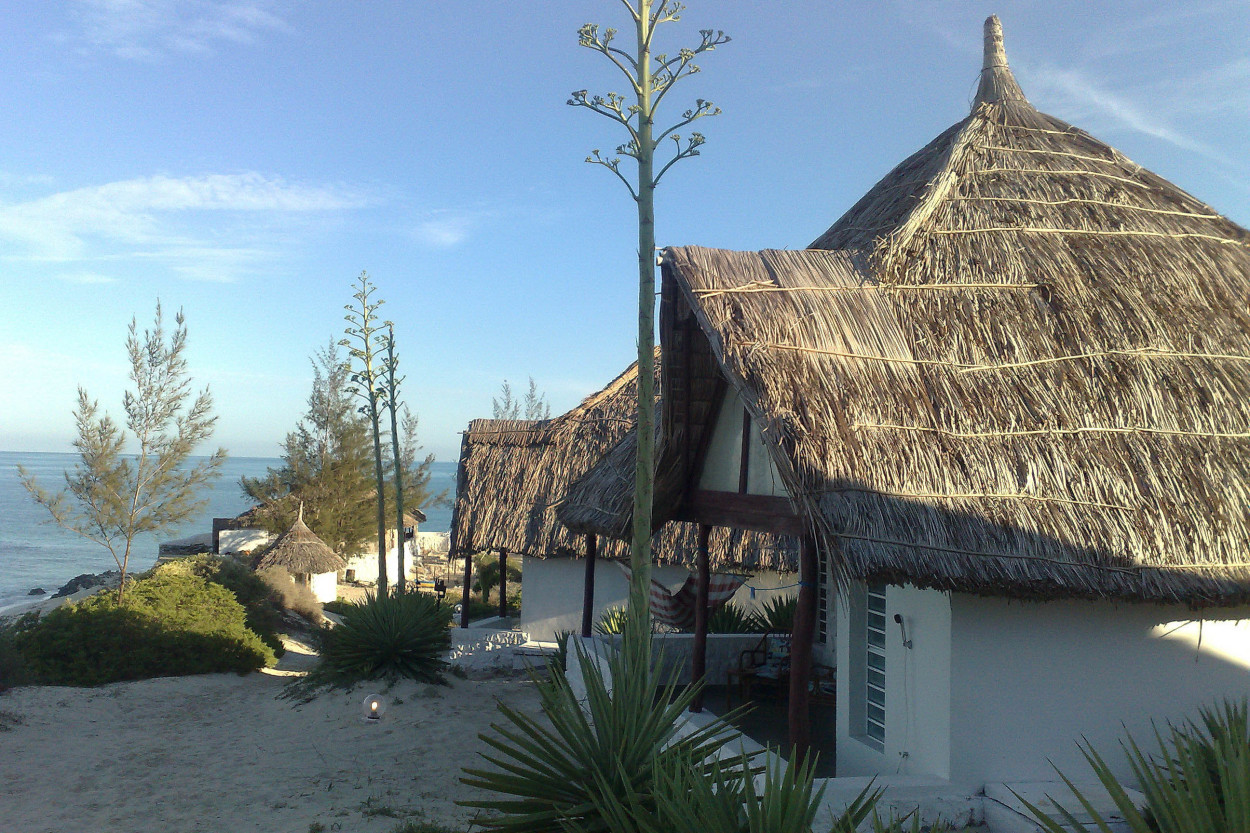
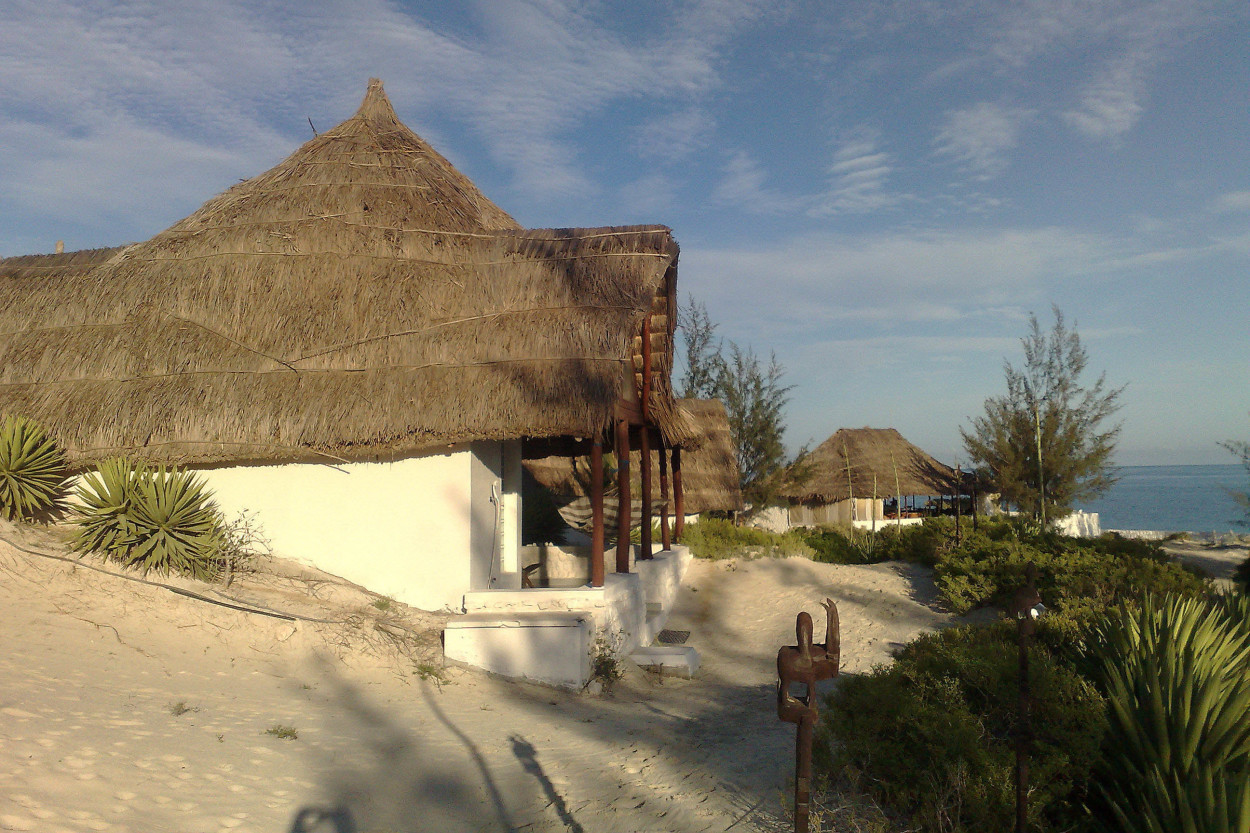

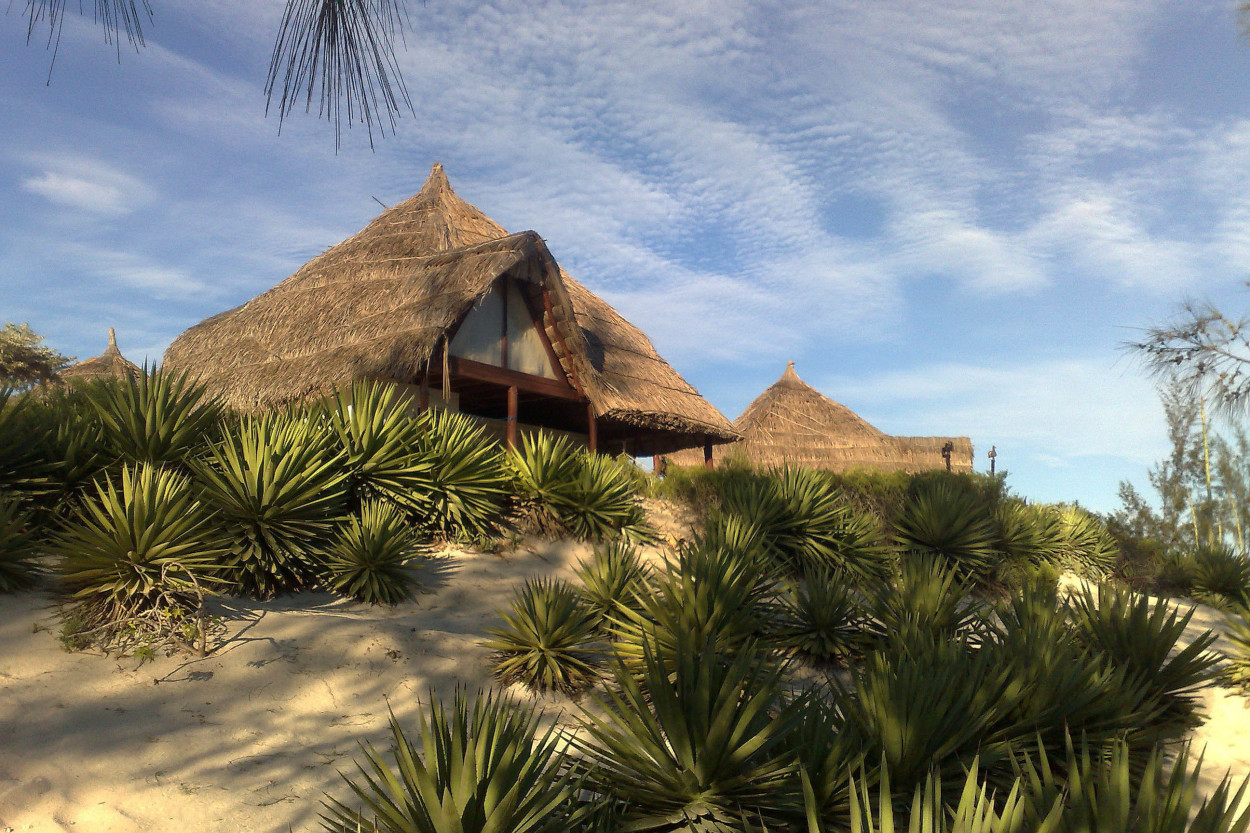
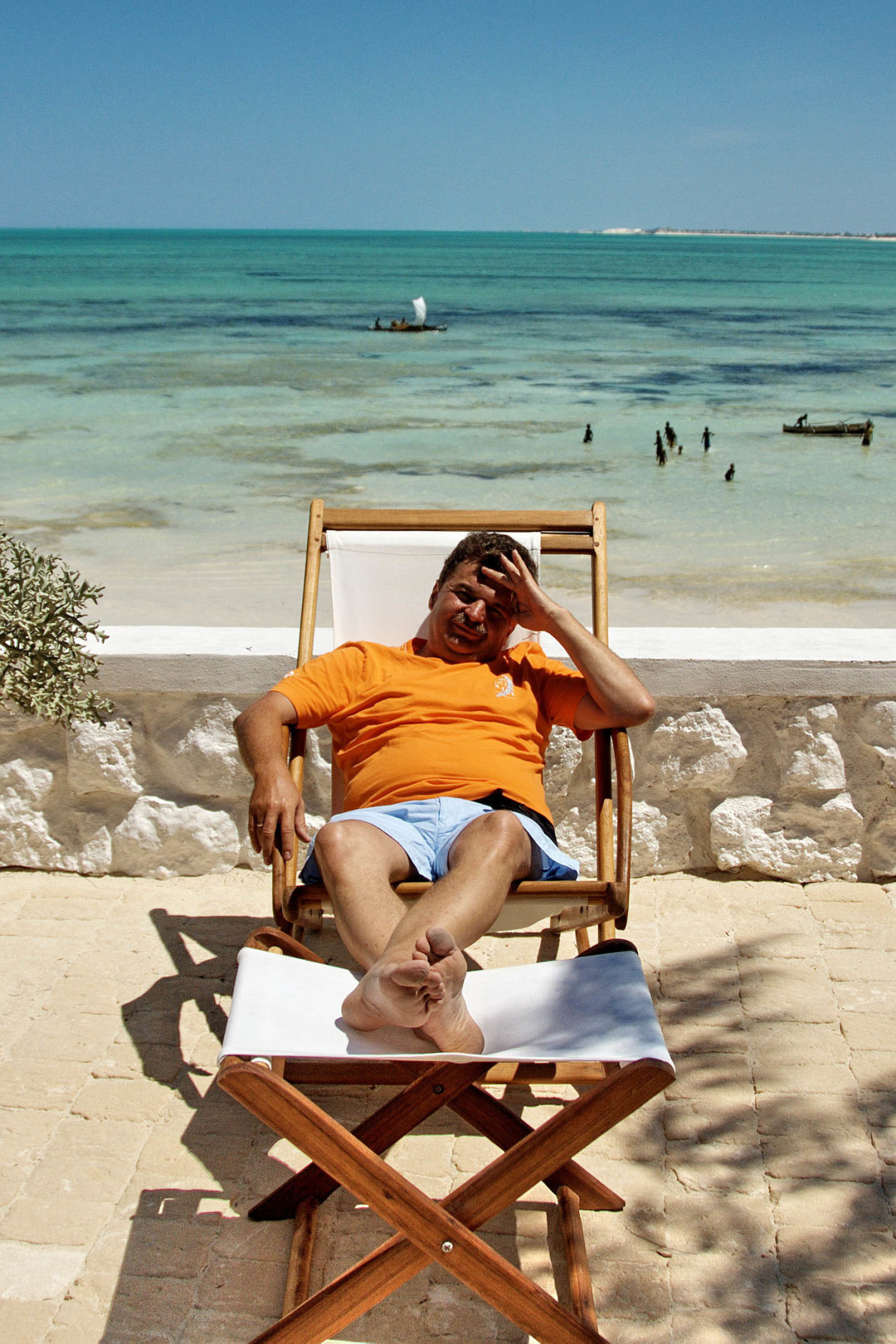
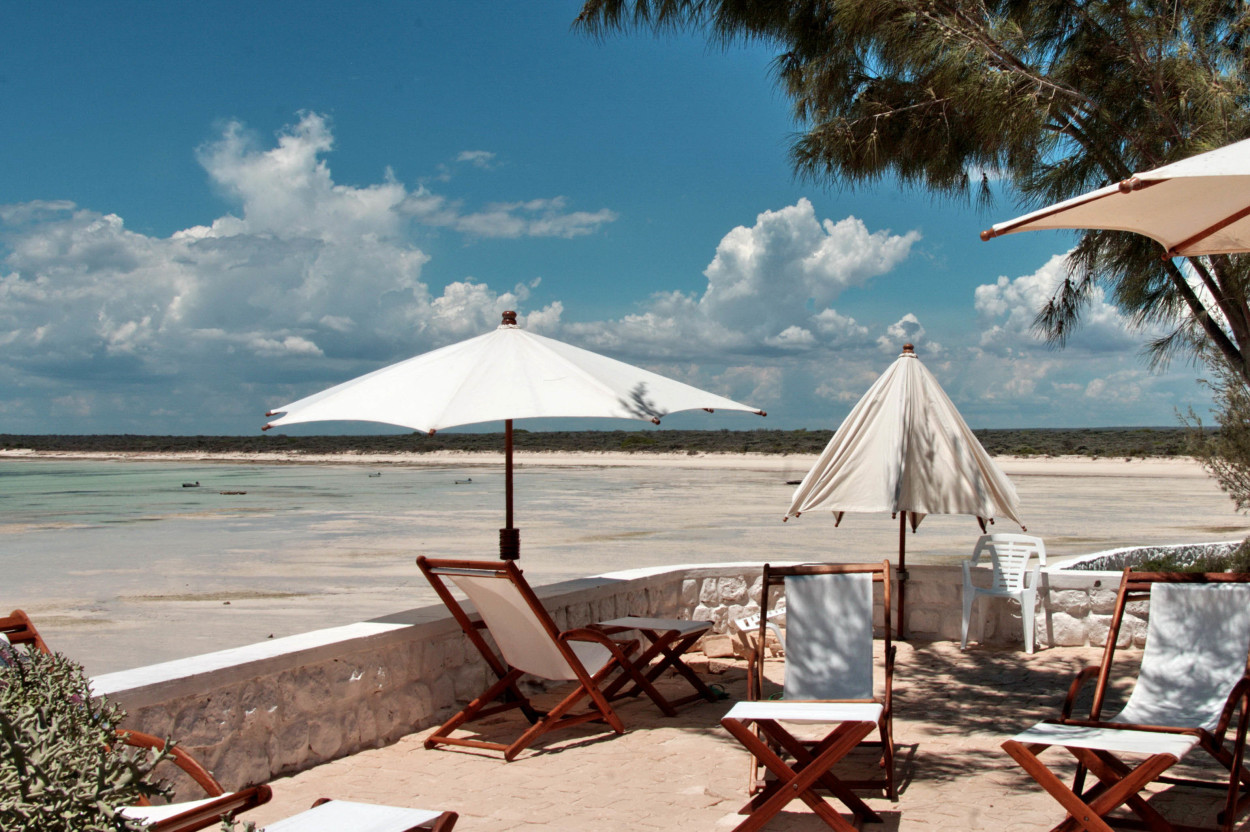
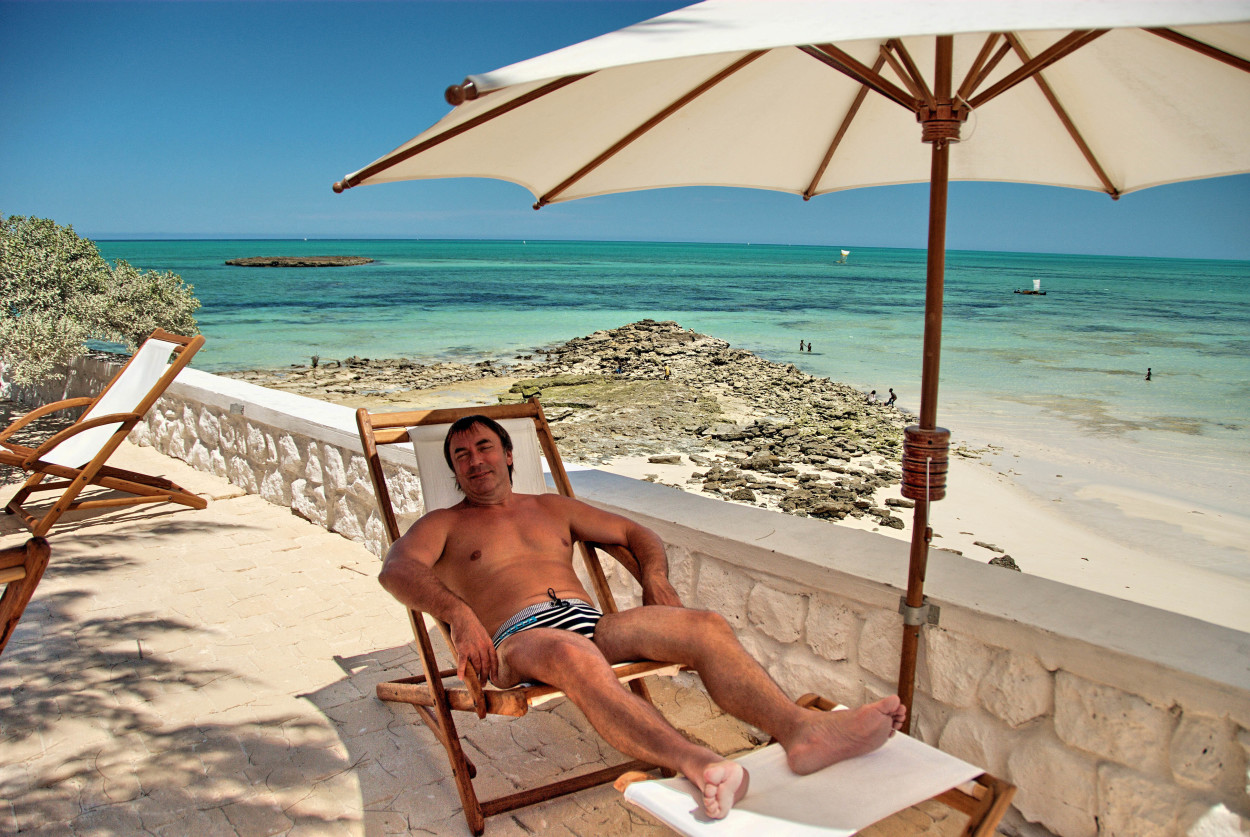
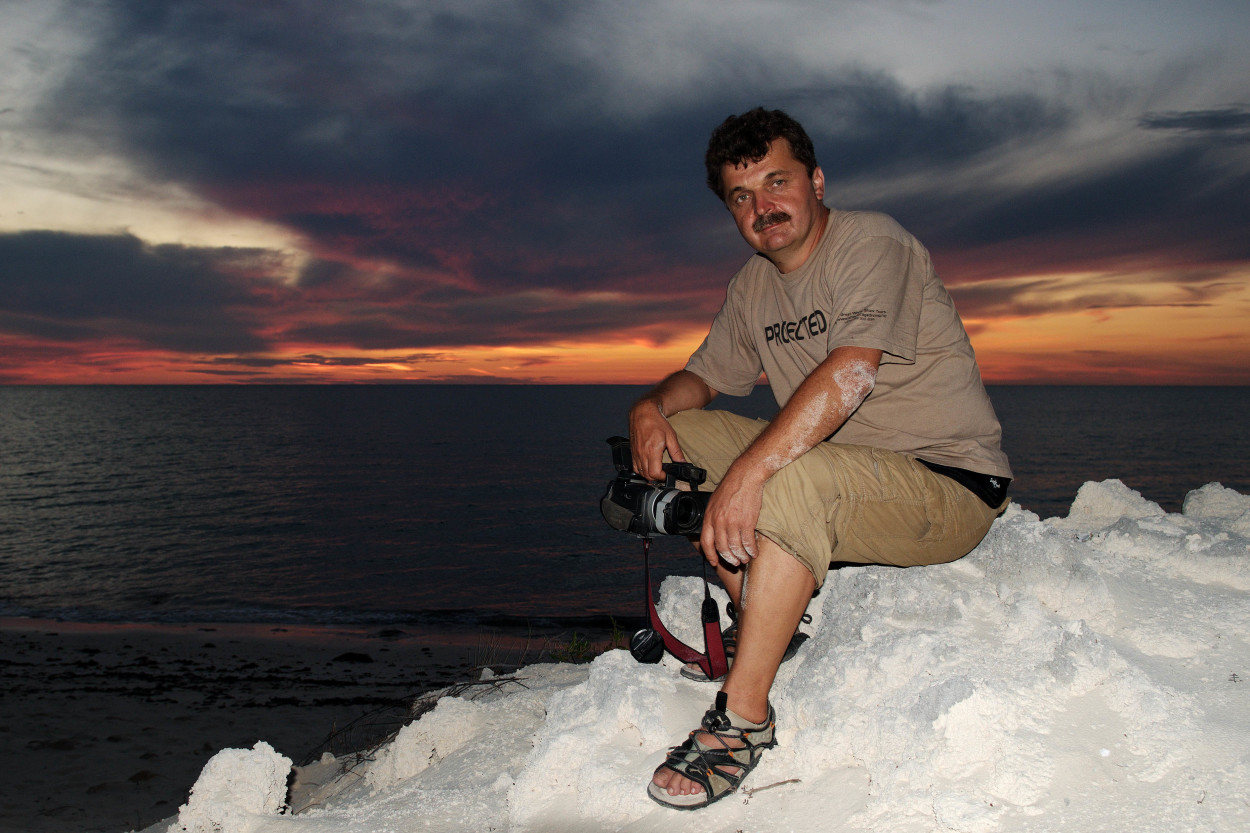
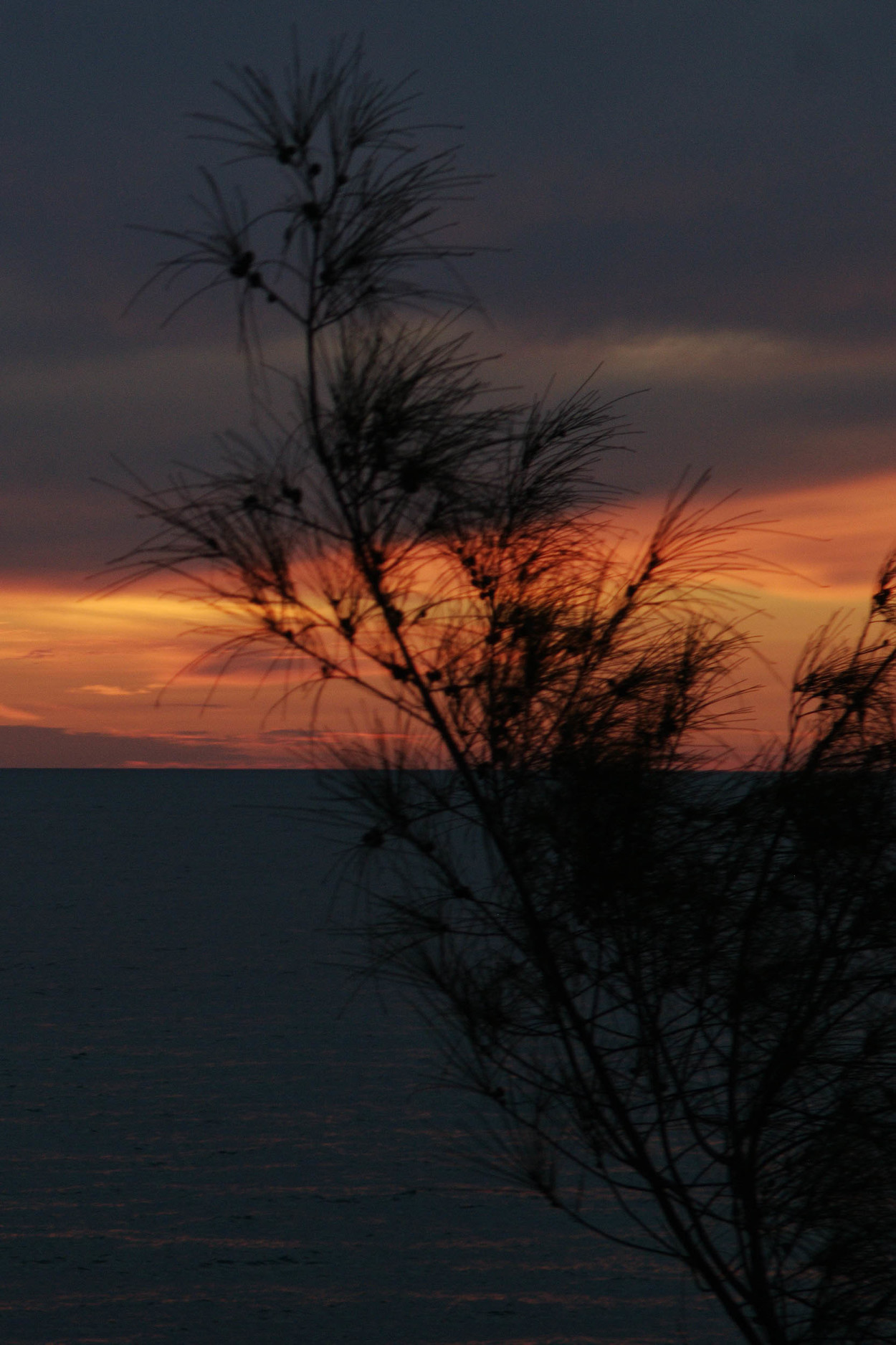
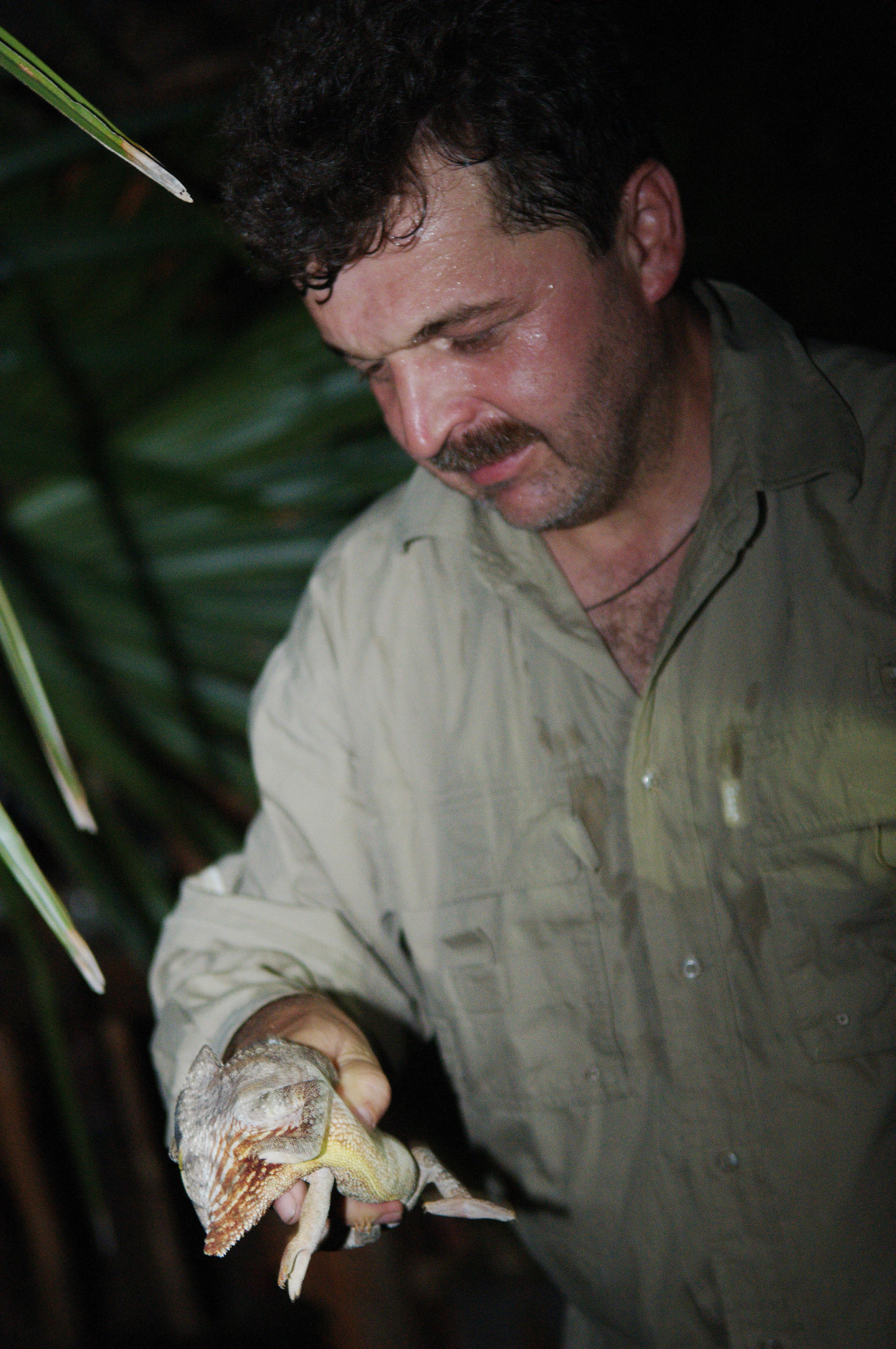
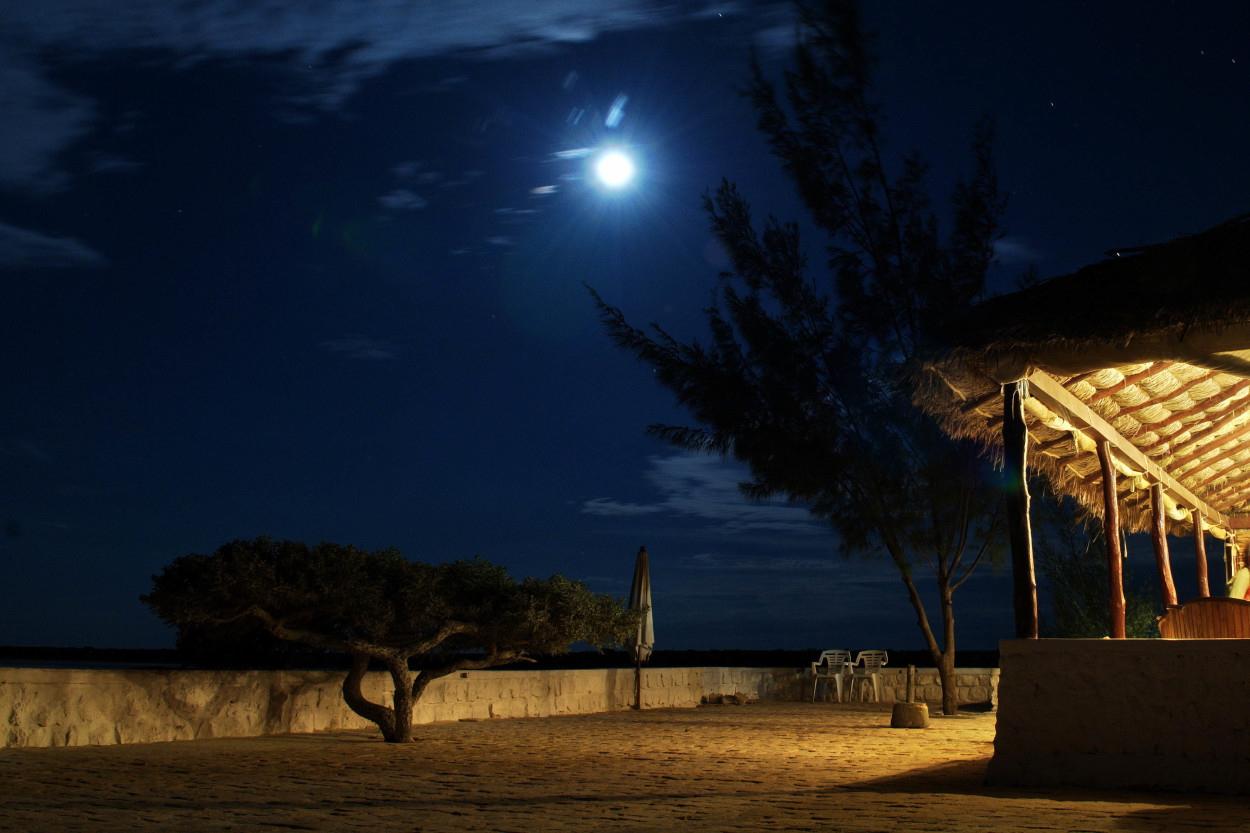
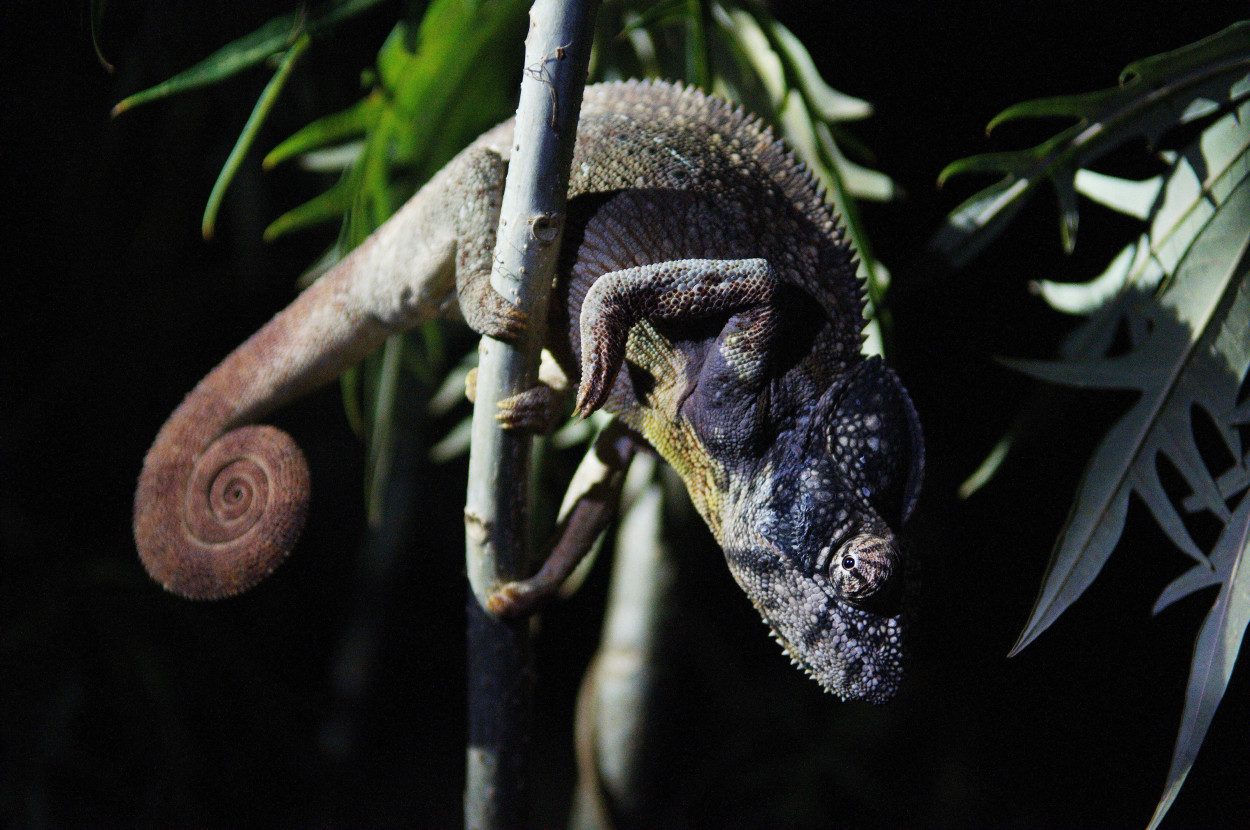
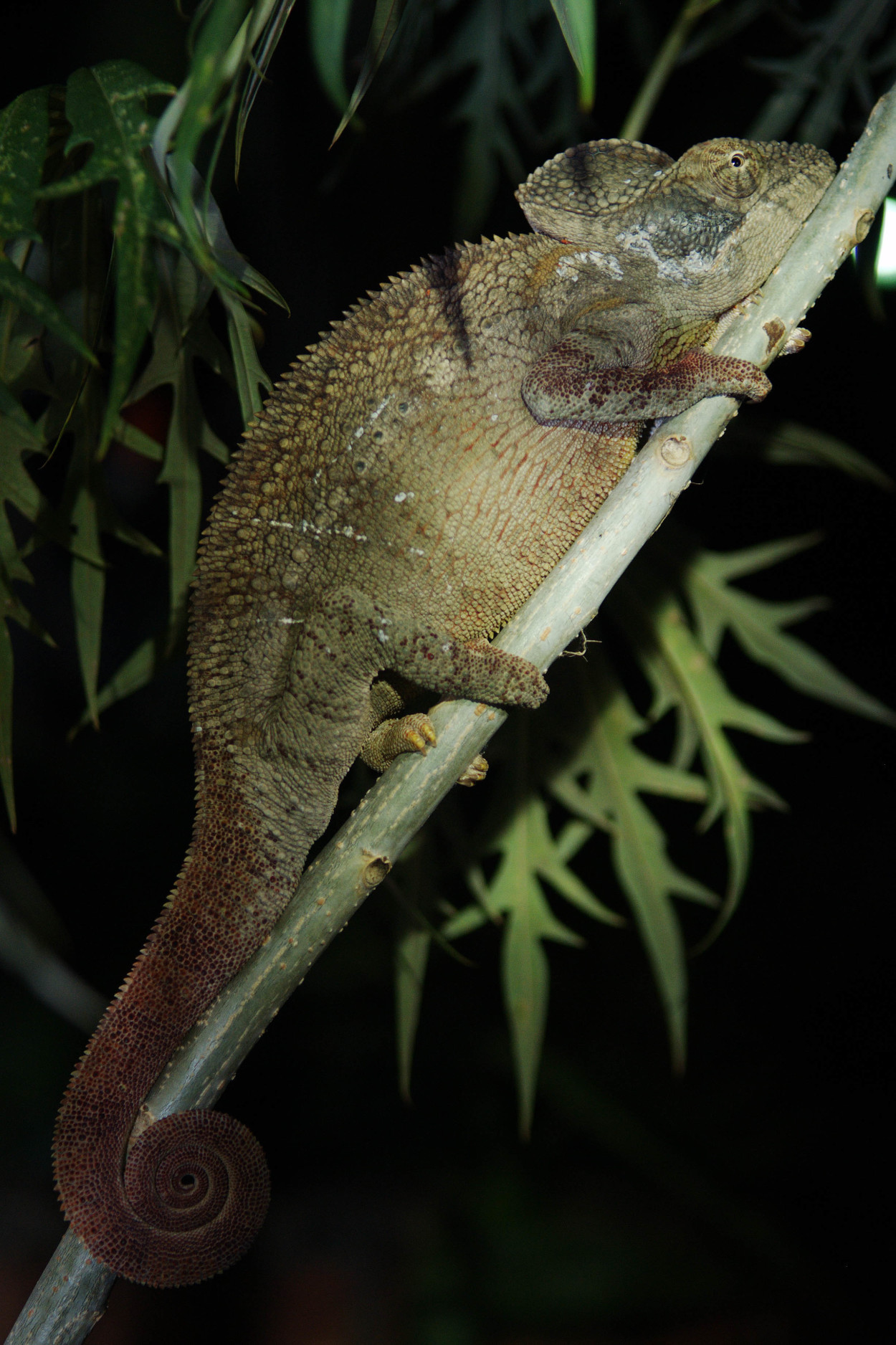
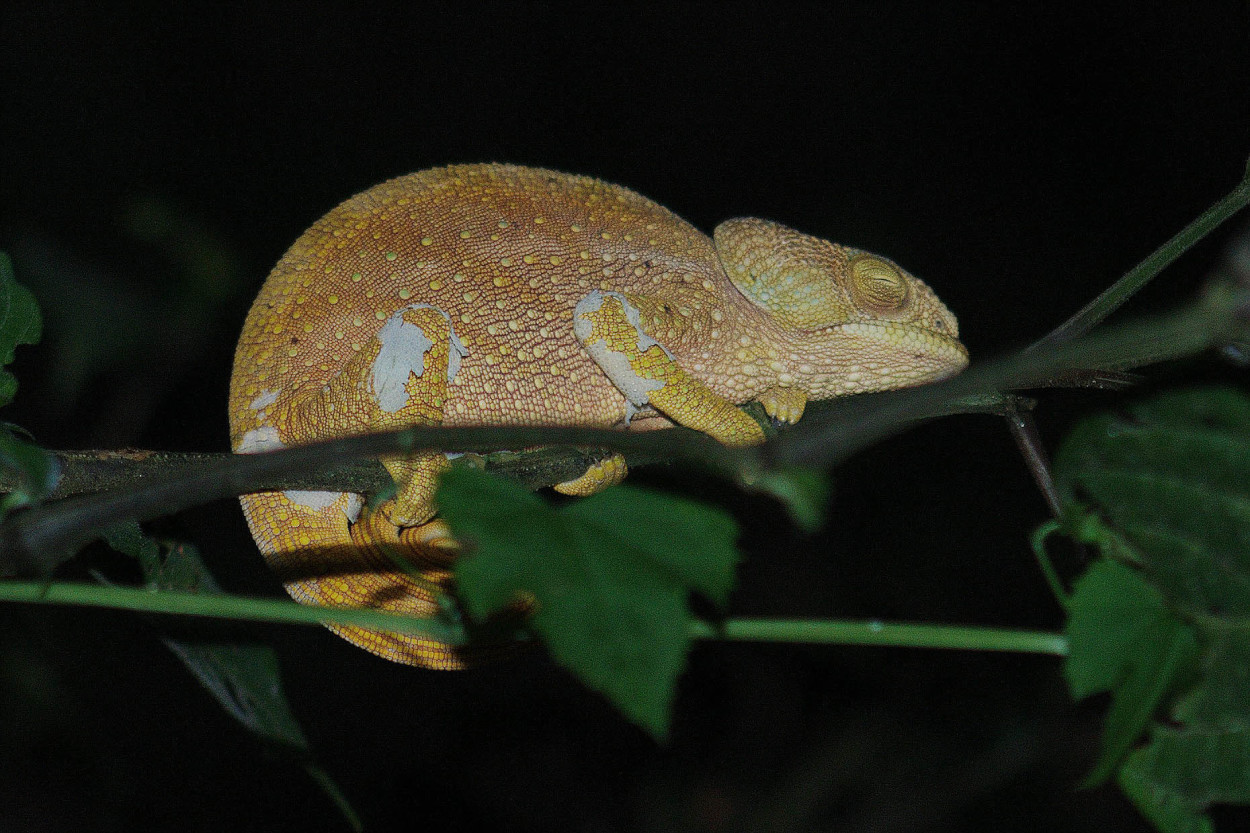
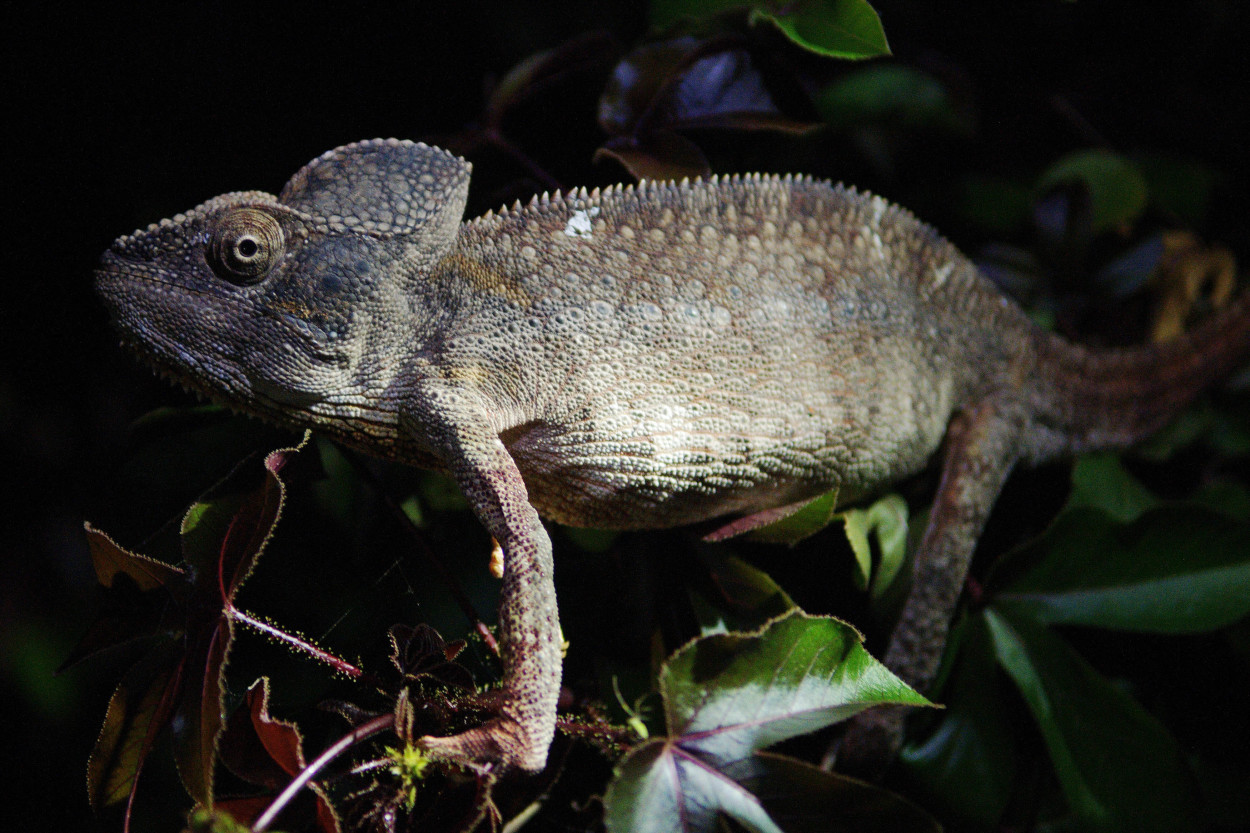
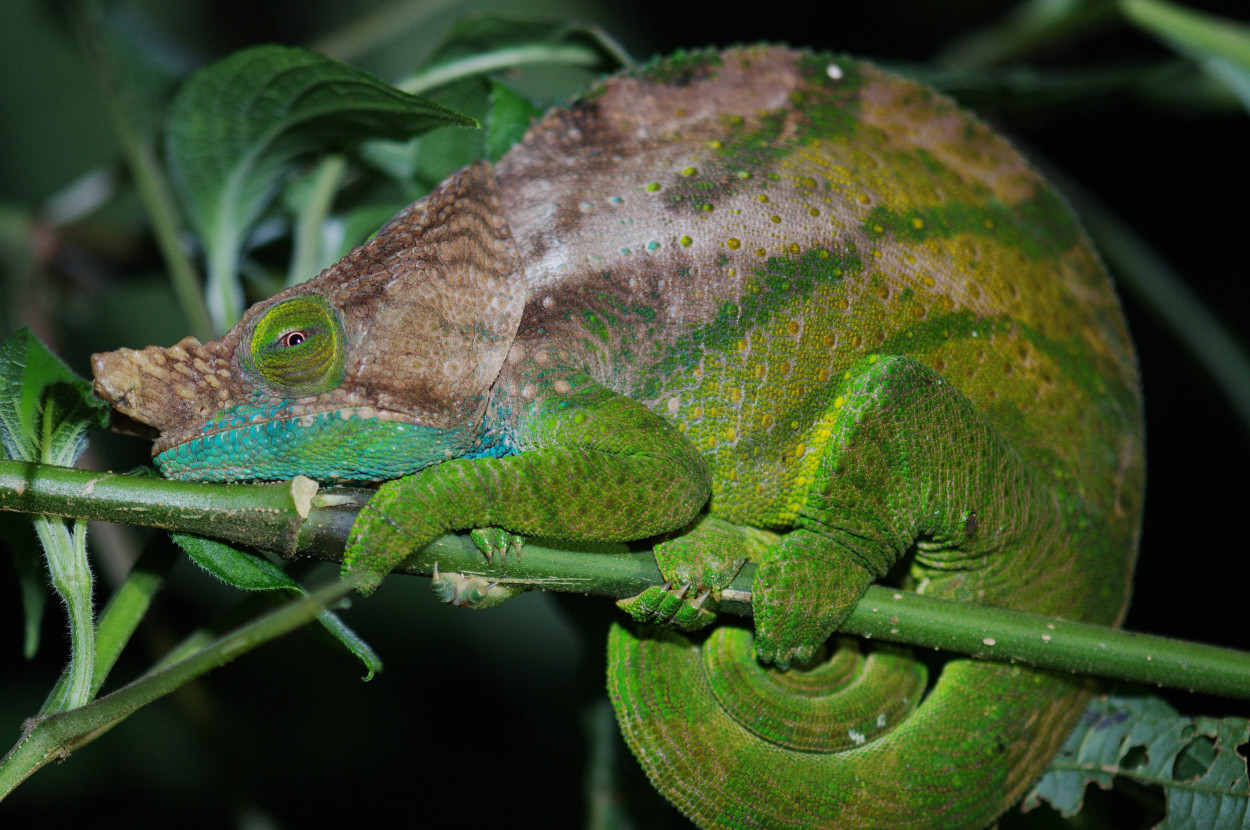
Comments
The post has no comments at the moment.
Leave Comment